Unveiled at the 2018 Paris Motor Show, the G20 is the seventh generation of the iconic BMW 3 Series. It replaces the seven-year-old F30 model and introduces a new design language, state-of-the-art technology, and updated engines.
Borrowing features seen on recently introduced models like the 5 Series sedan and the X5 SUV, the 3 Series looks sportier than ever and it's finally on par with its competitors in the technology department. It continues to feature four- and six-cylinder engines, but for the time being there aren't any diesels to pick from. However, BMW confirmed that both oil burners and hybrids are underway. The Germans claim that "no single model has embodied the concept of the Ultimate Driving Machine better than the latest BMW 3 Series." Let's find out if it's true or not in the review below.
2019 BMW 3 Series
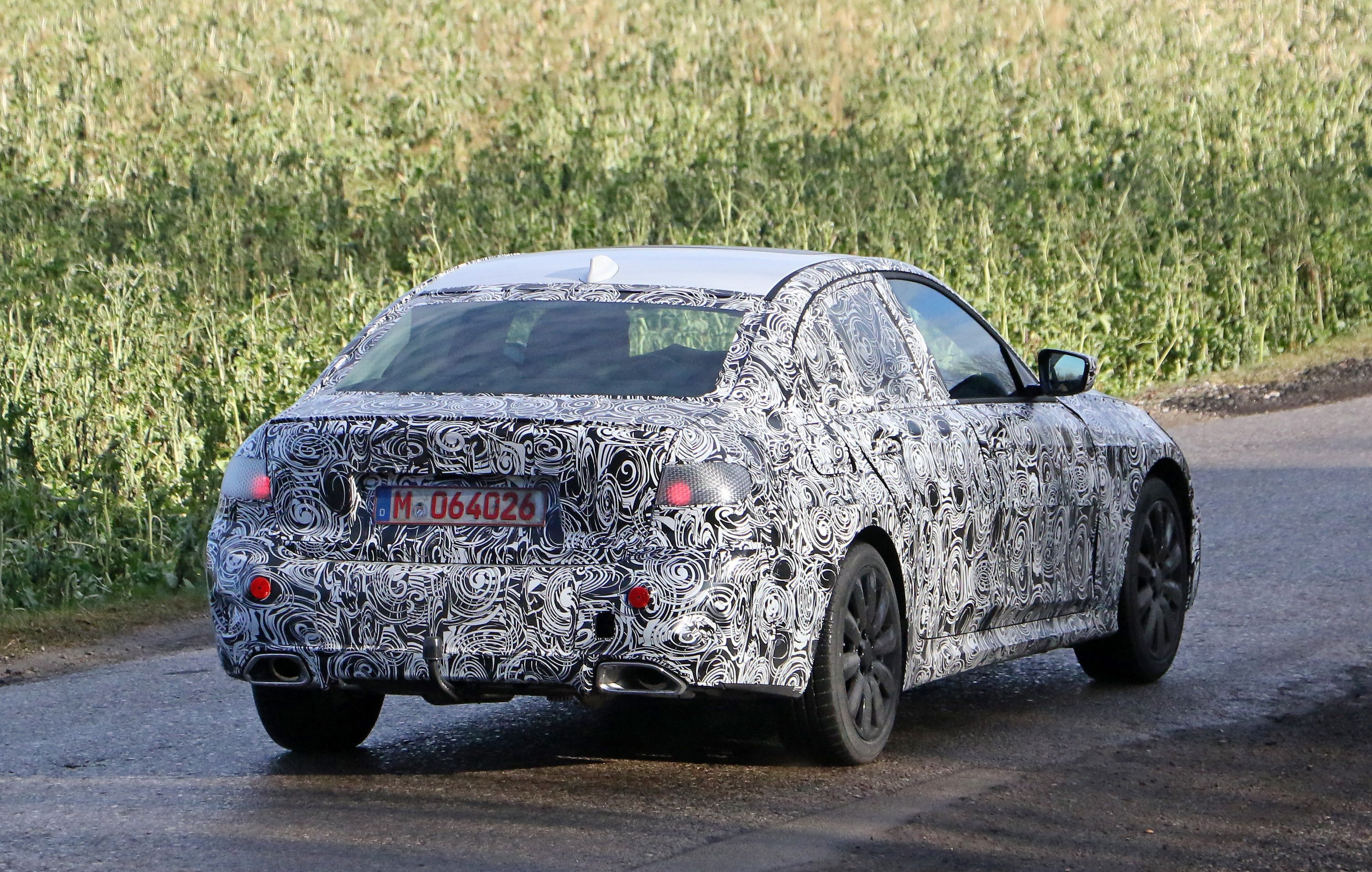

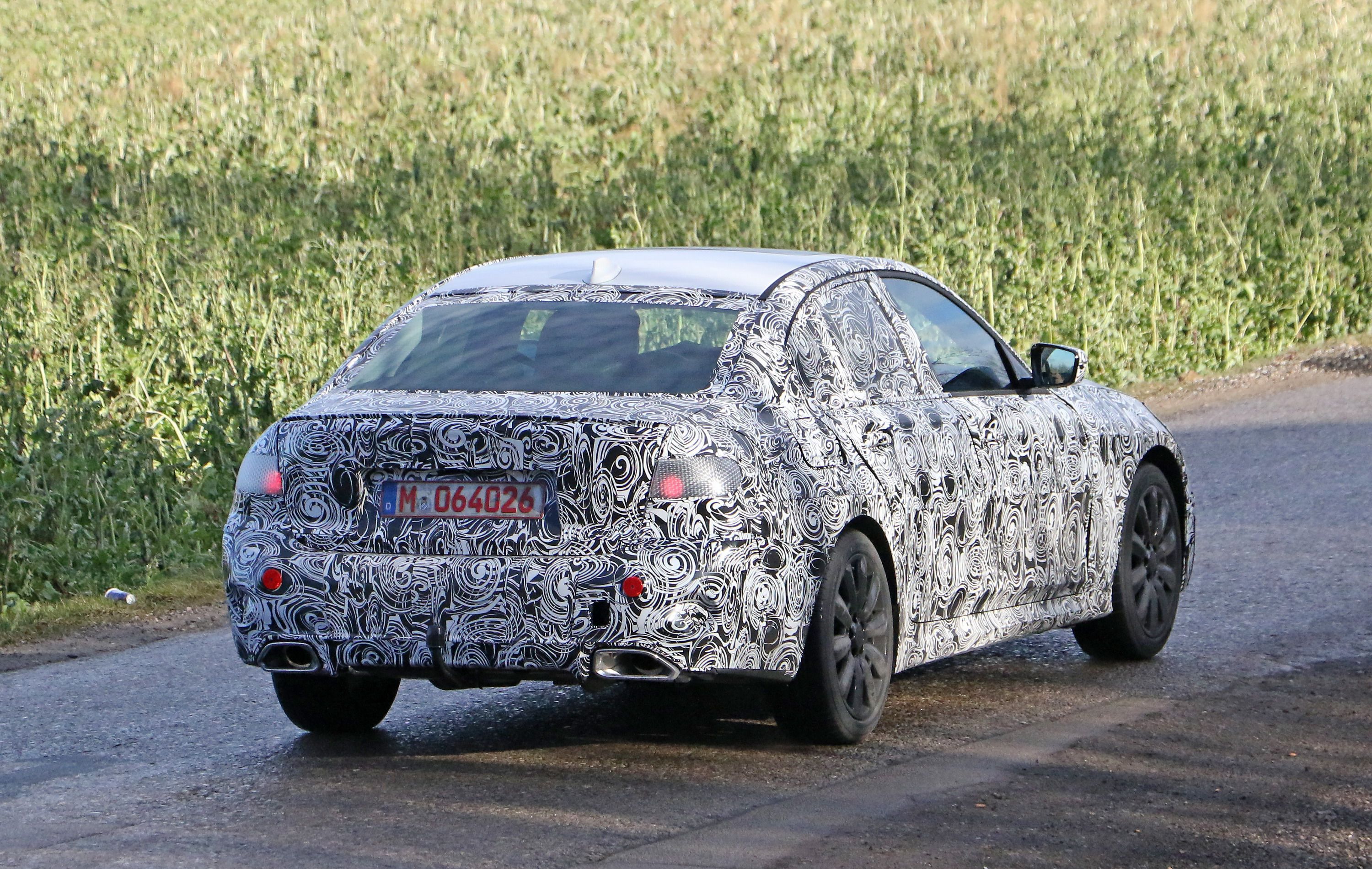
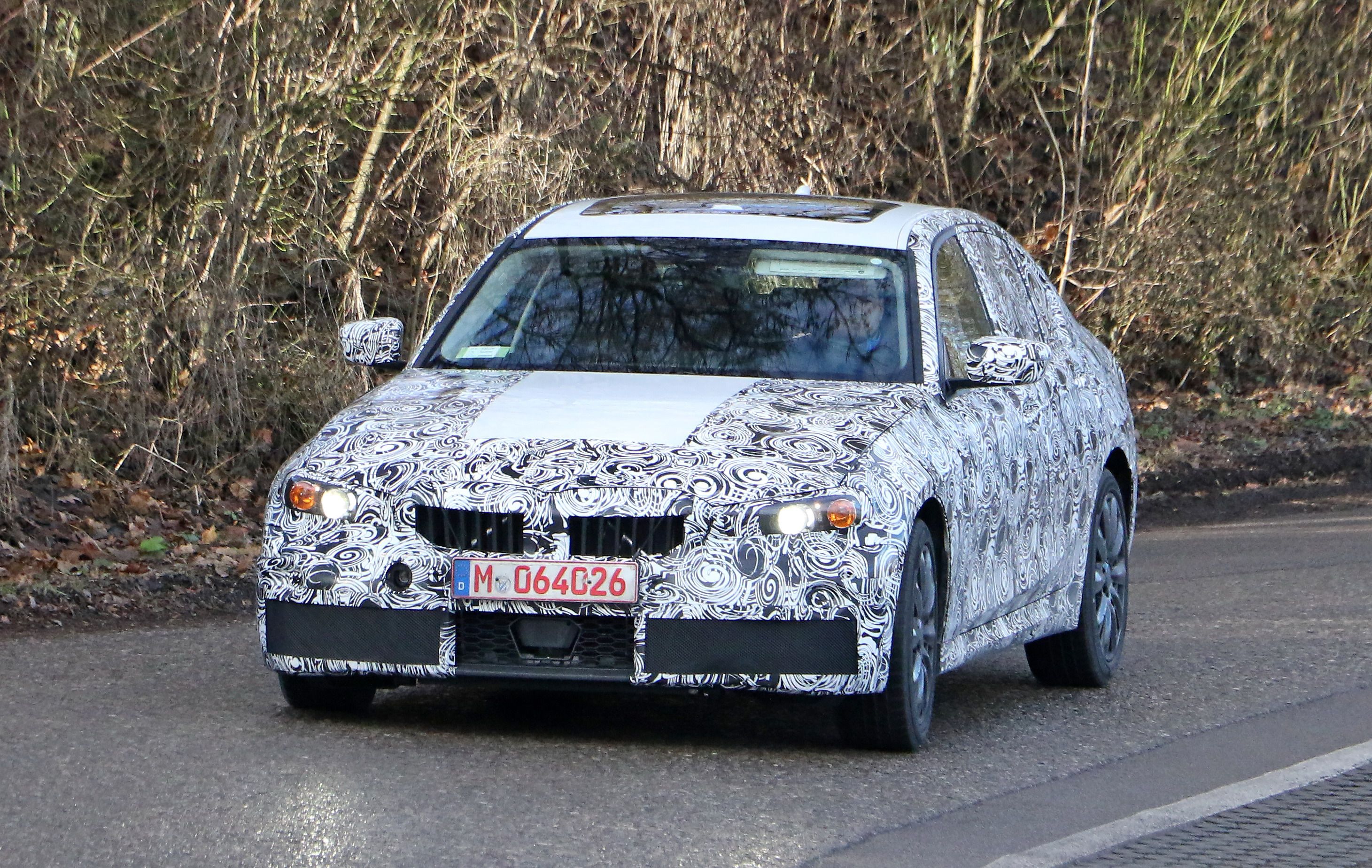

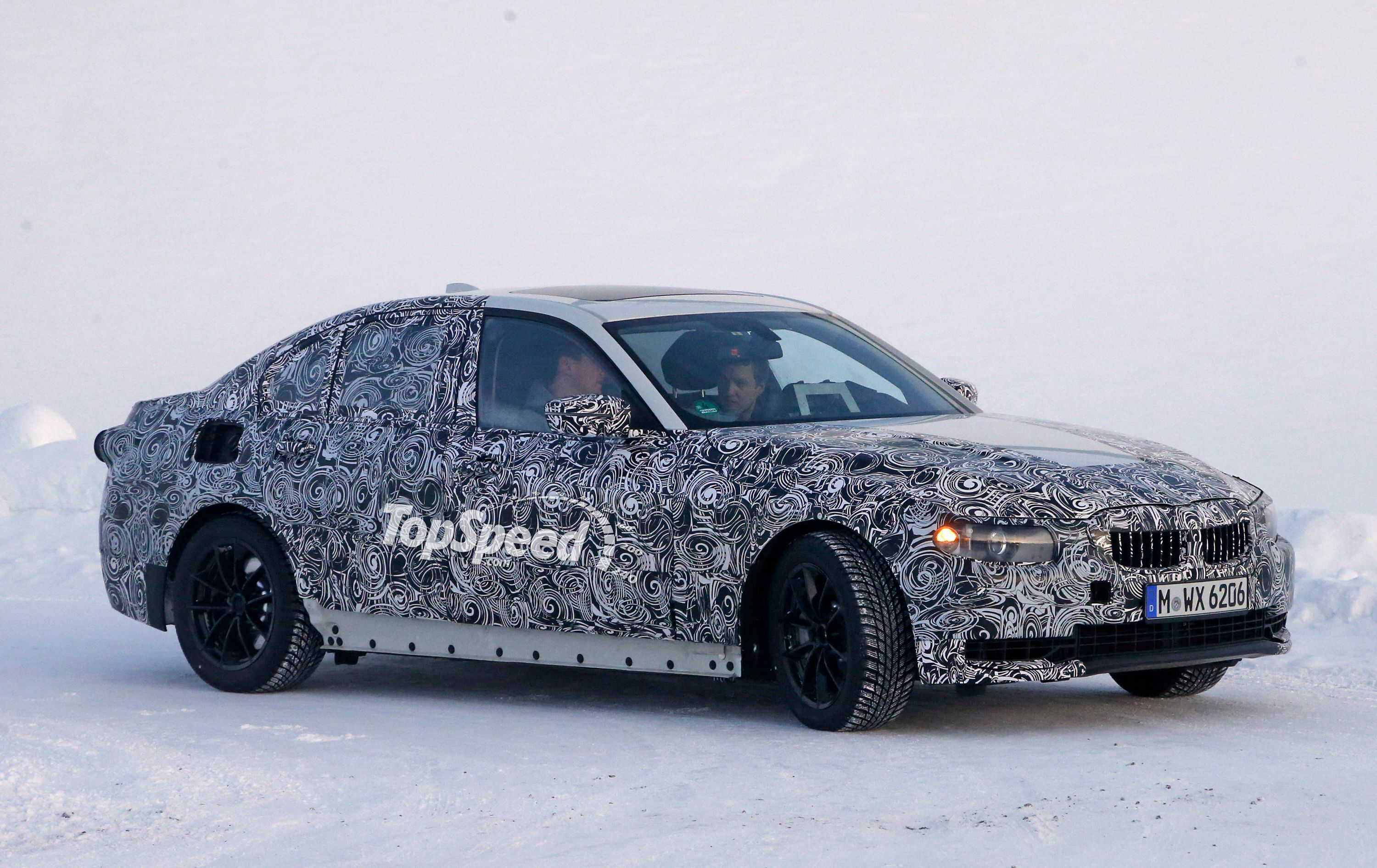
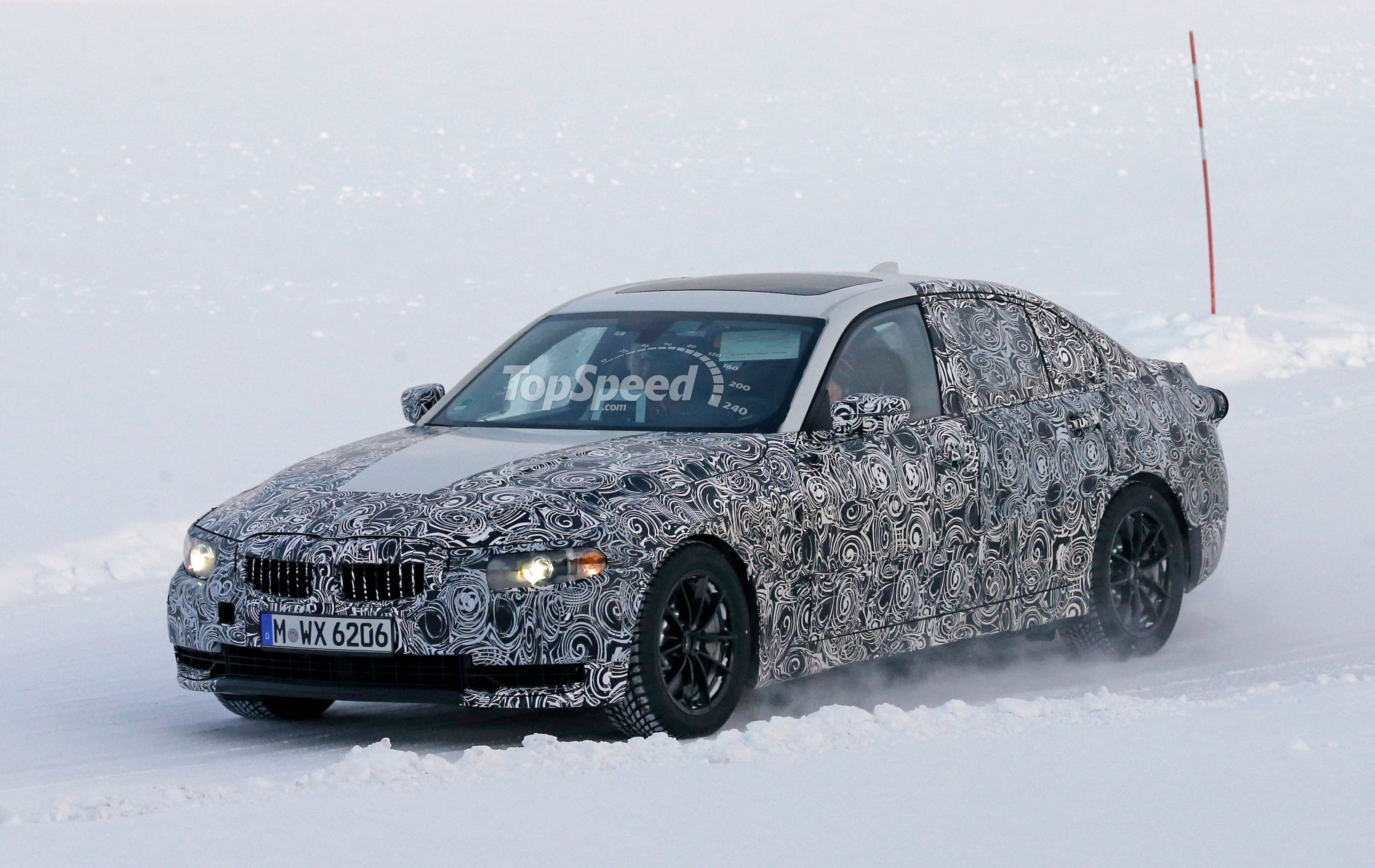
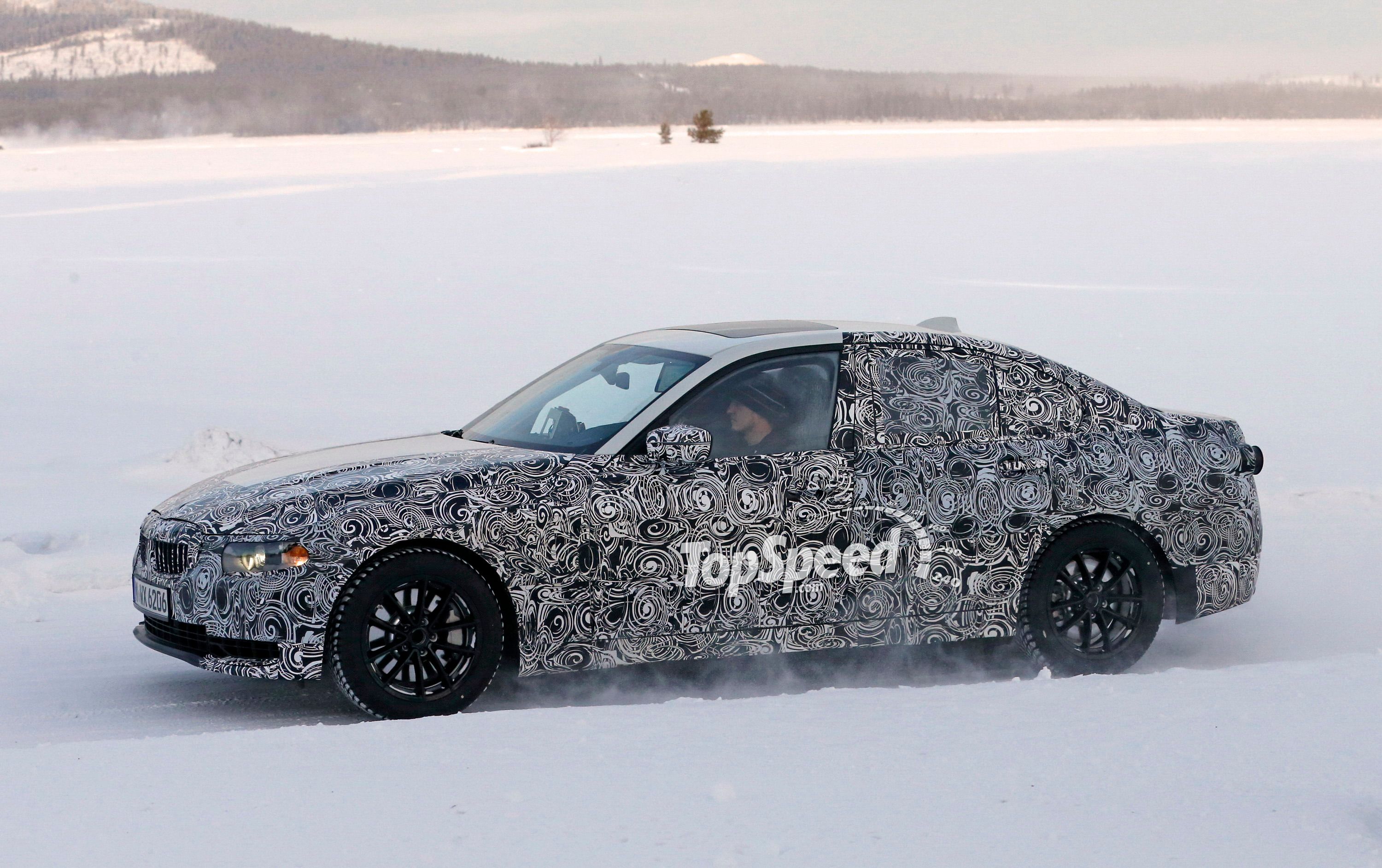
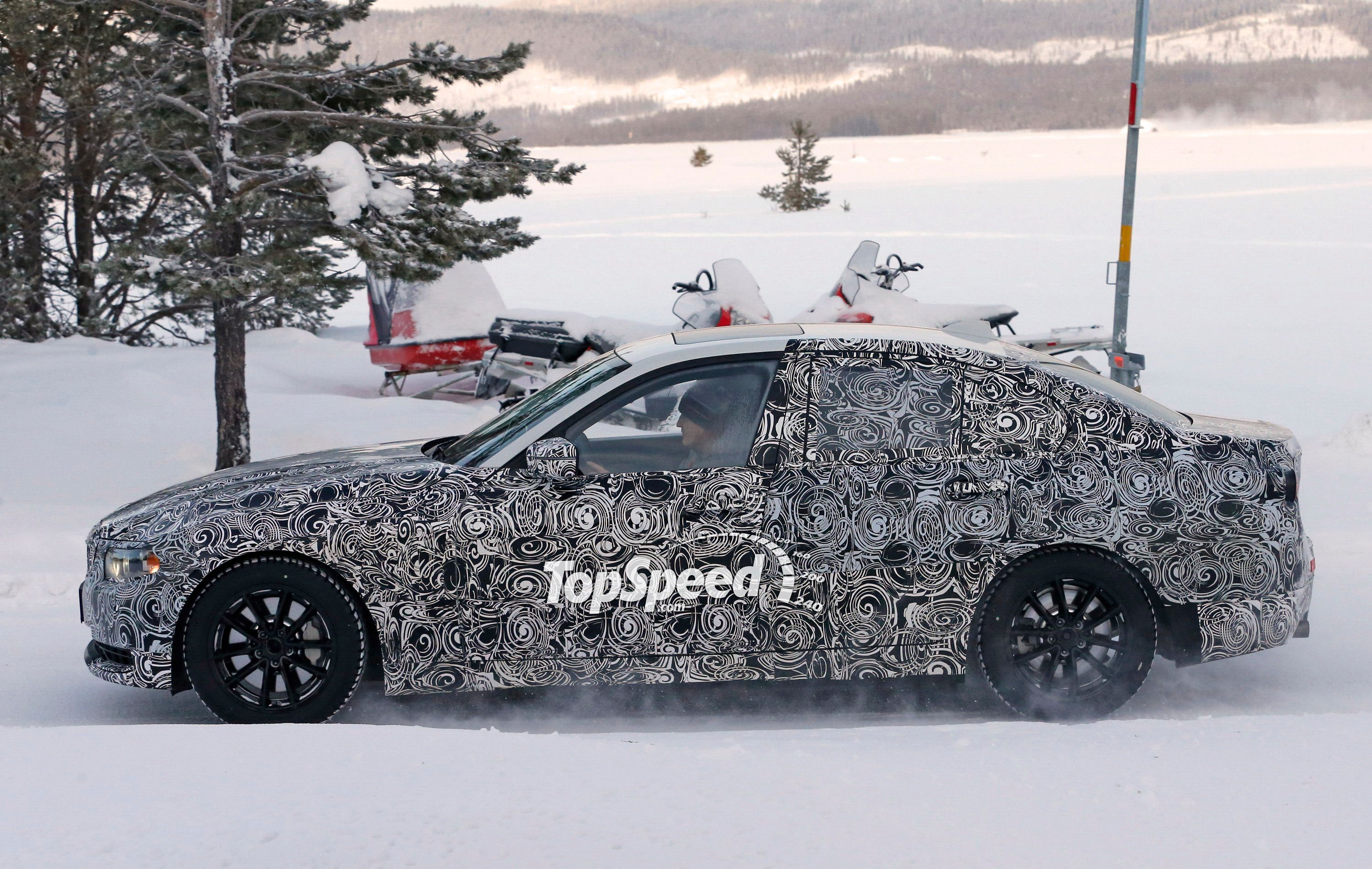
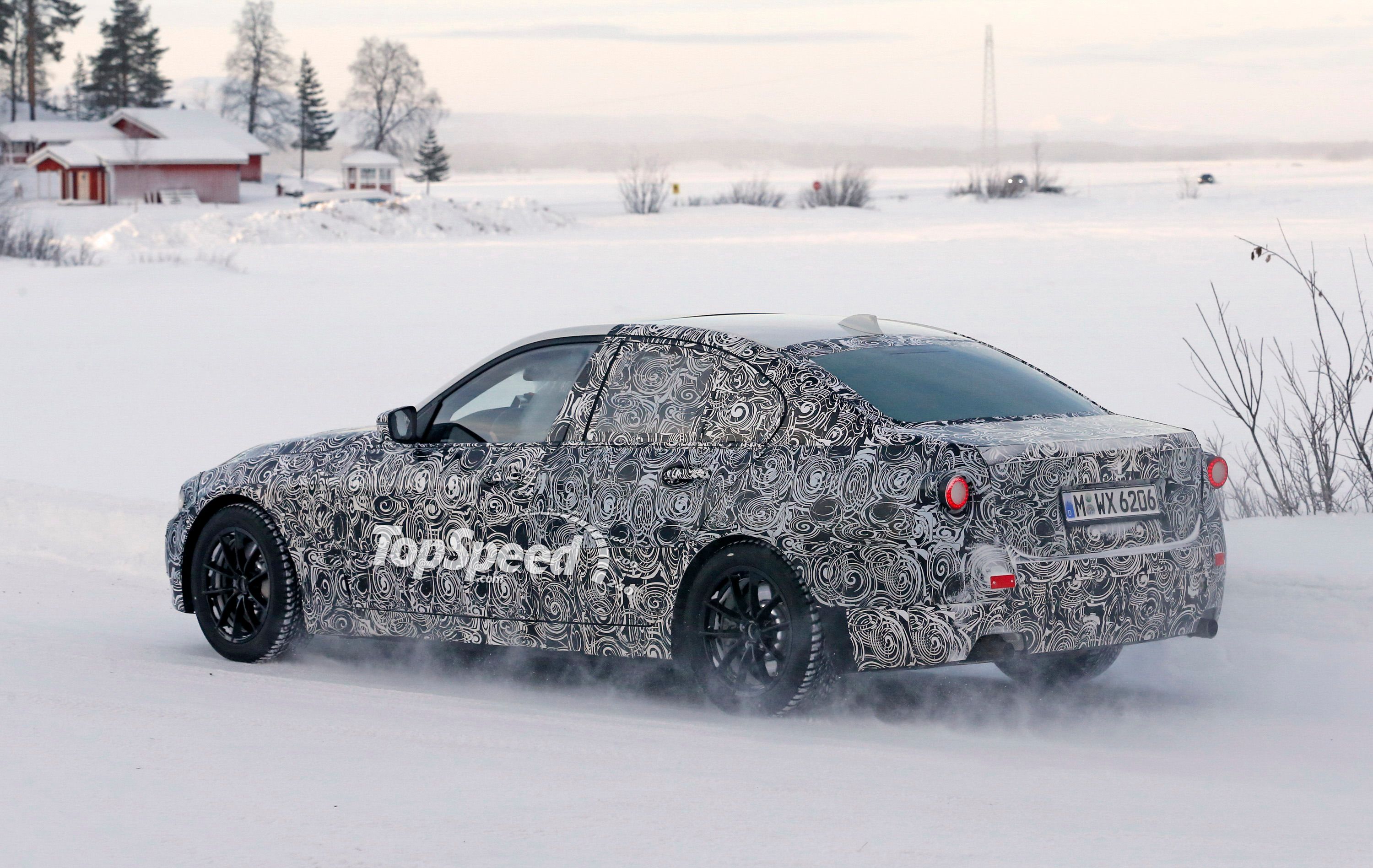
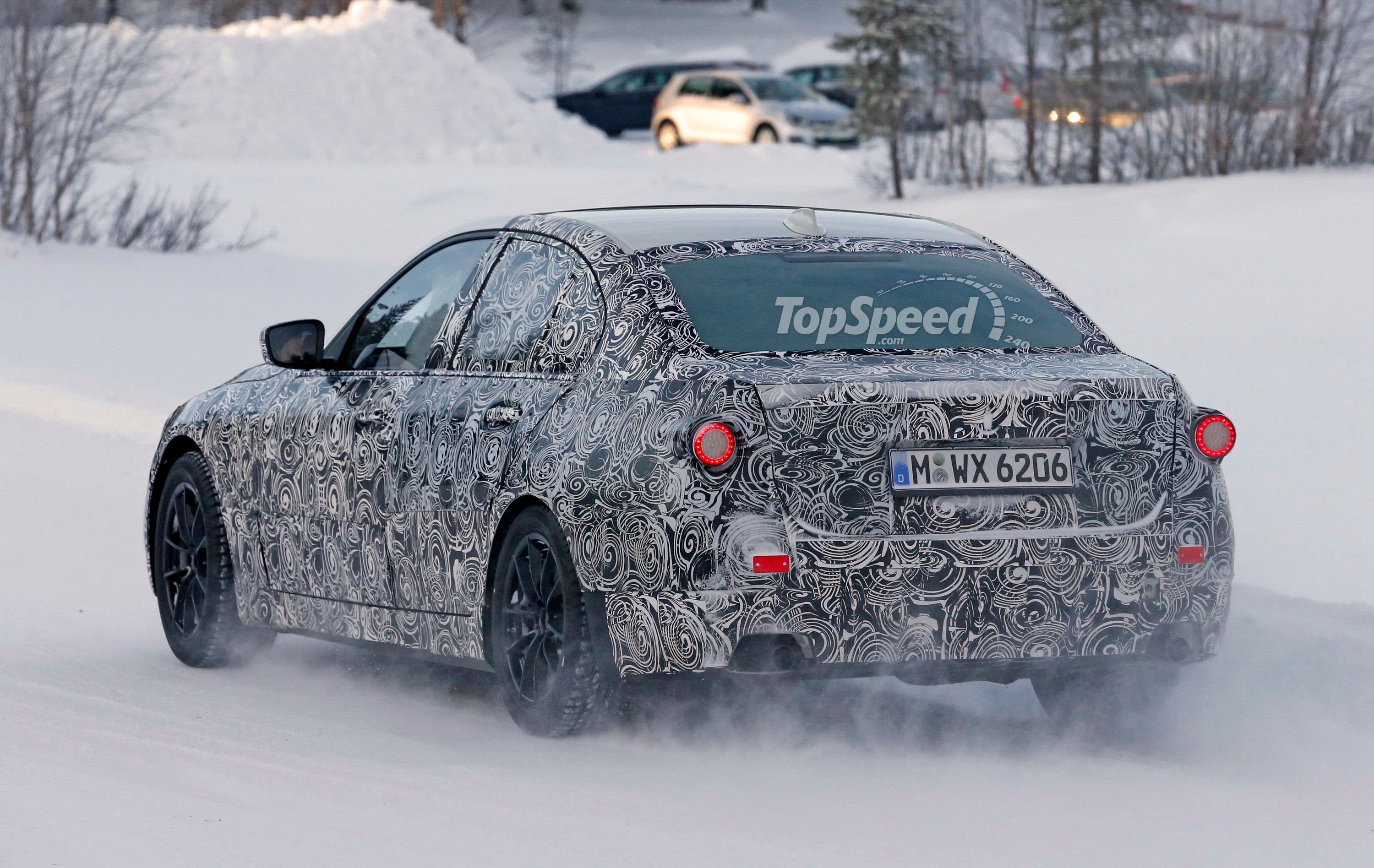
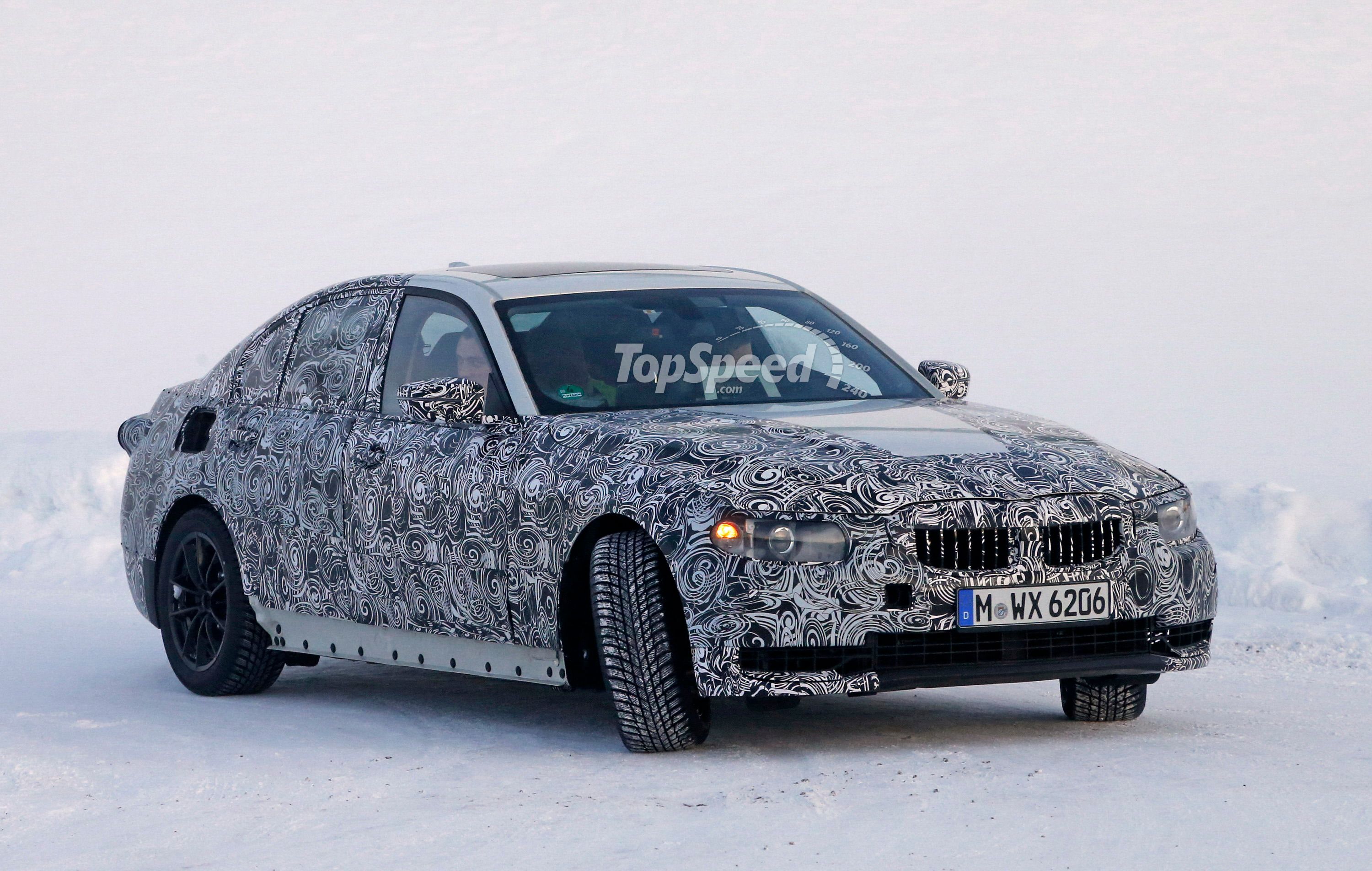
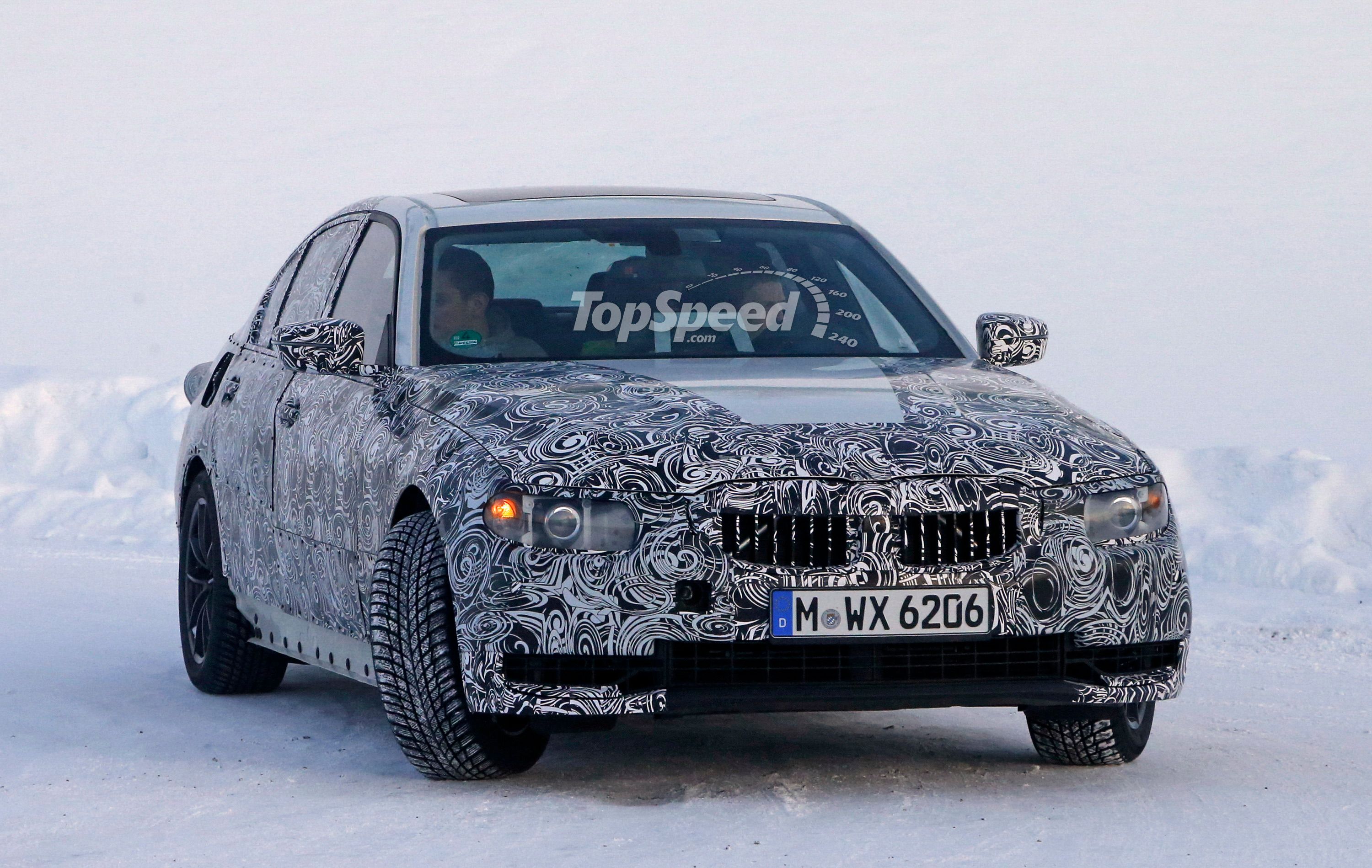
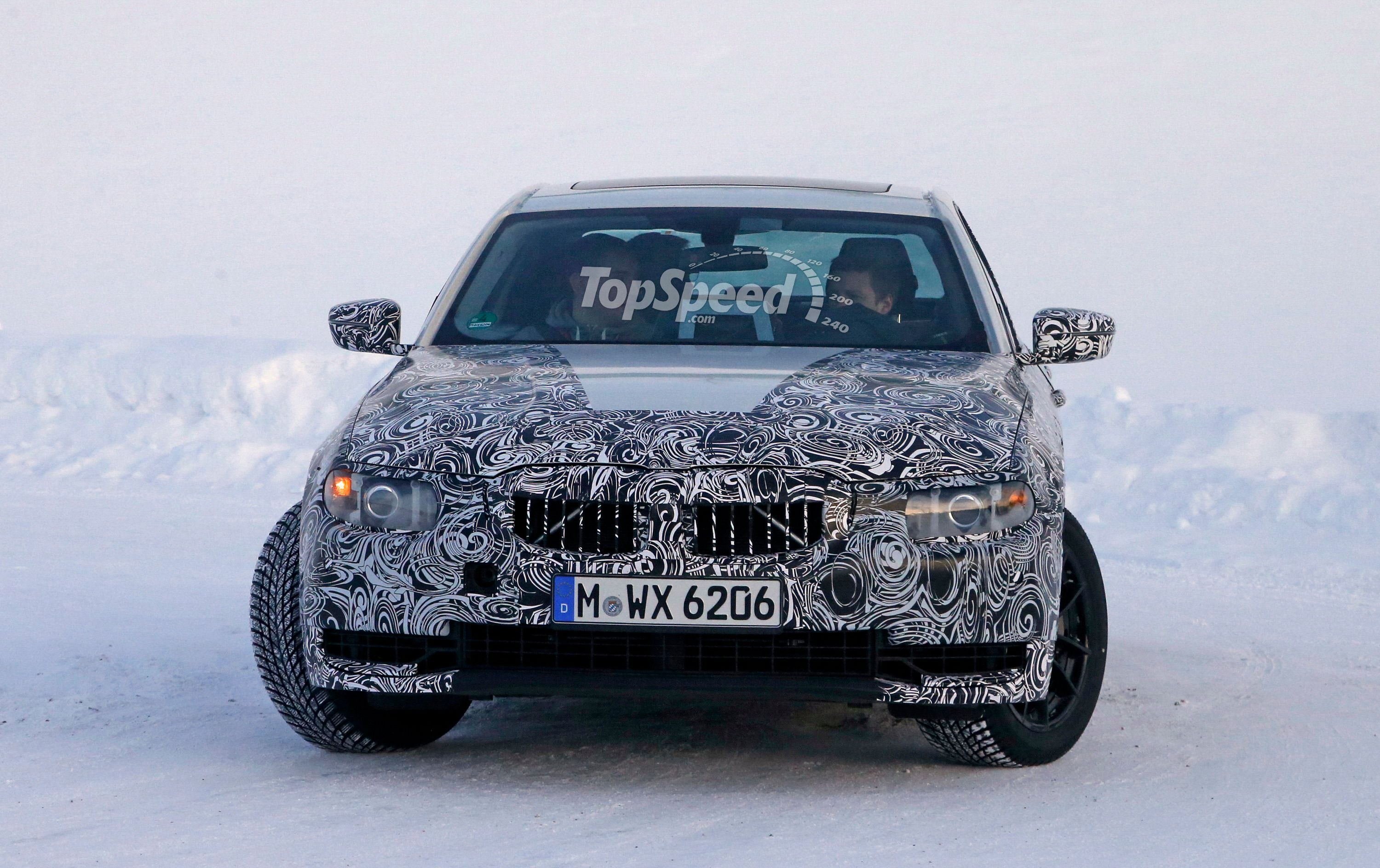
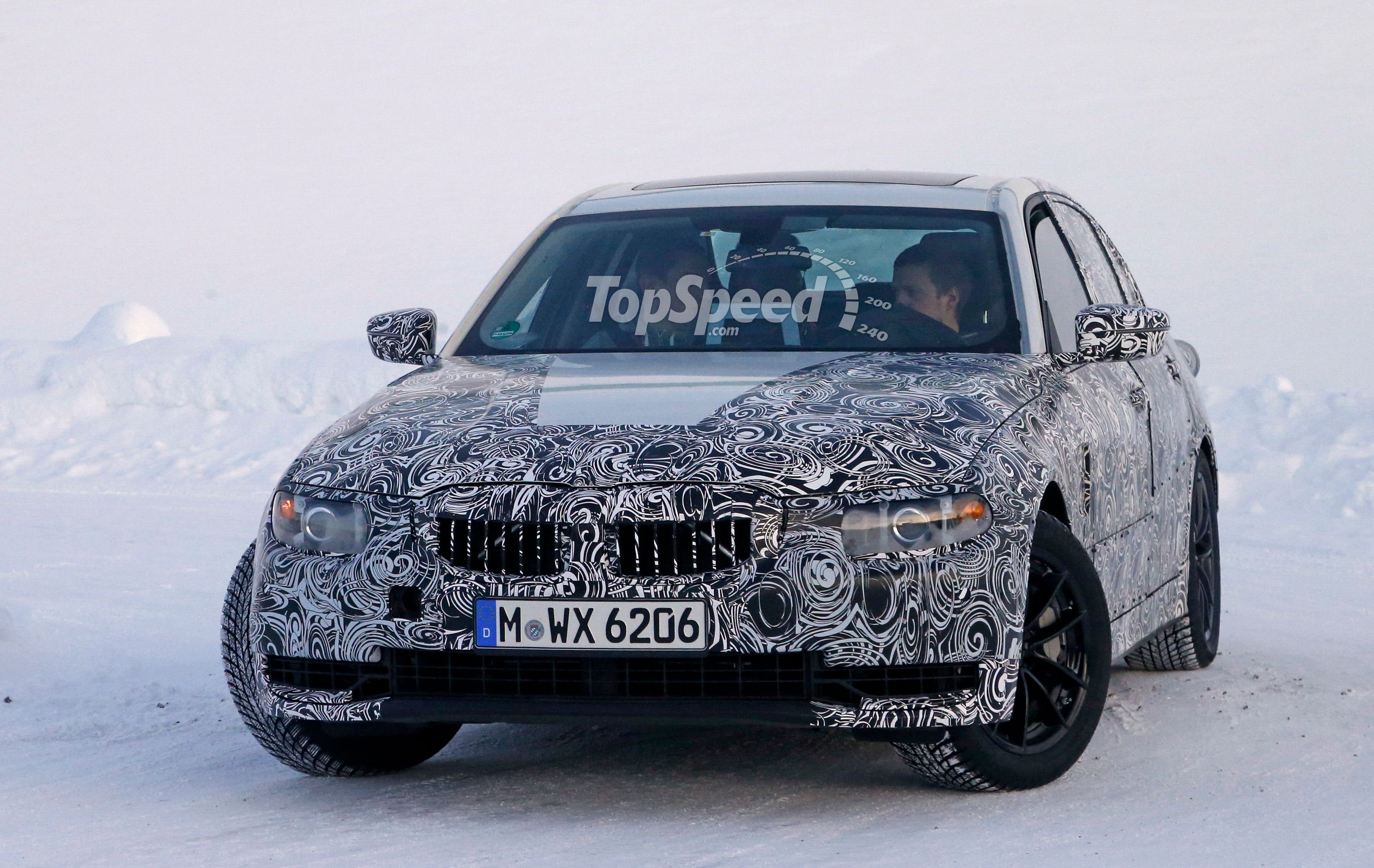
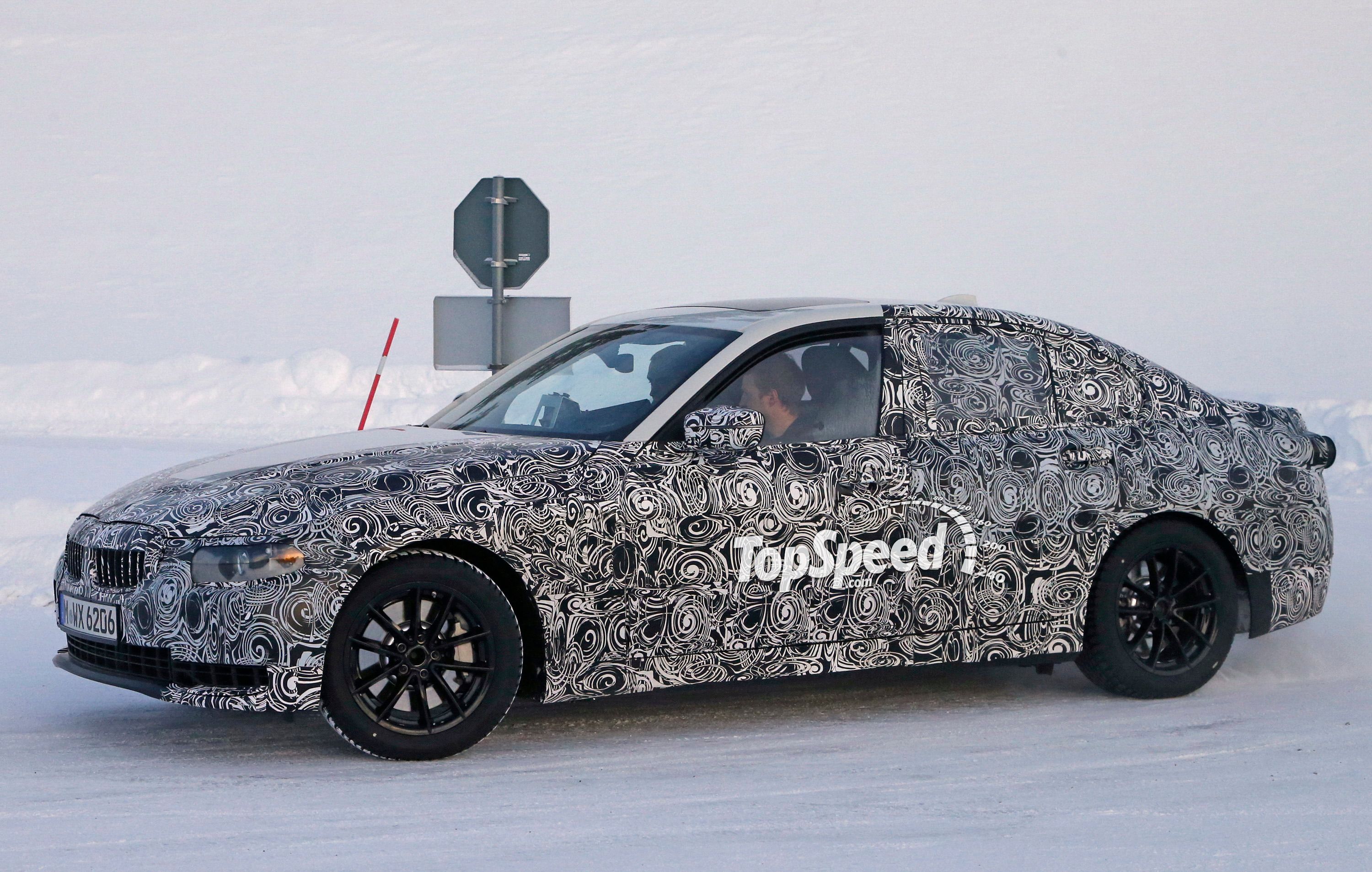
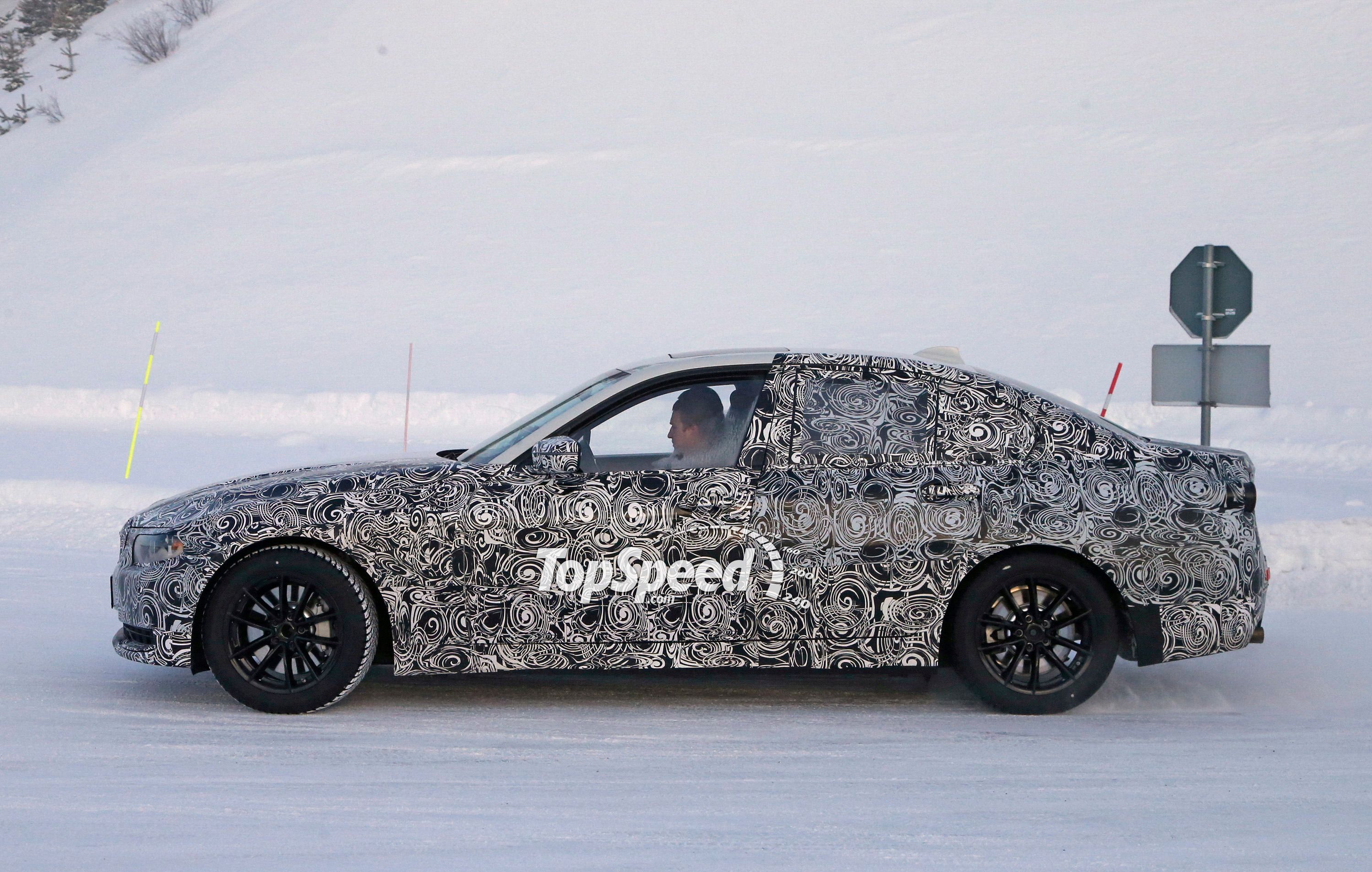
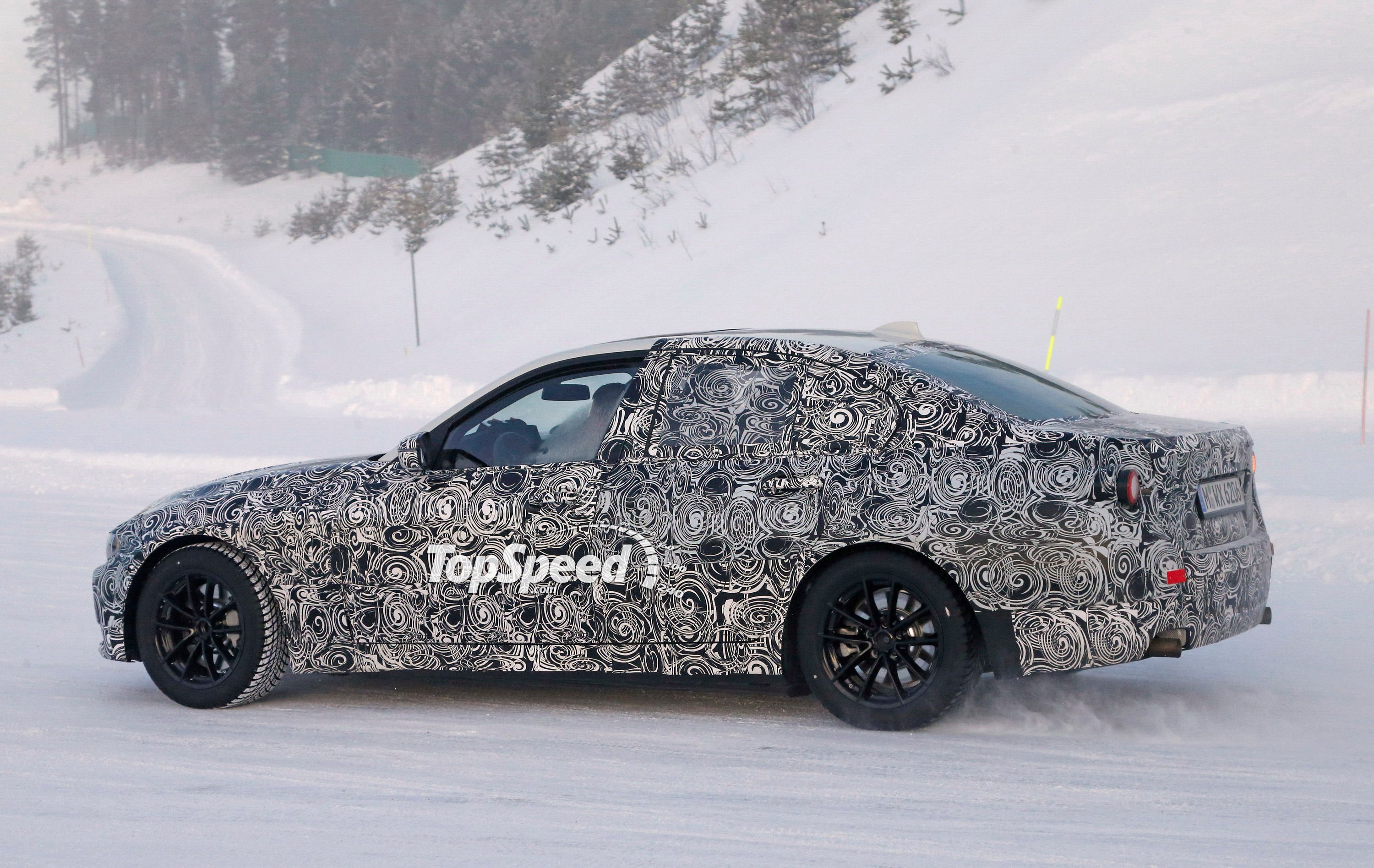
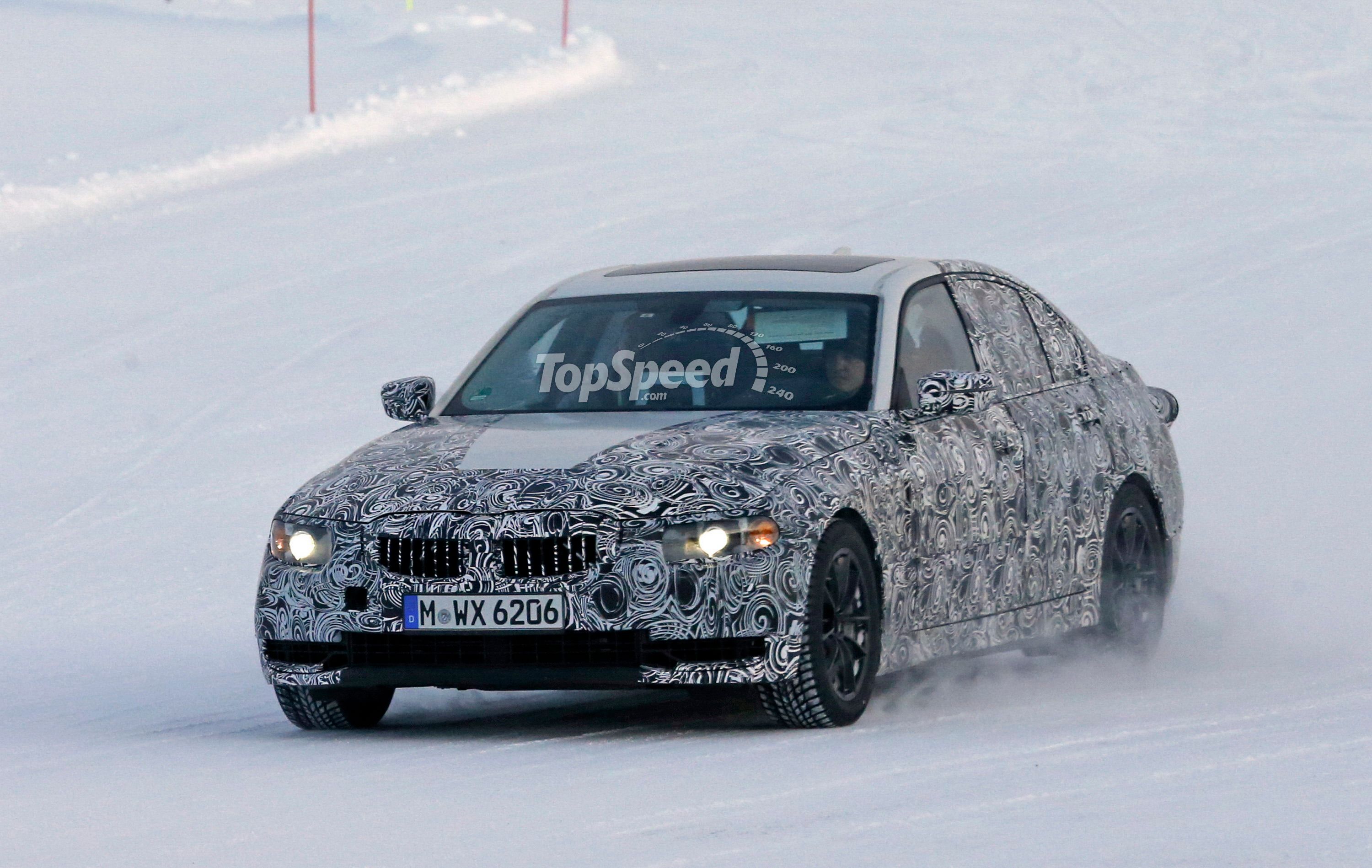




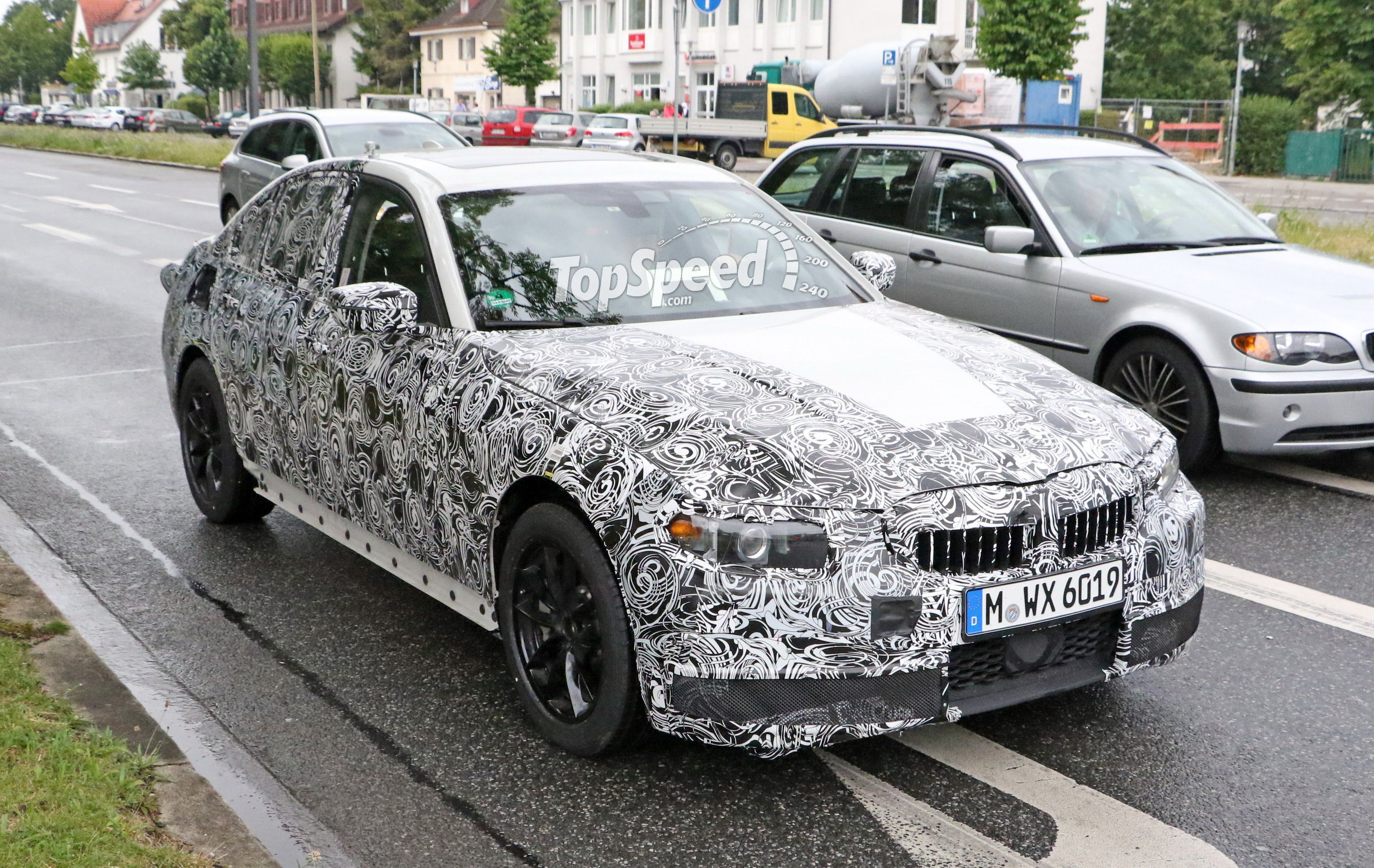
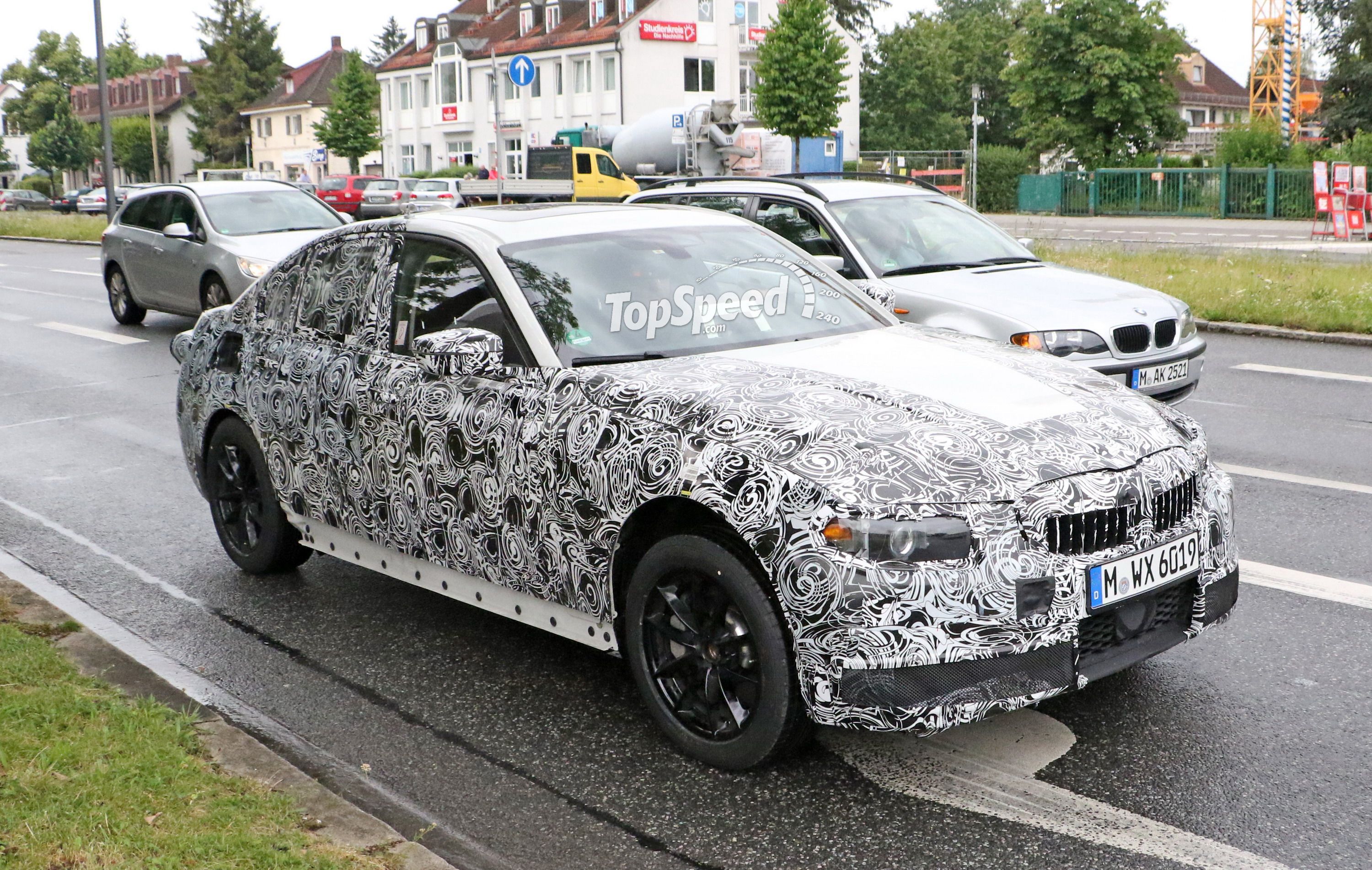
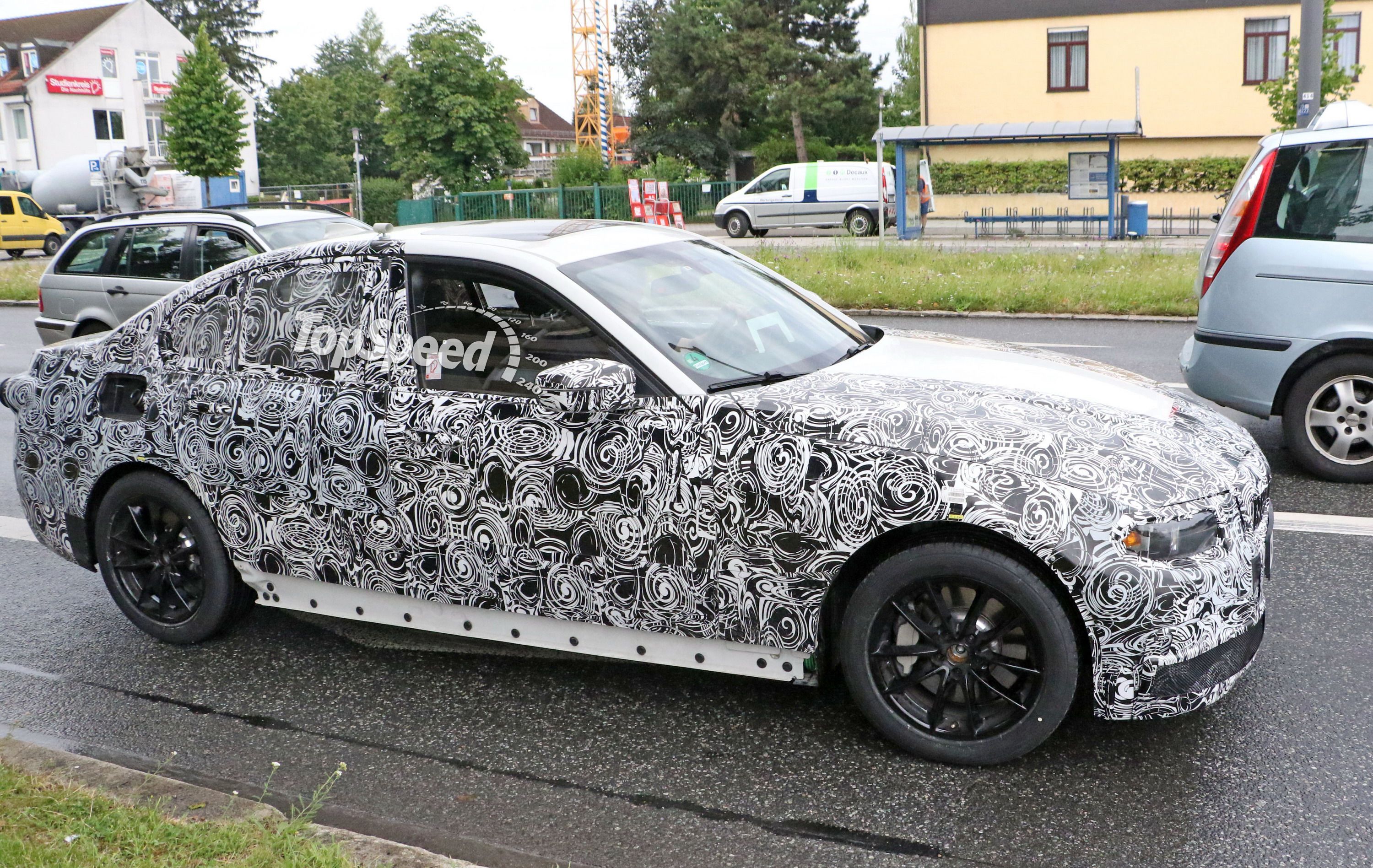
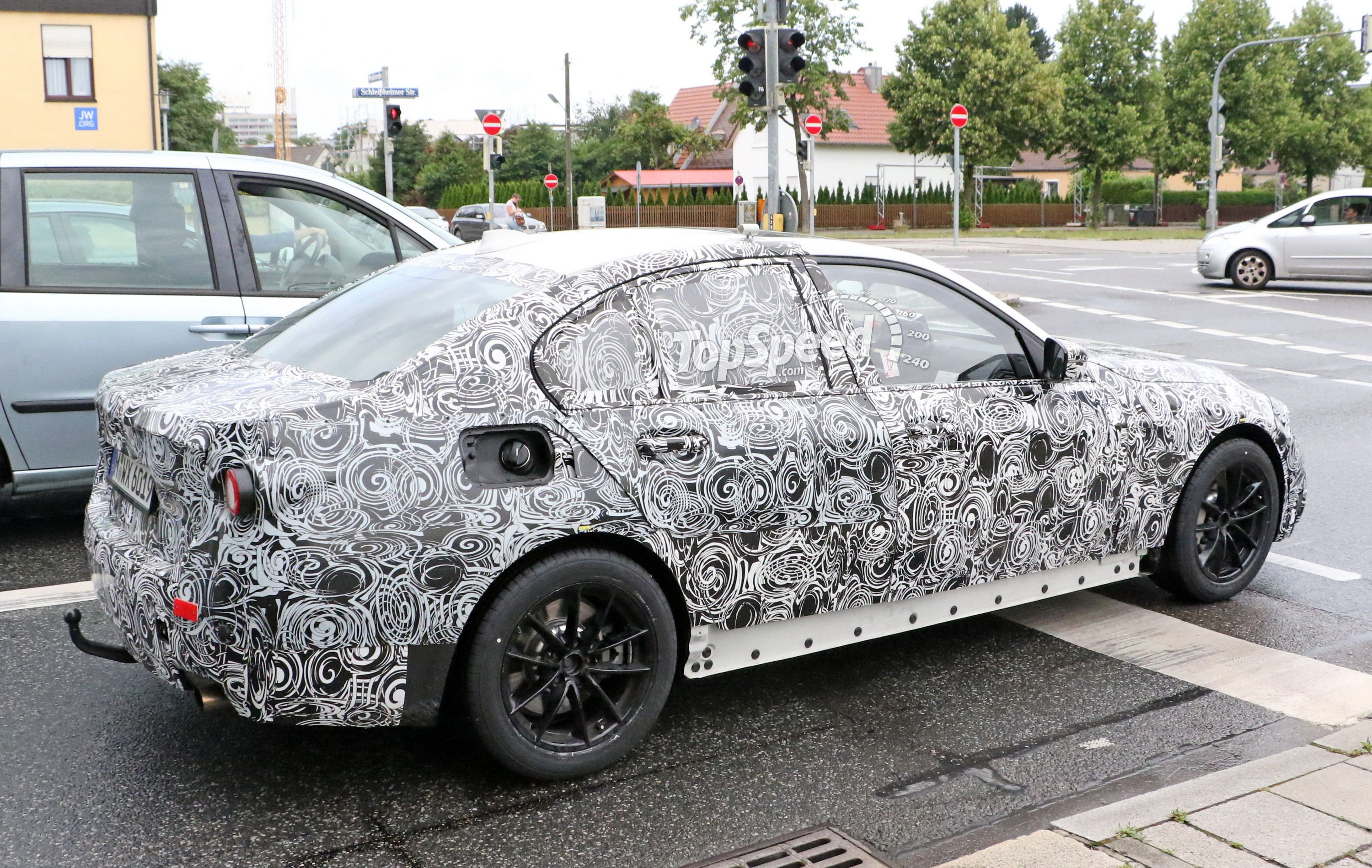
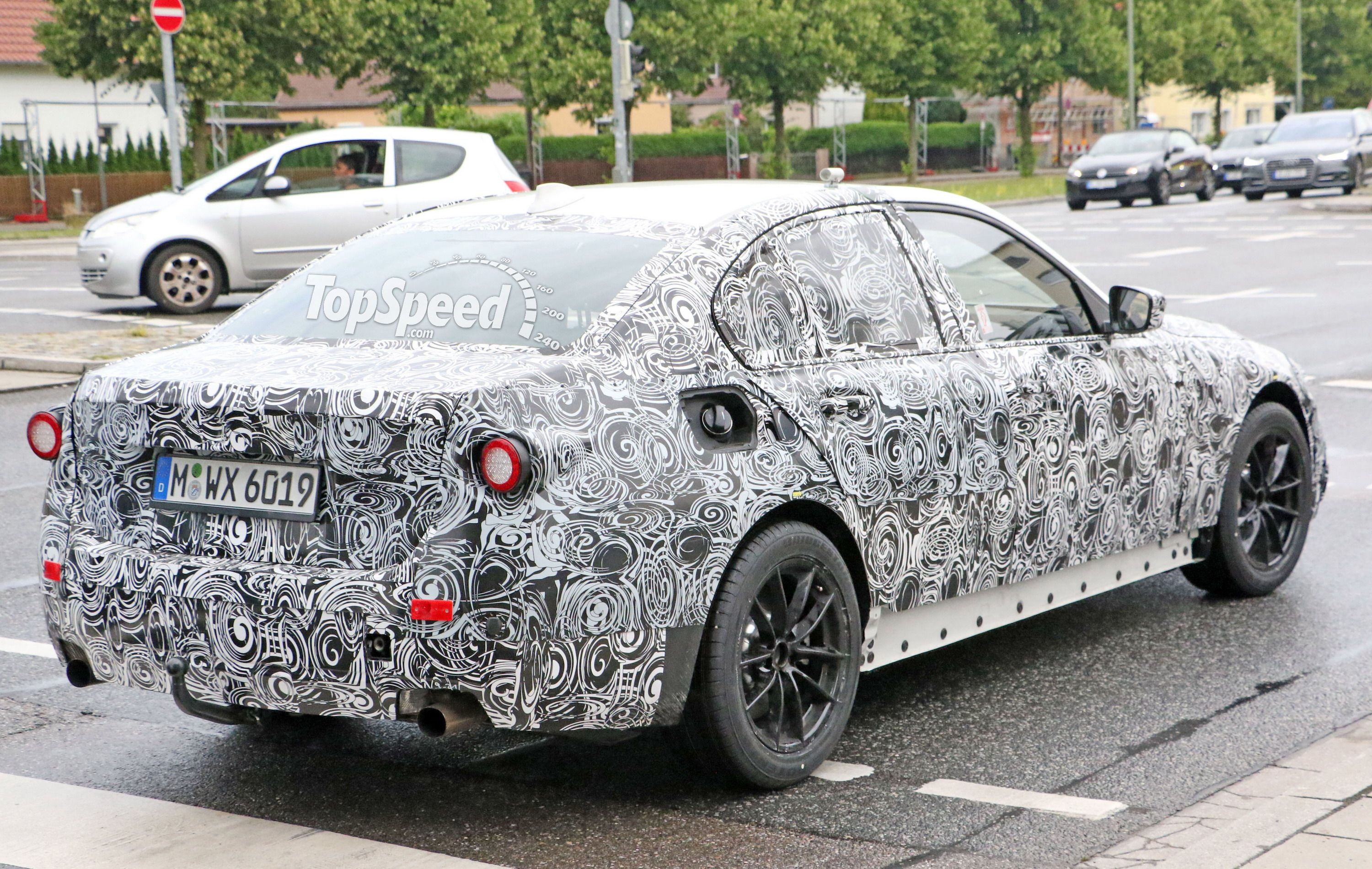
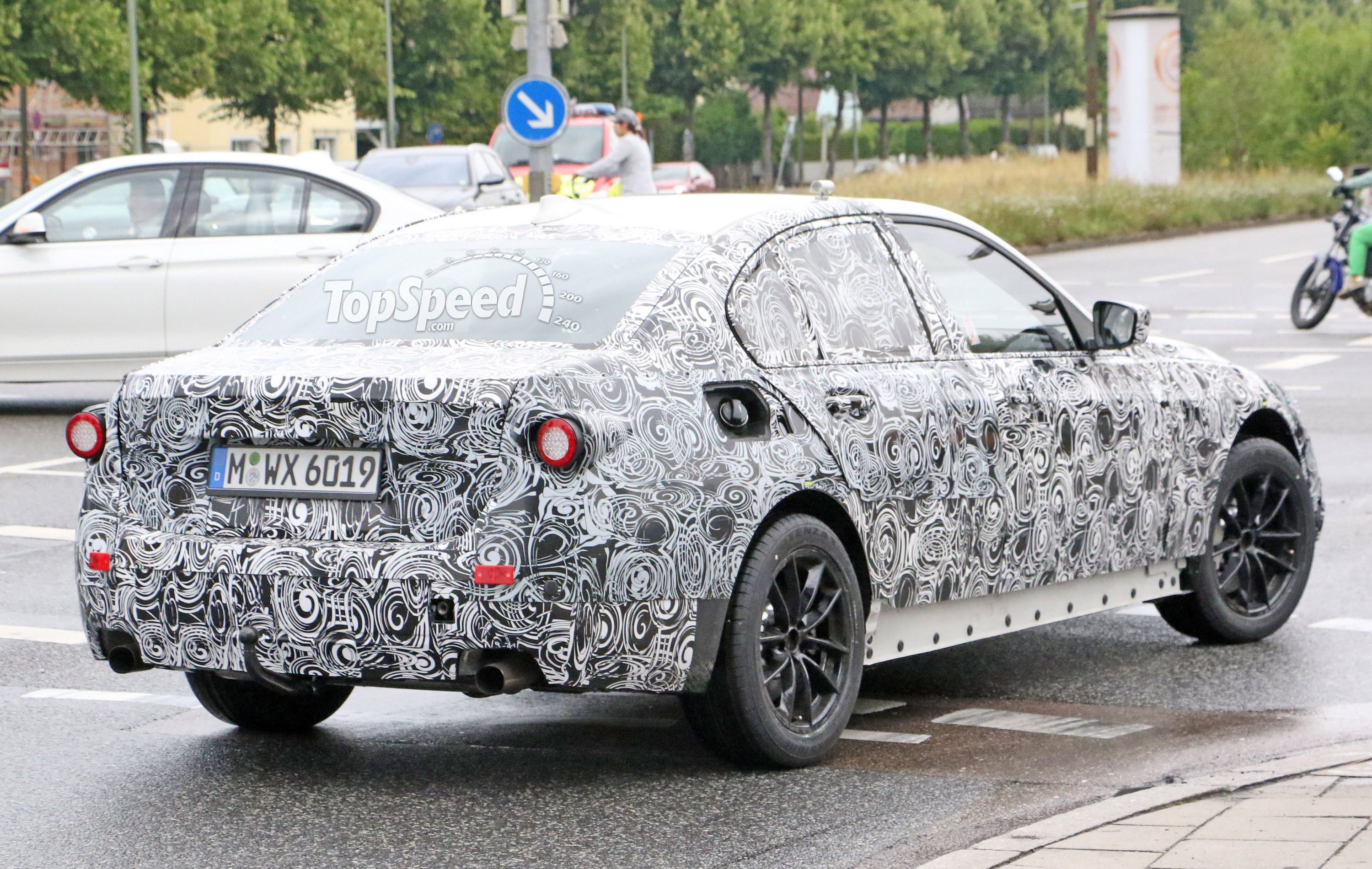






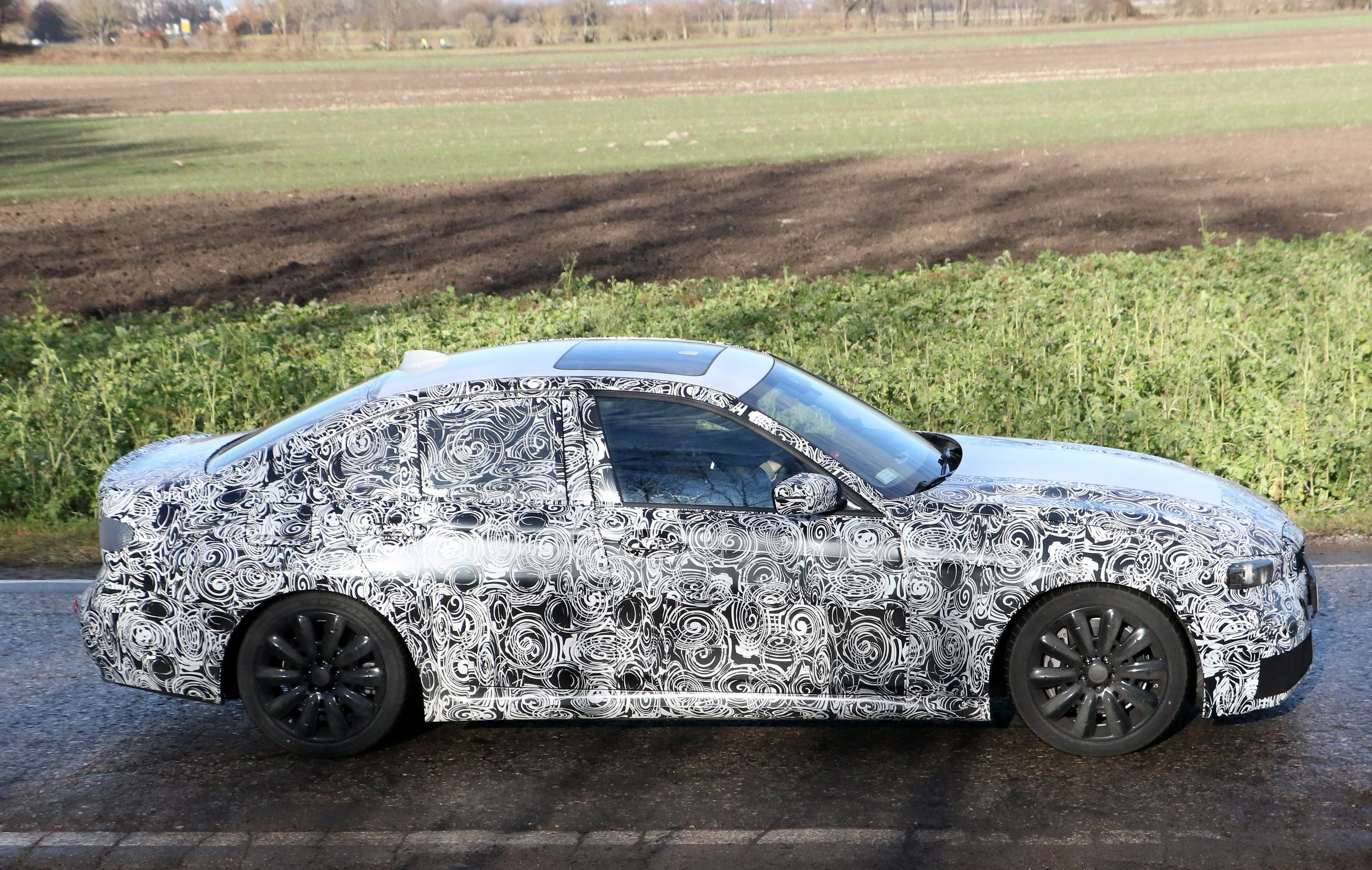
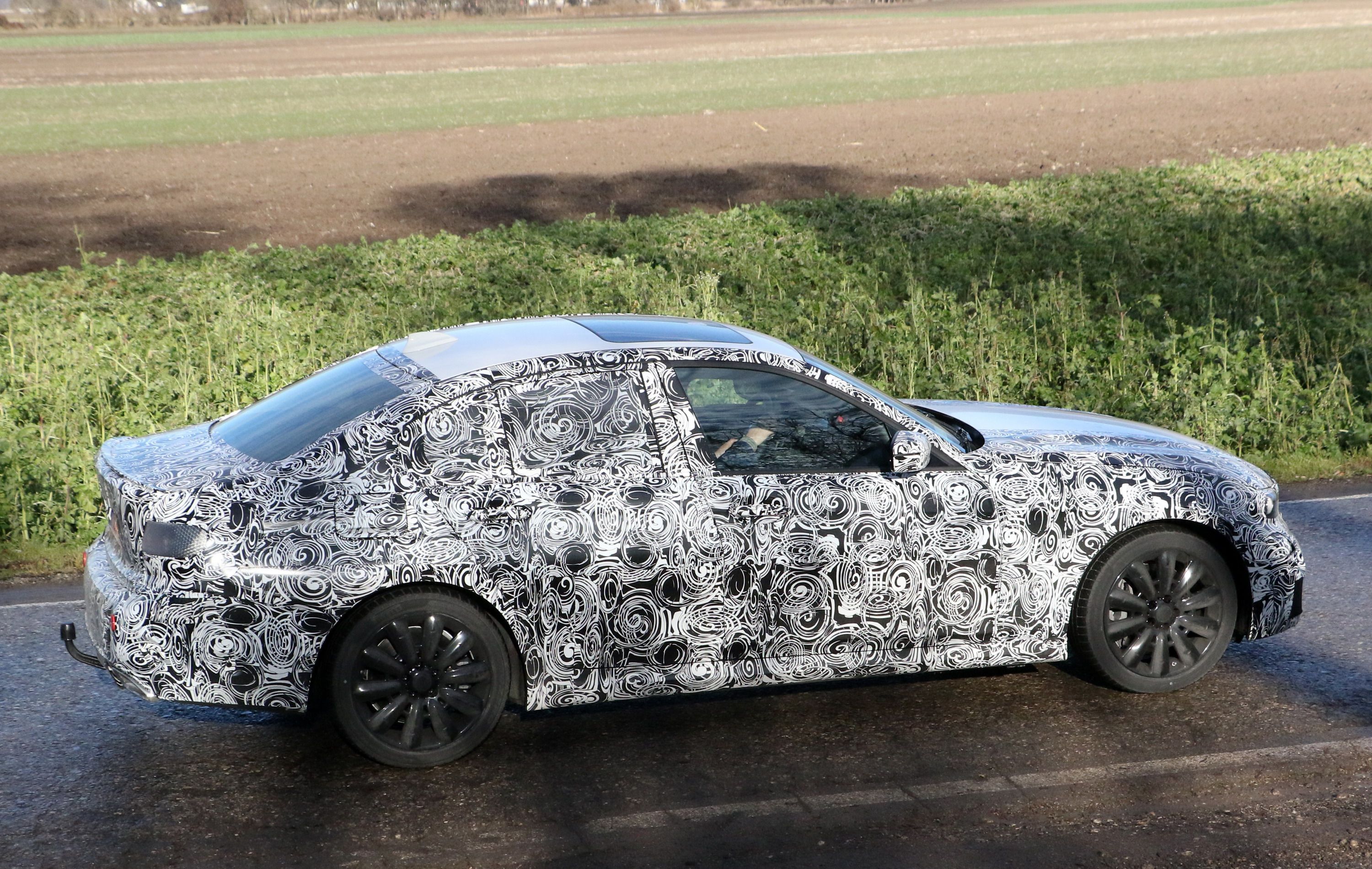
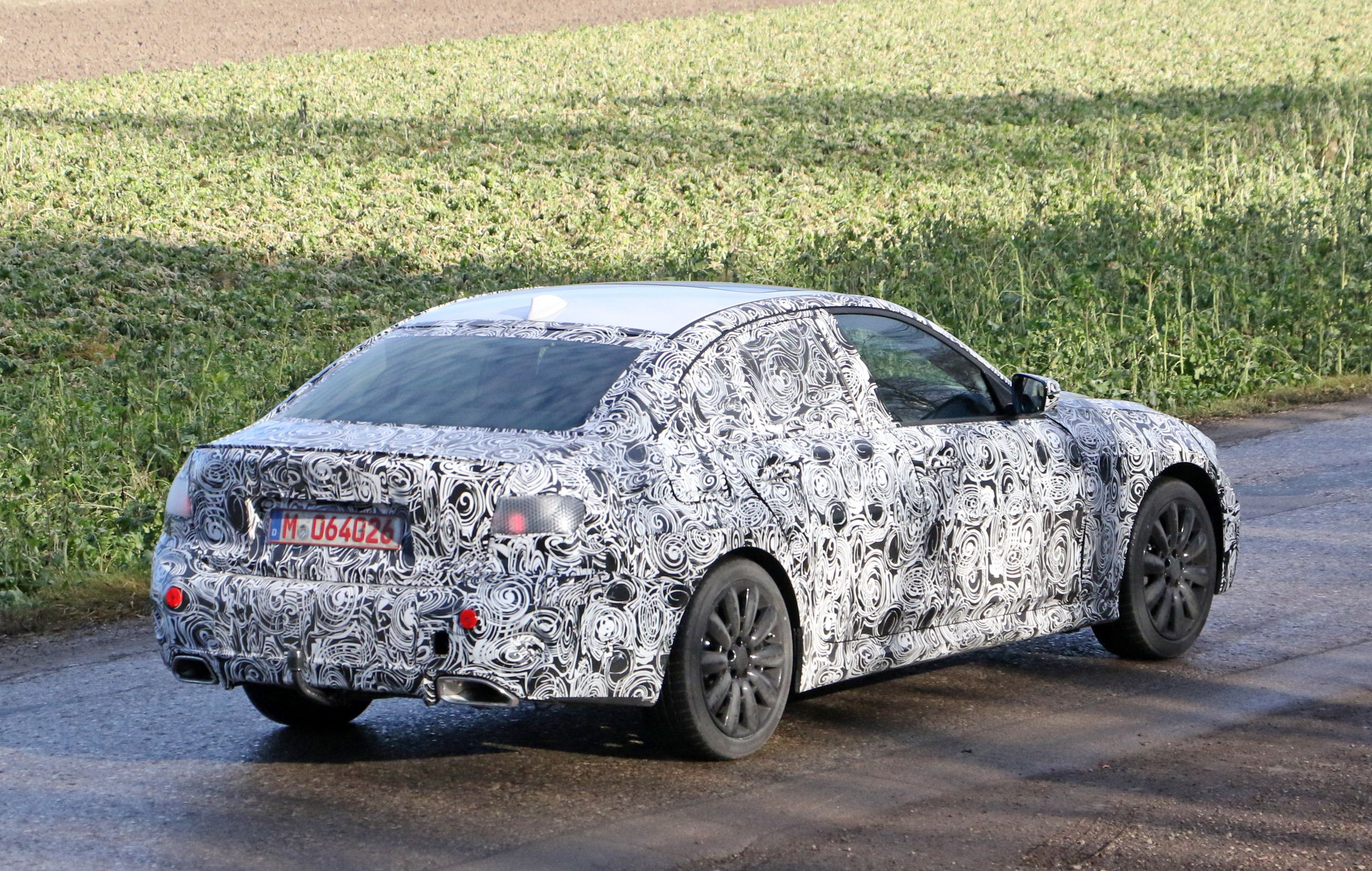




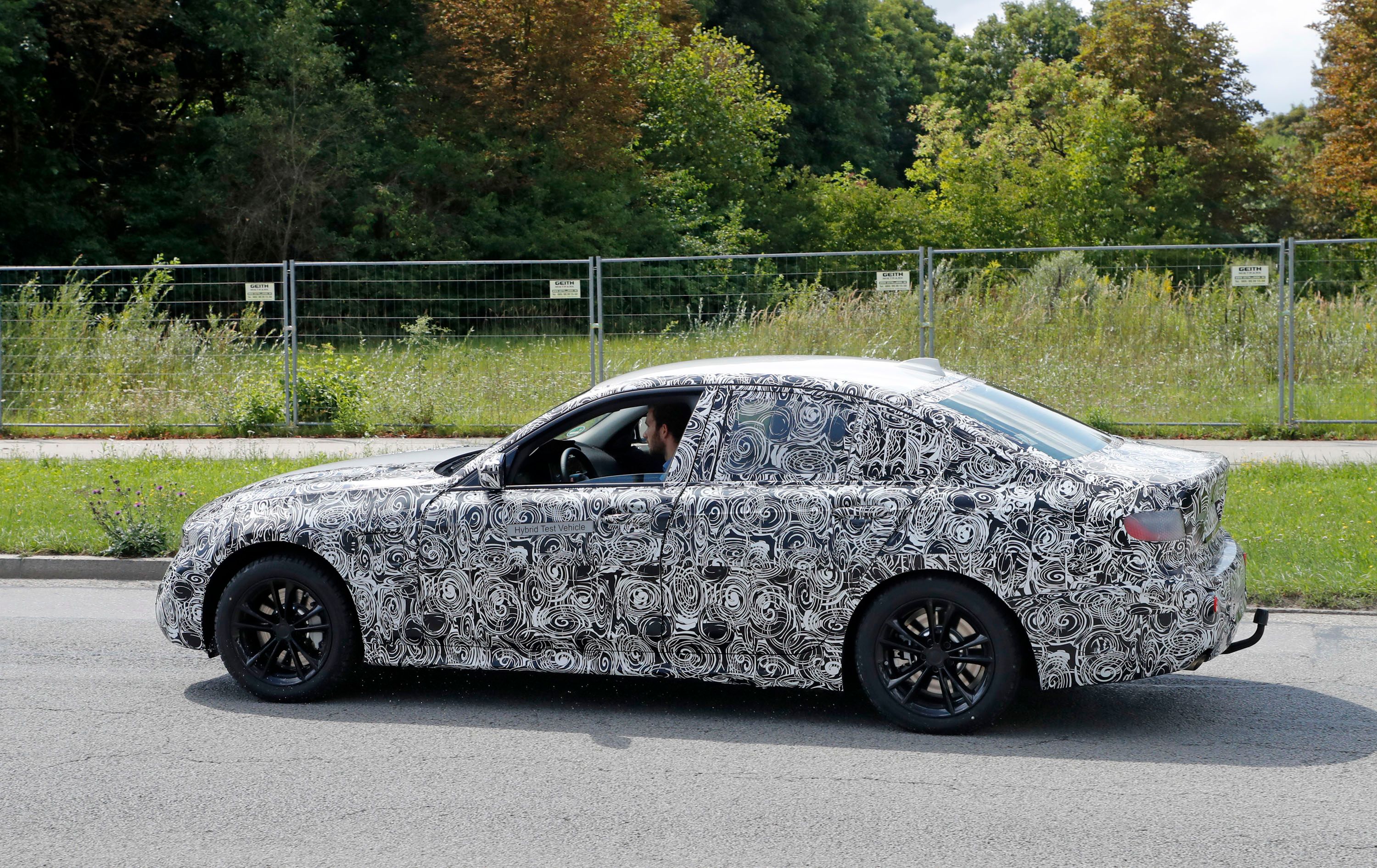

























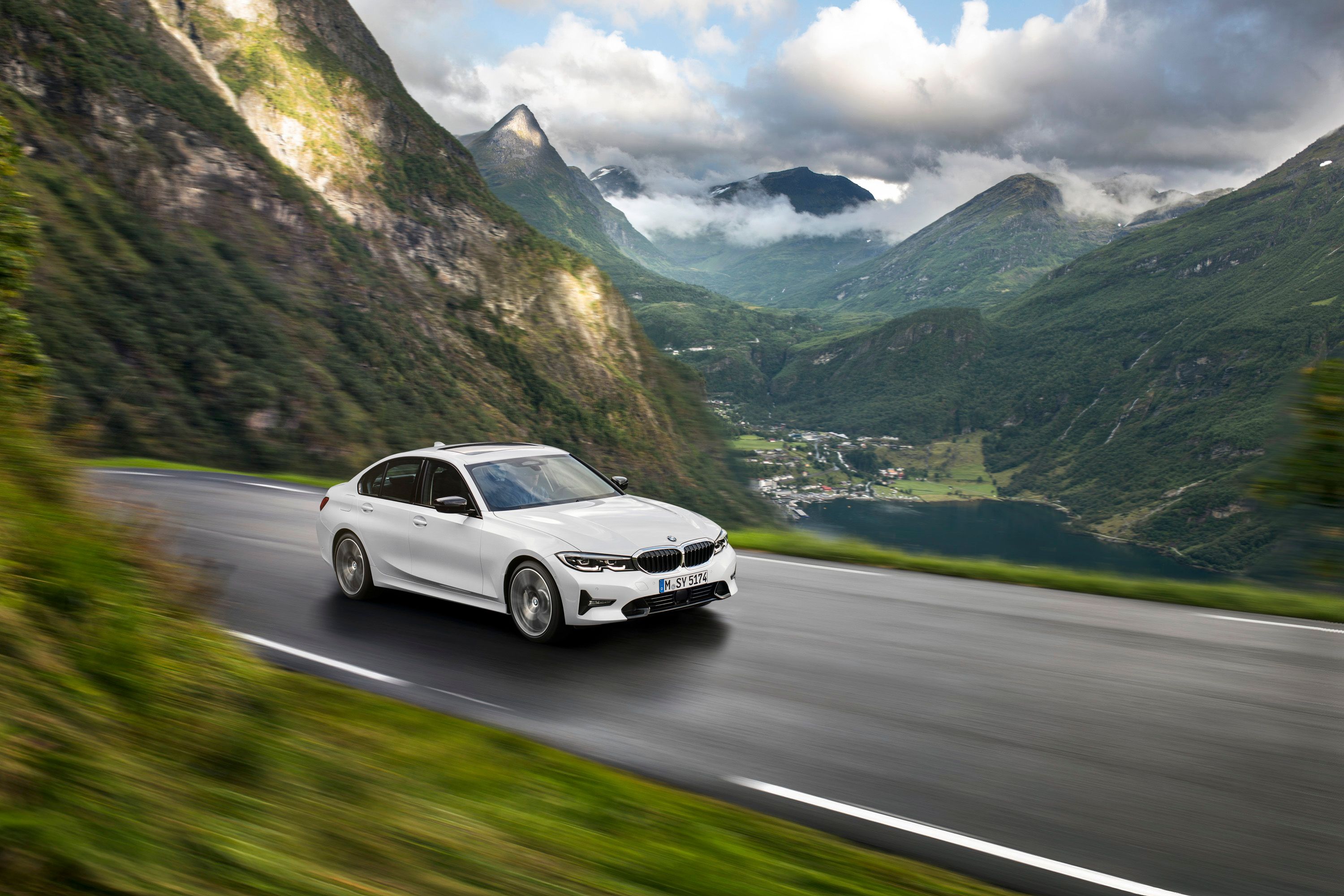
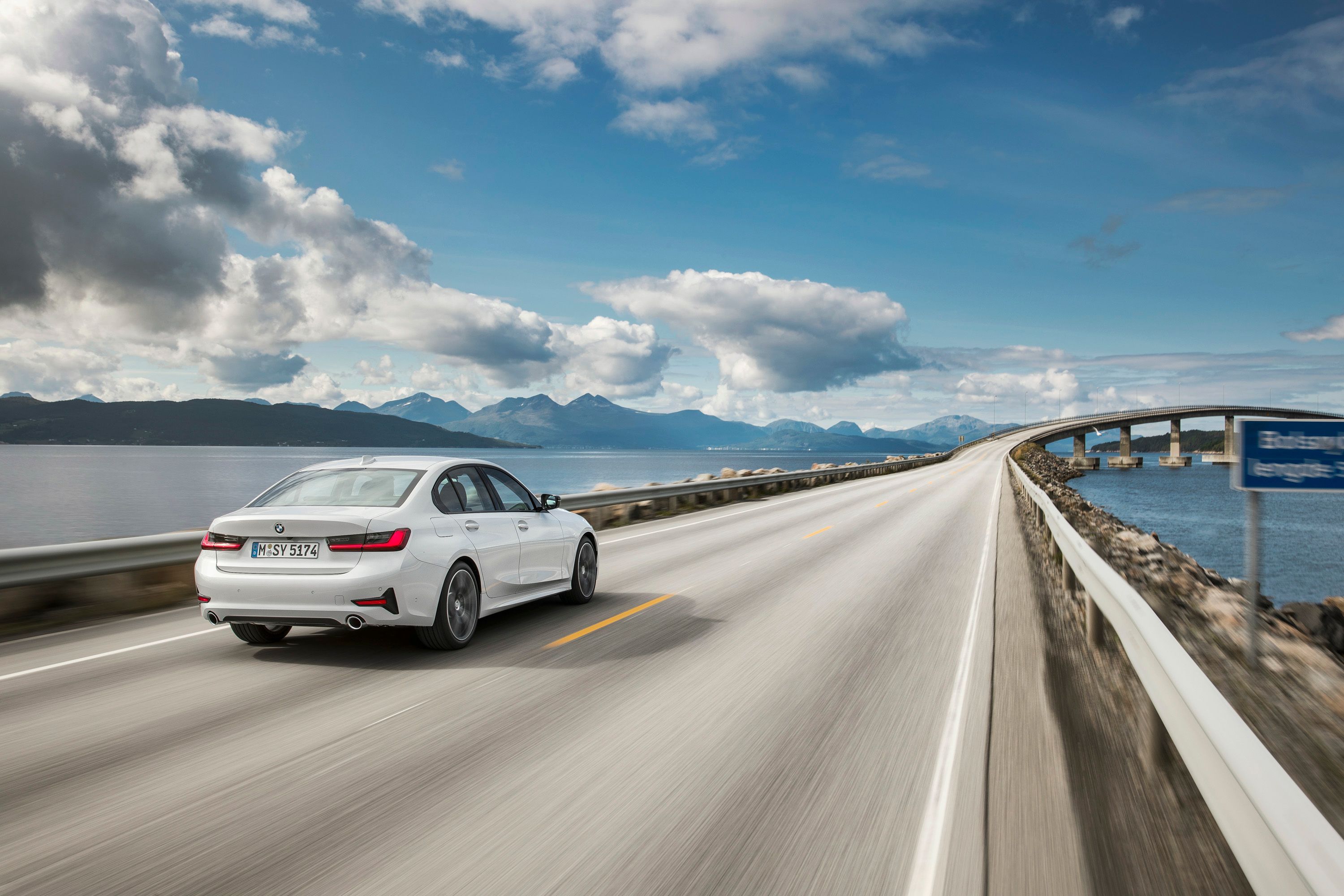
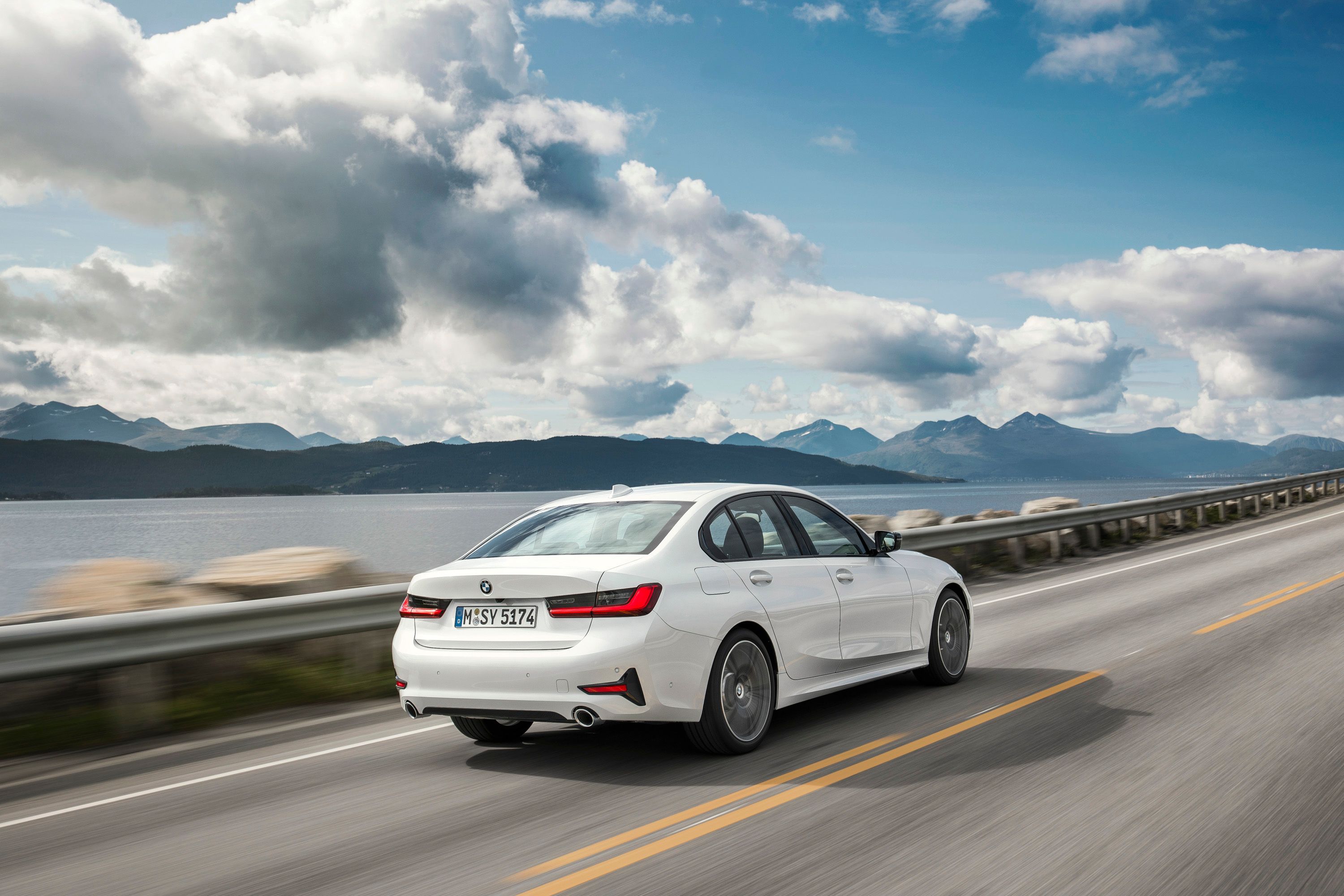
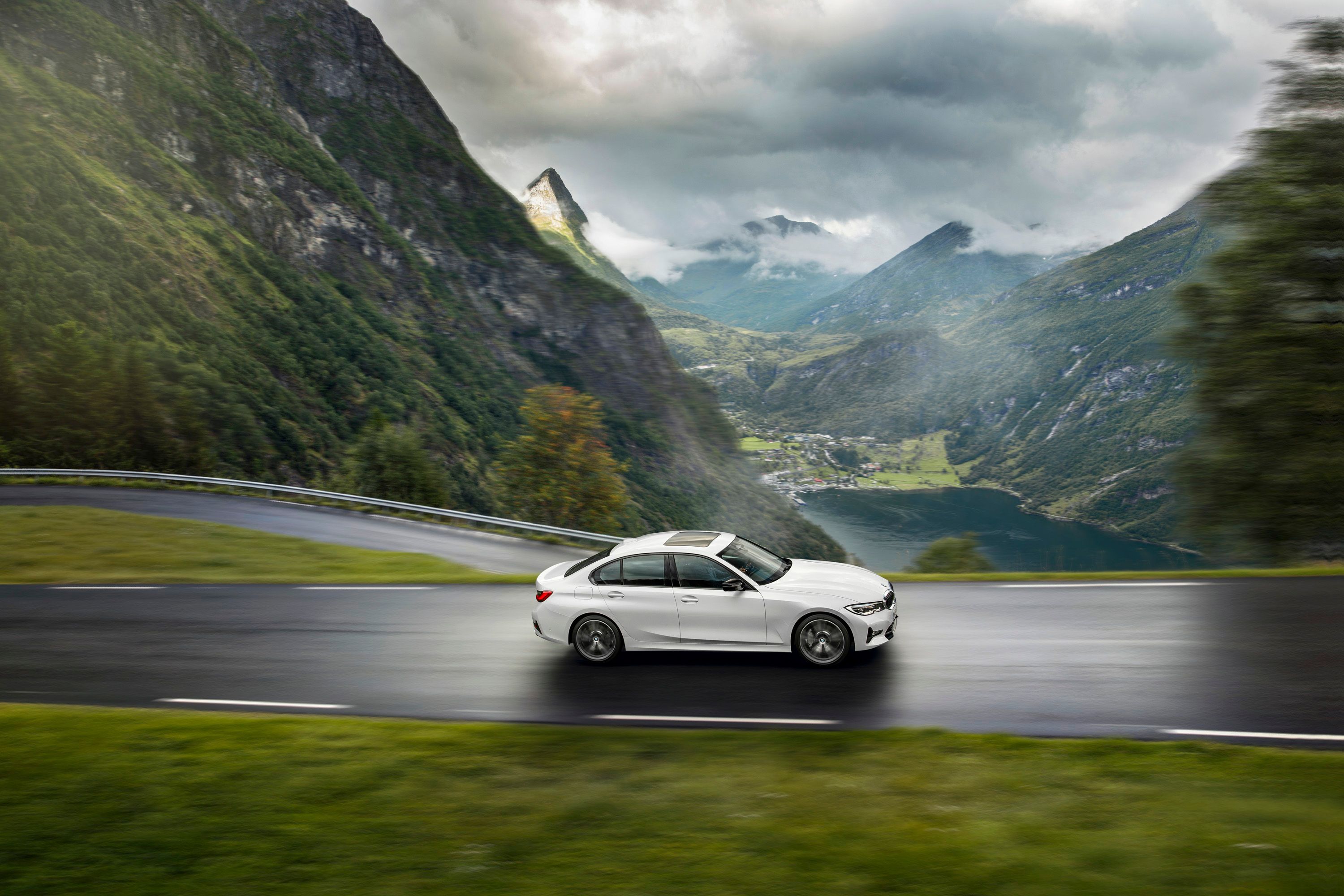
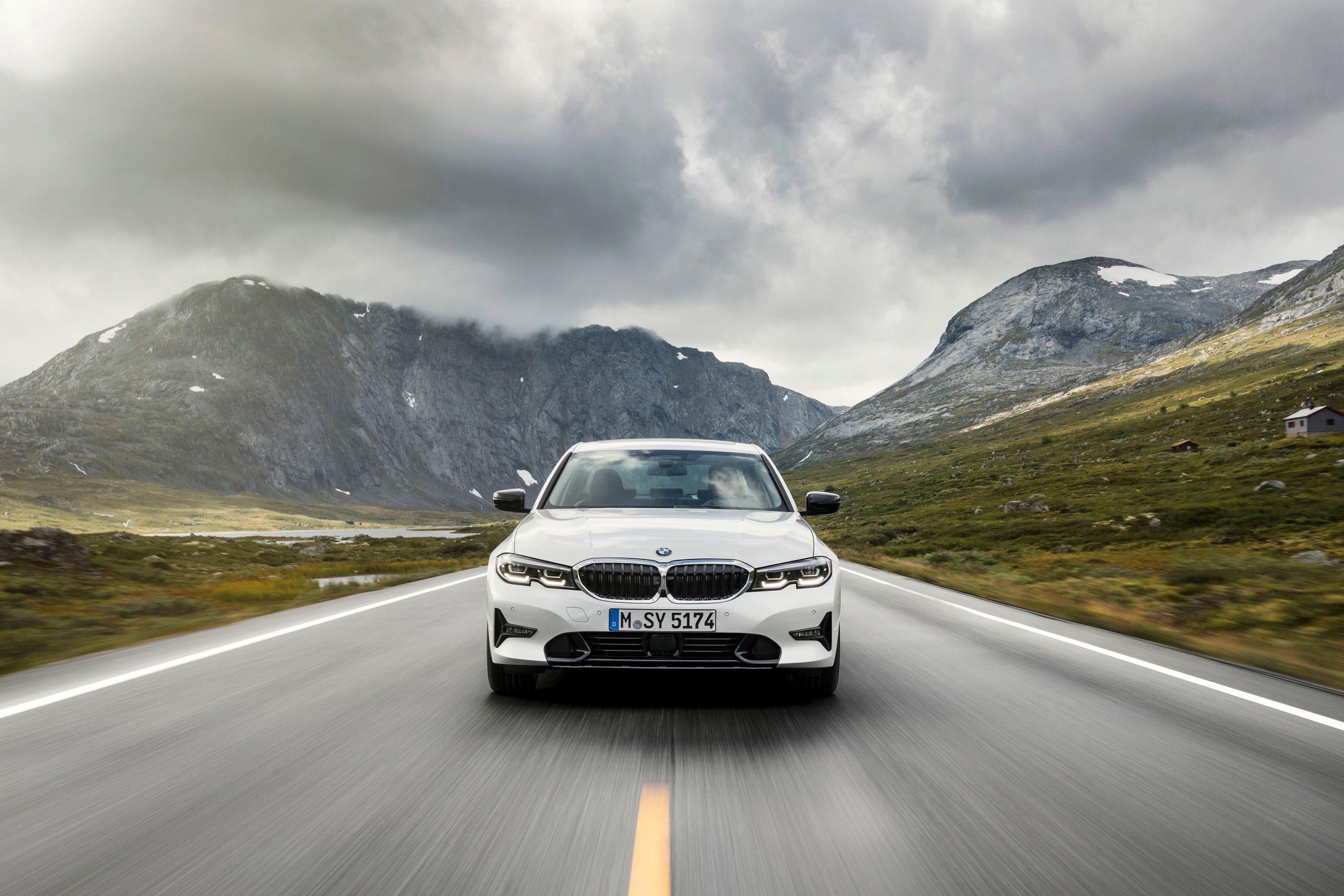
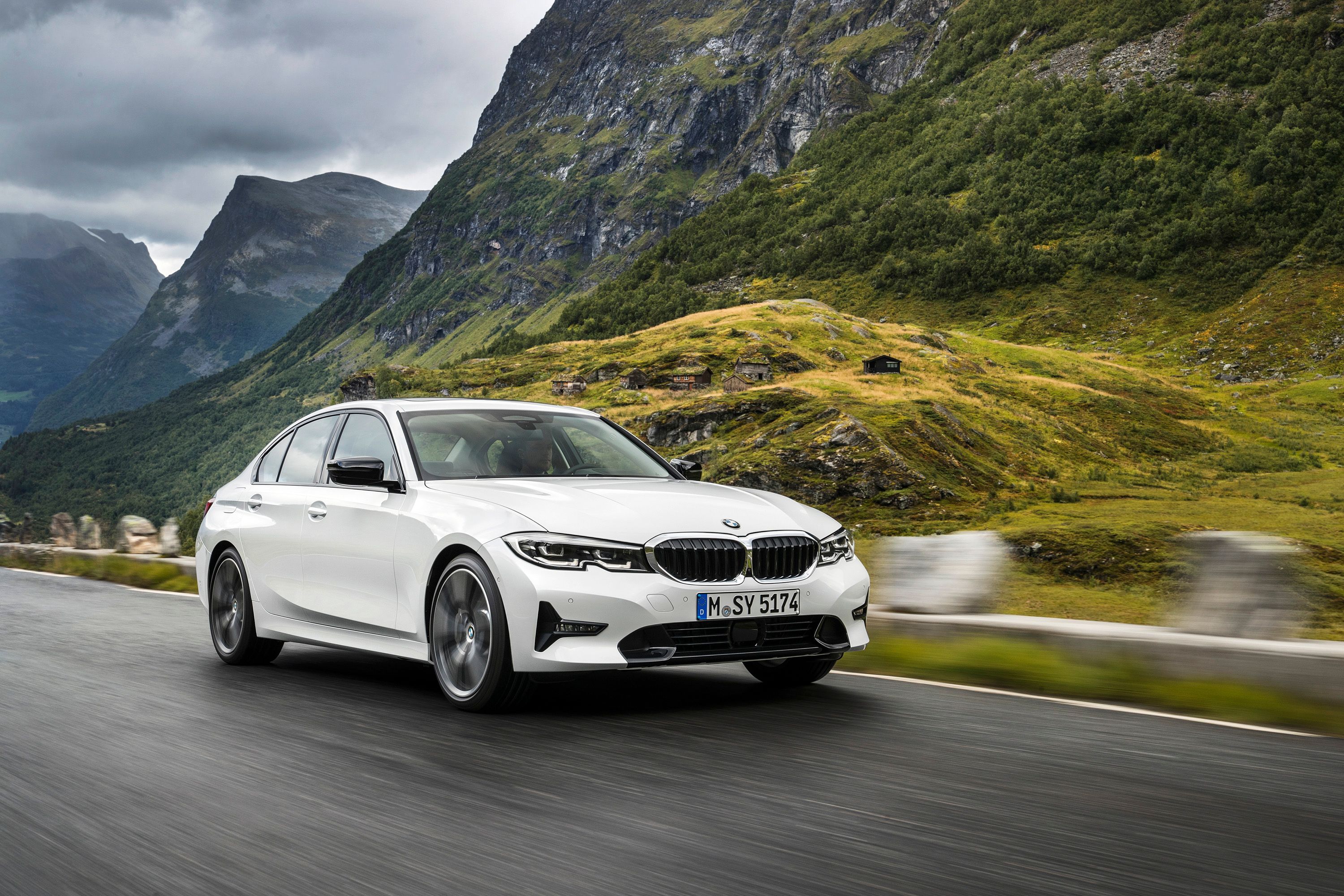
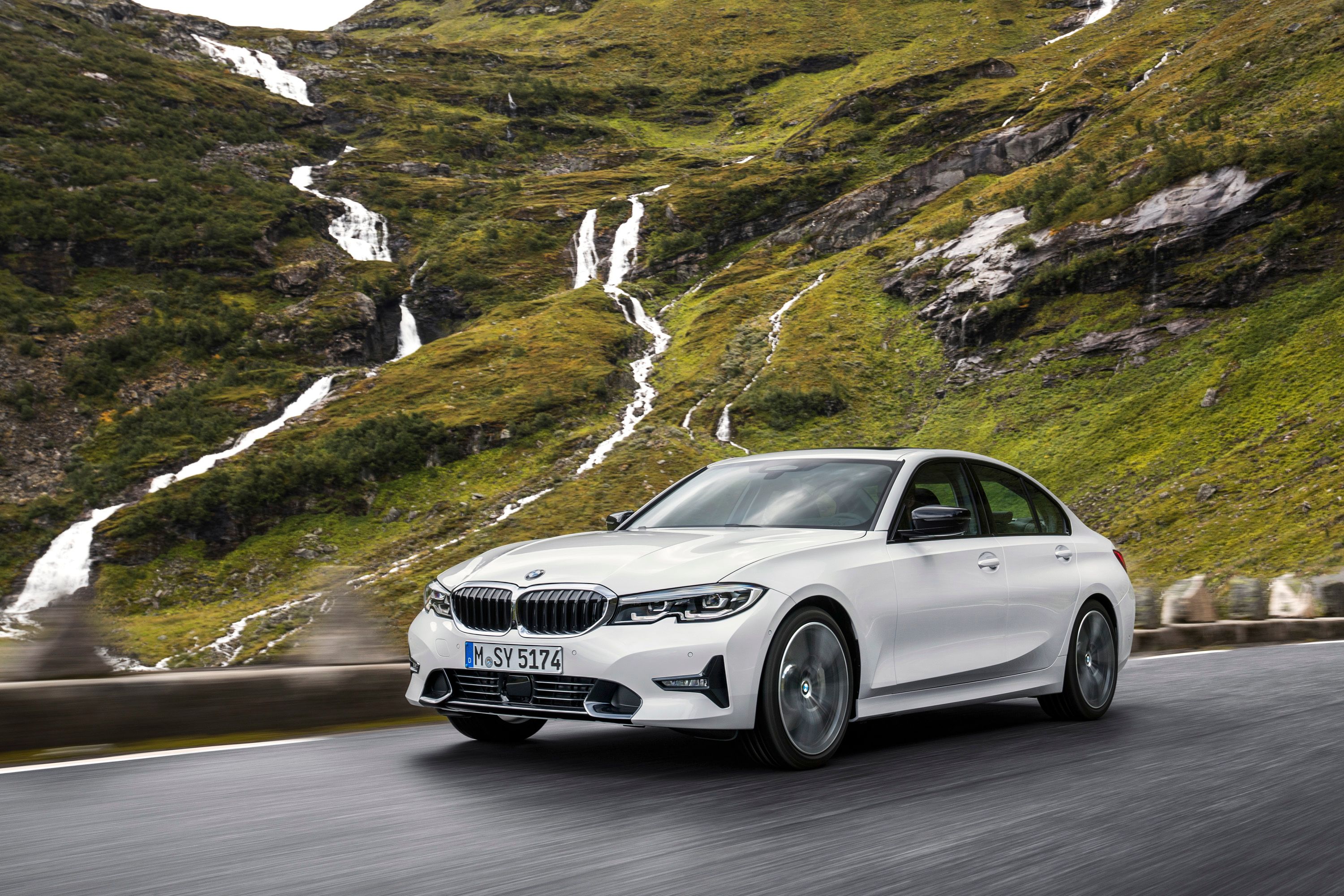
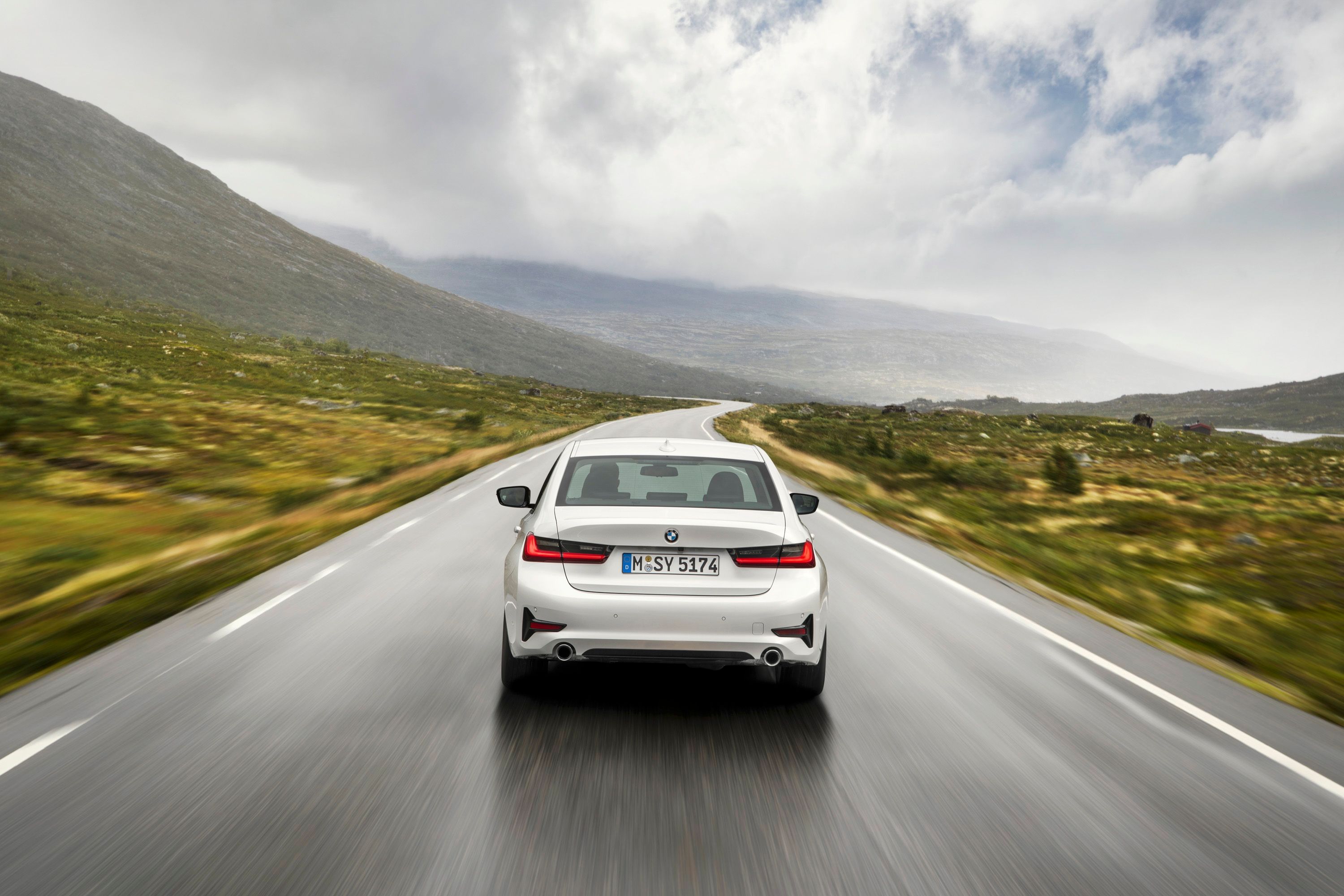
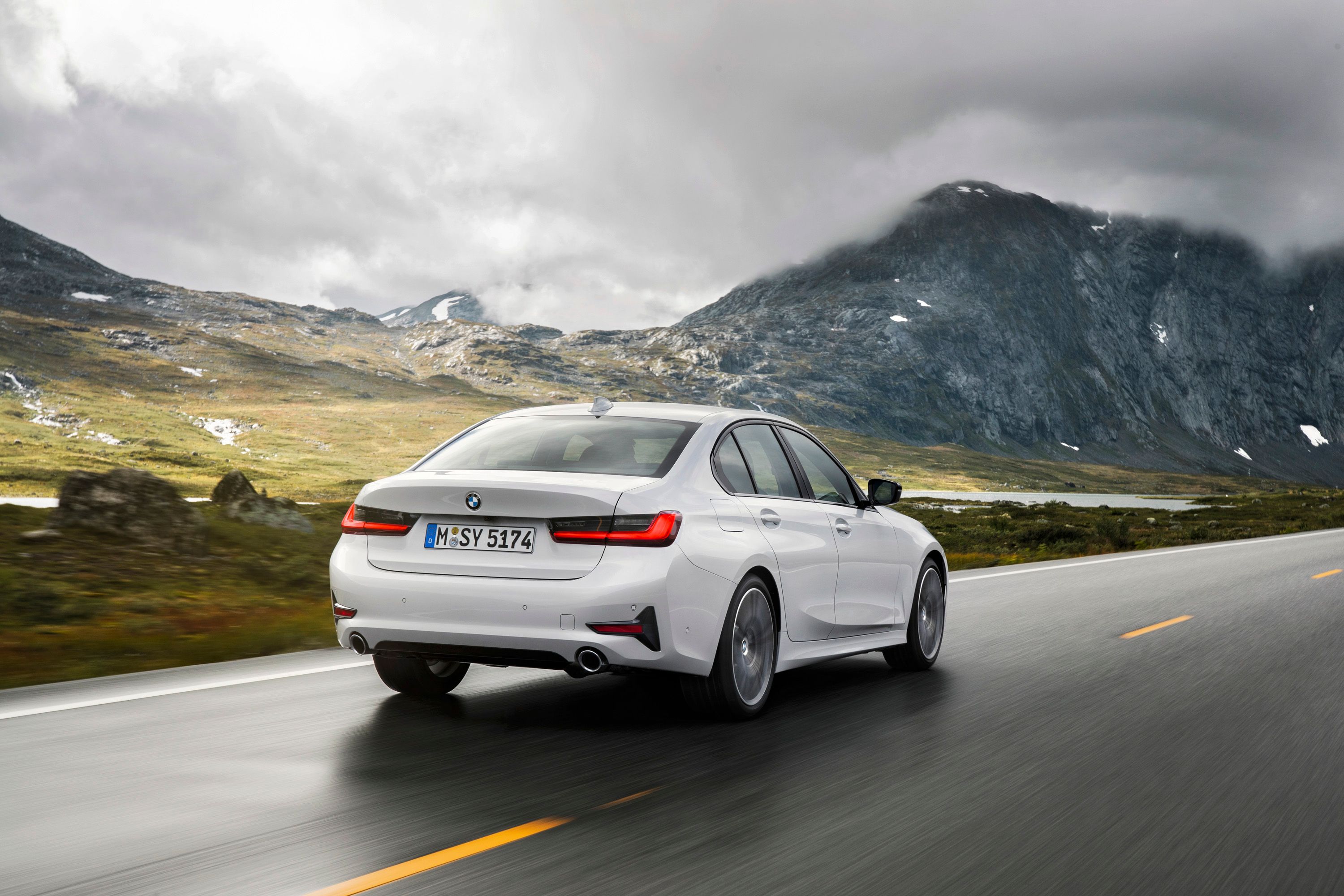
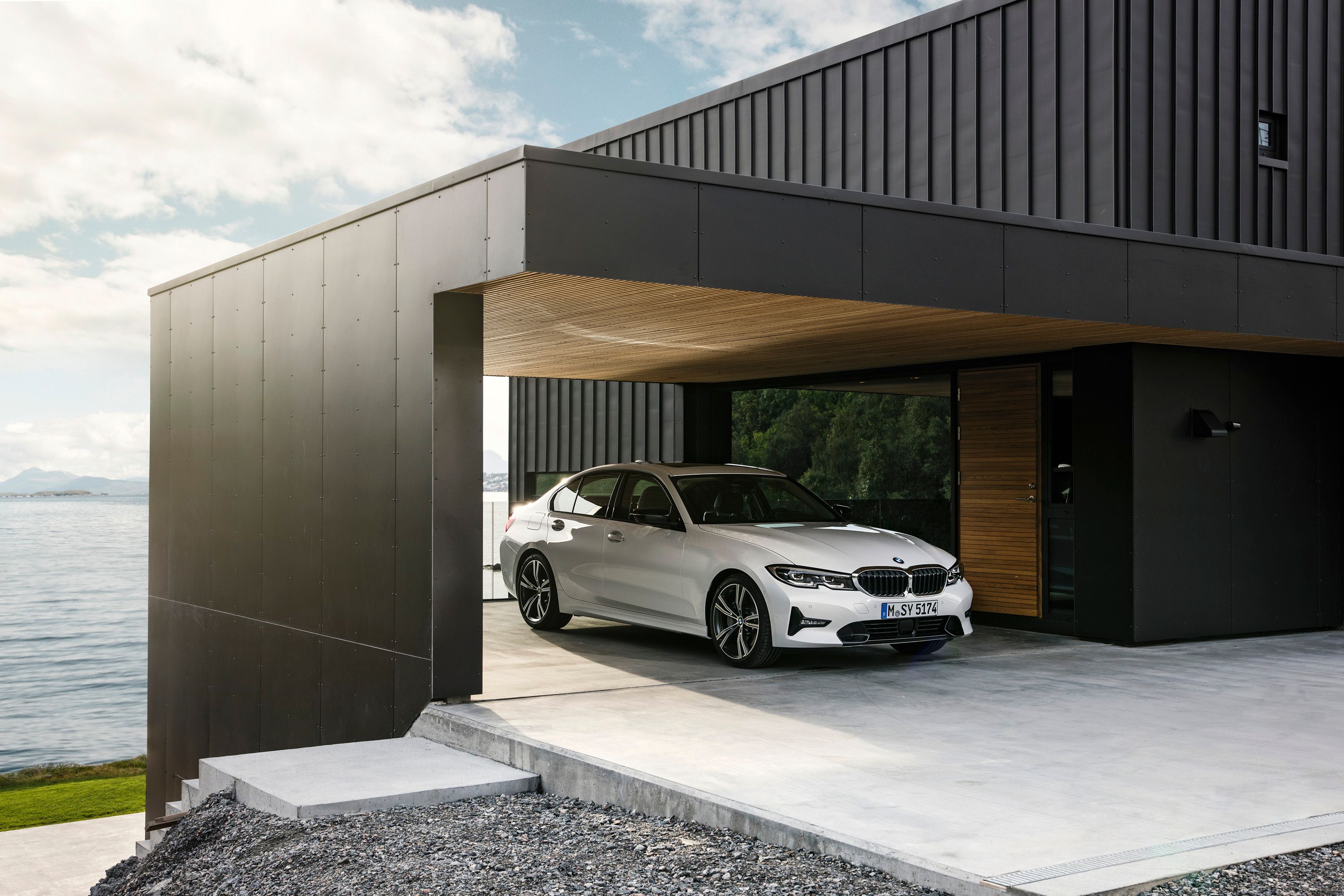
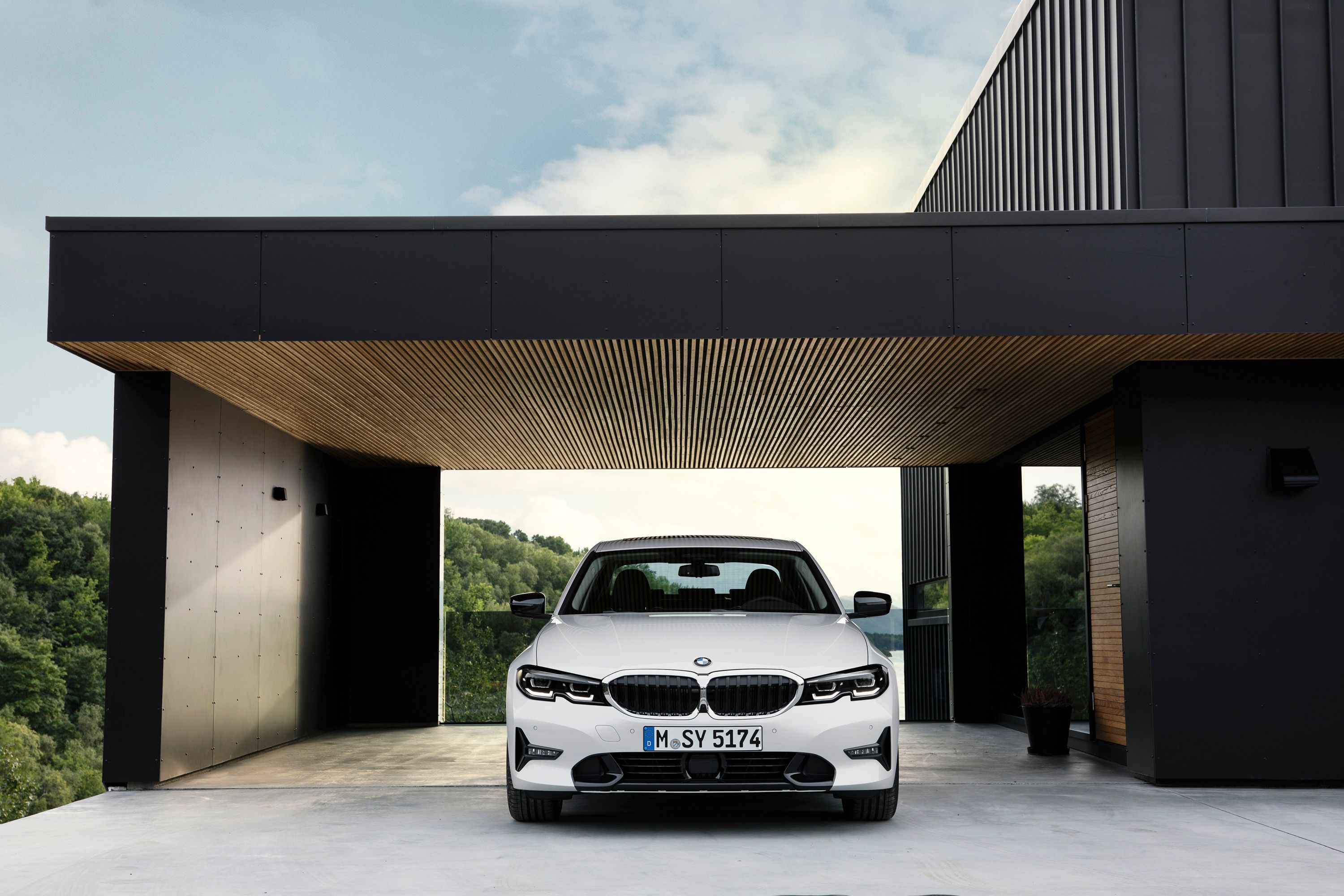
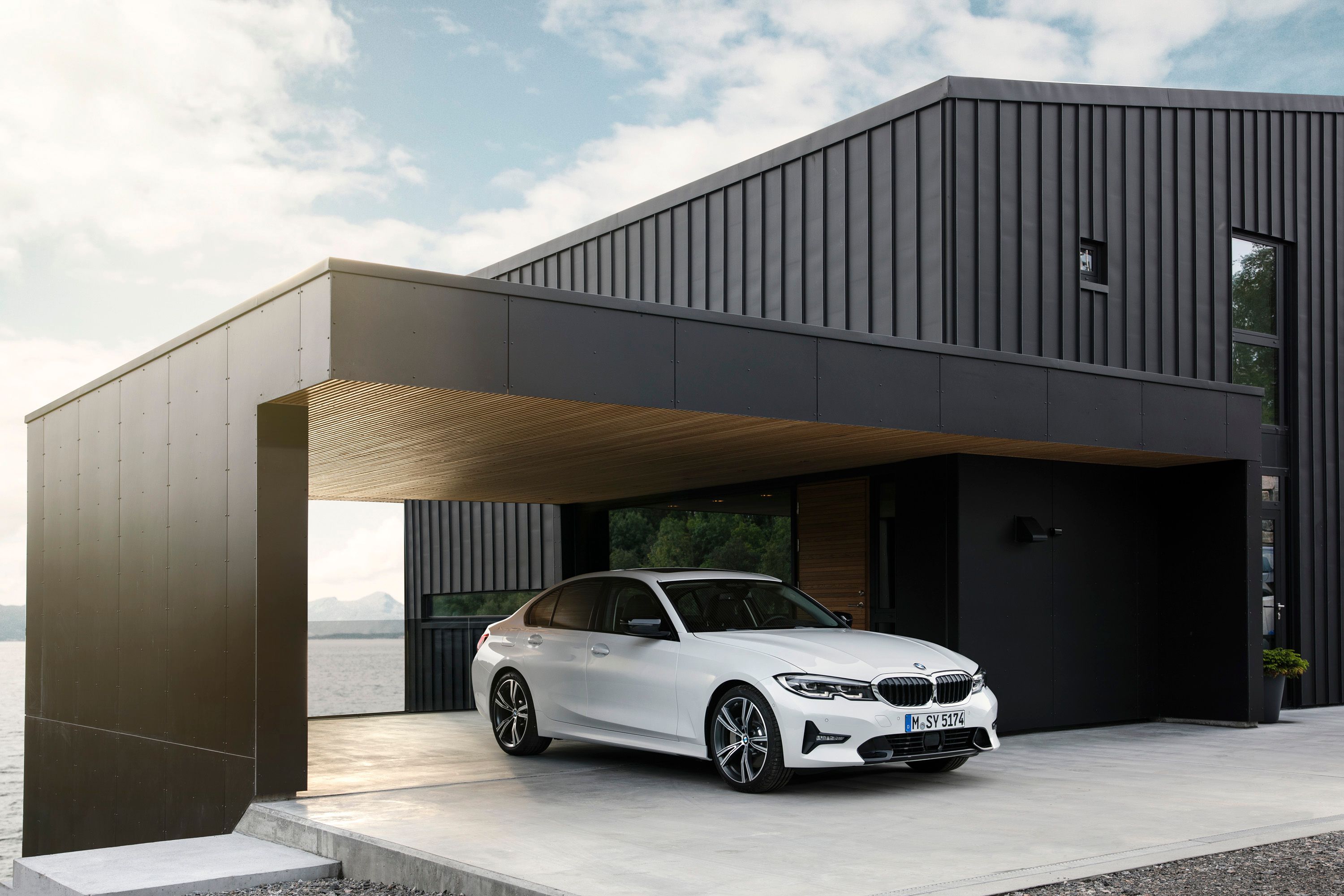
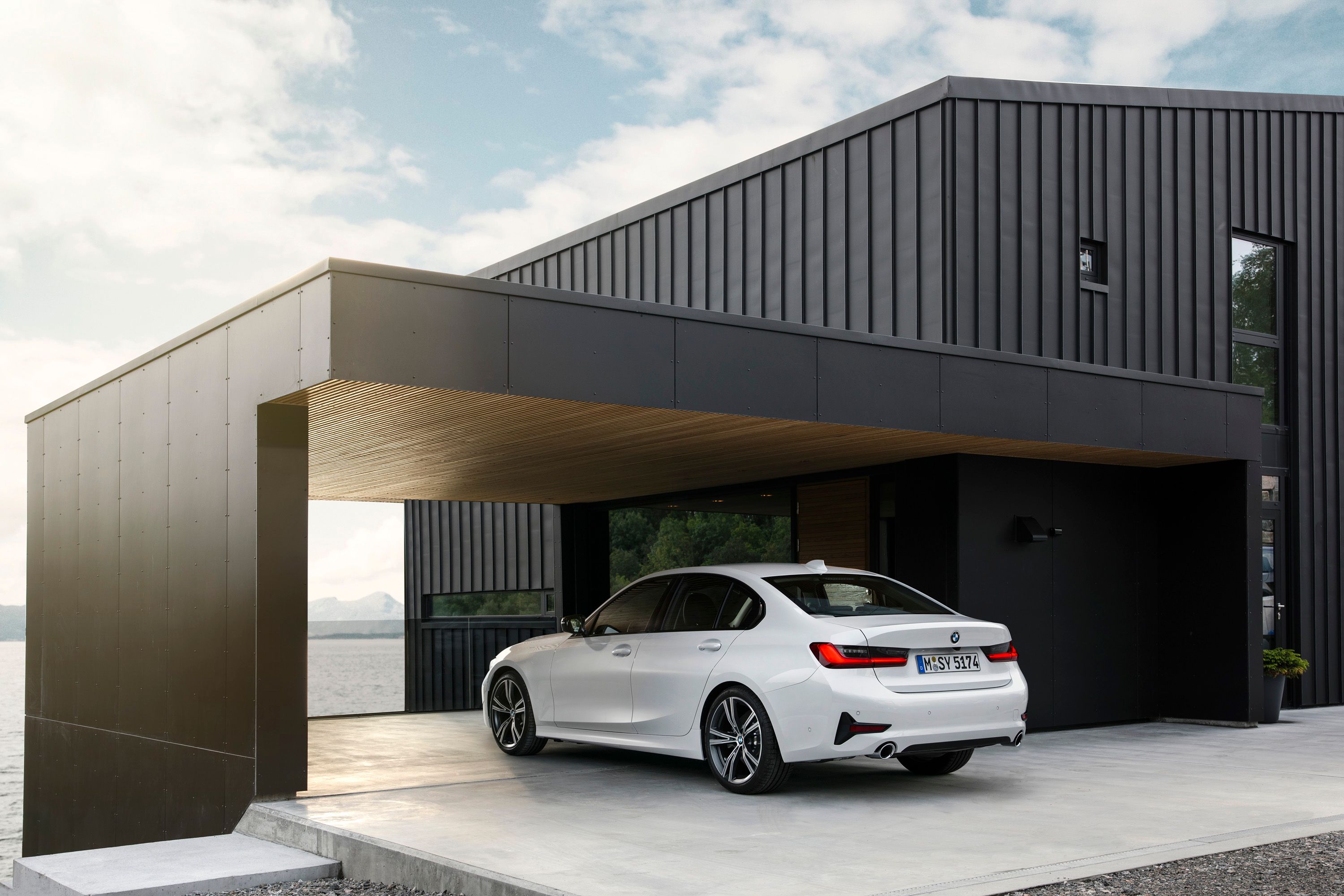
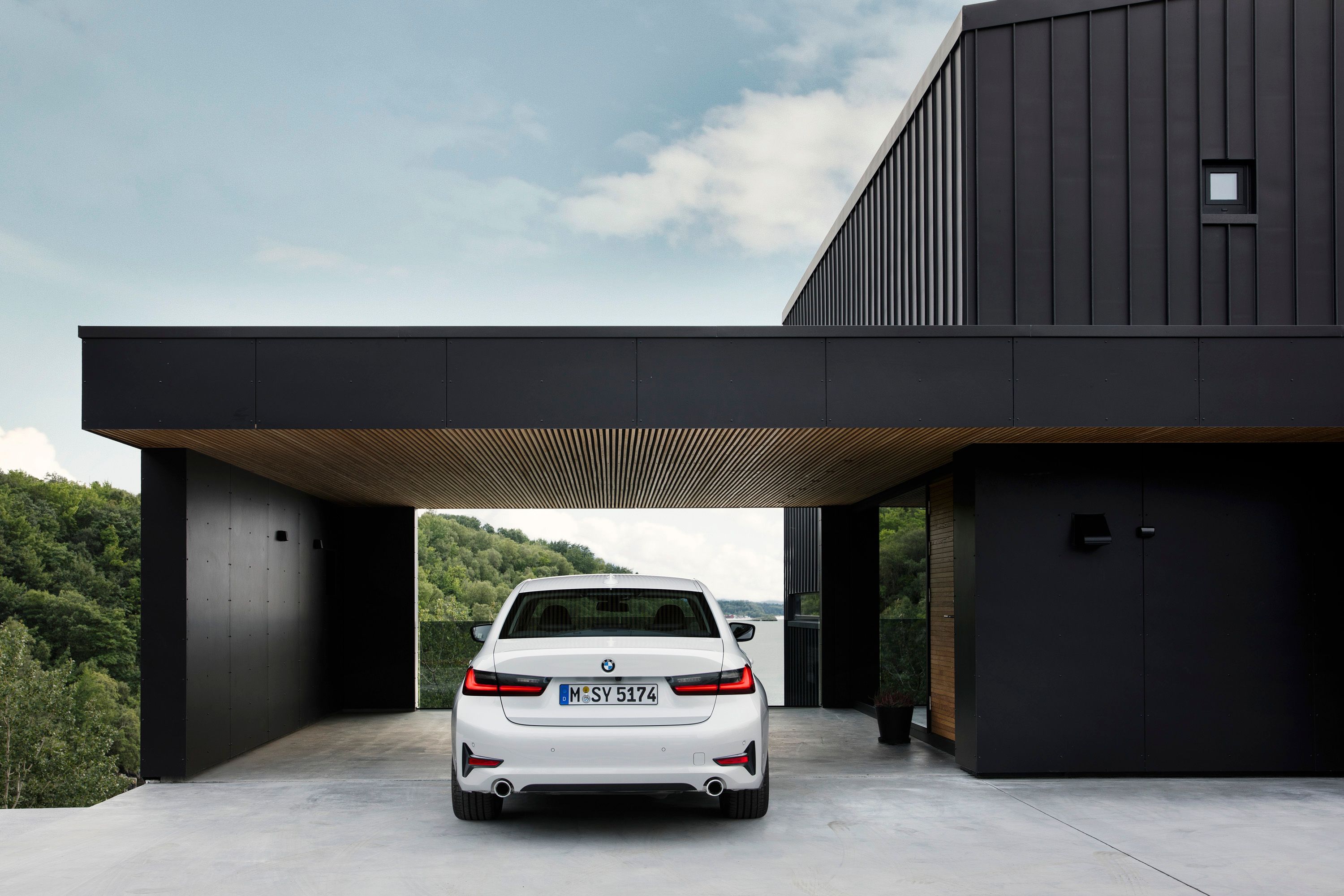
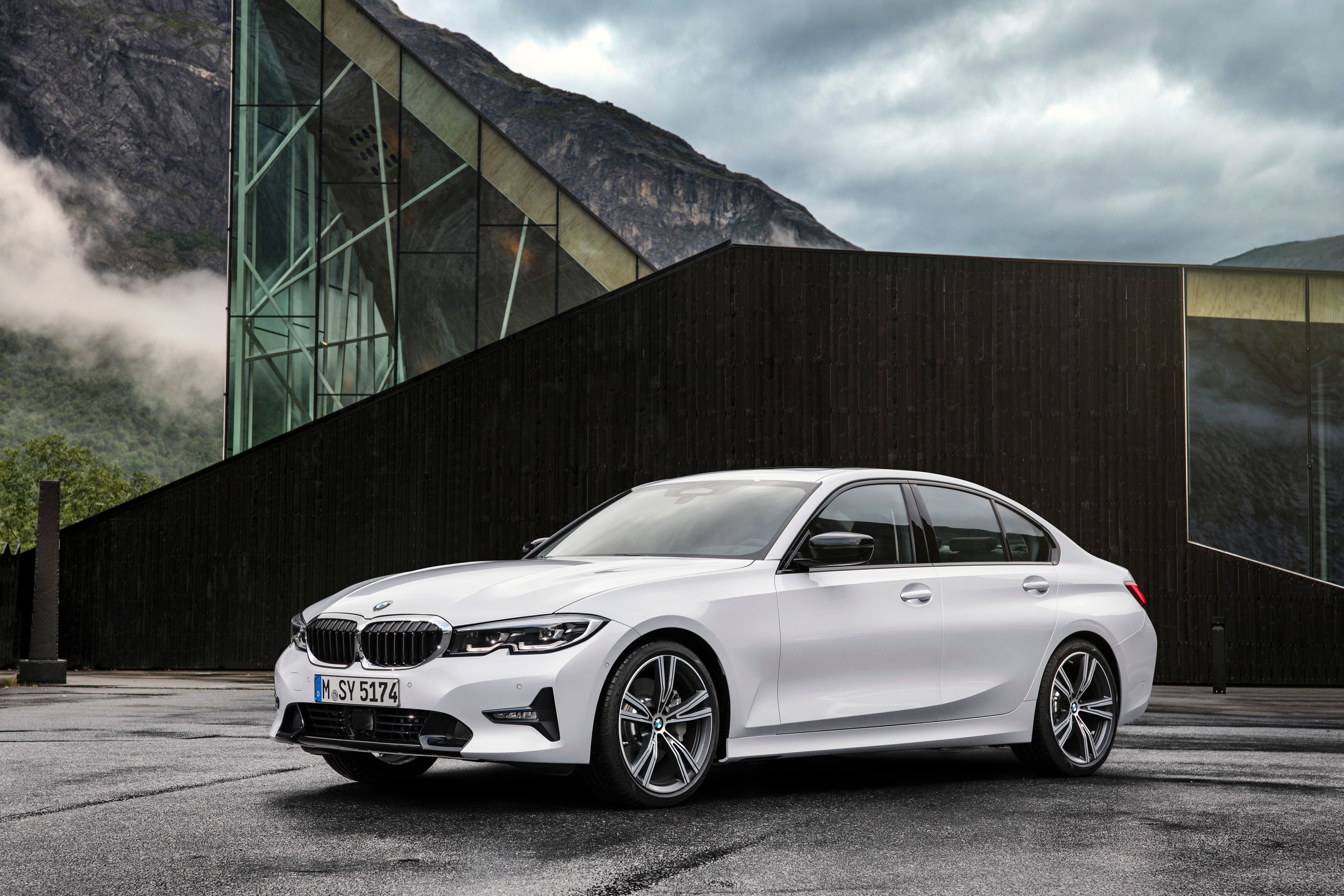
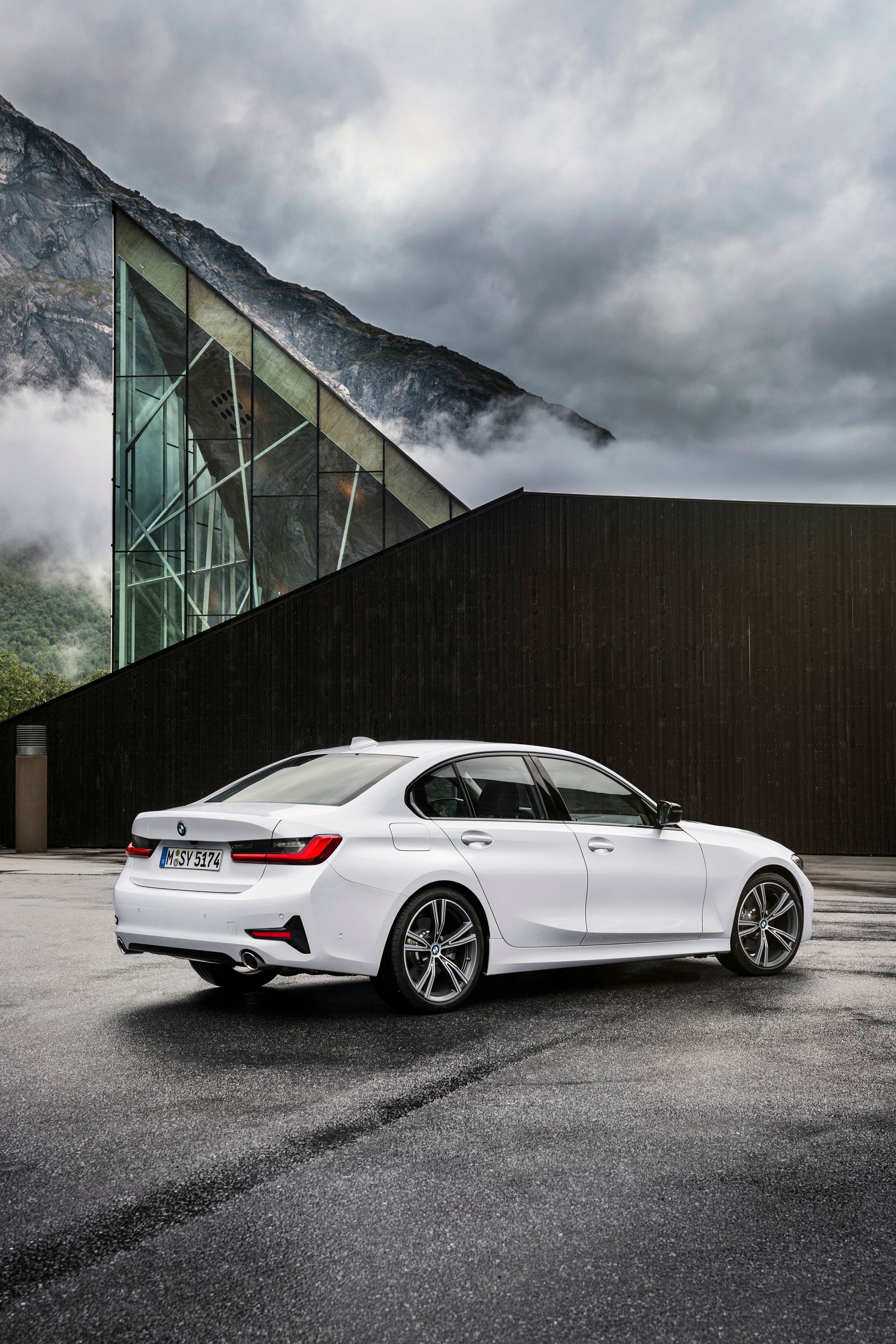
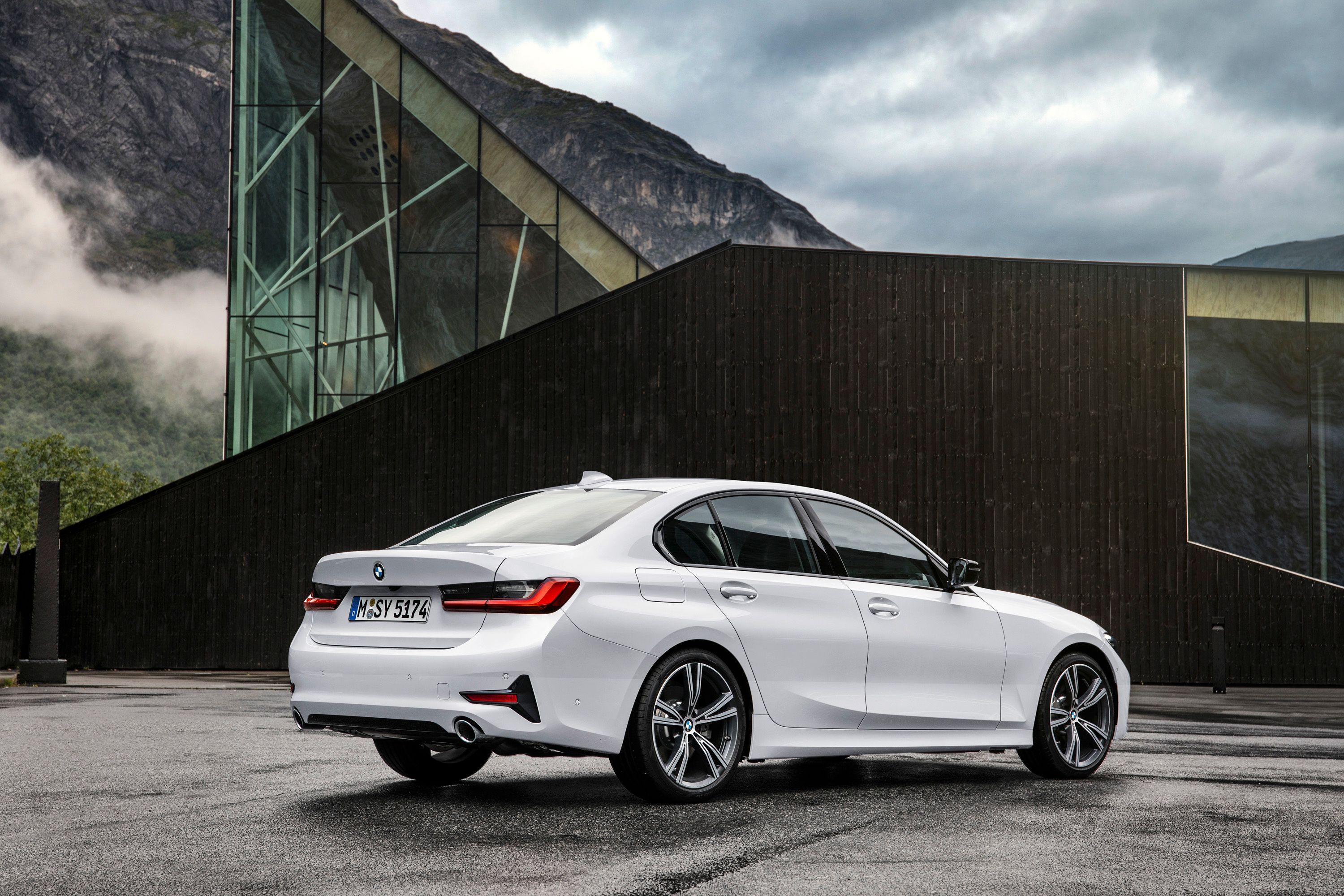
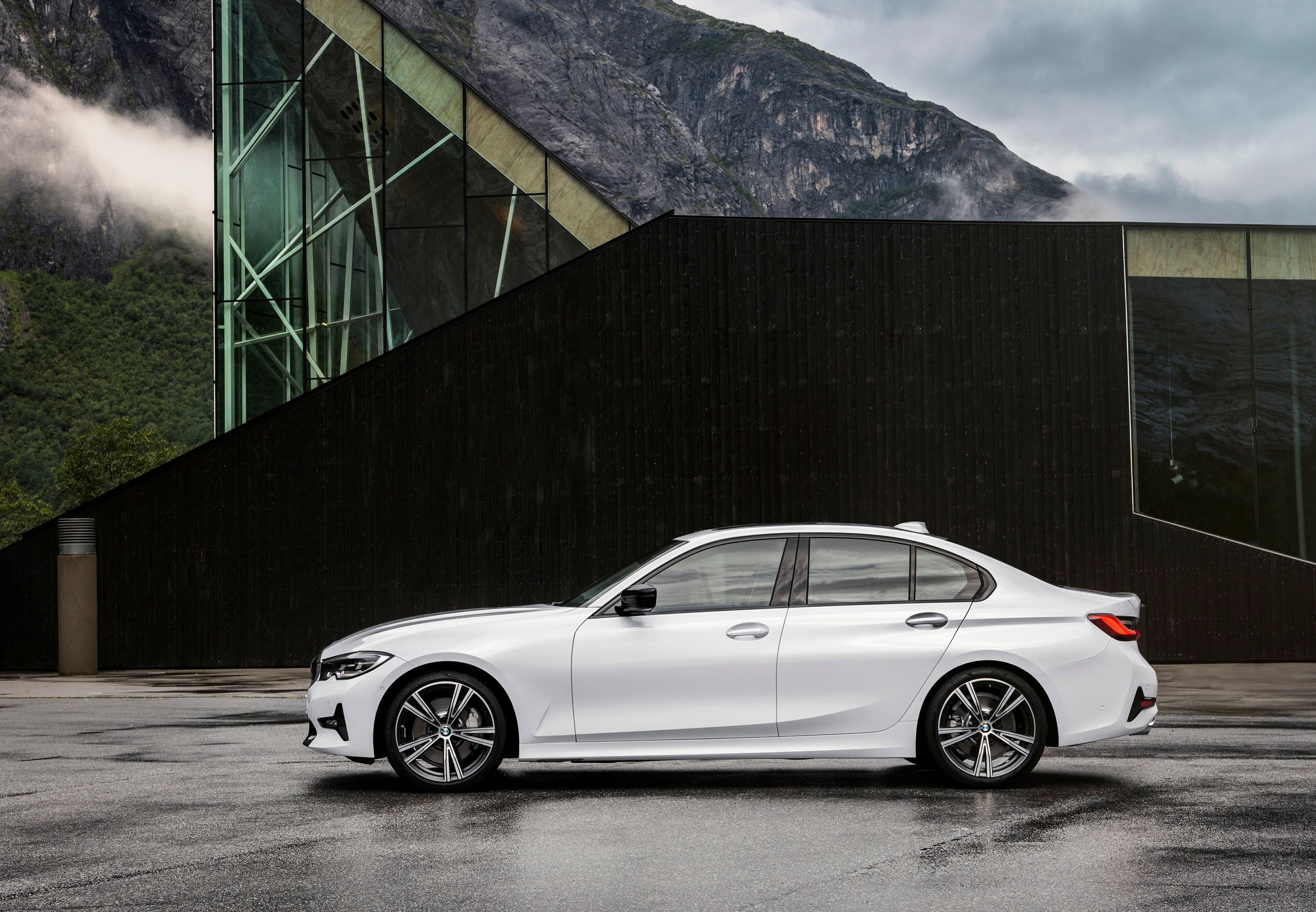
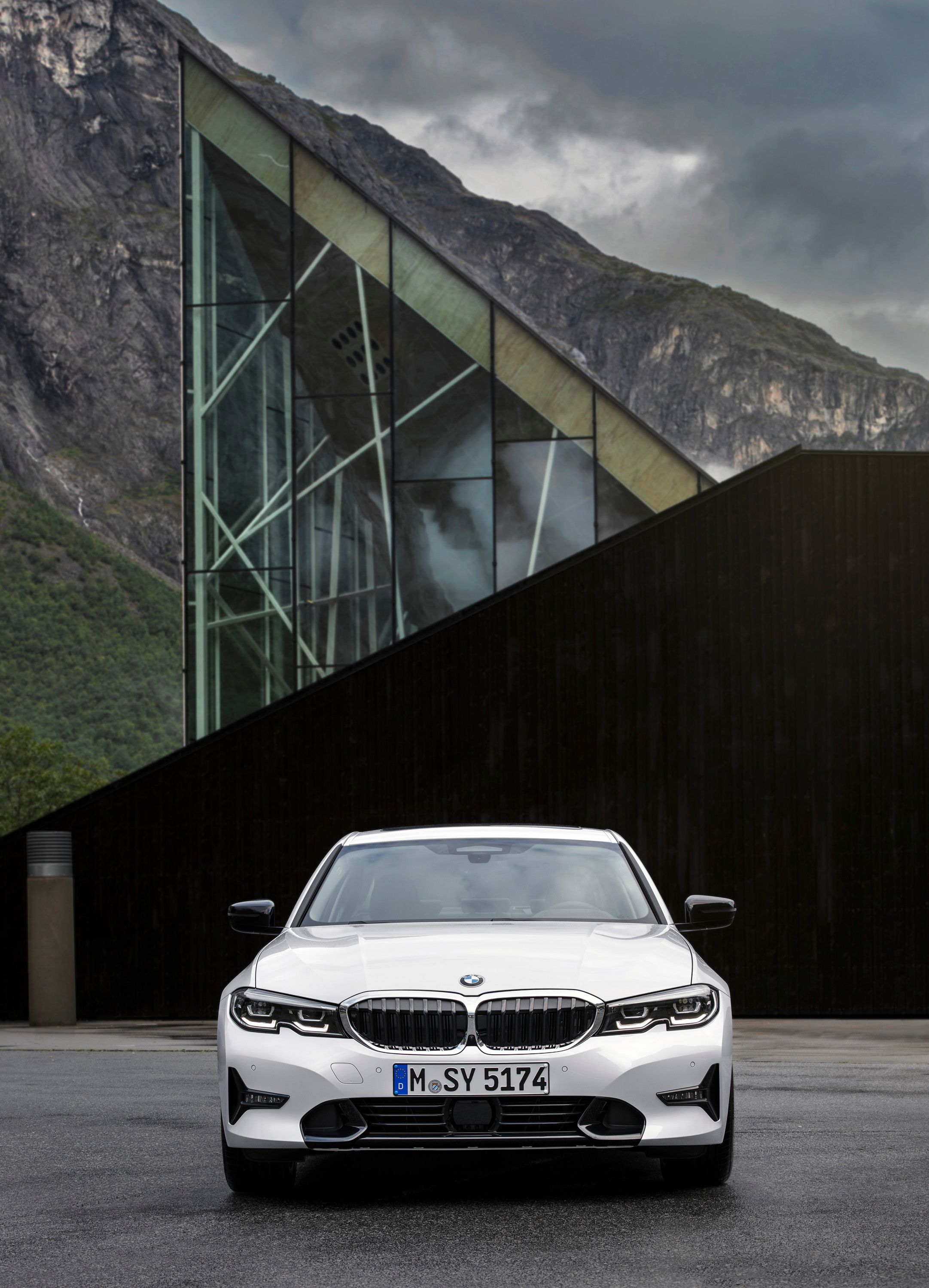
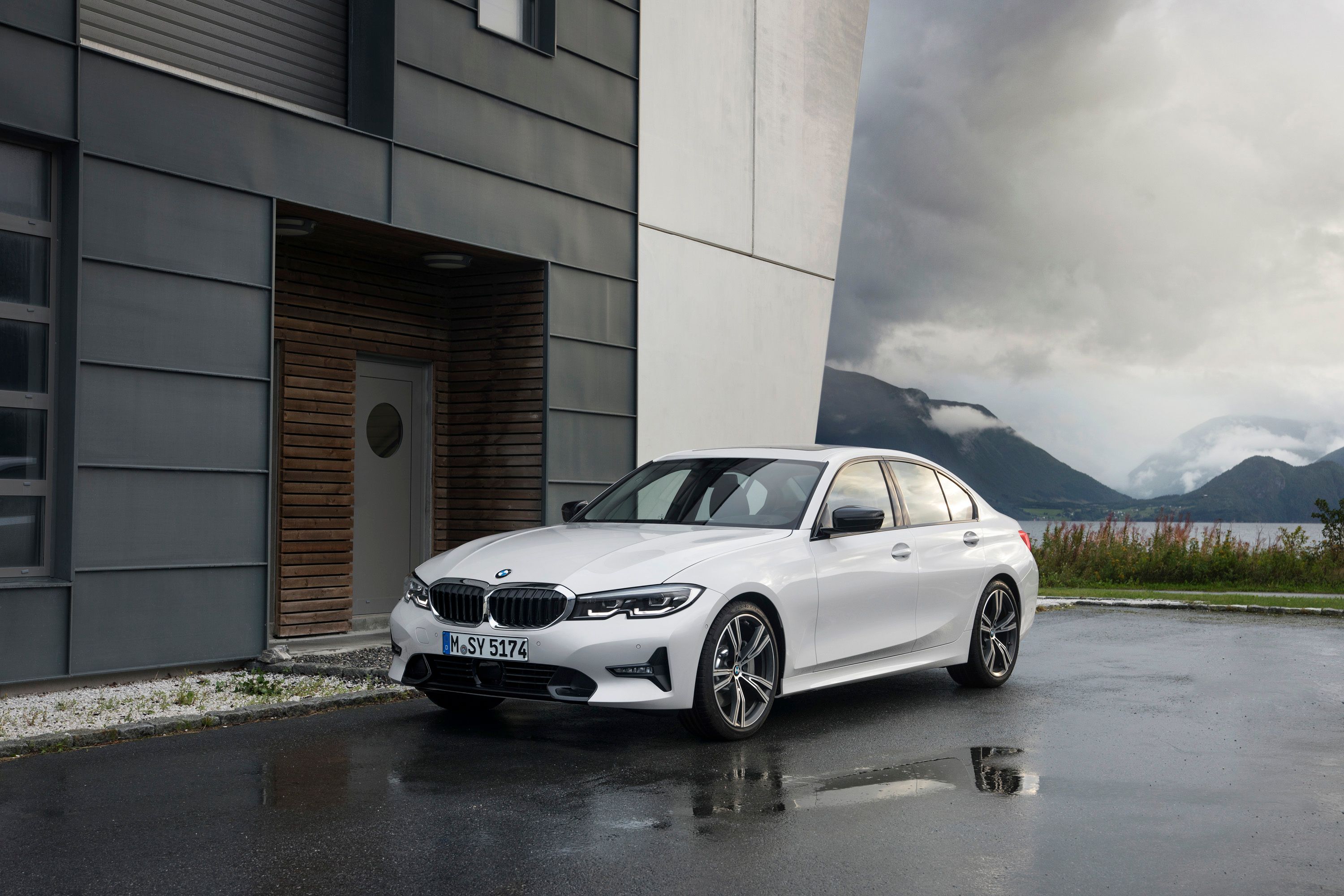
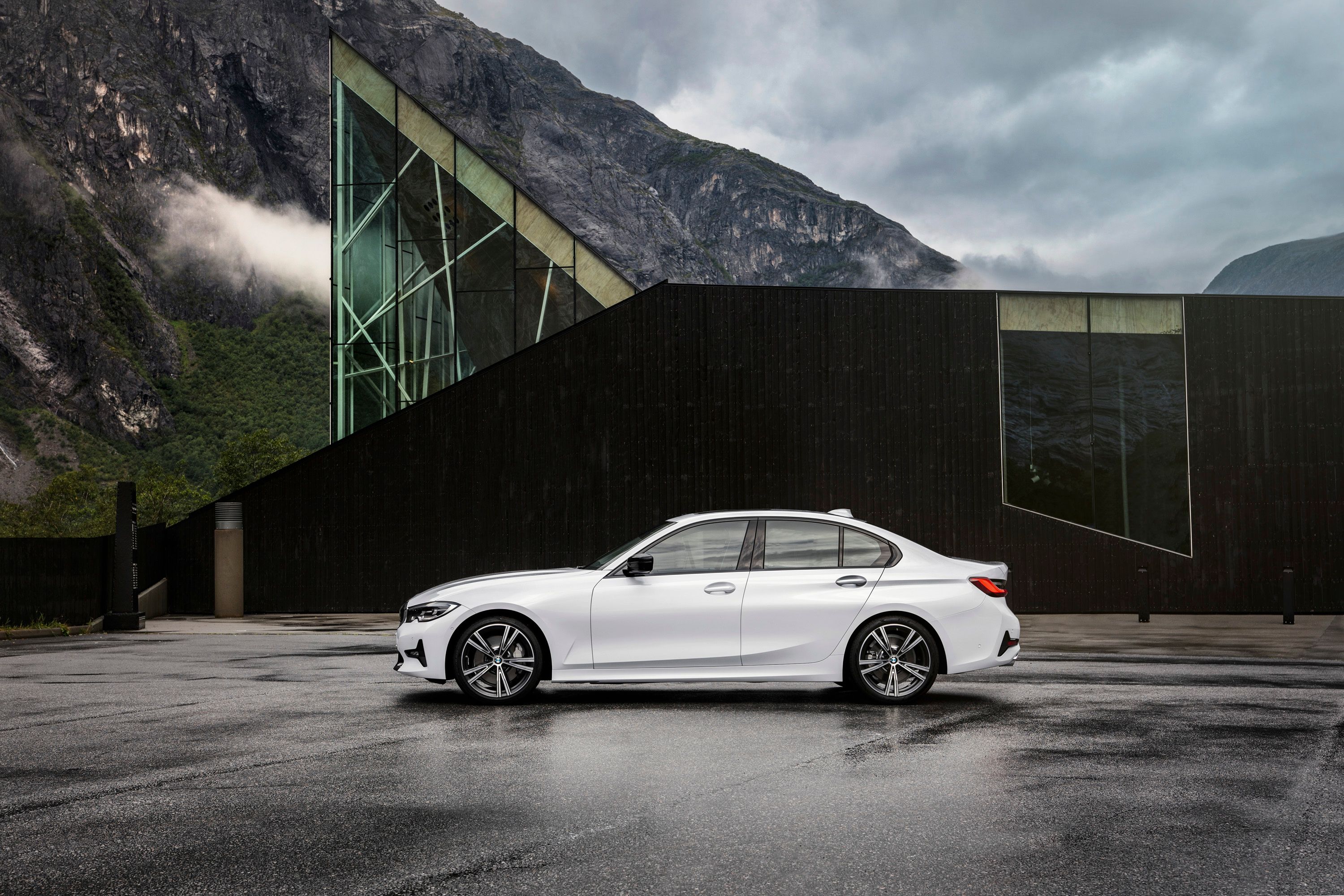
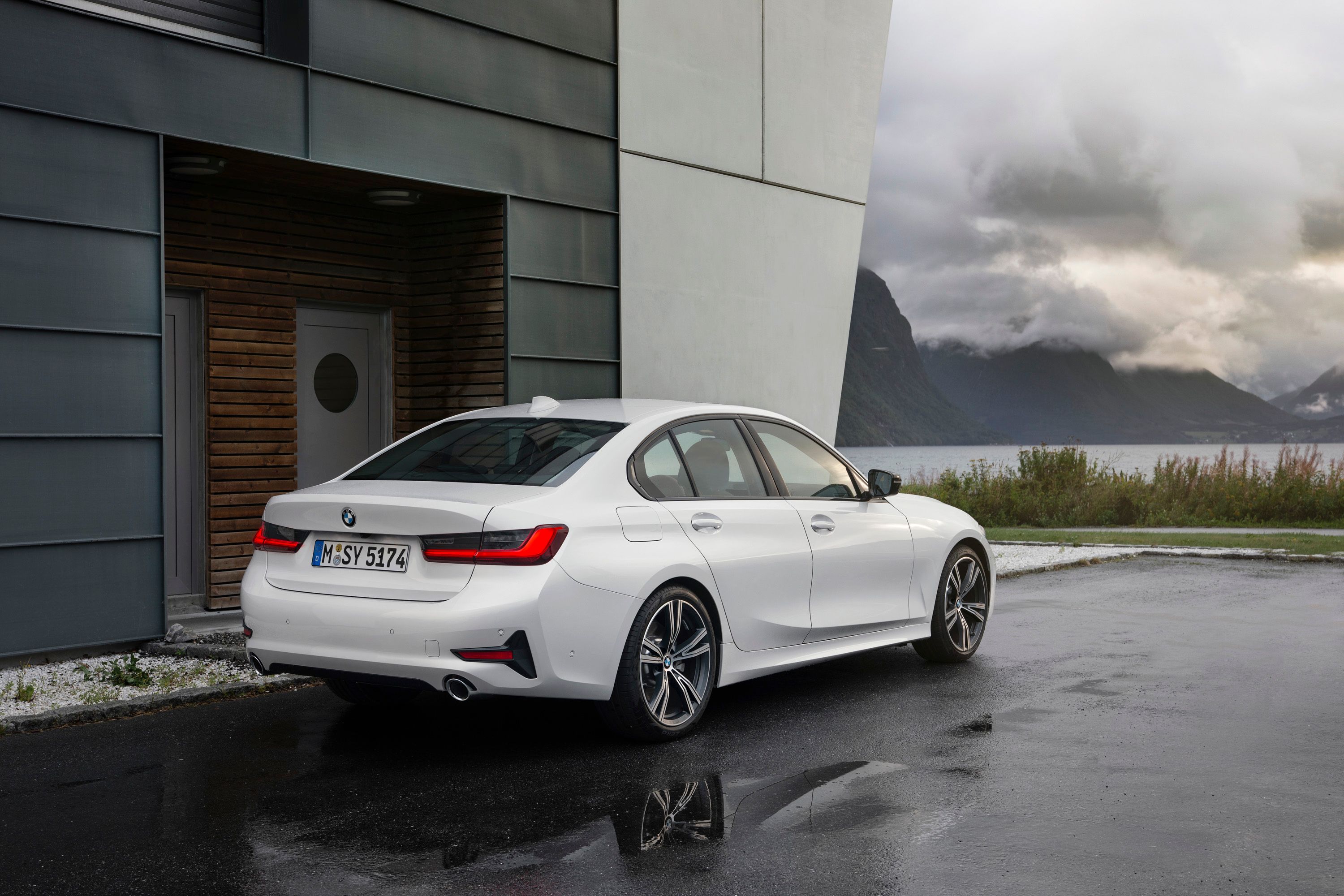
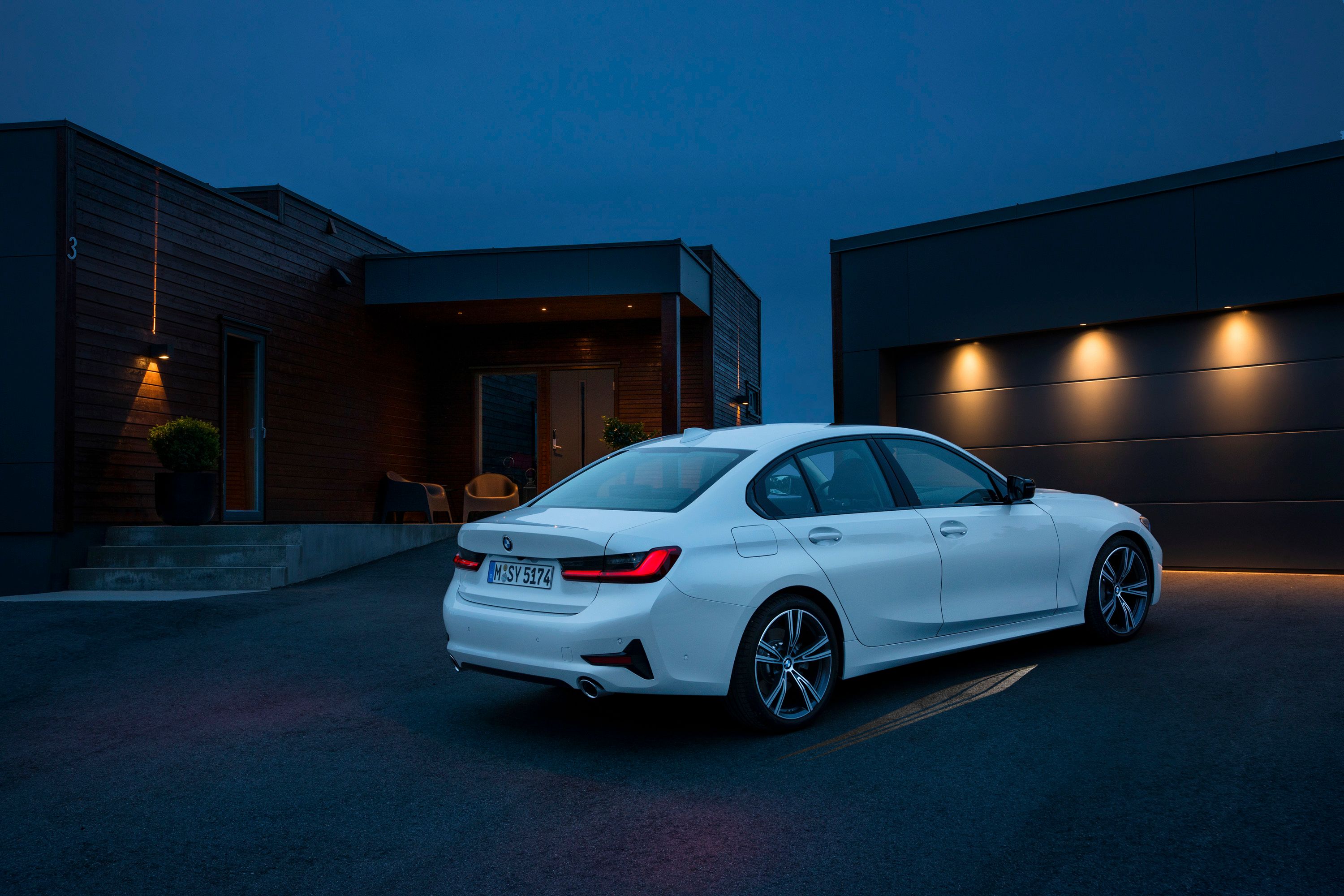
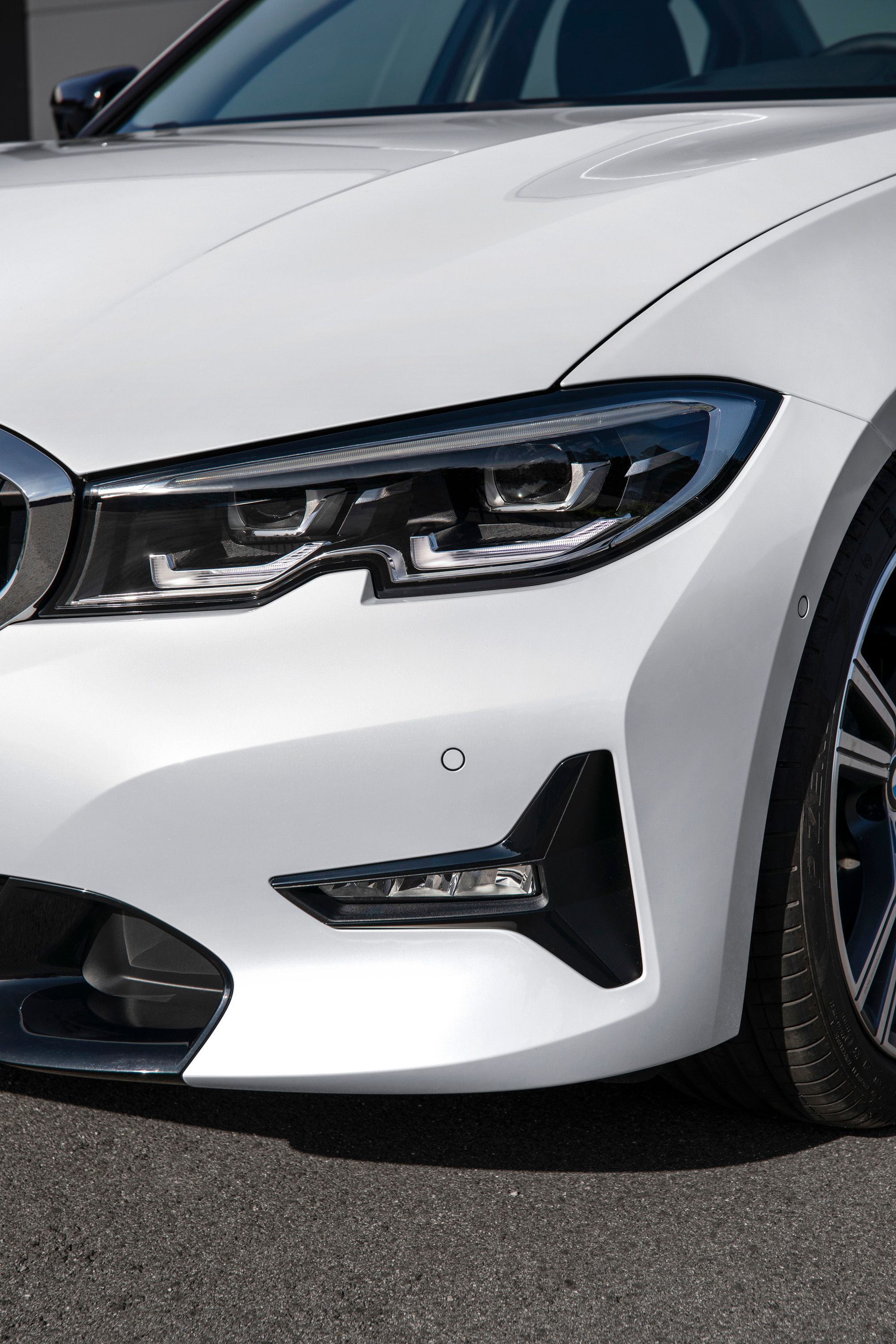
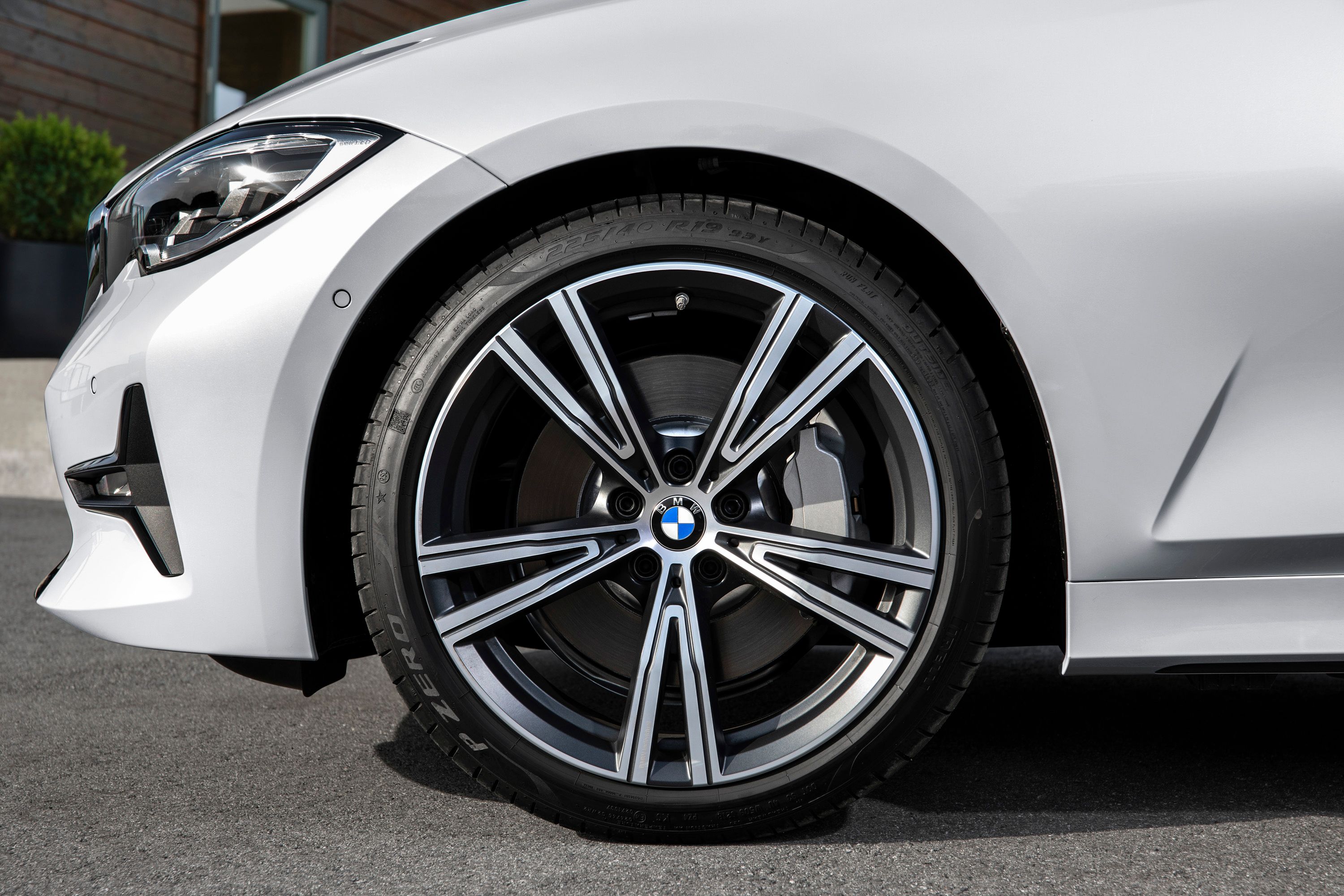
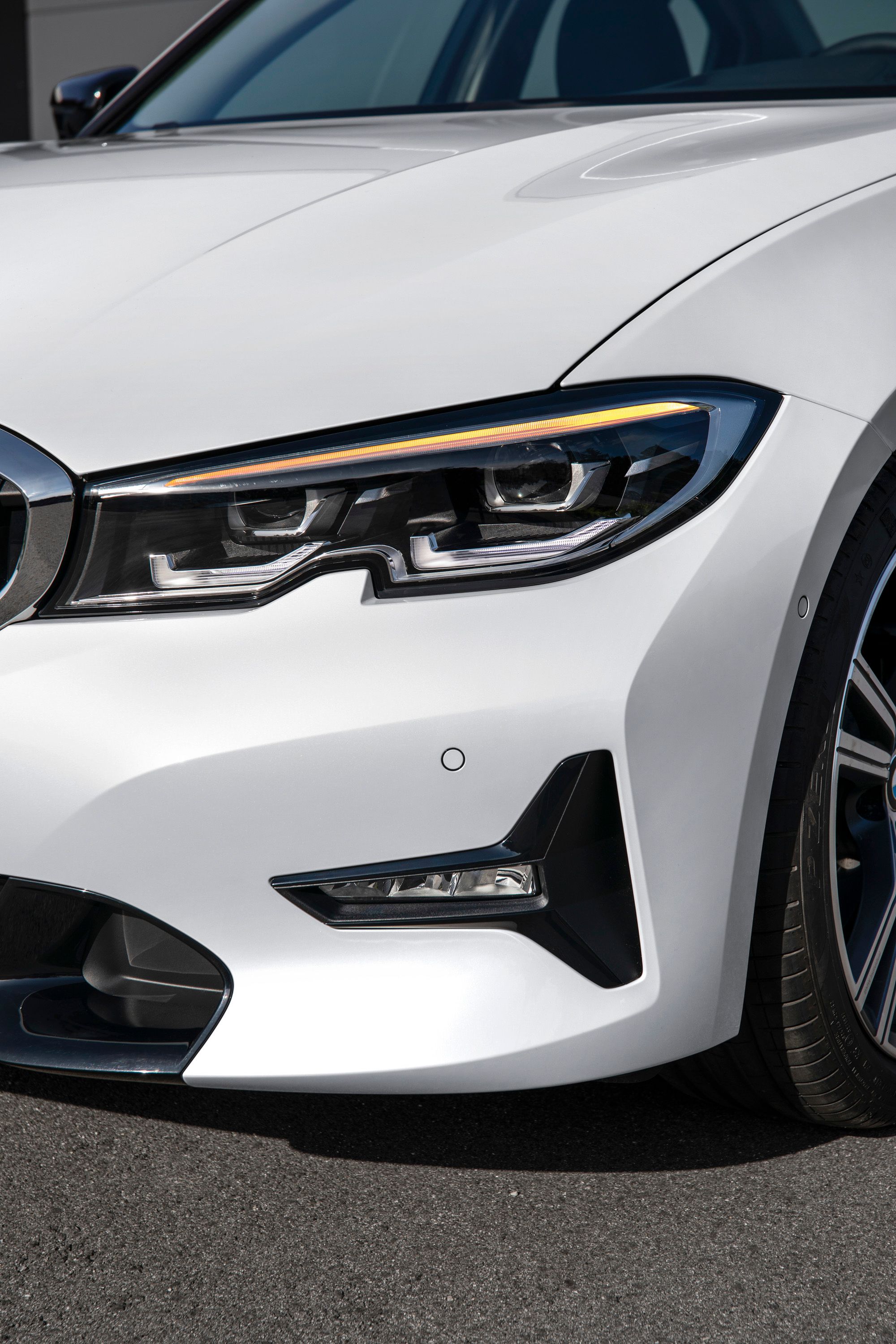
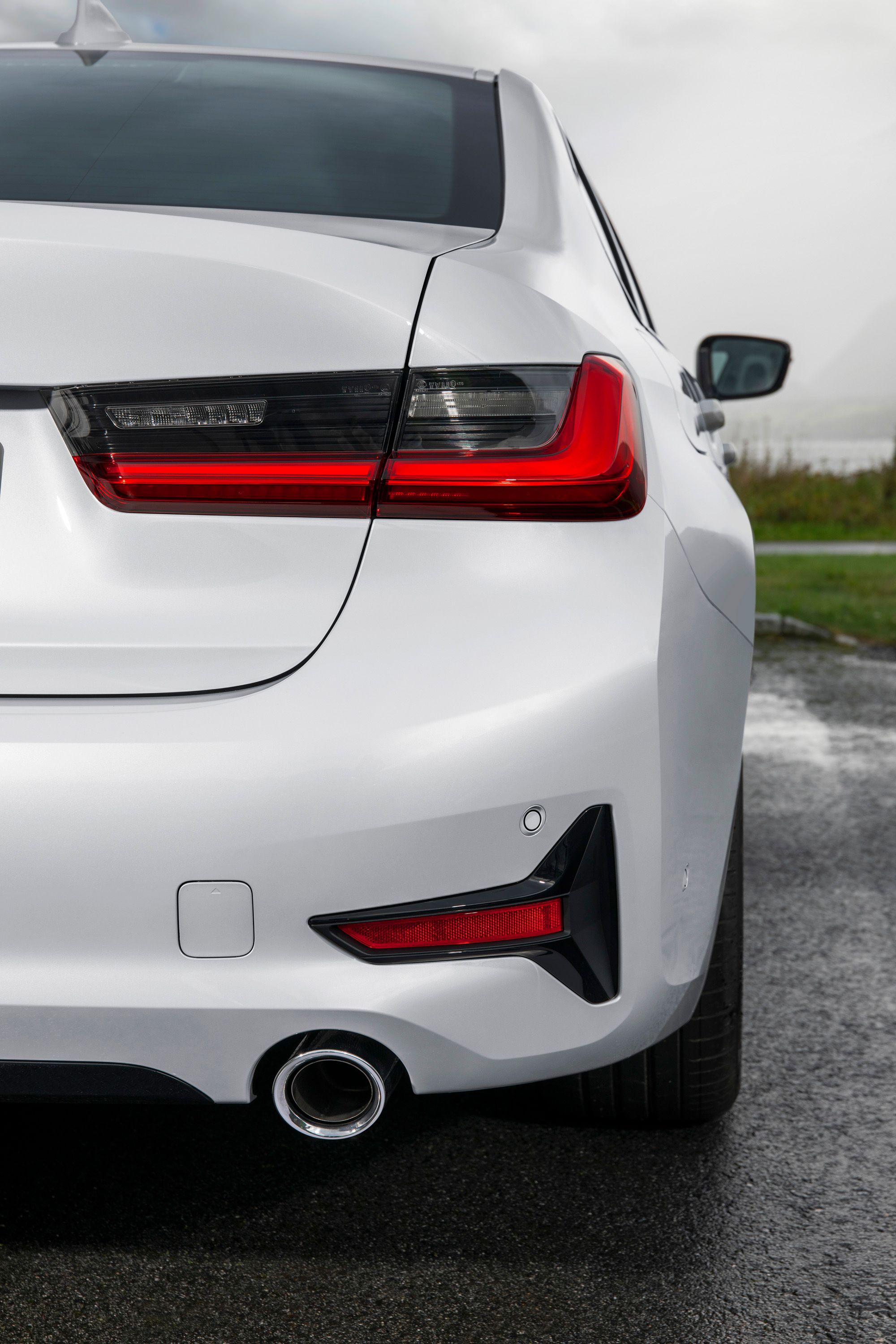
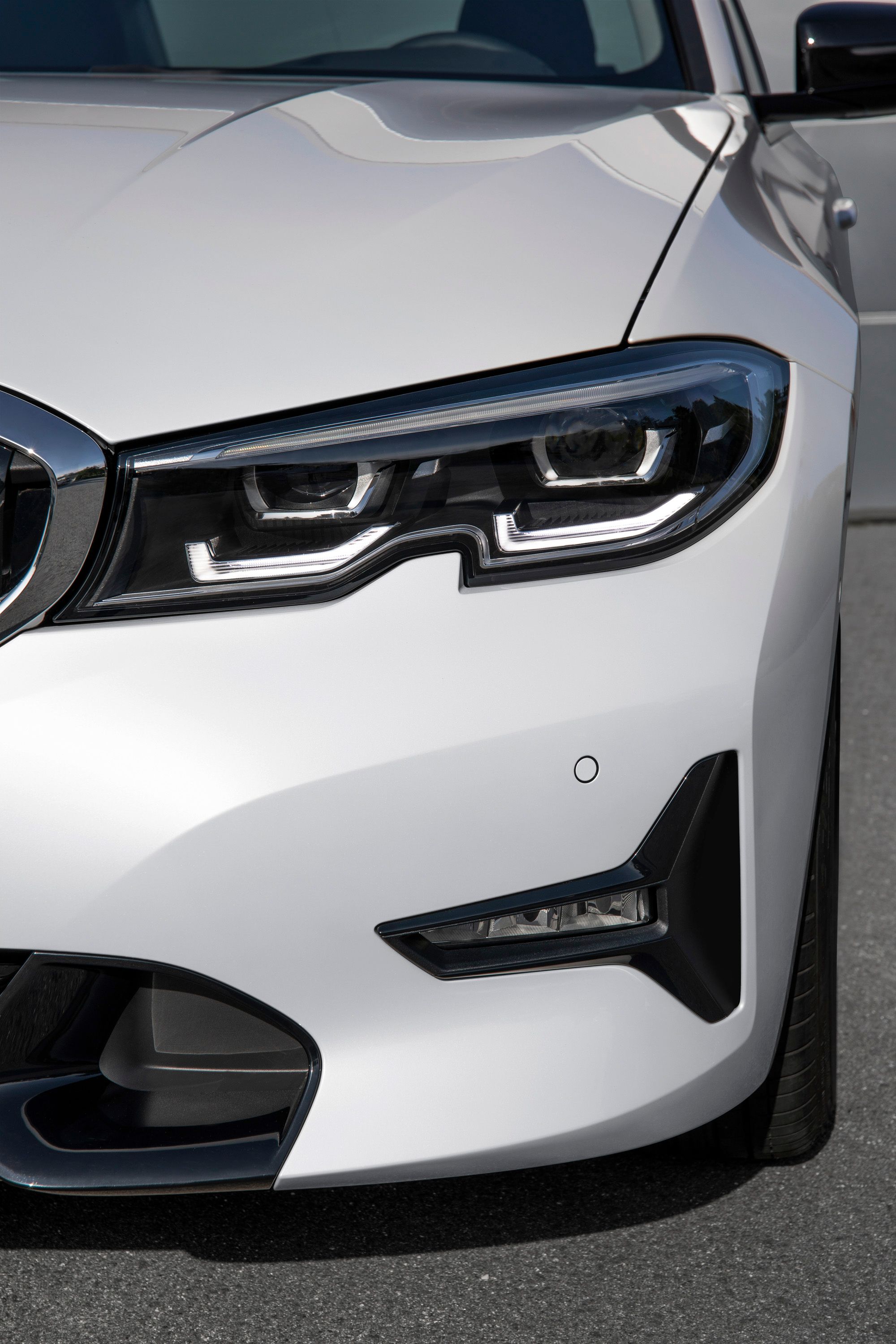
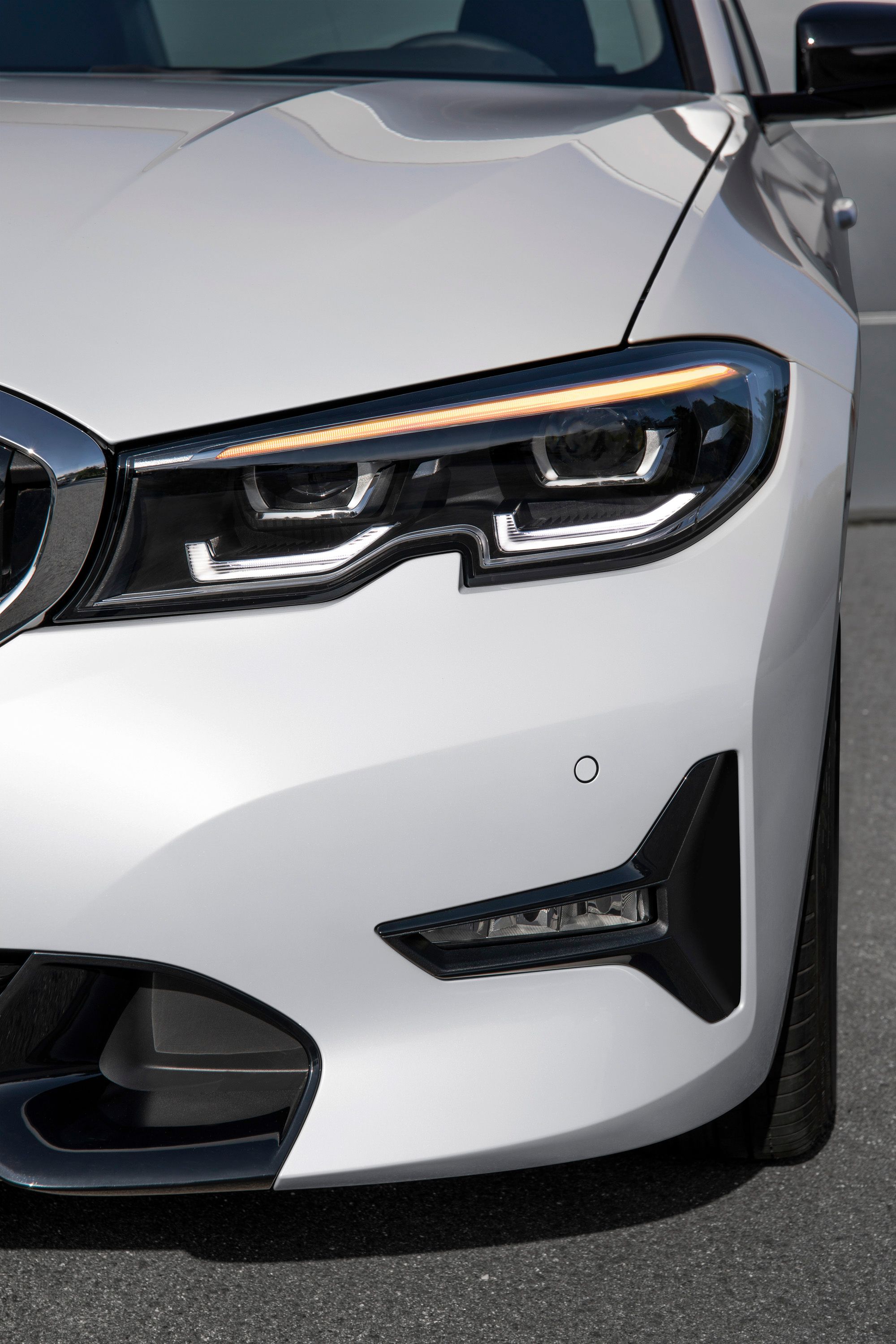
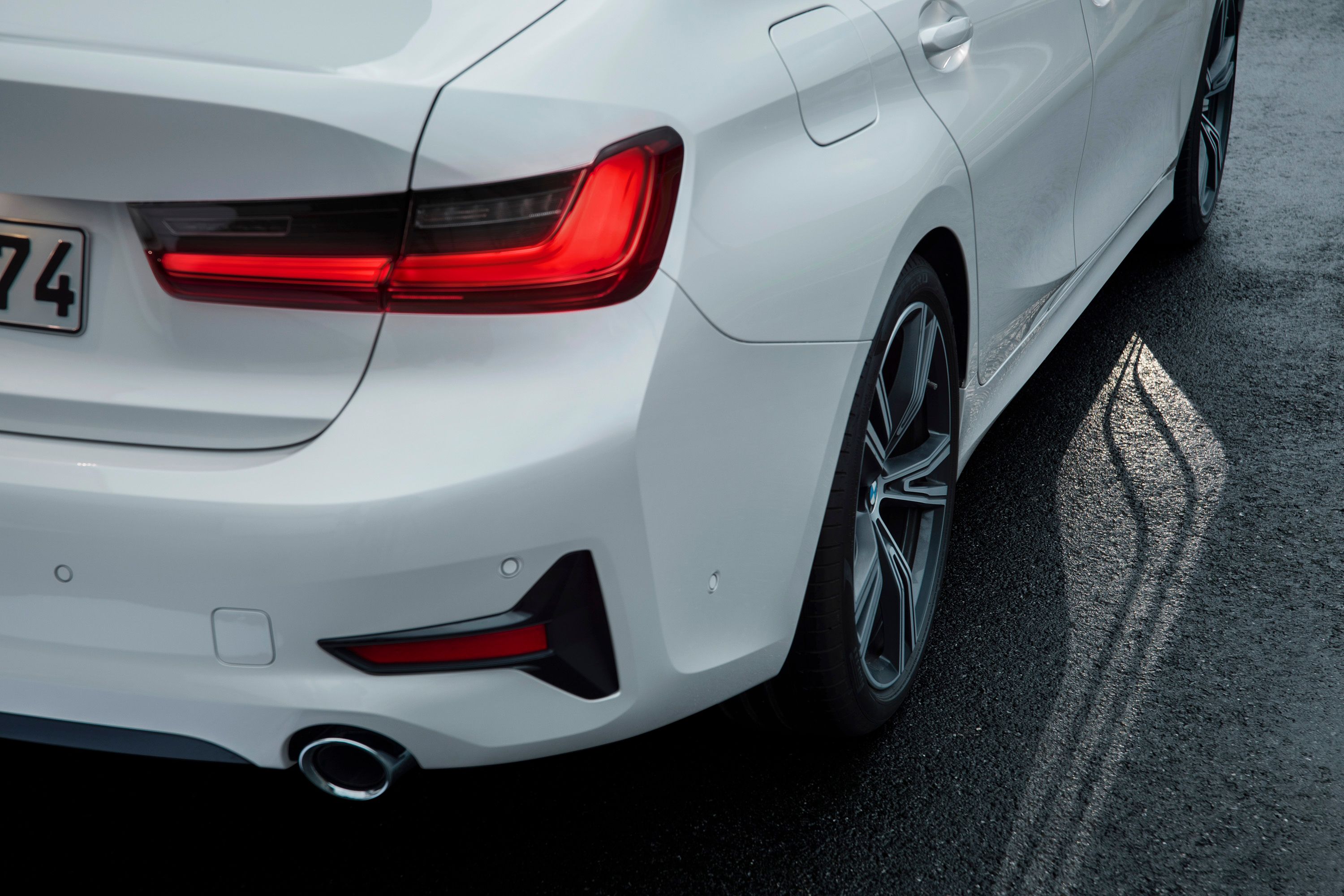
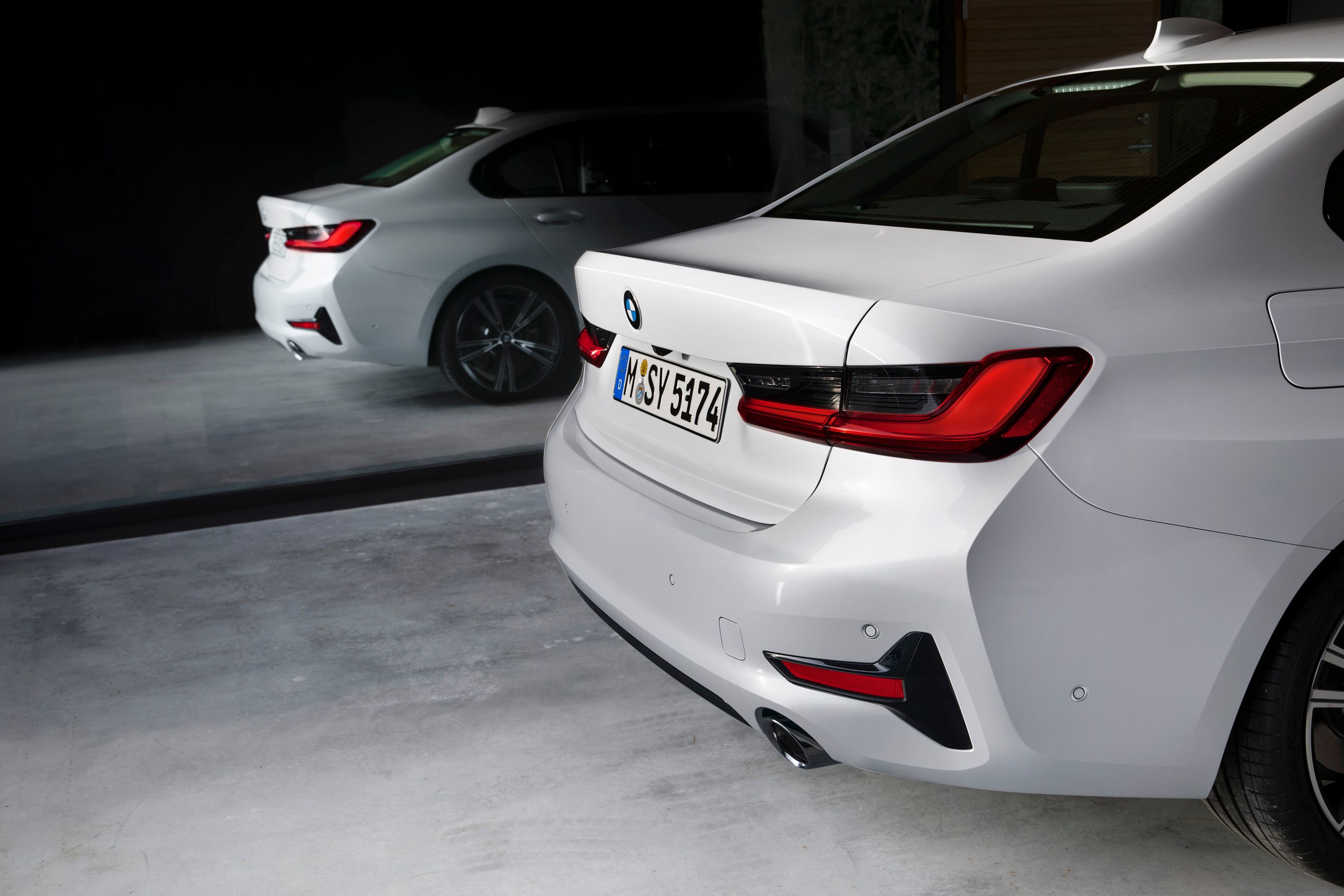
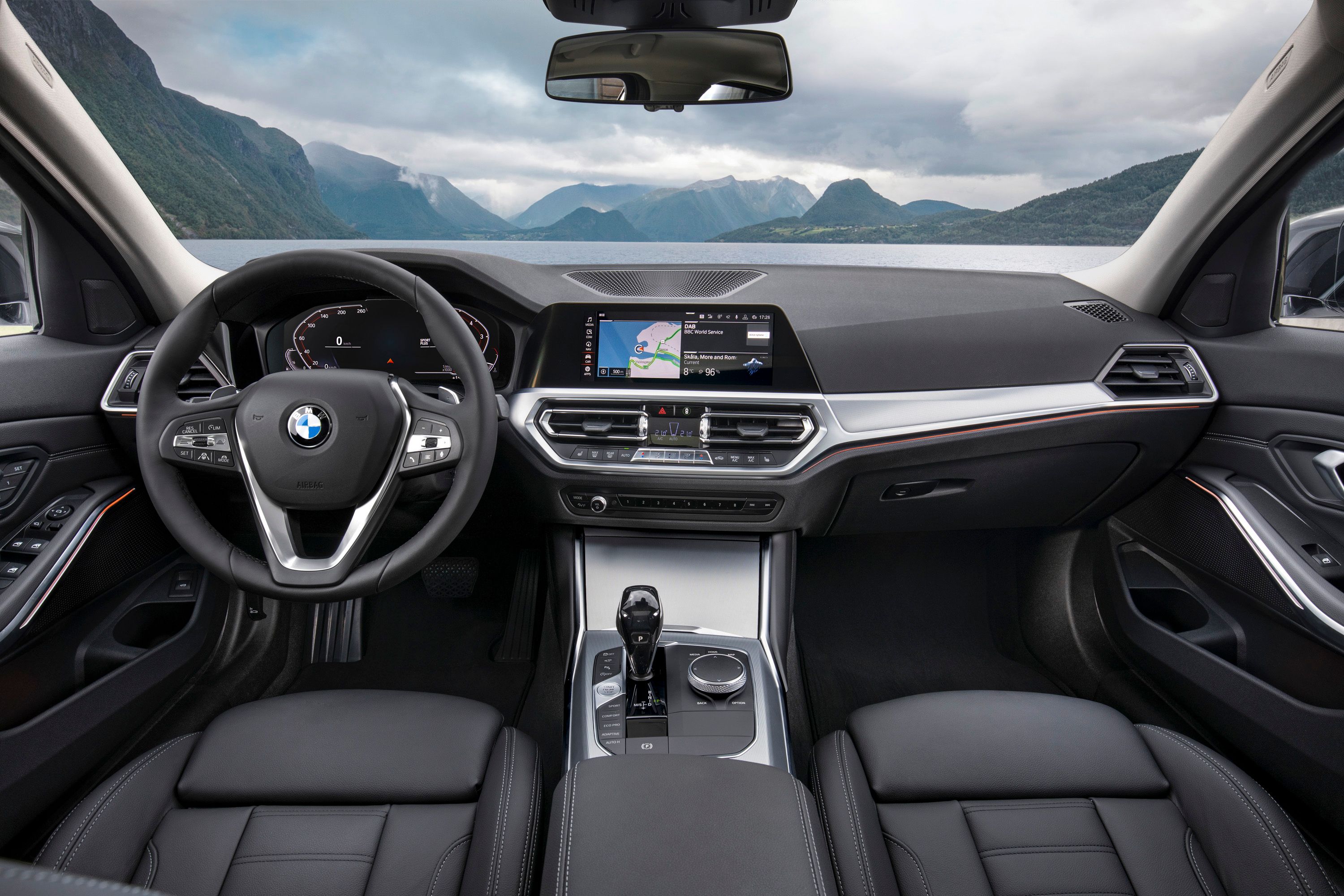
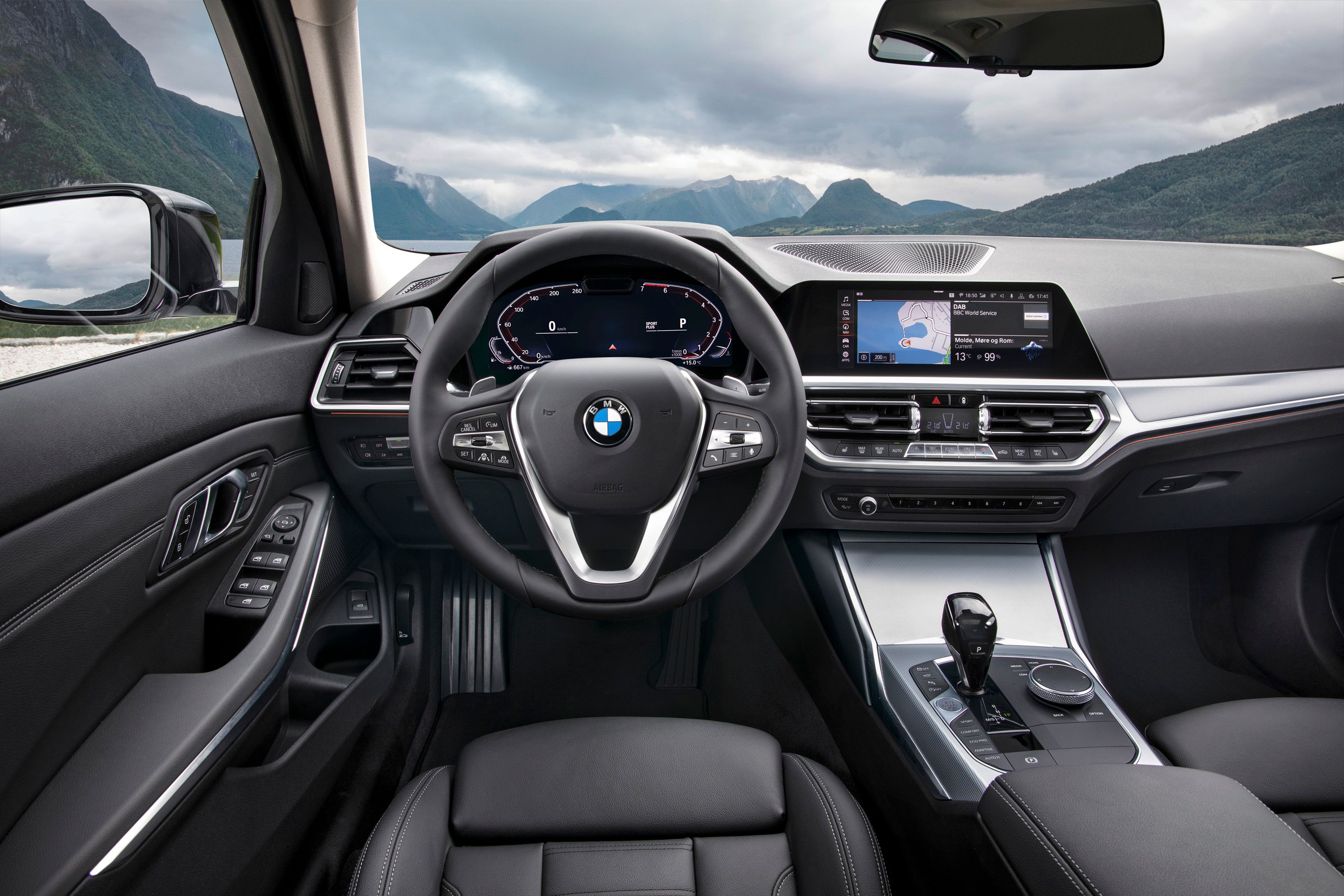
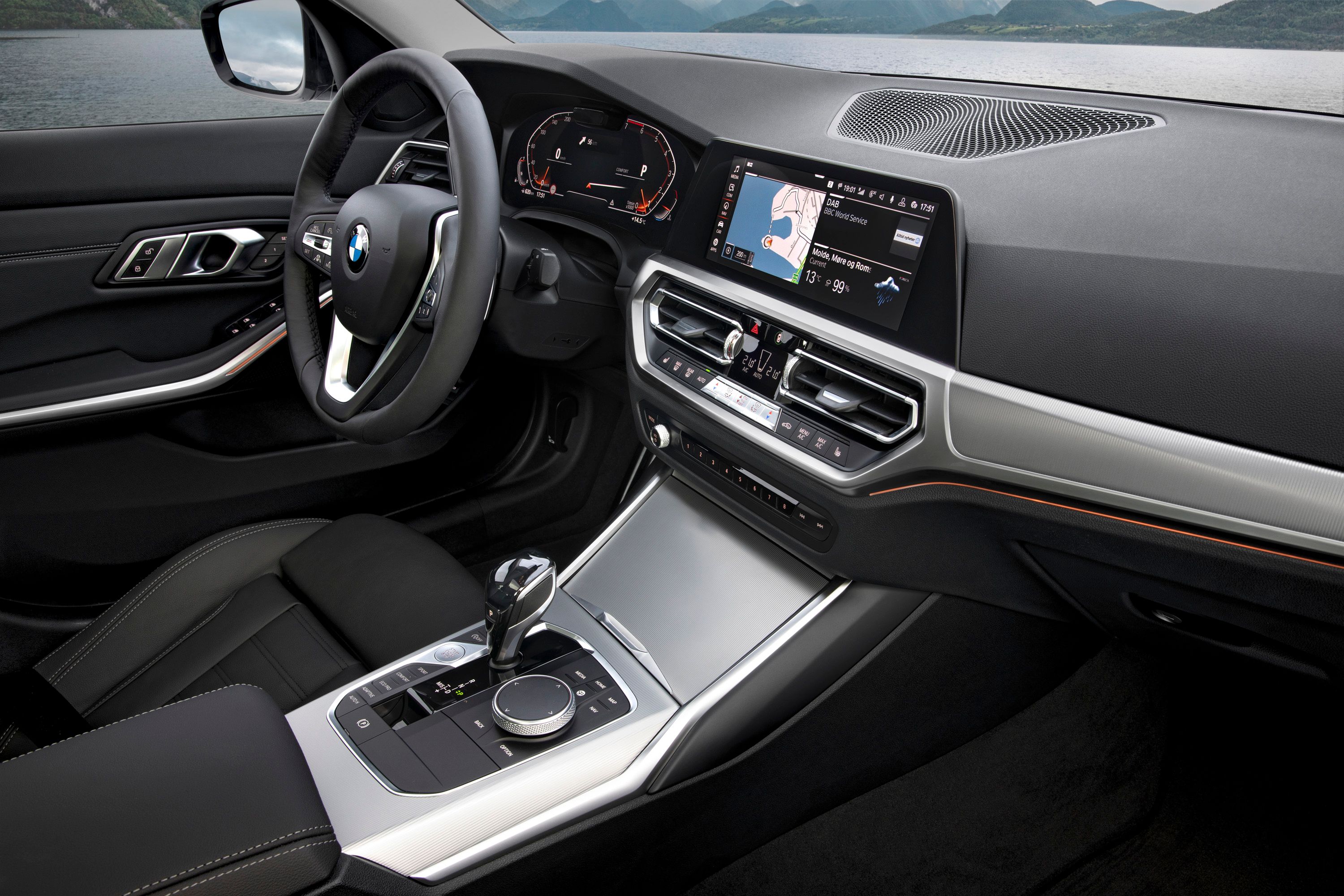
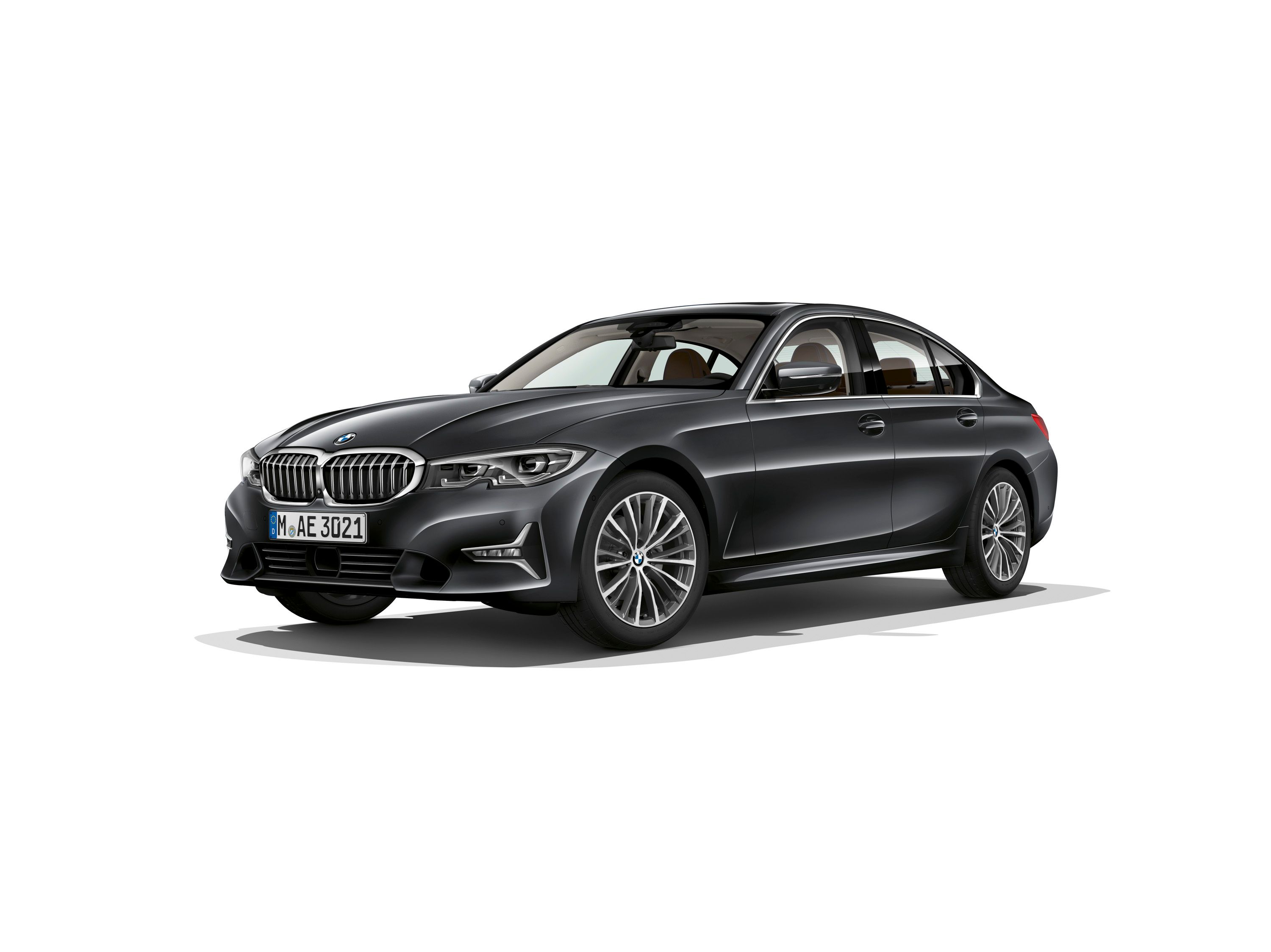
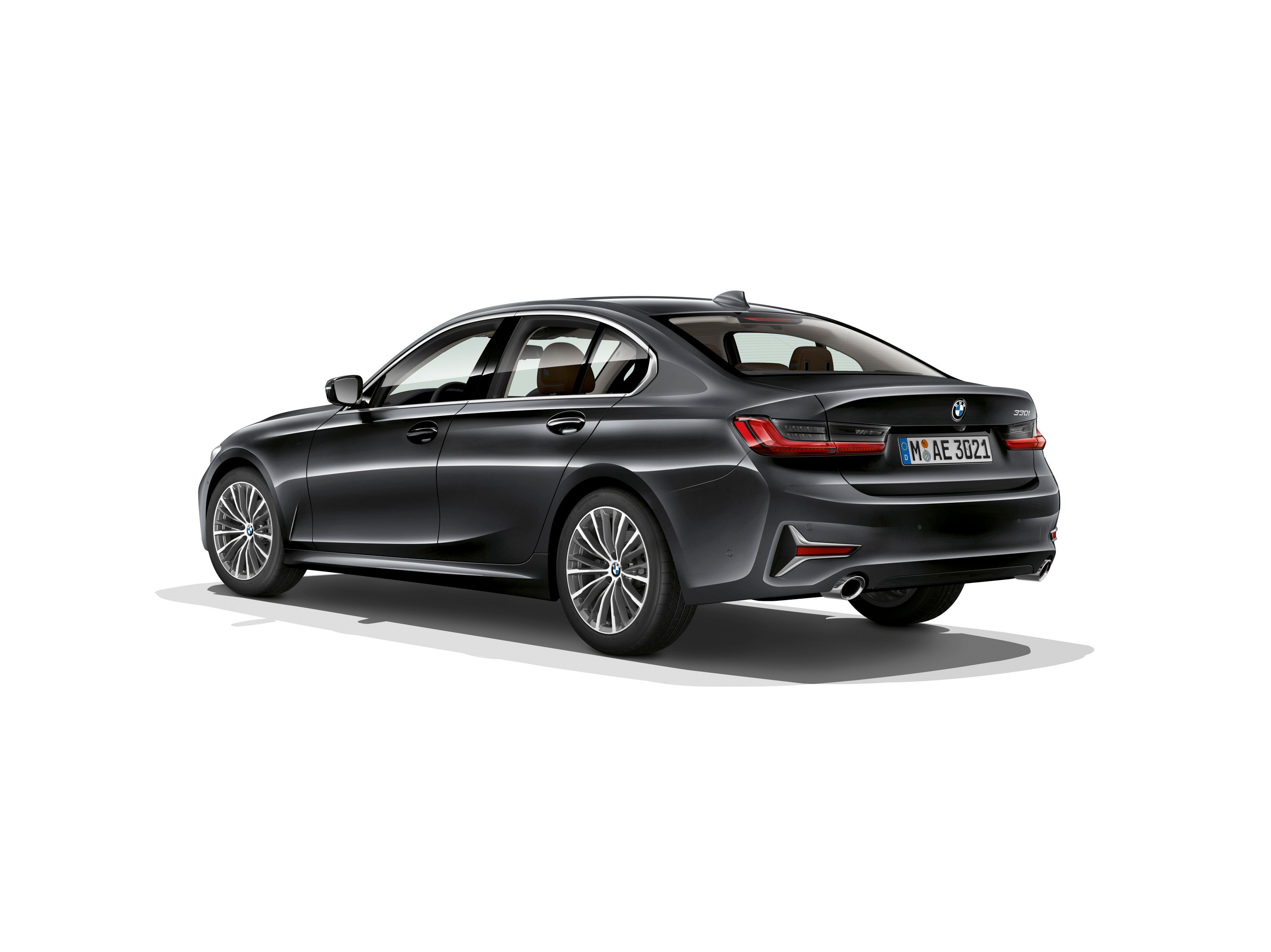
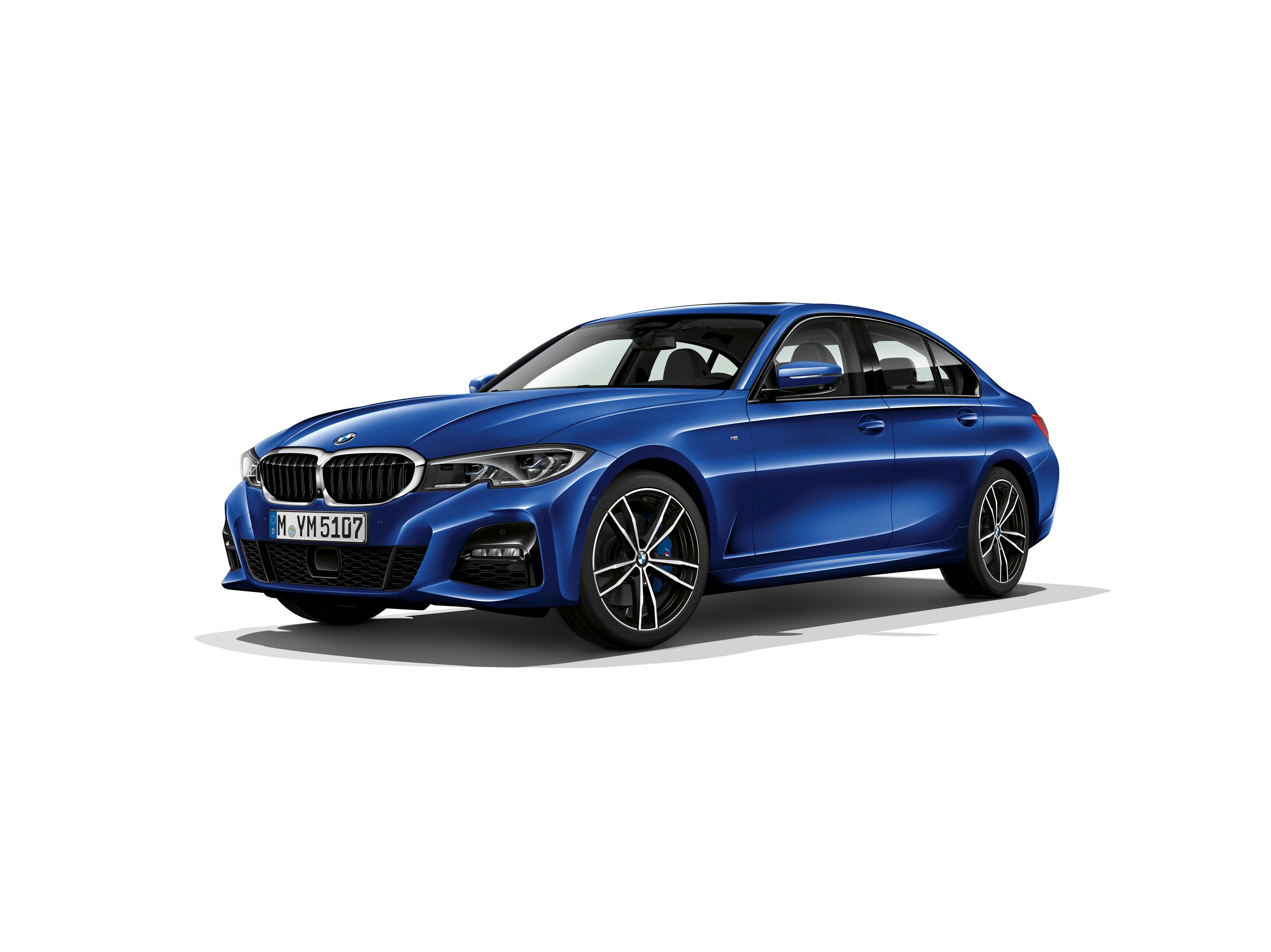
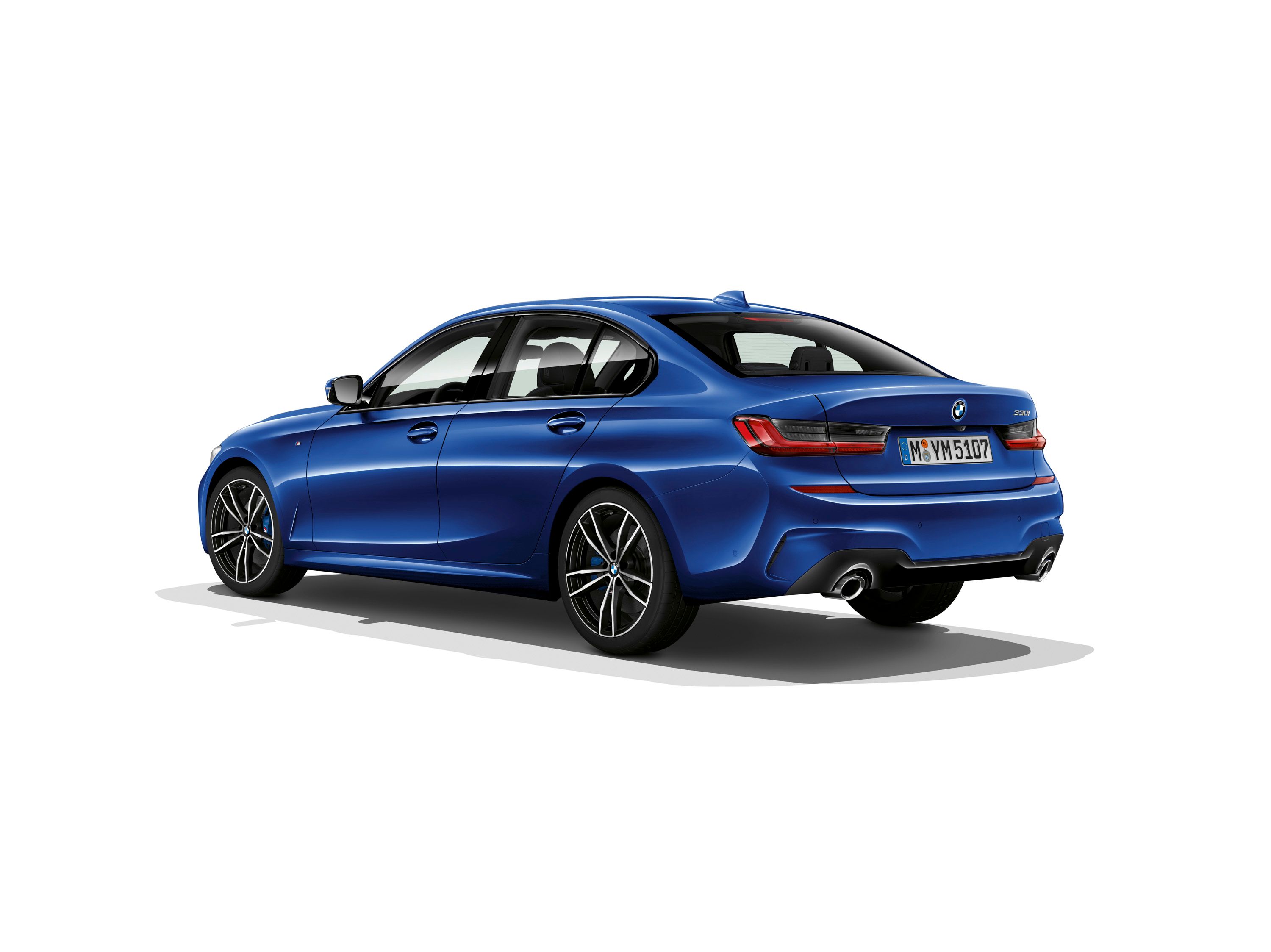
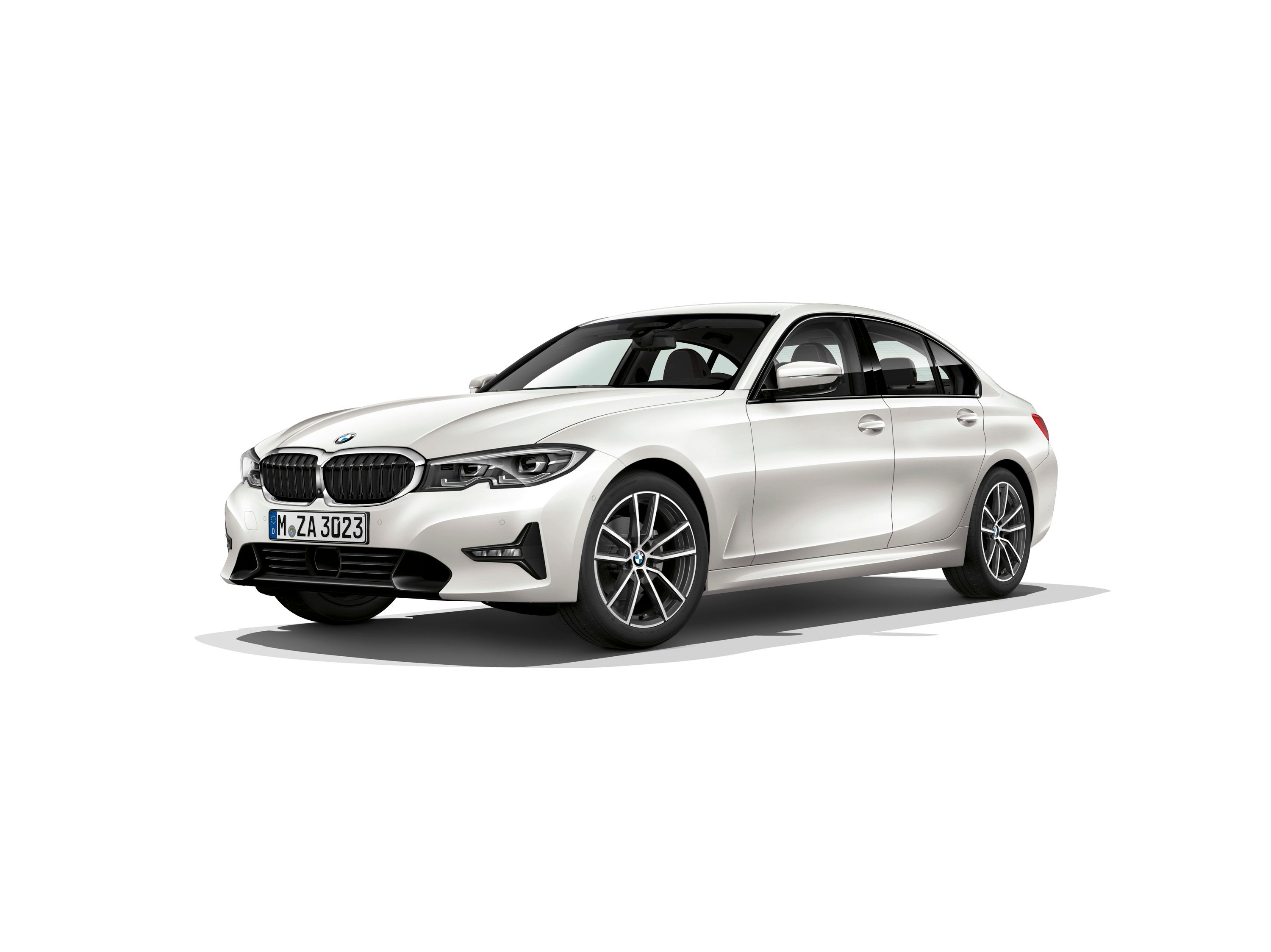
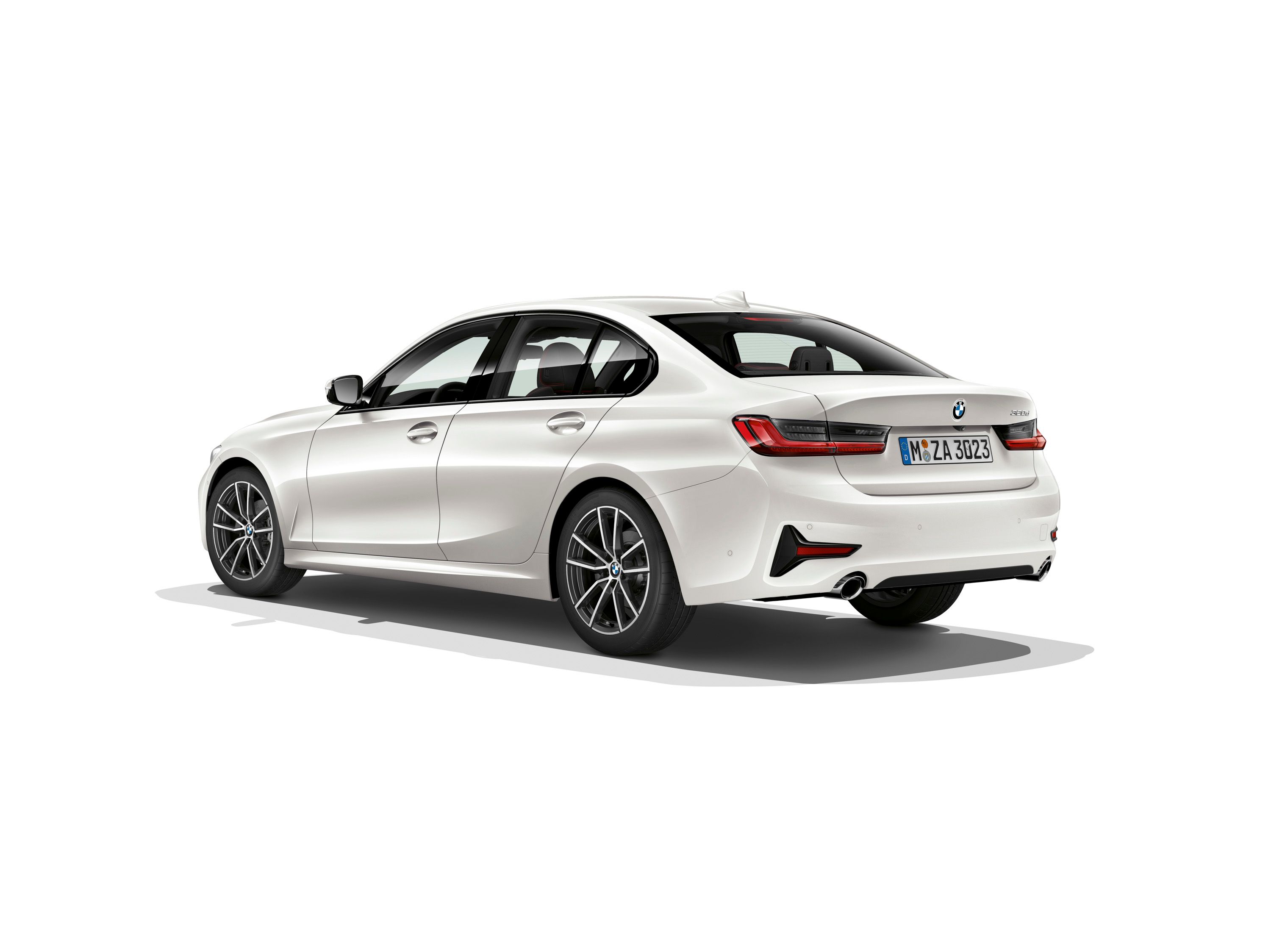
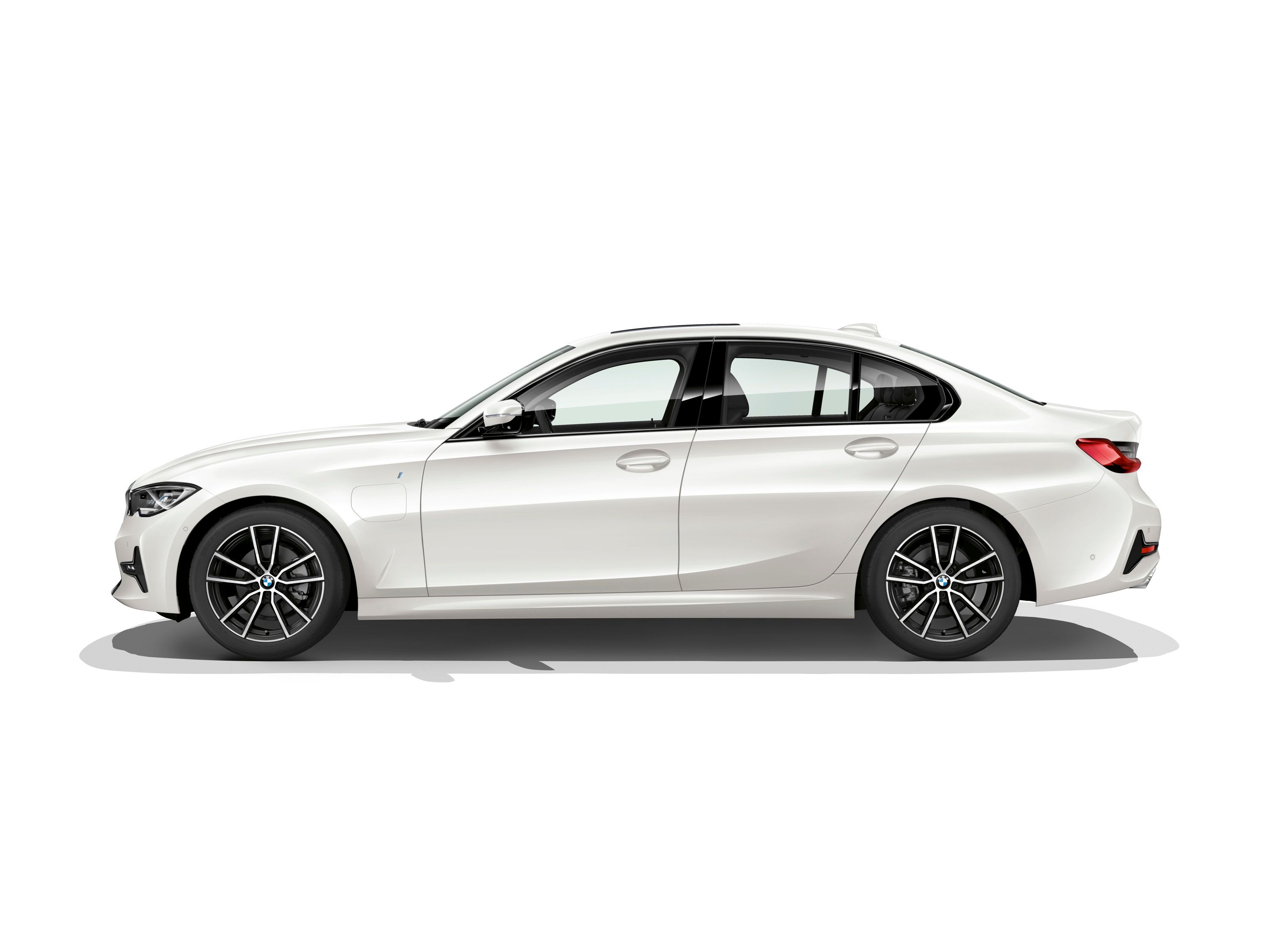
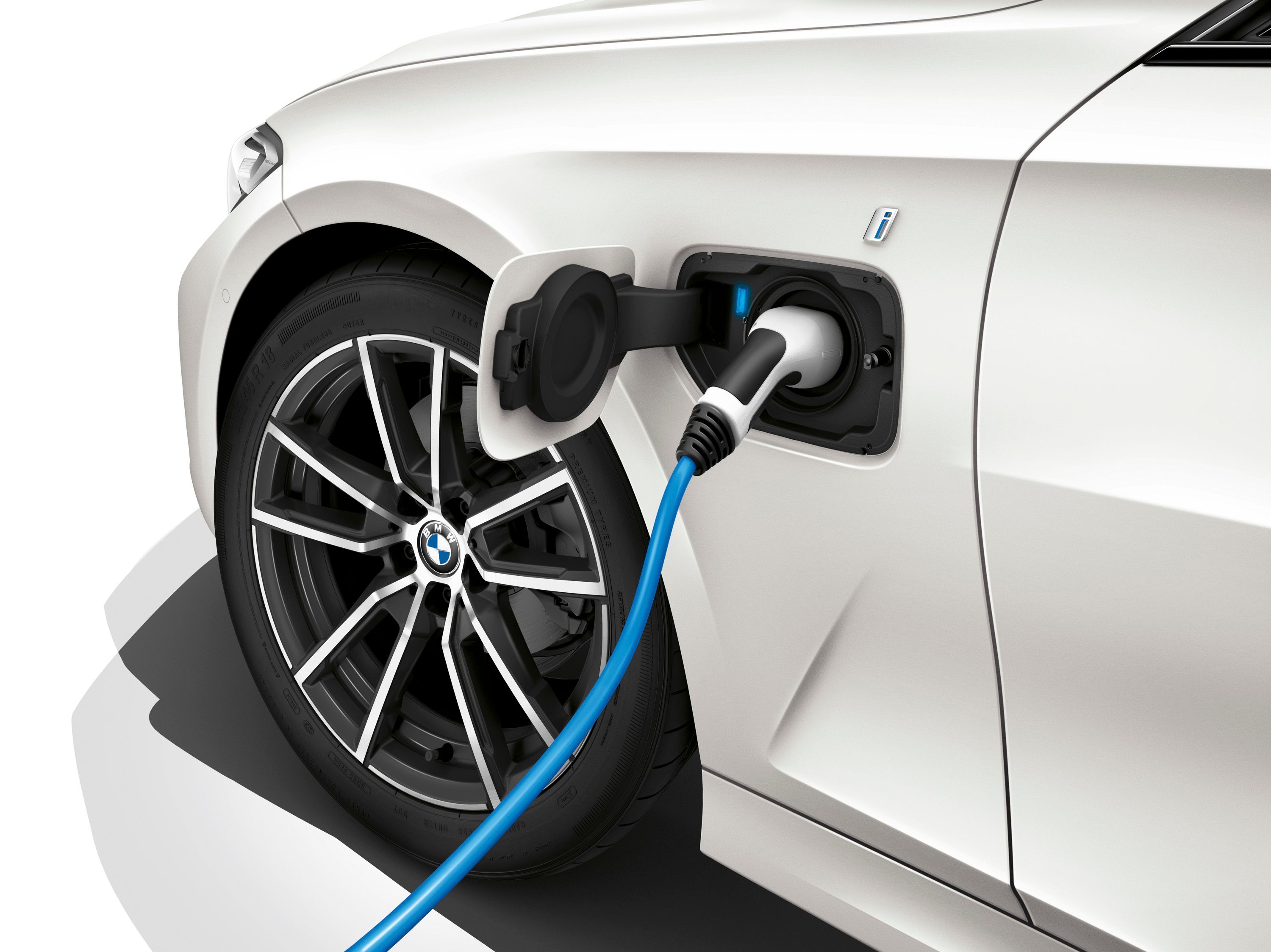
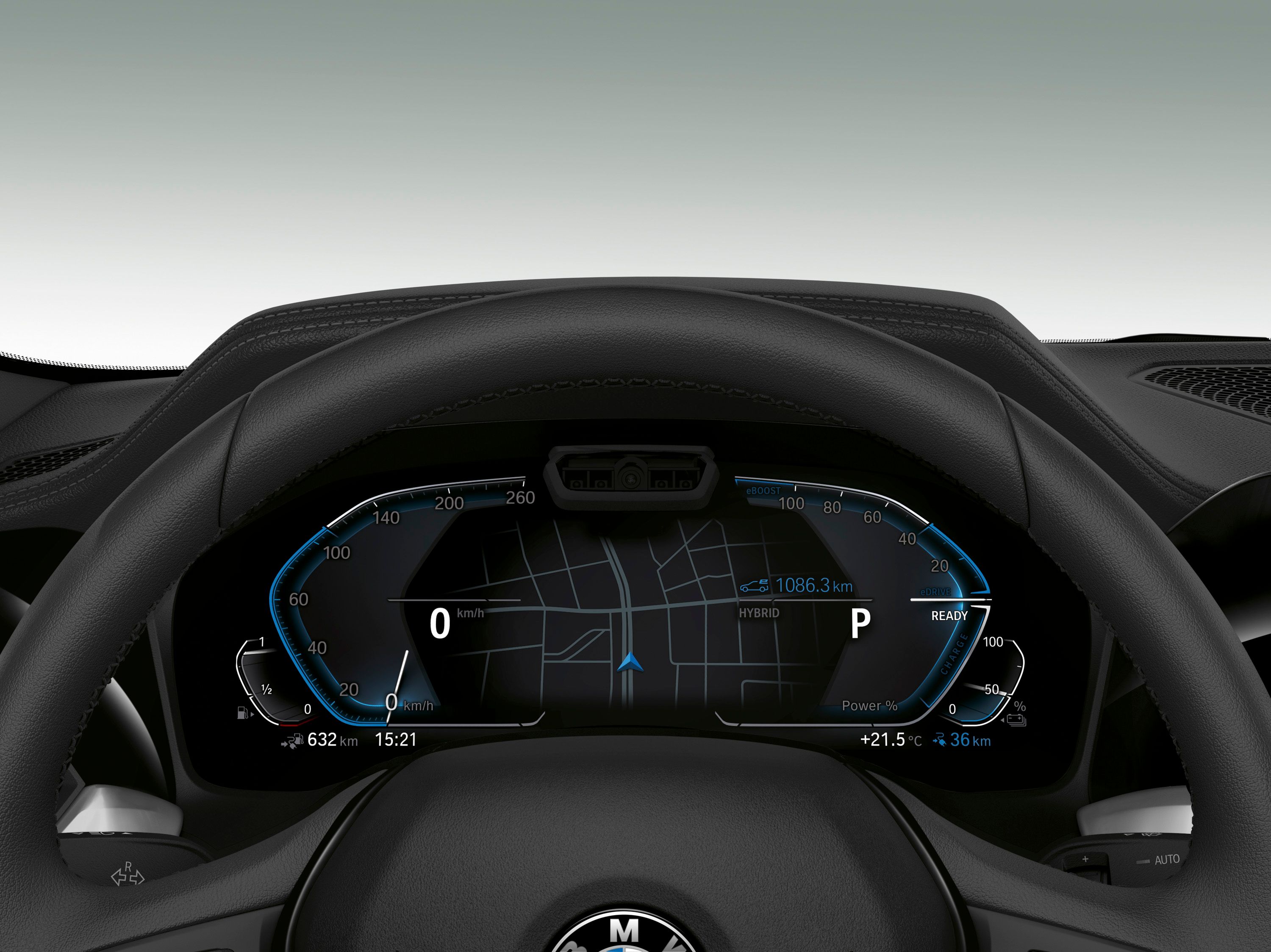
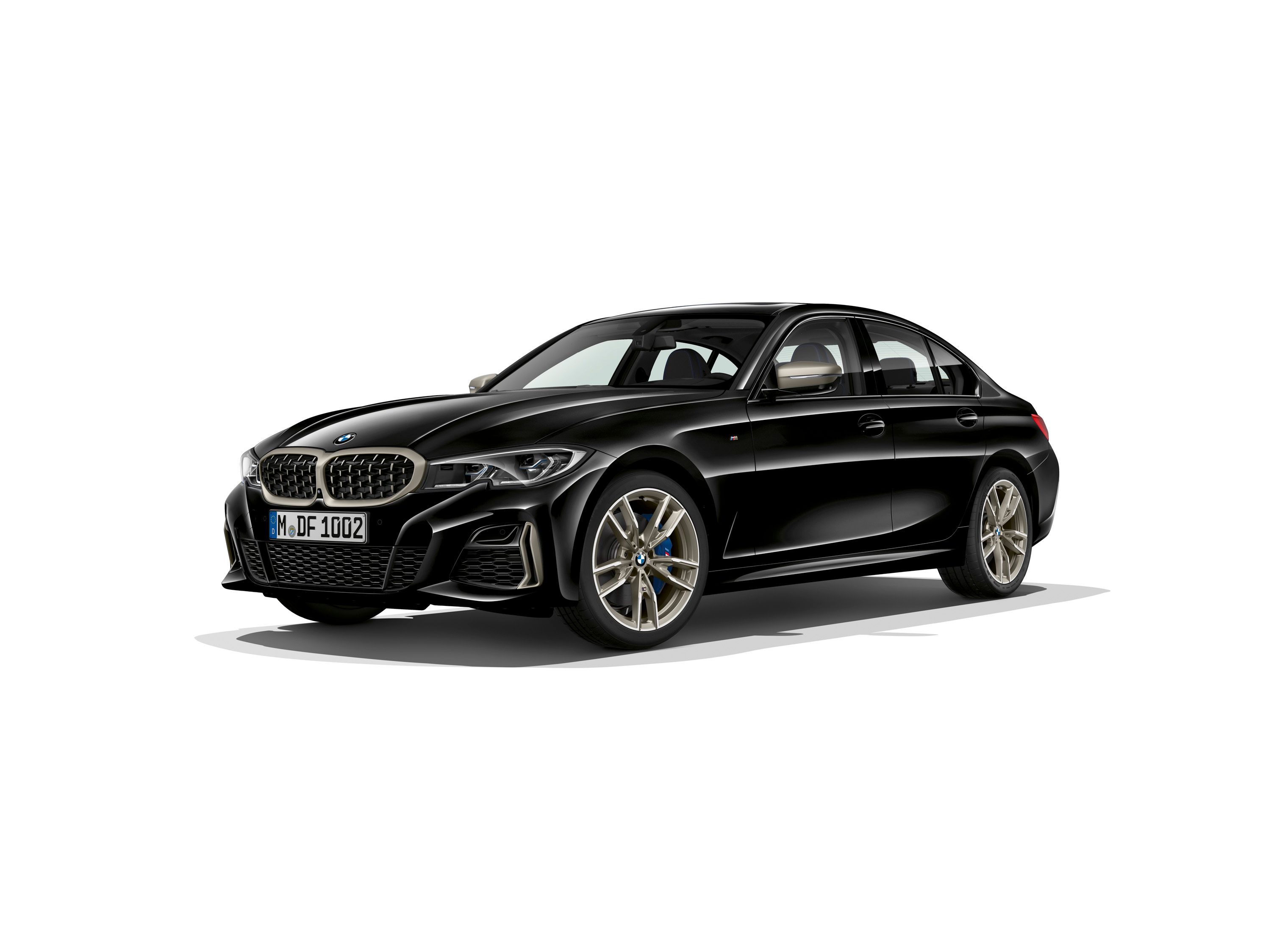
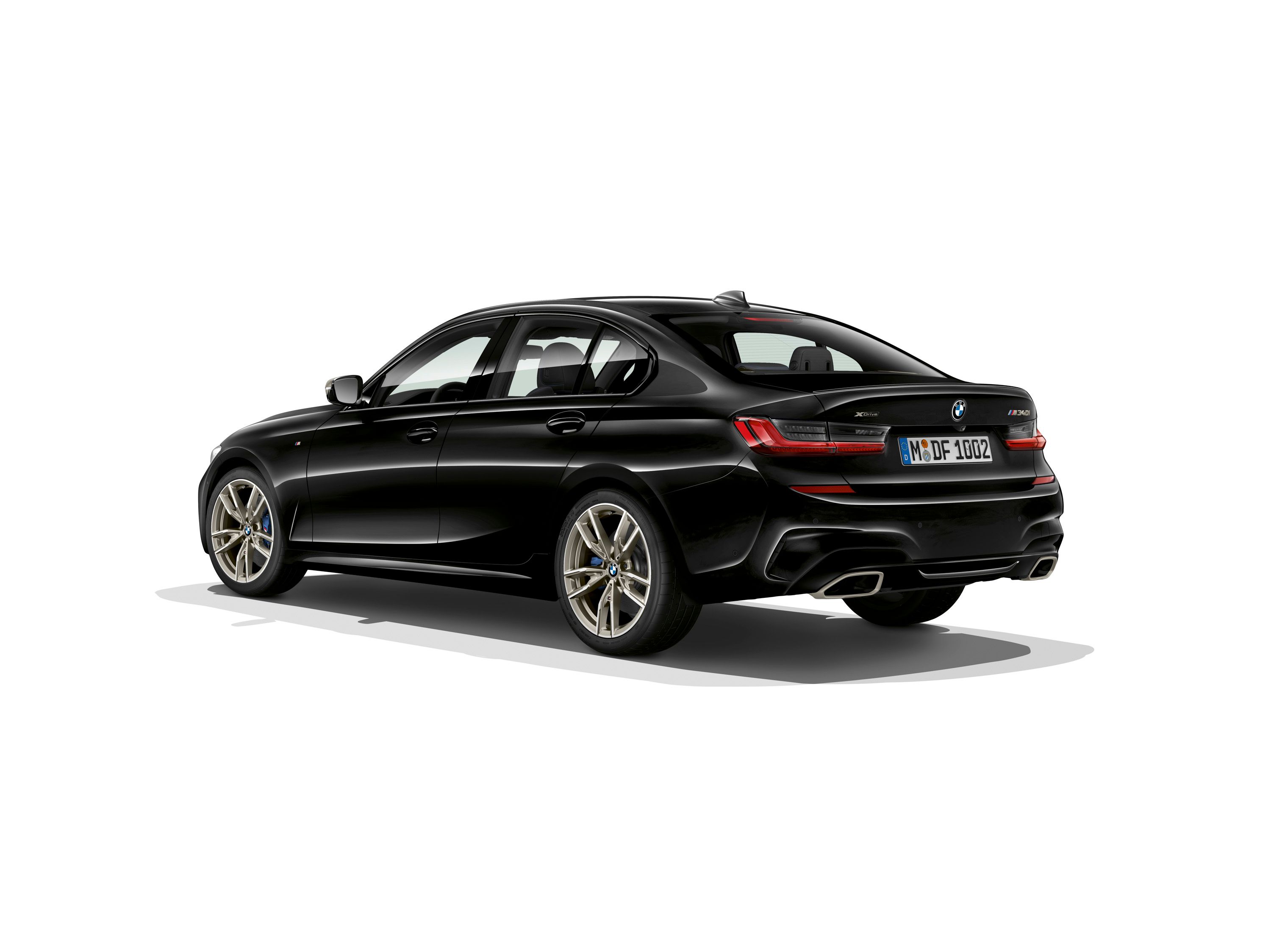
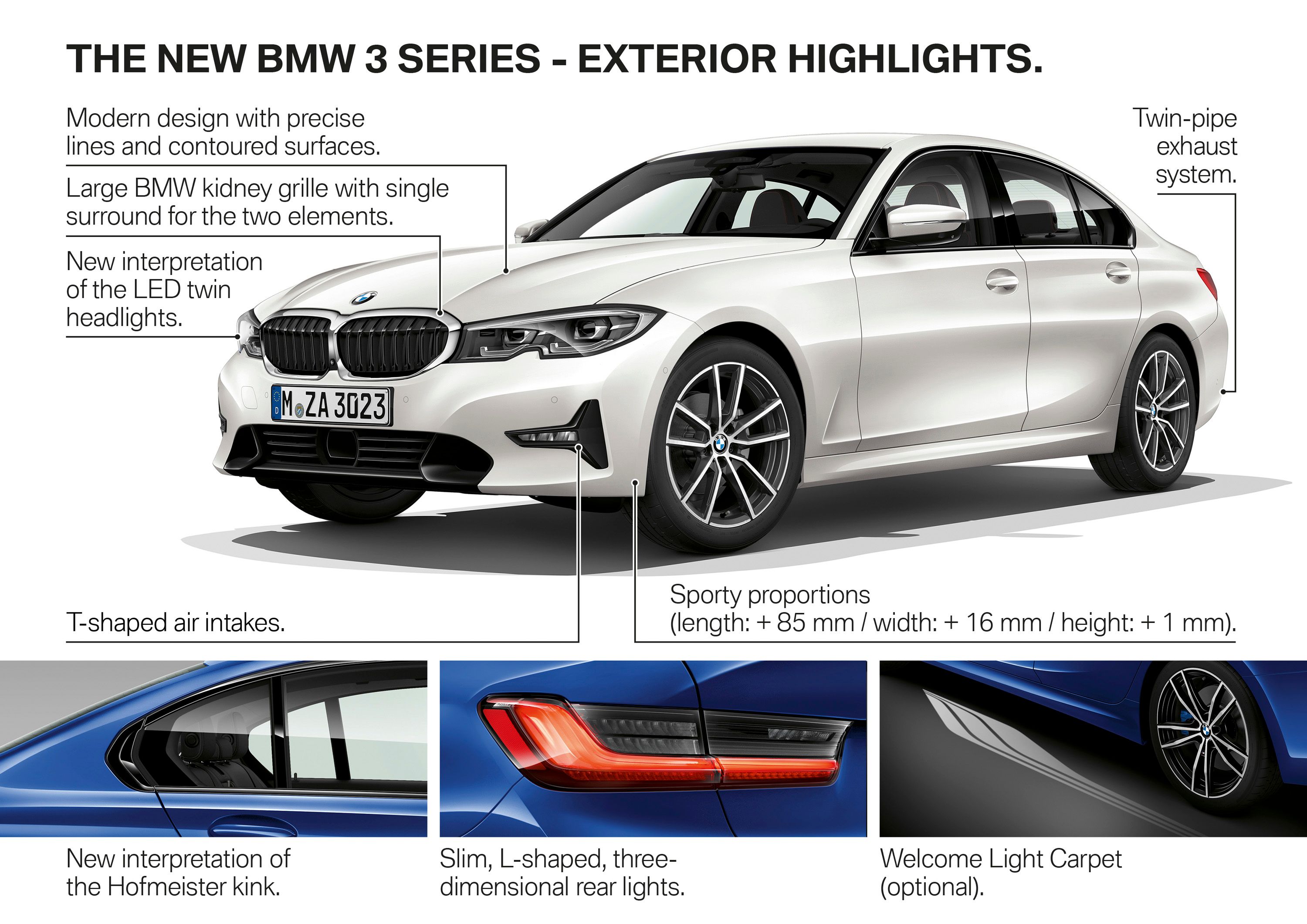
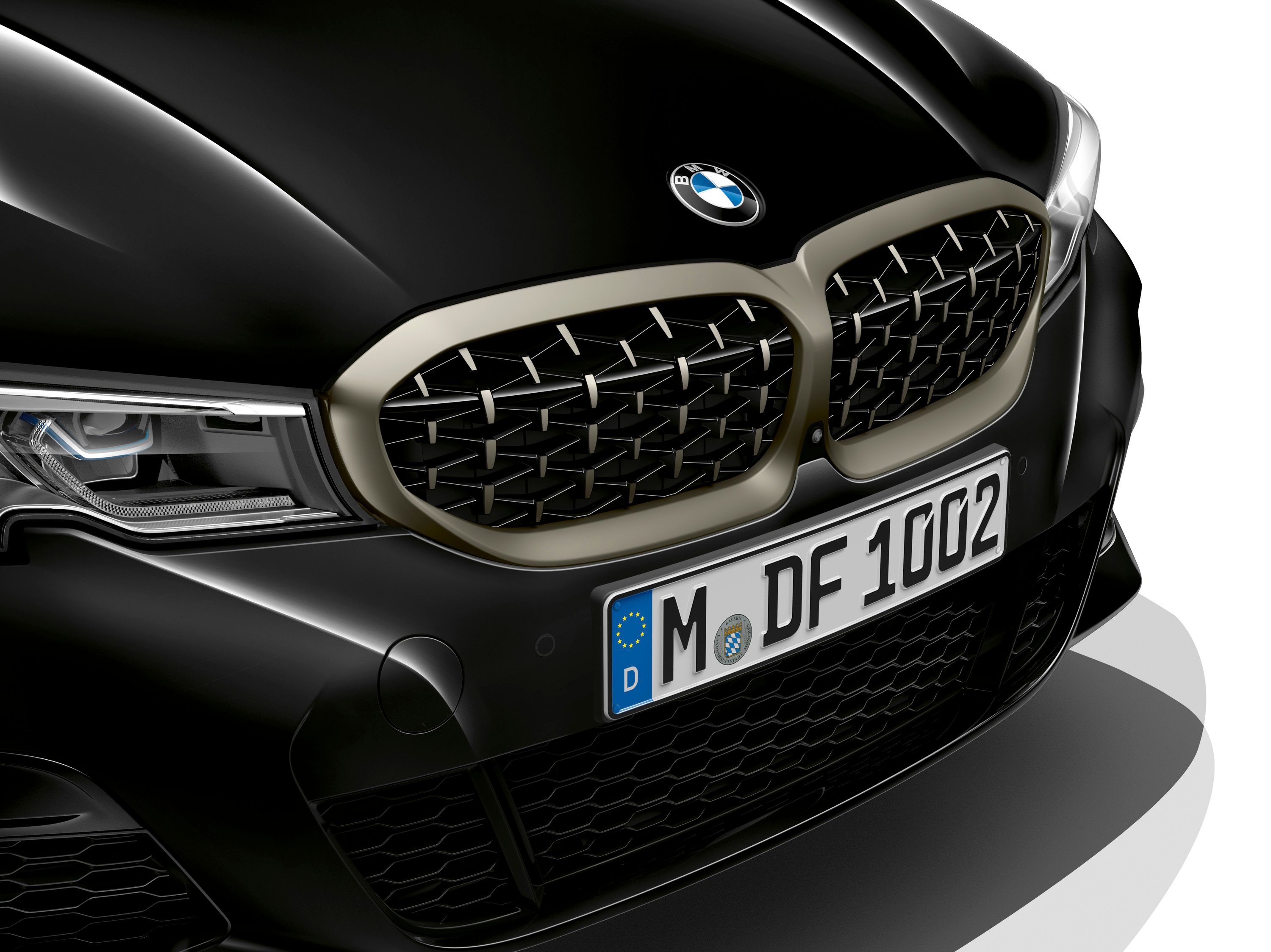
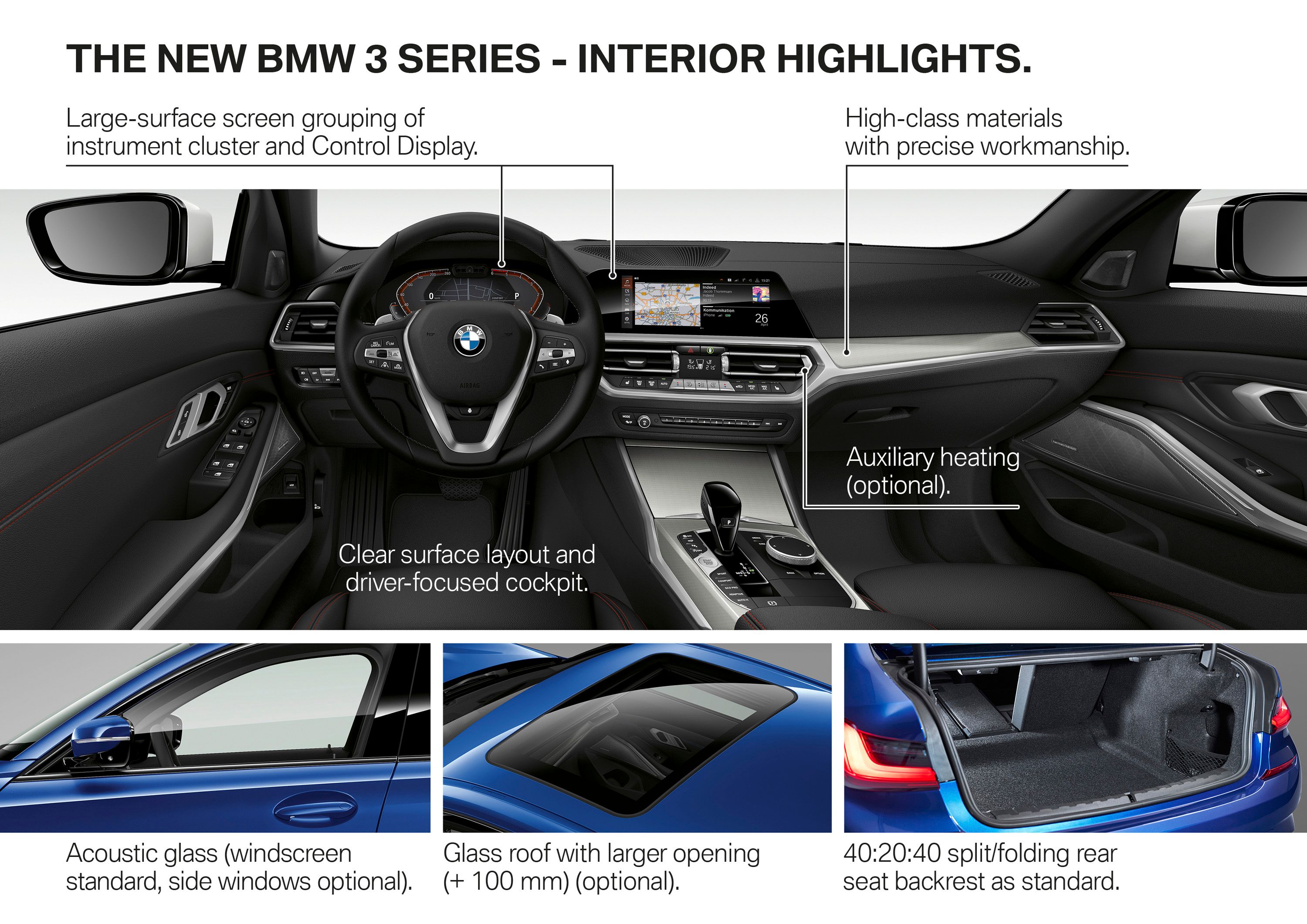
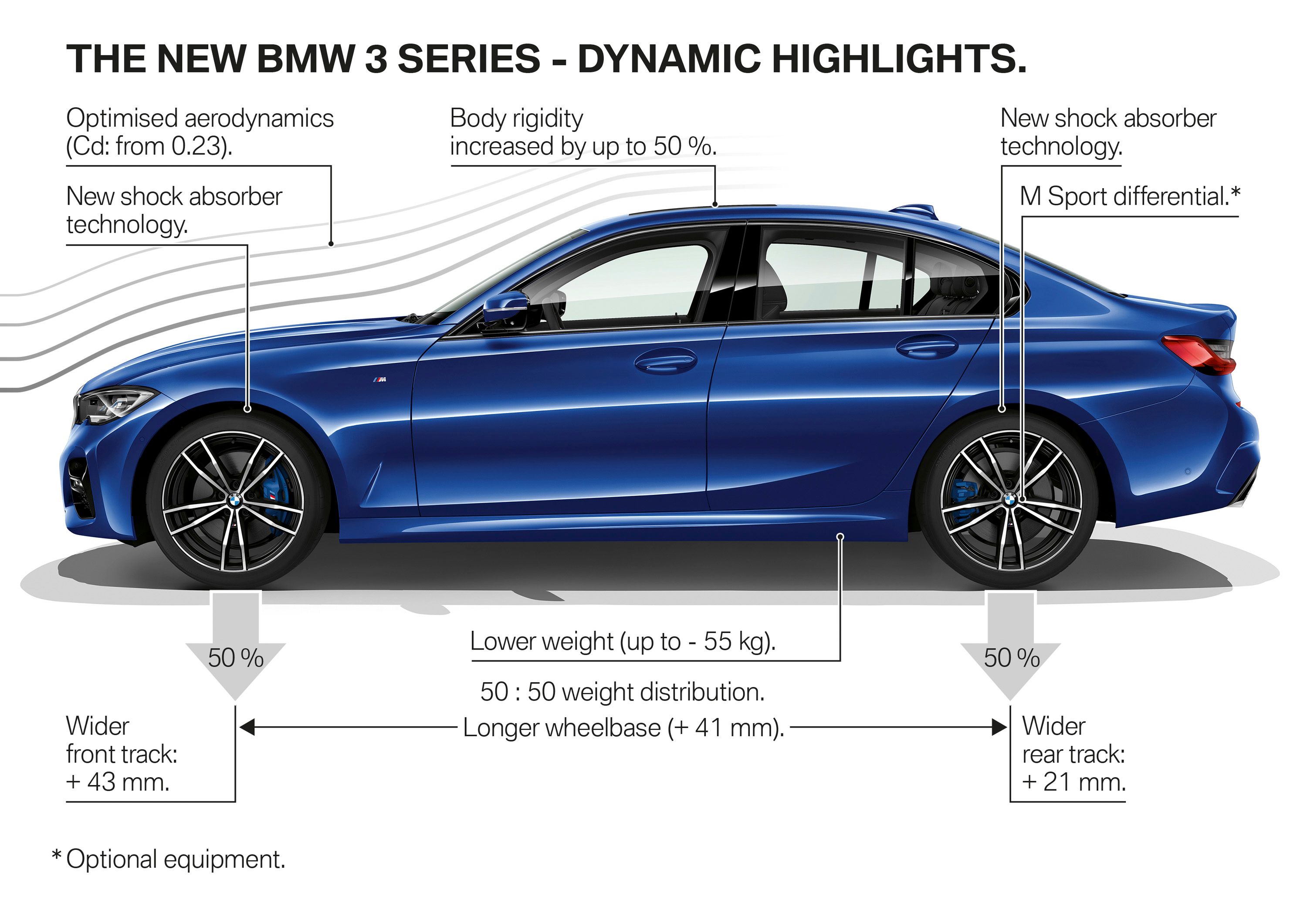
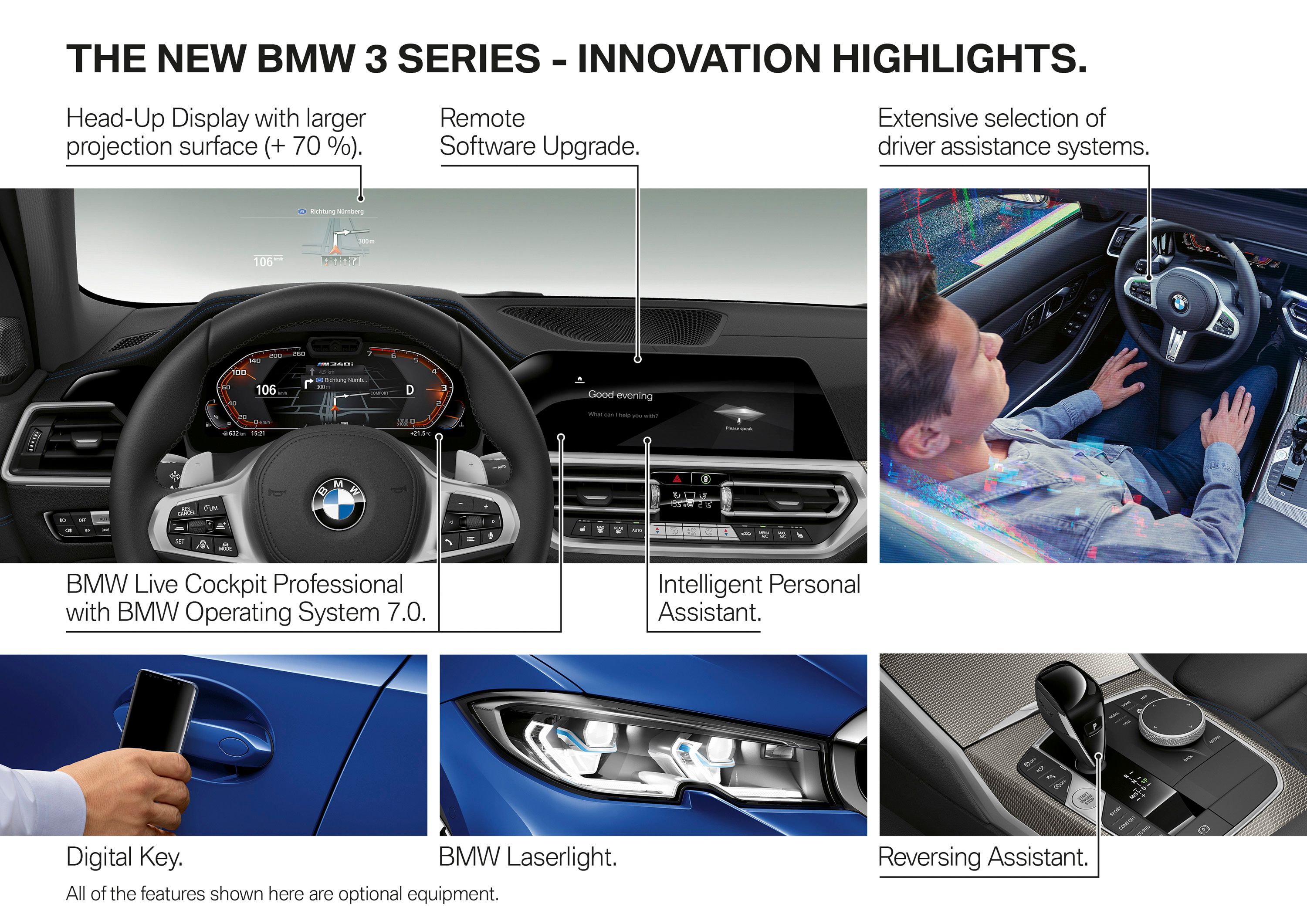
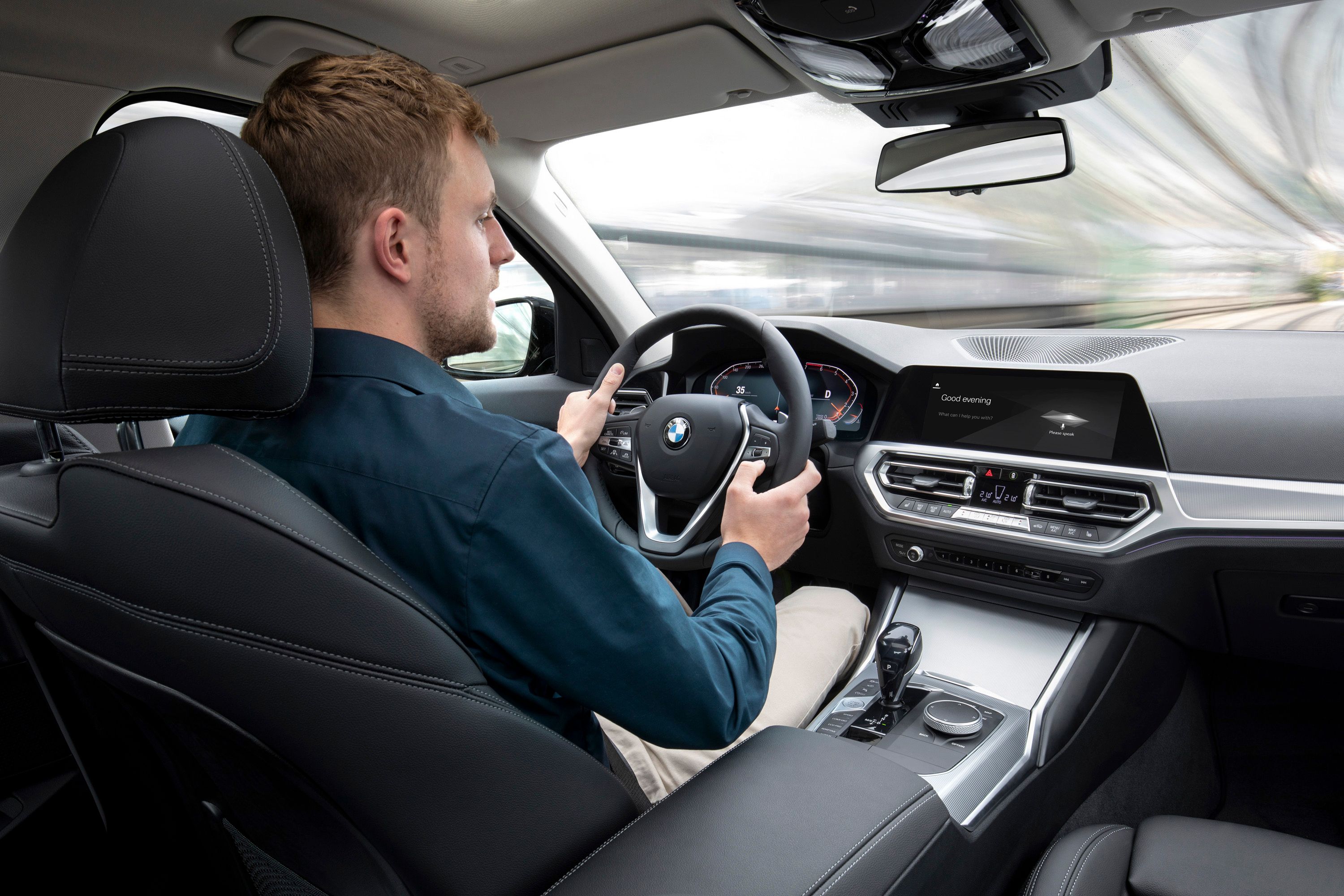
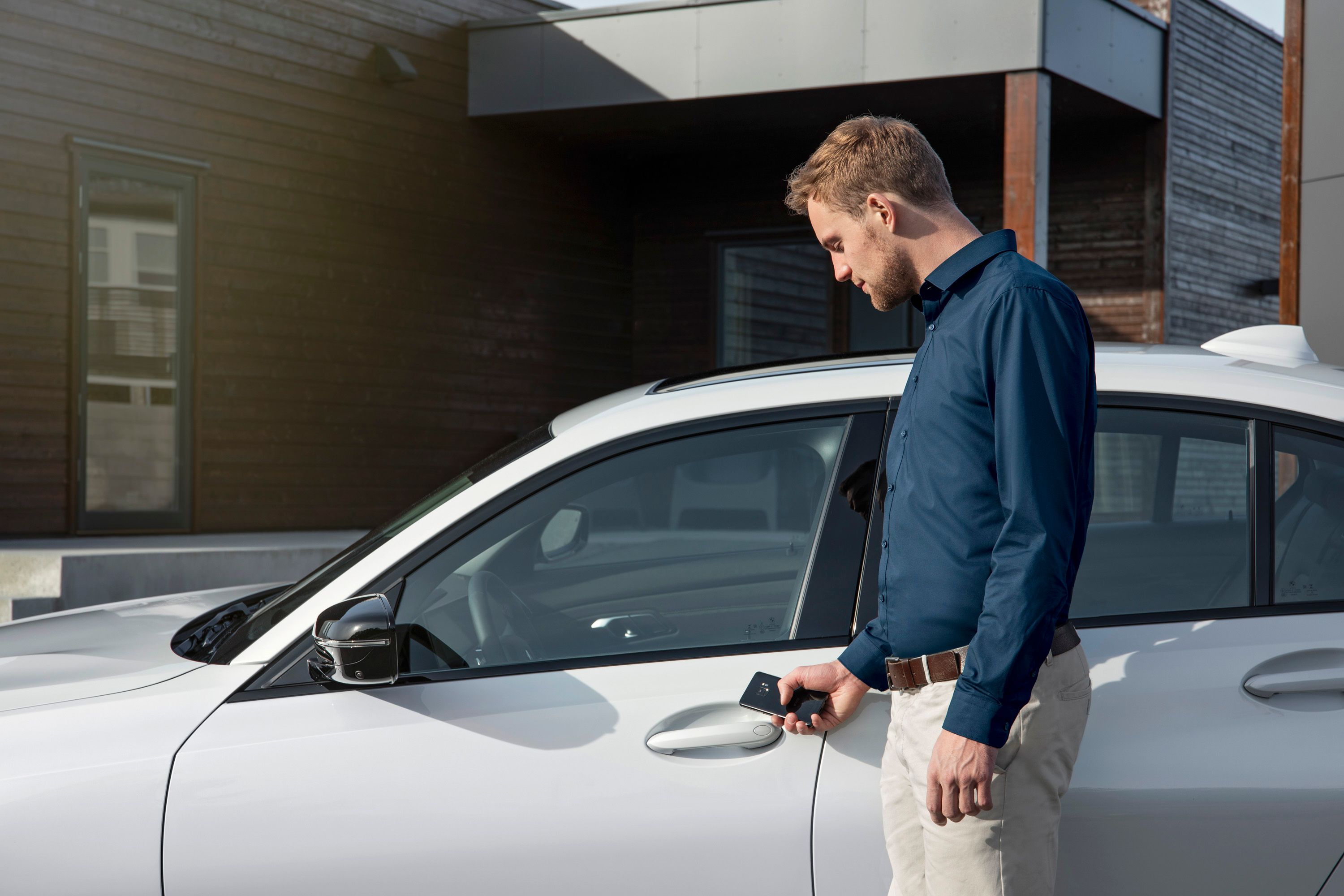
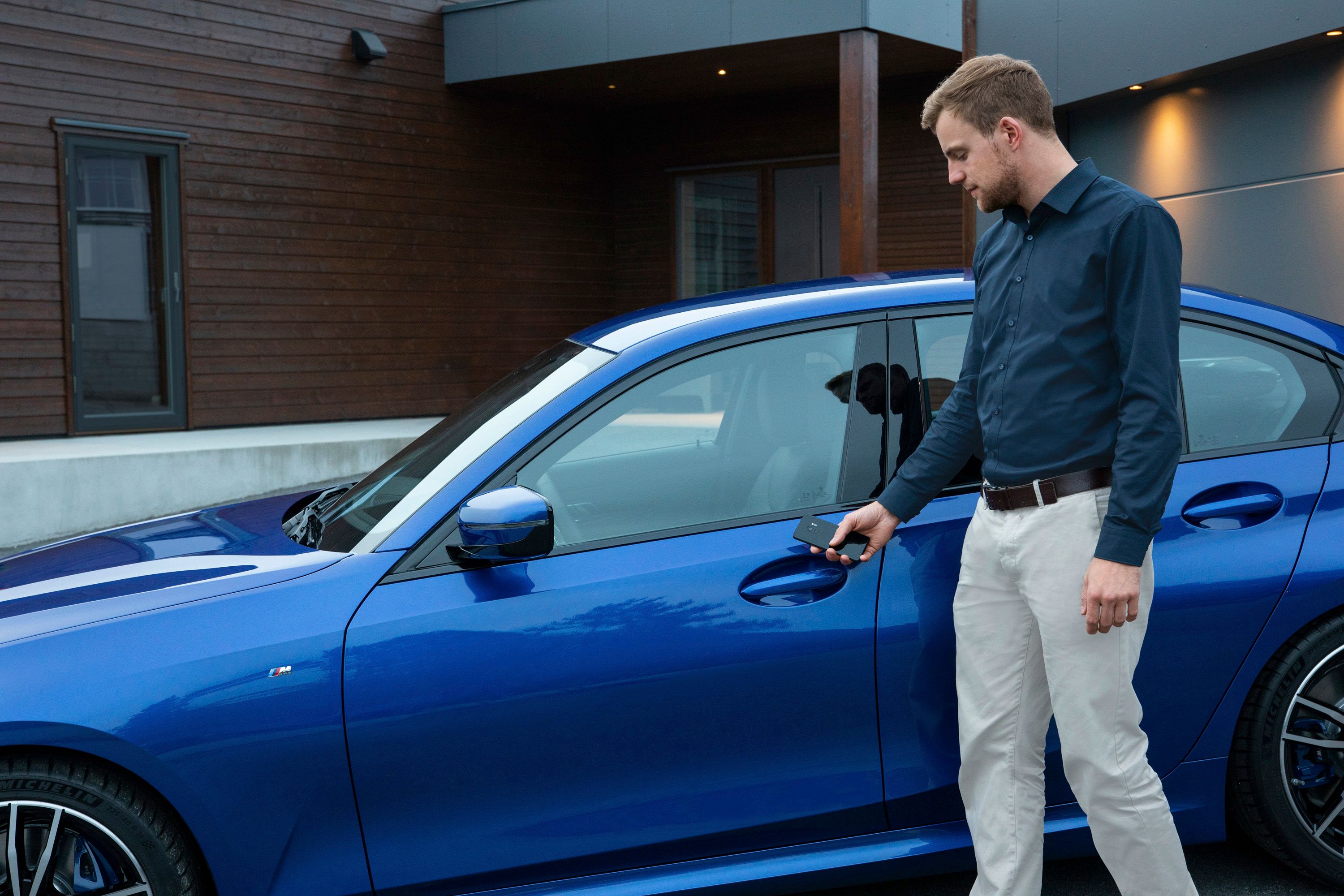
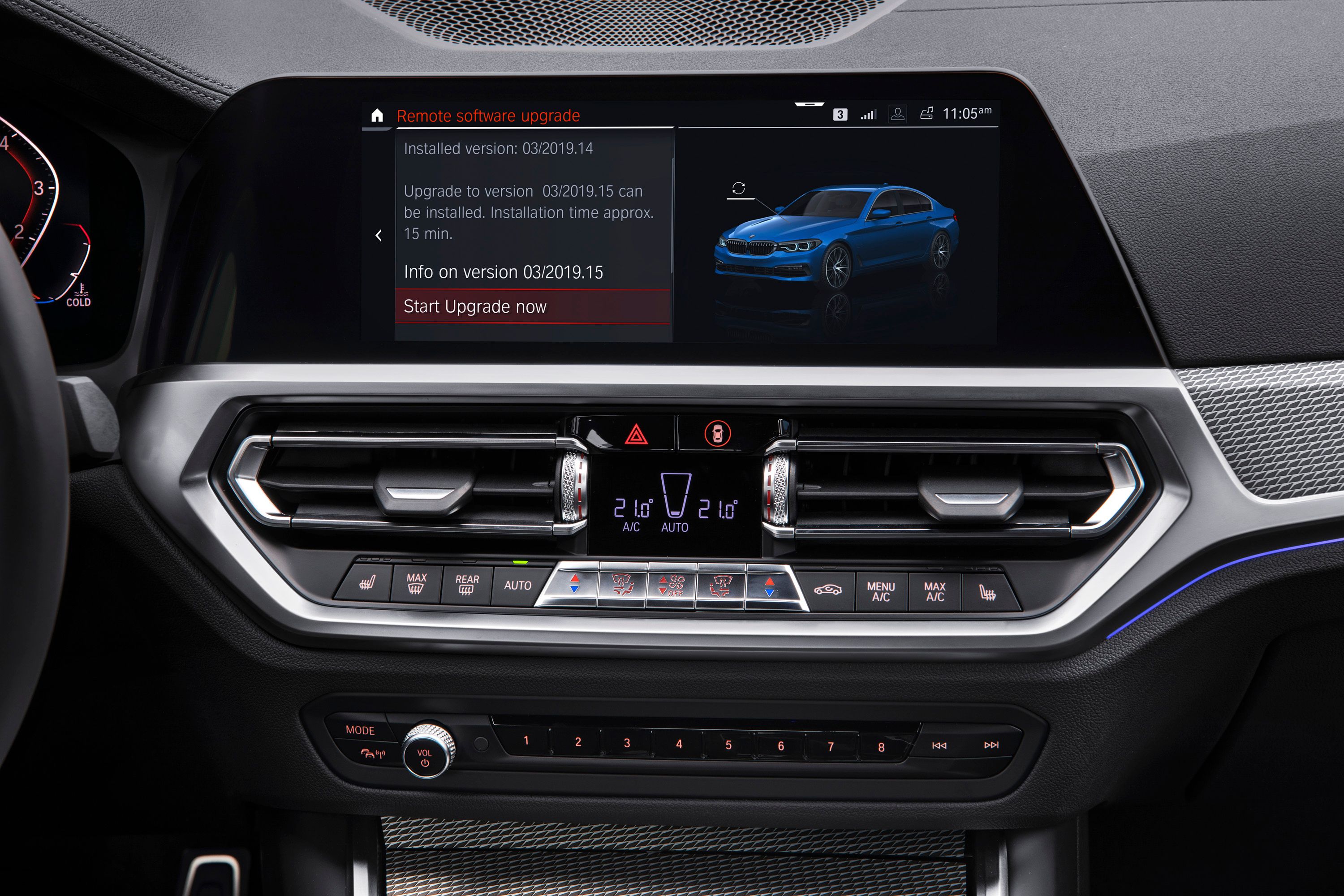
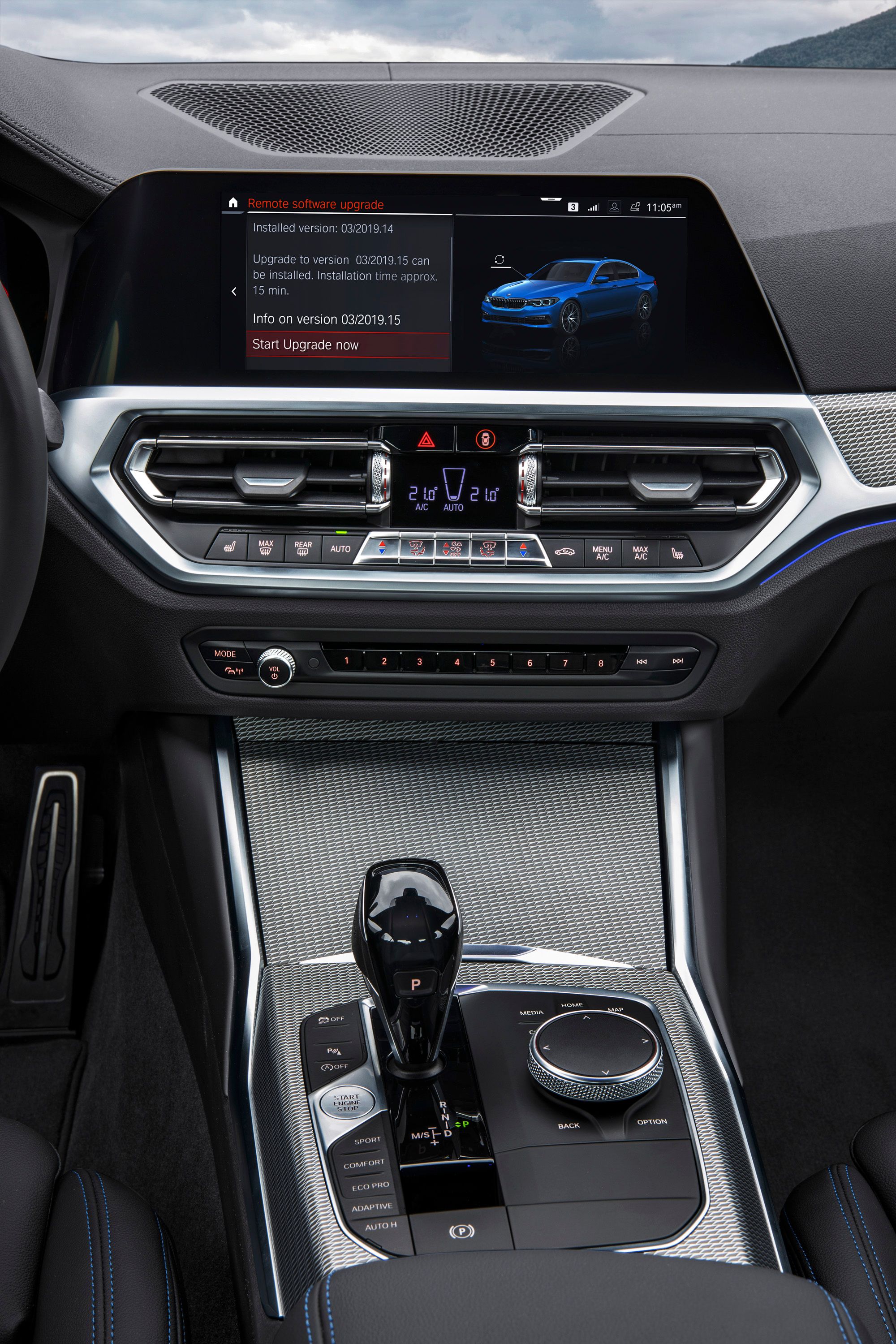
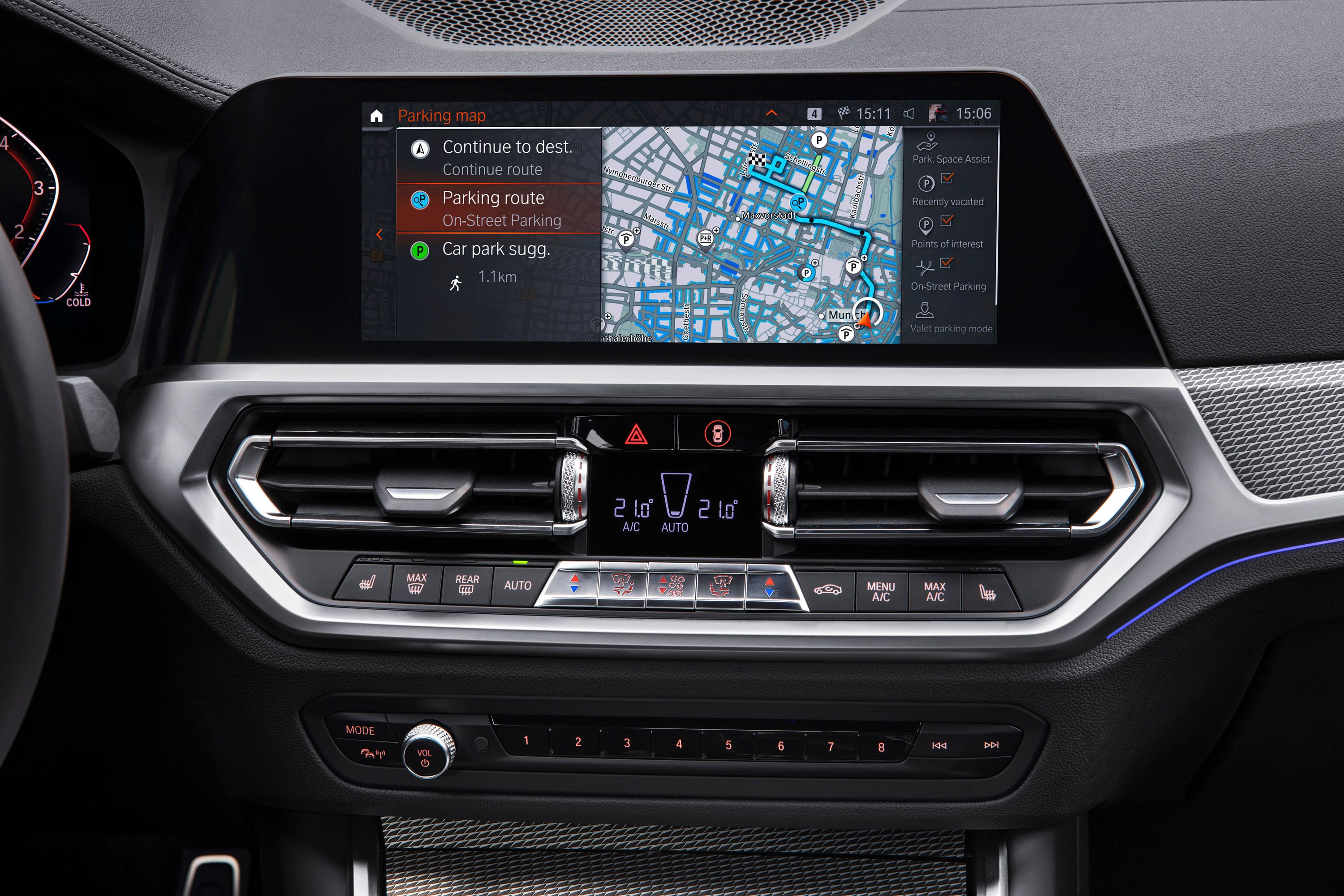
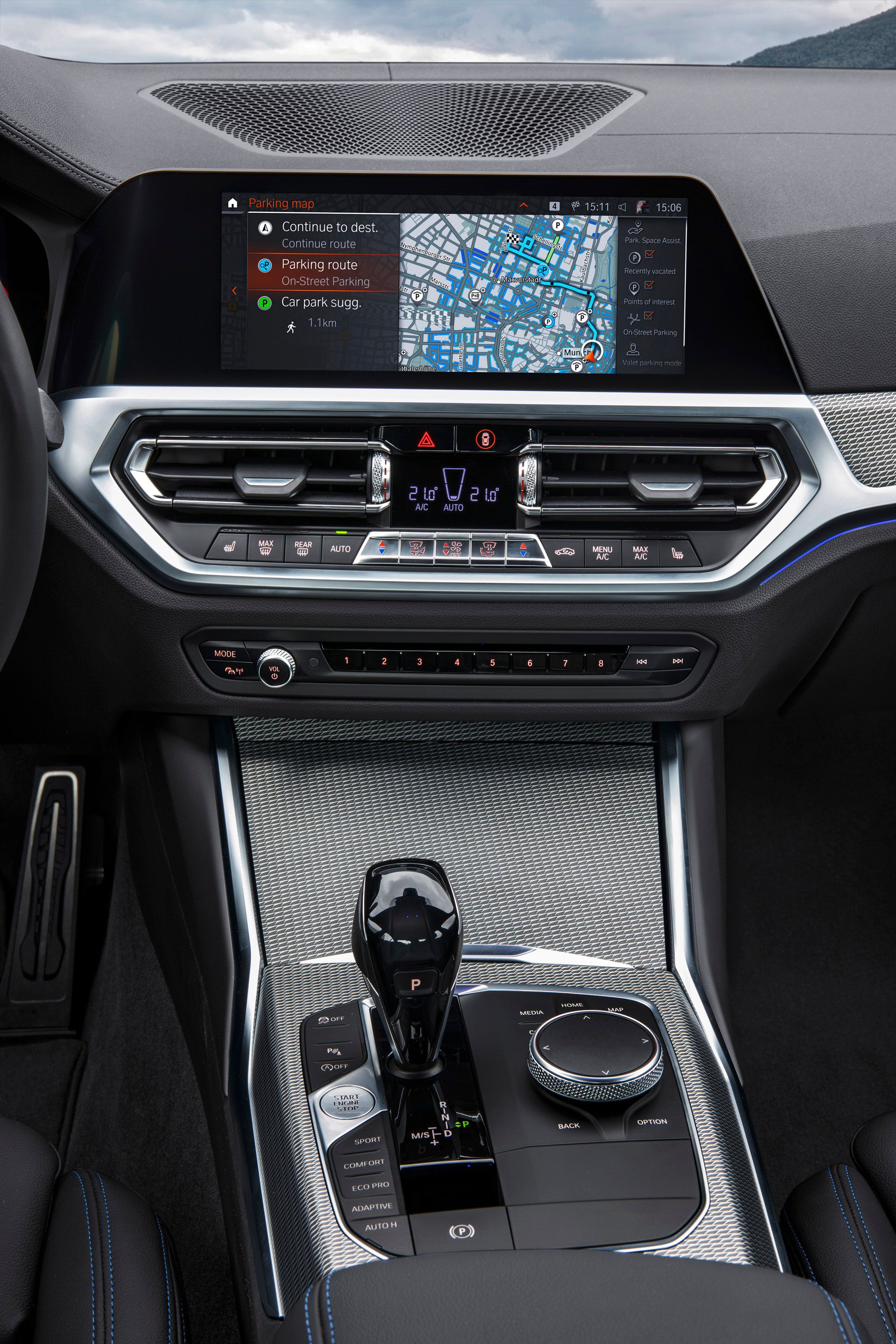
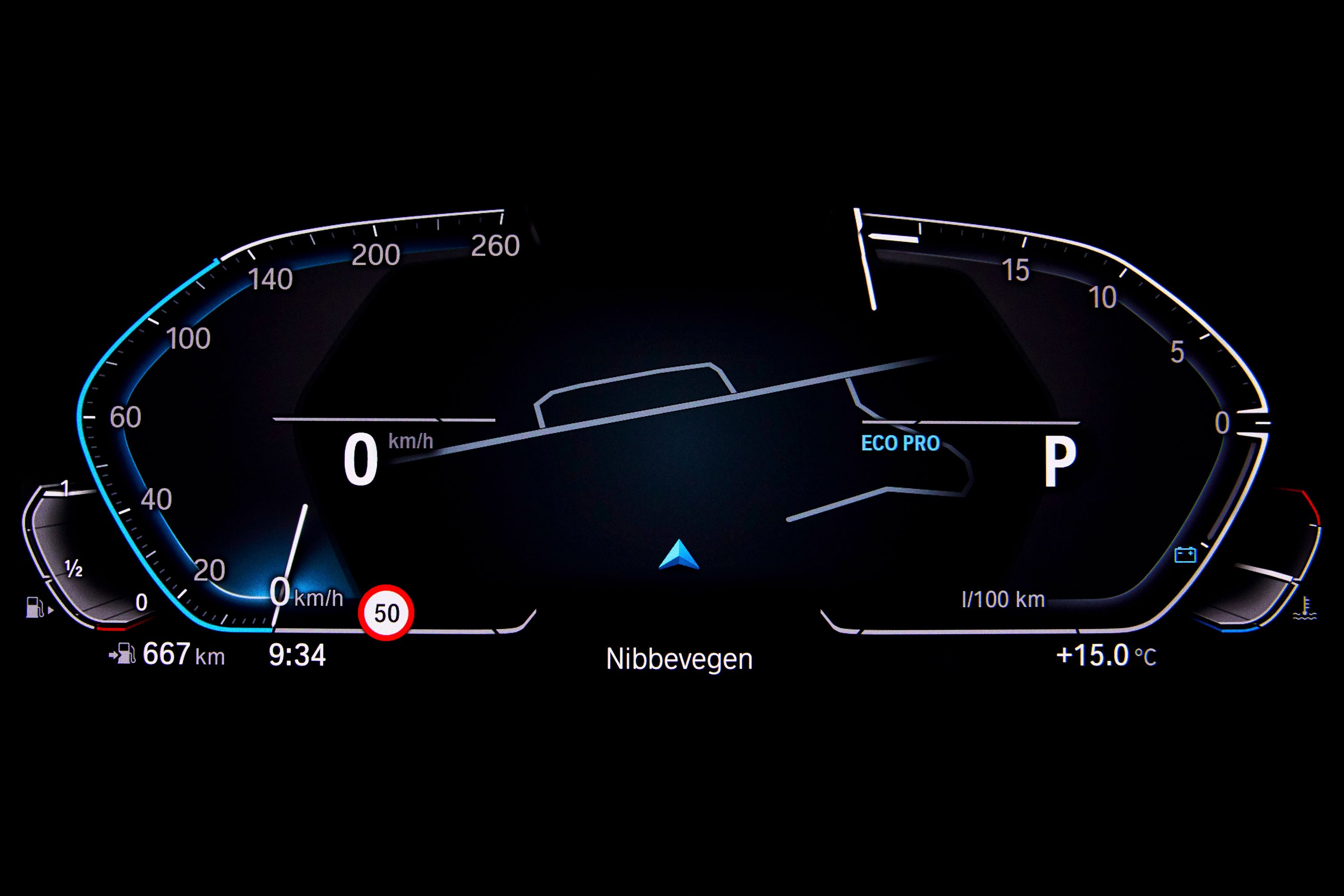
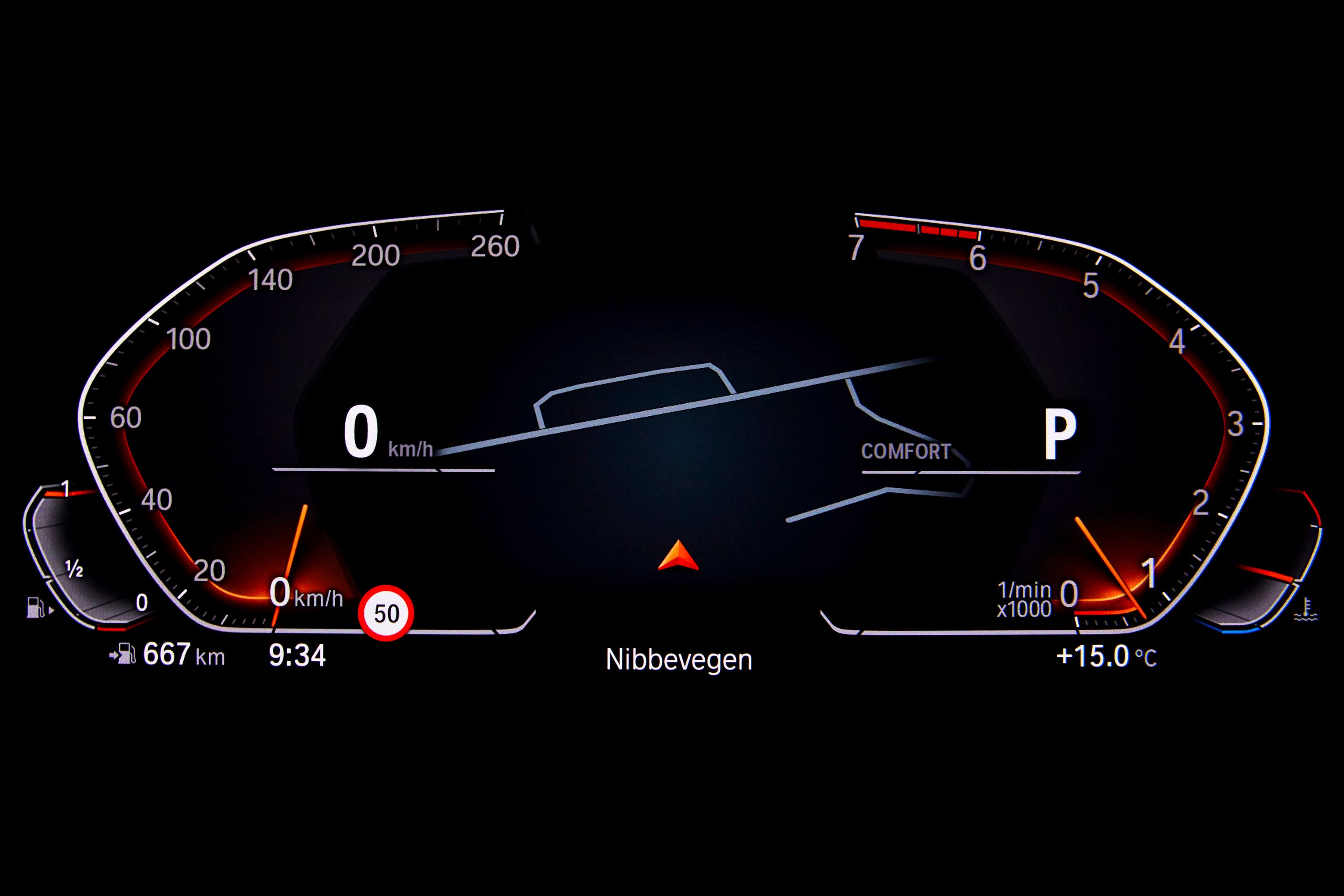
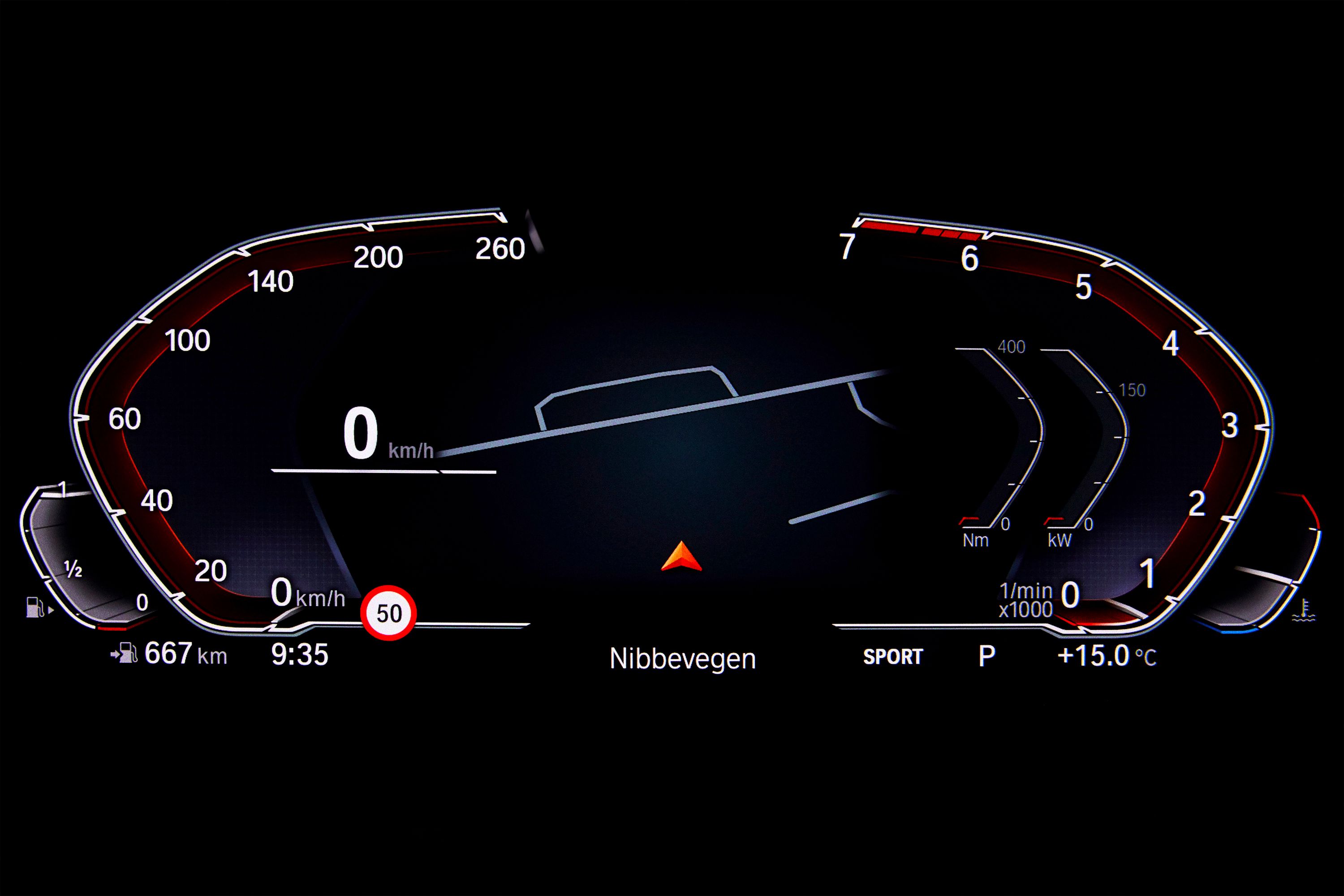
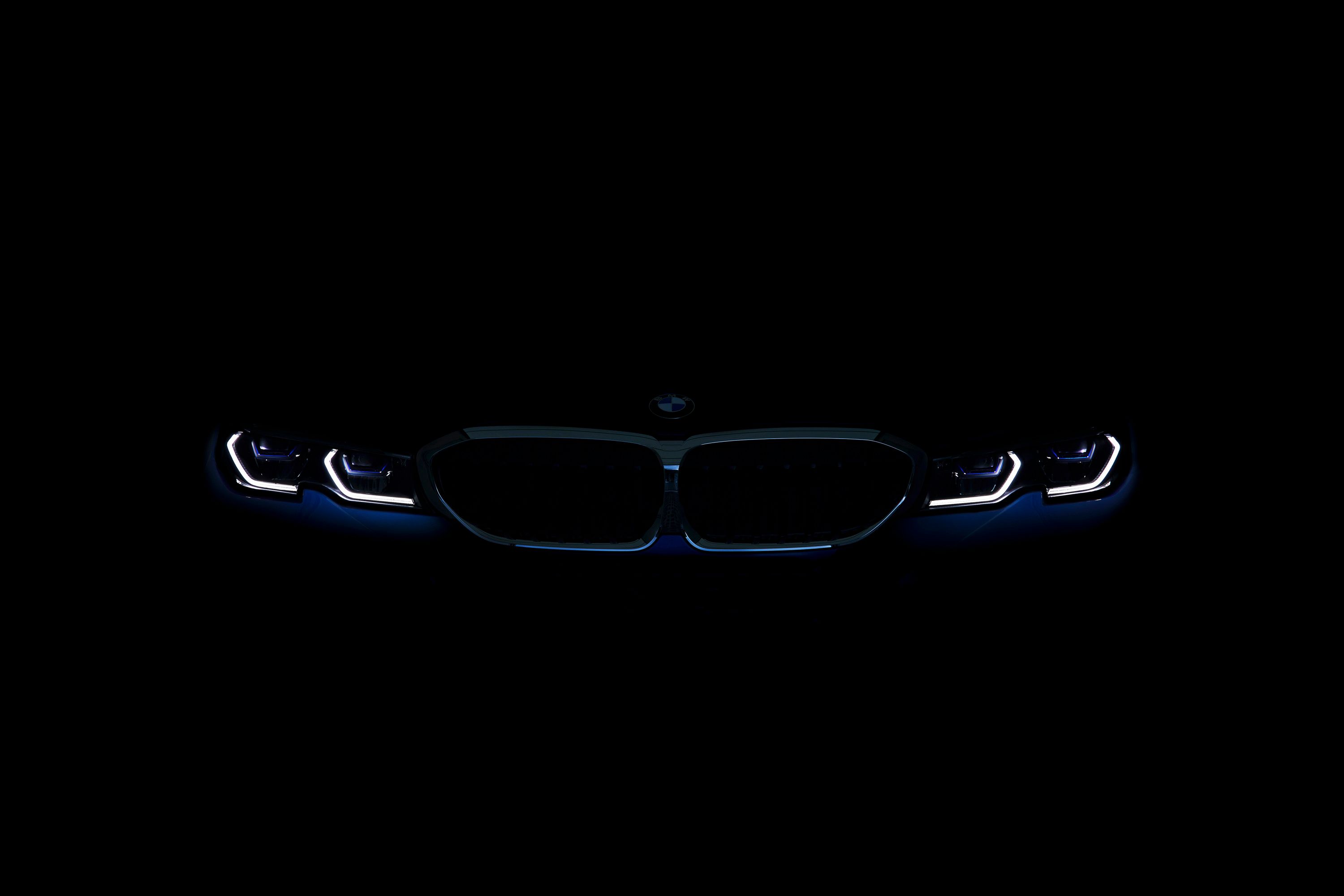
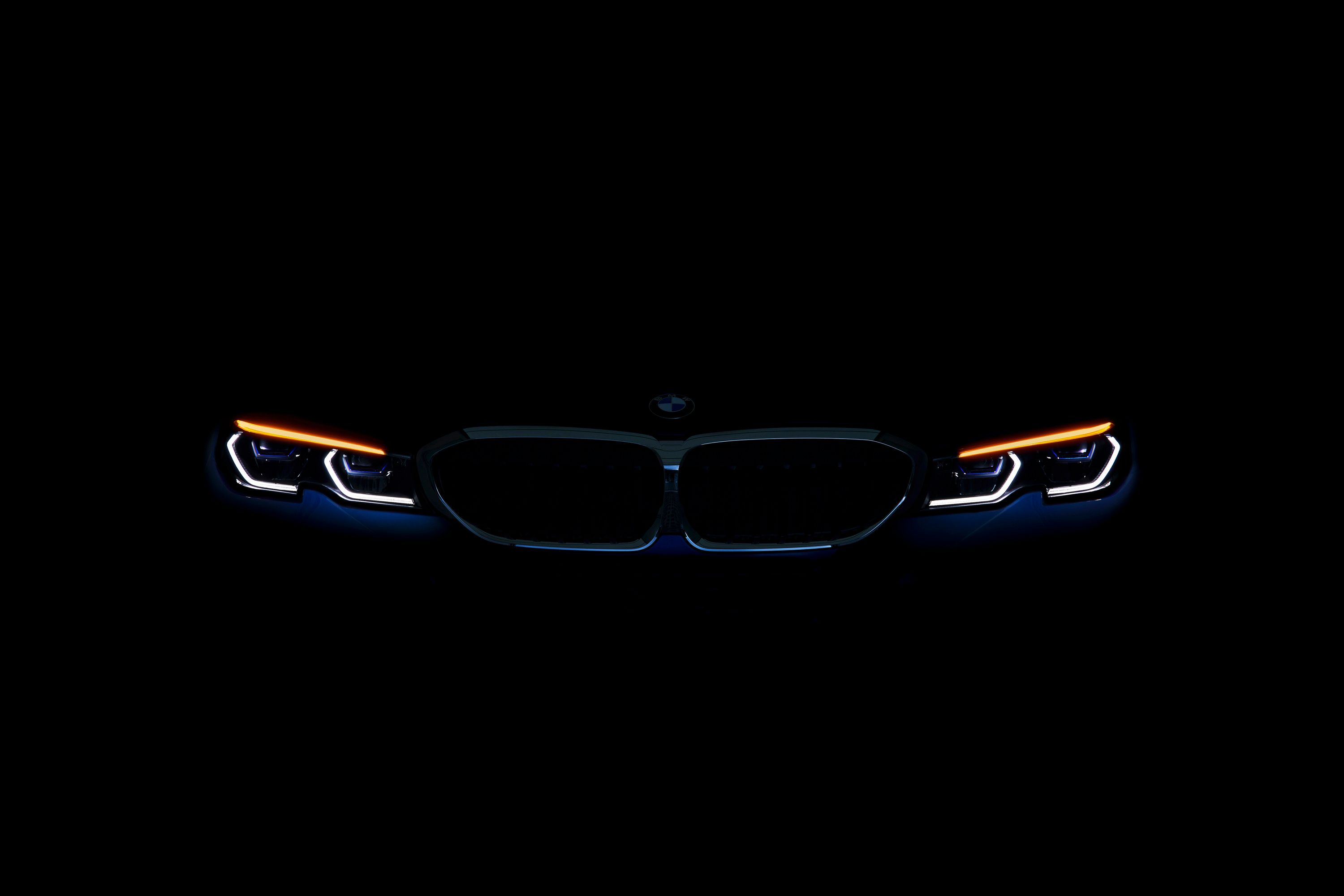
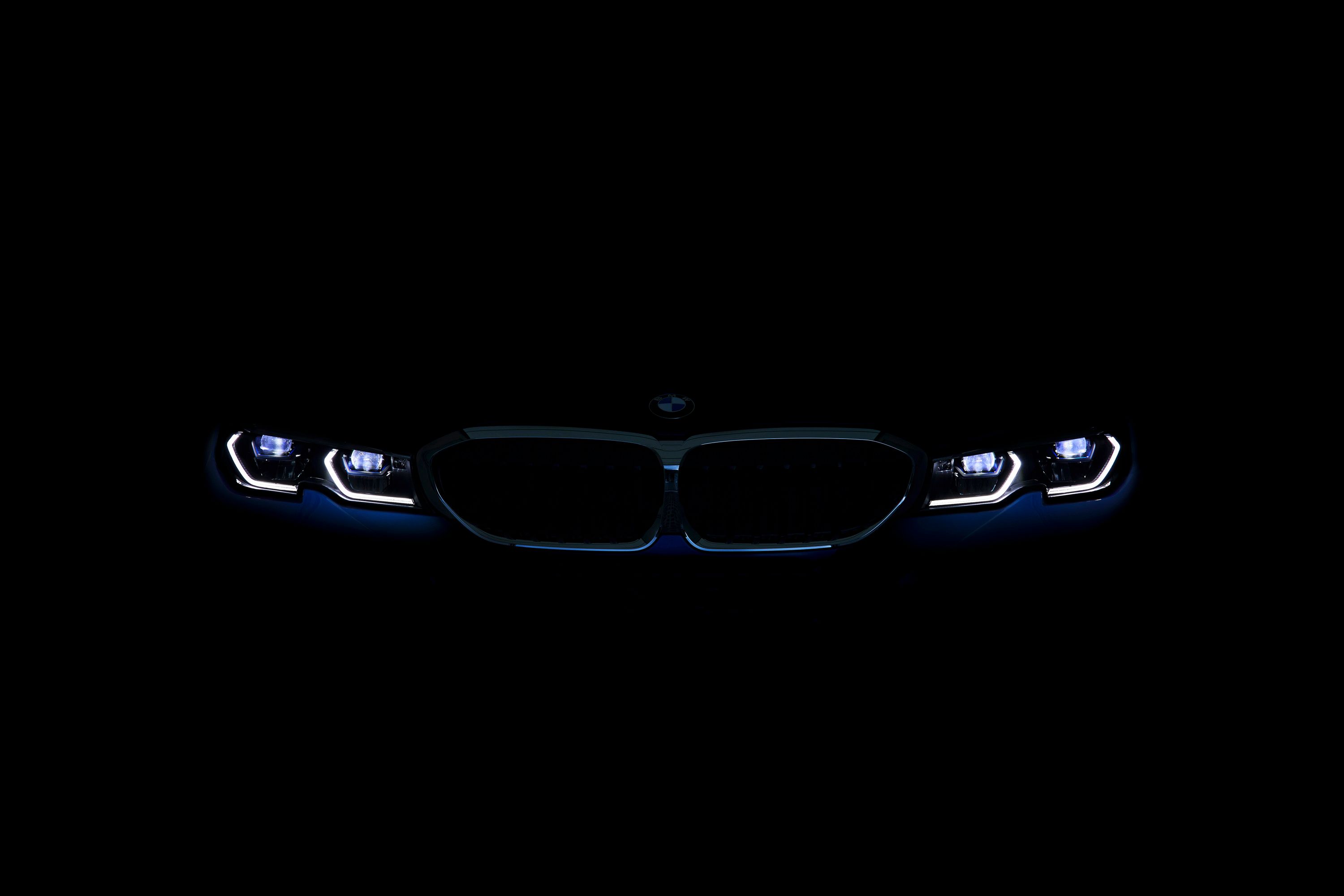
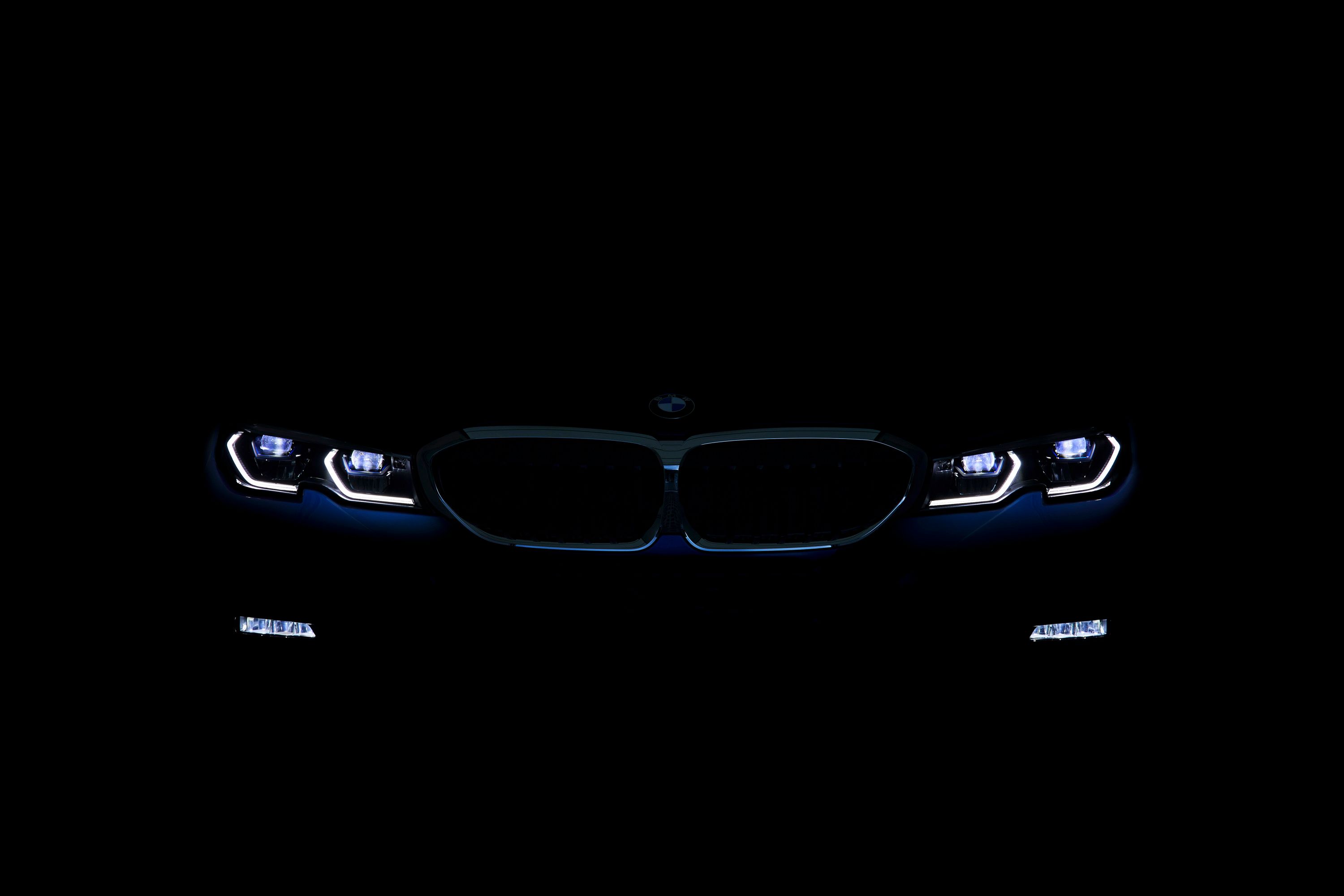
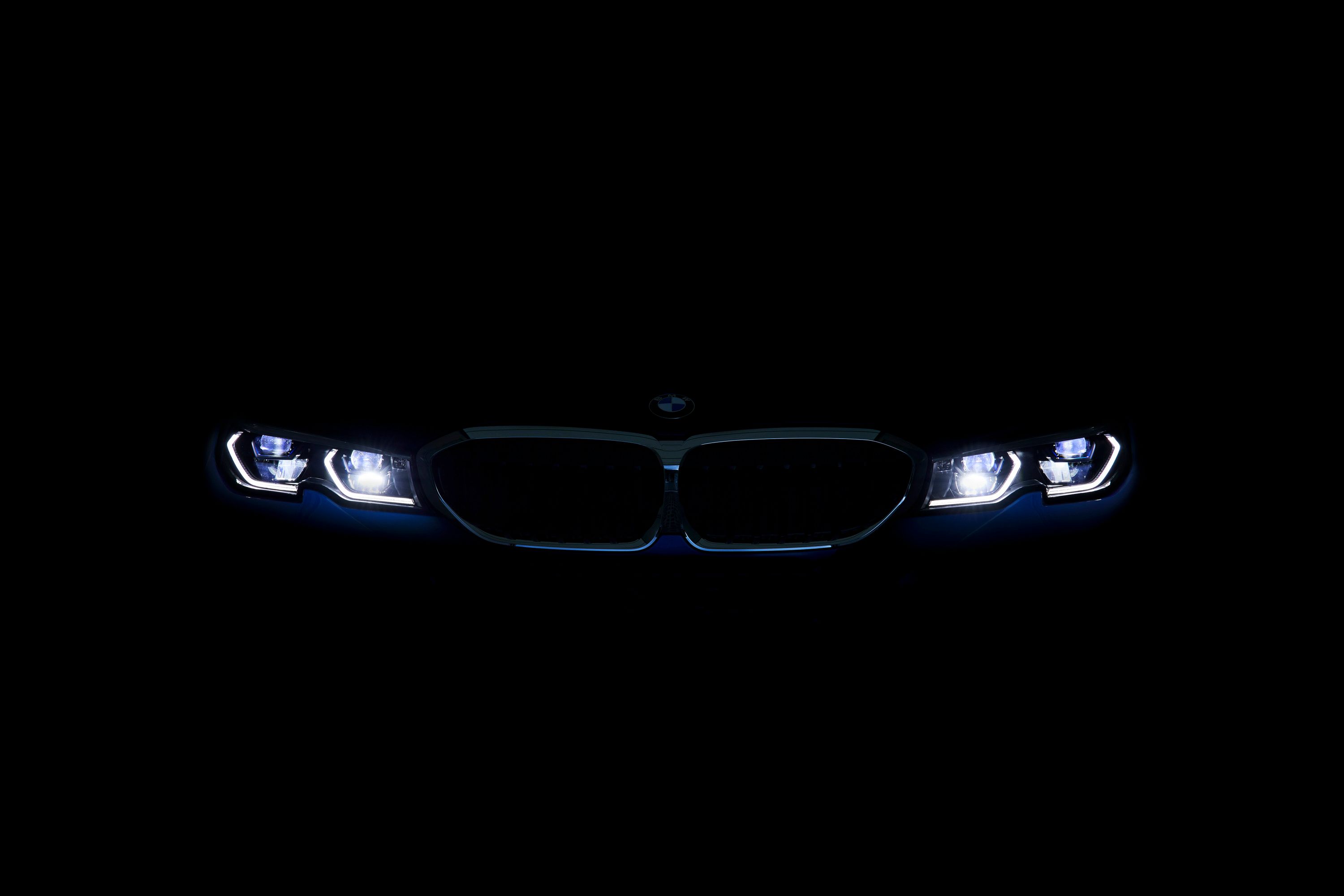
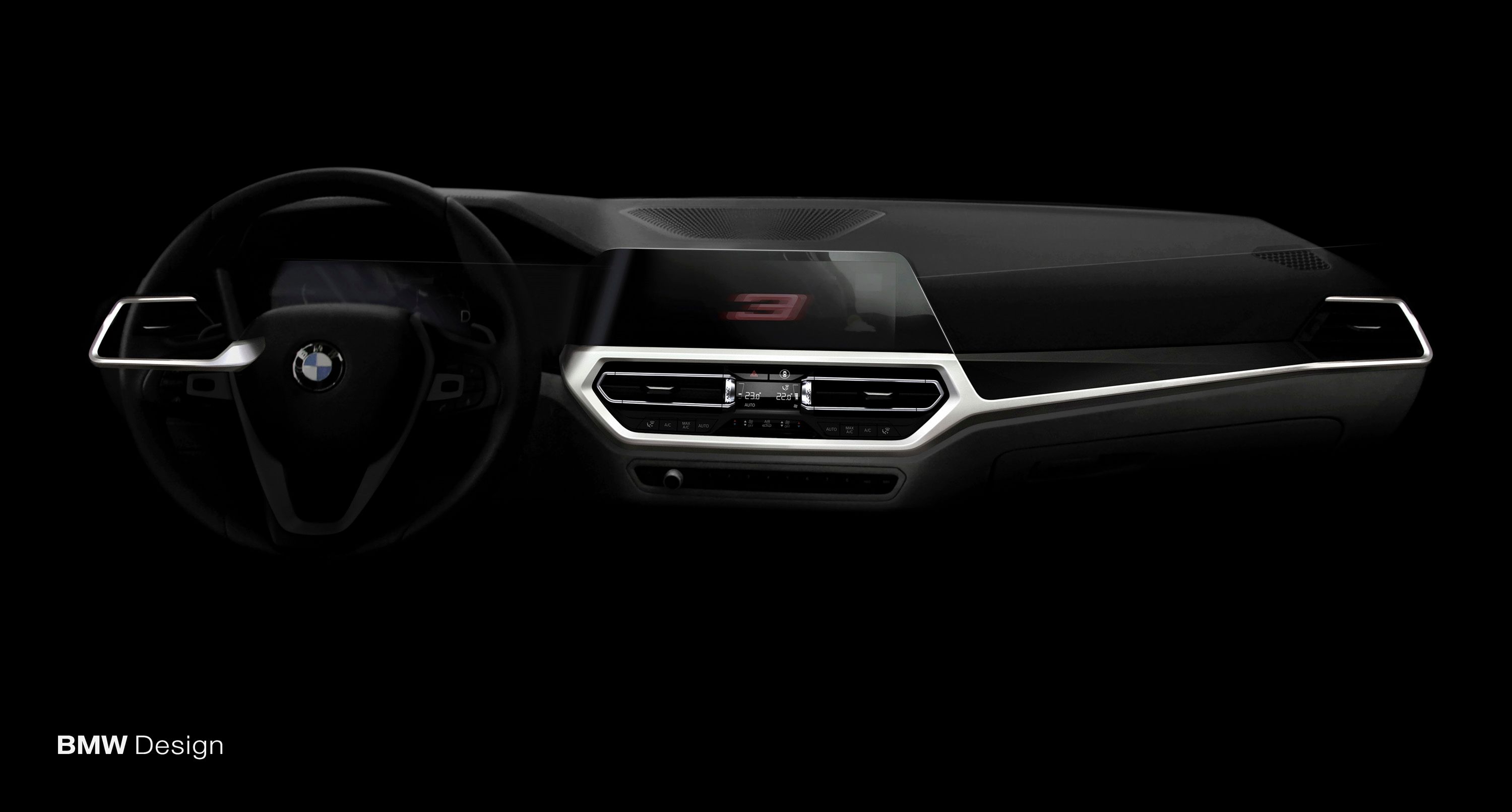
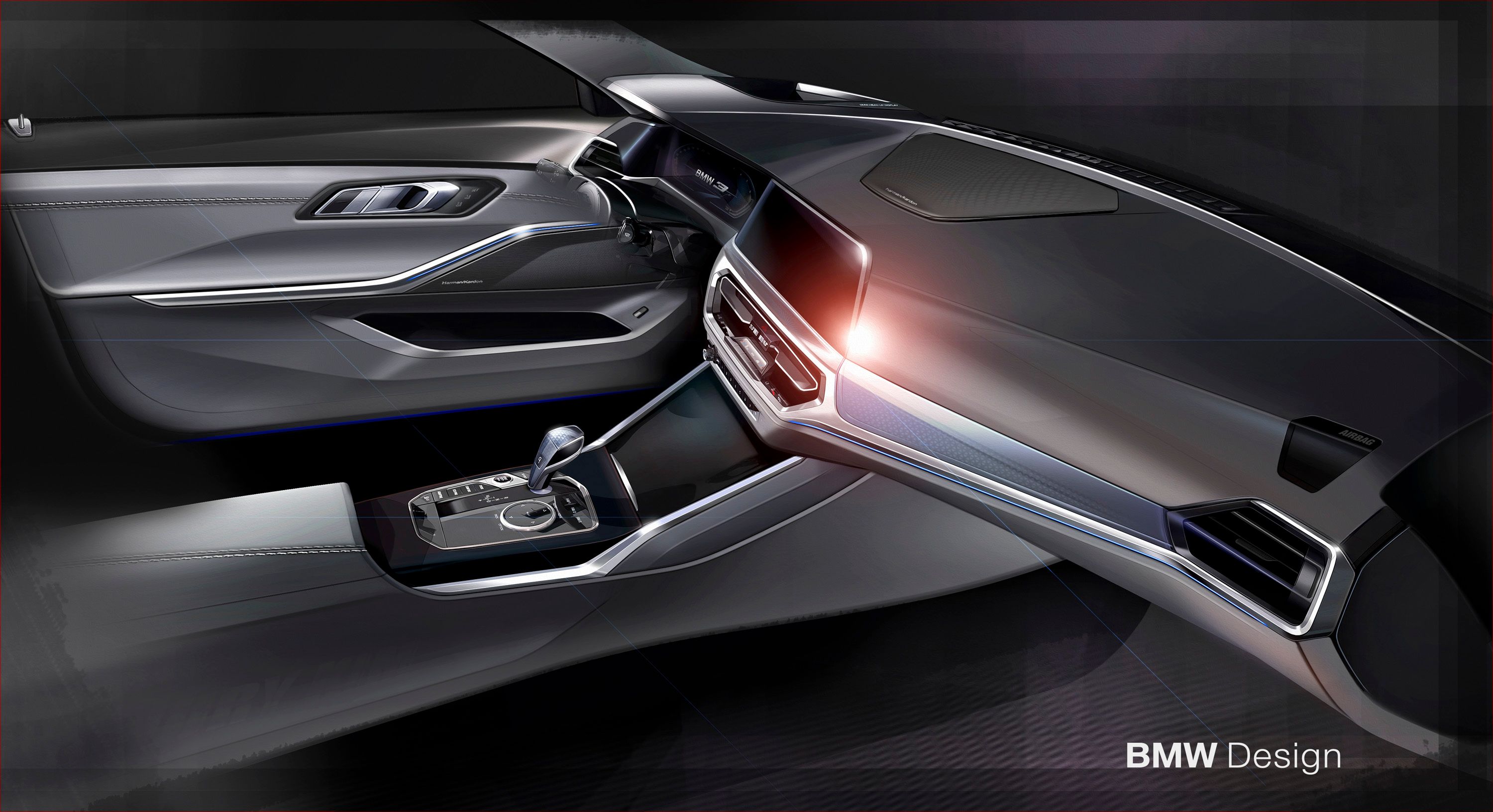
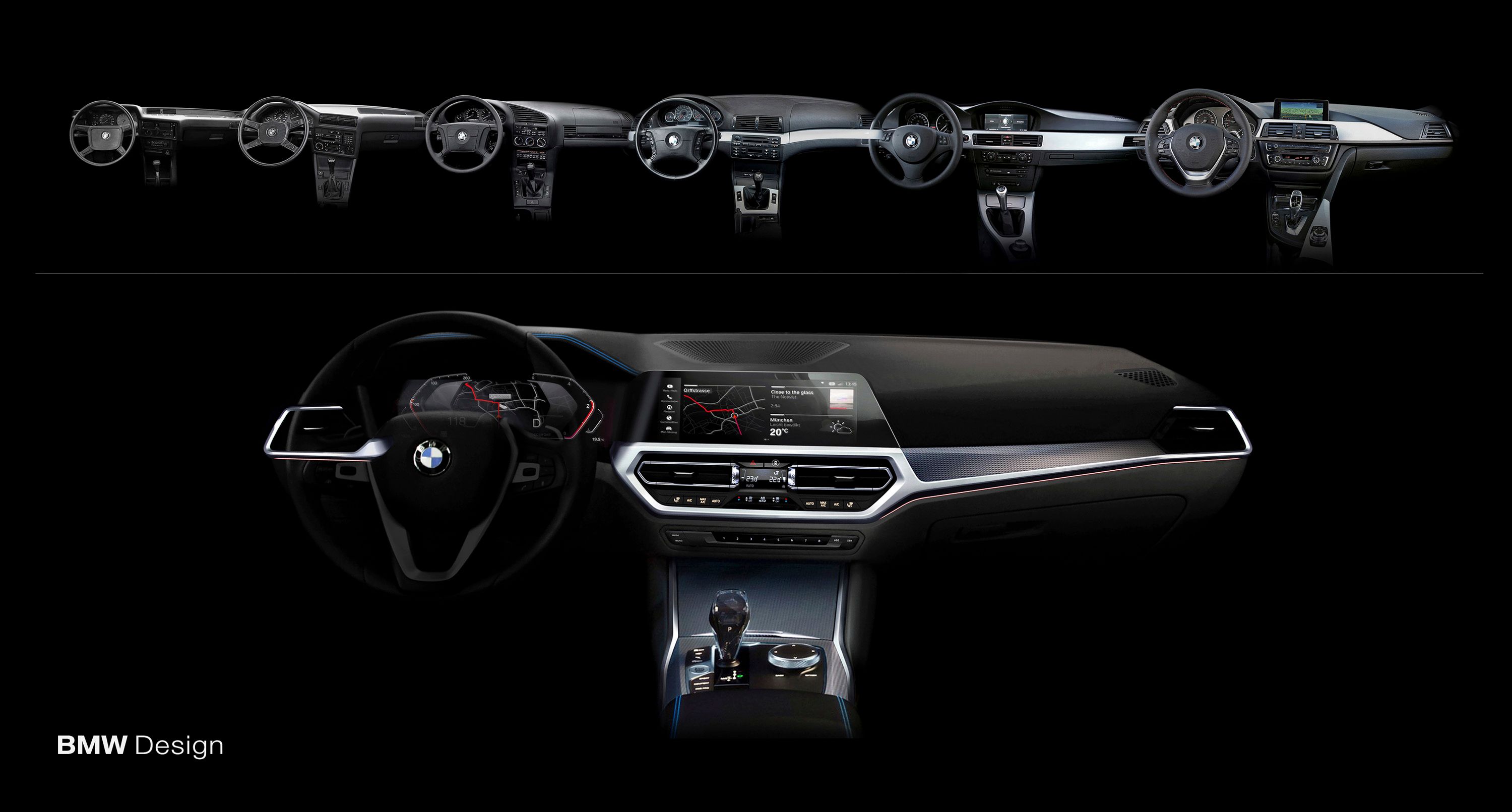
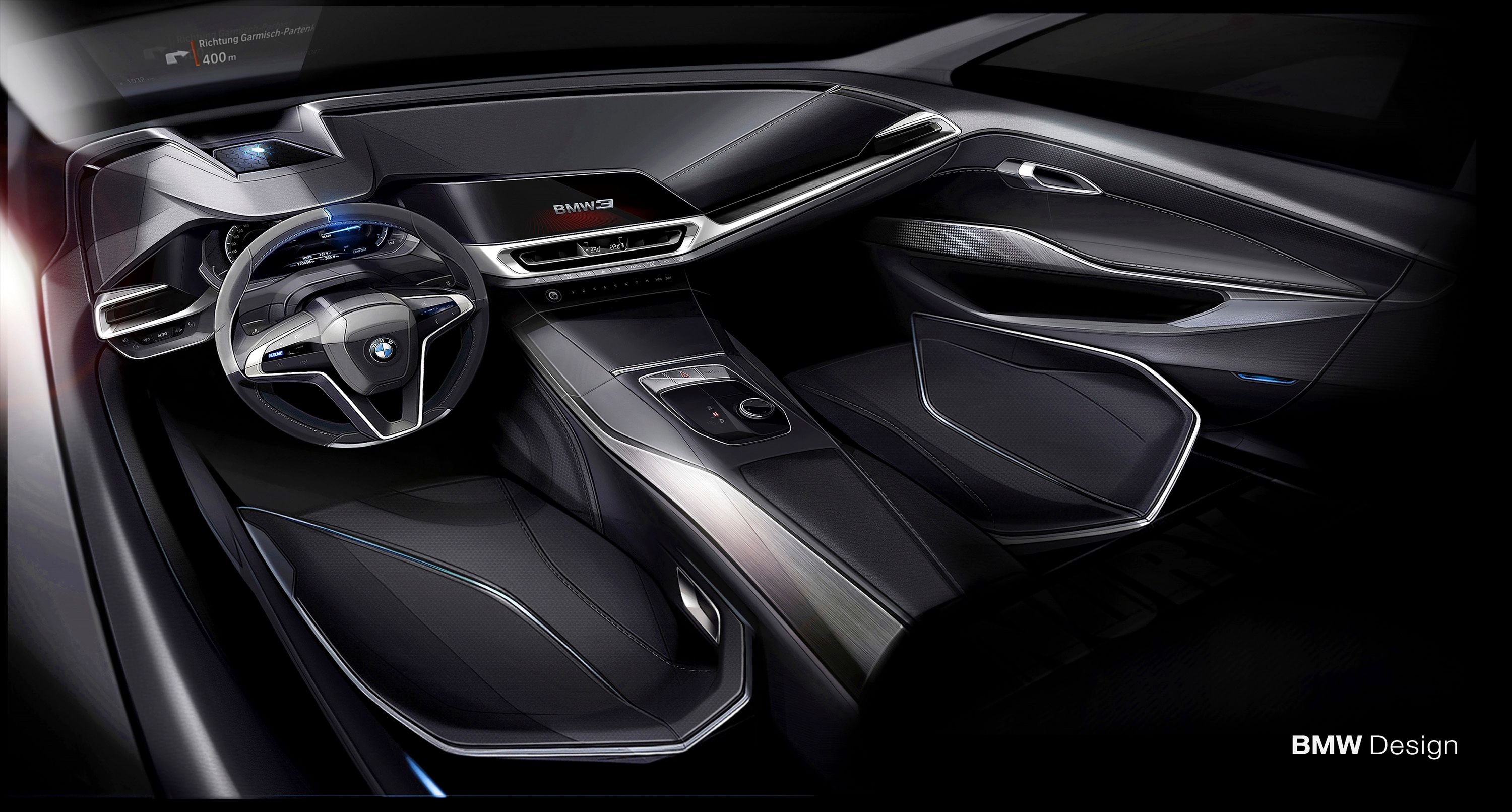
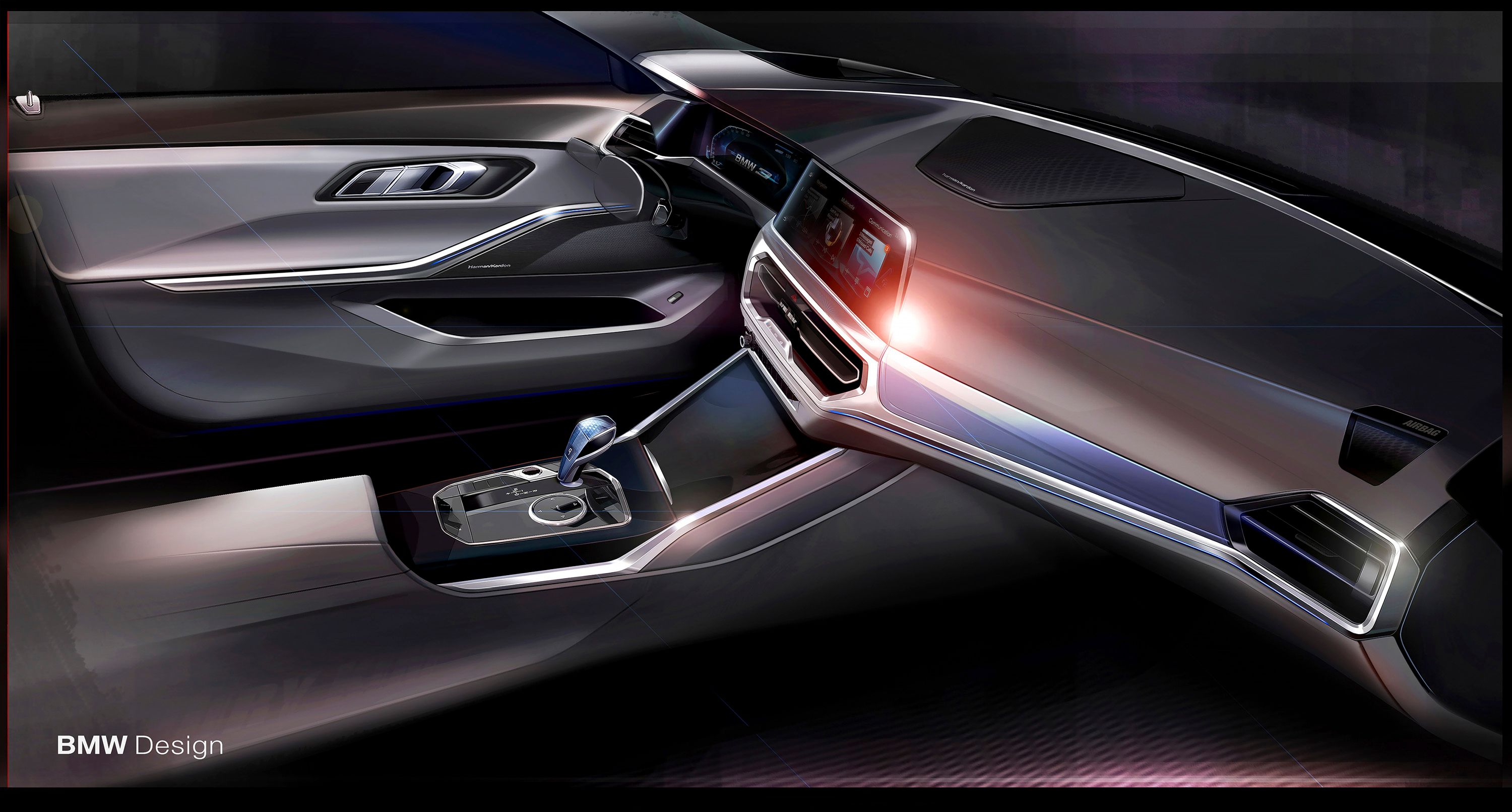
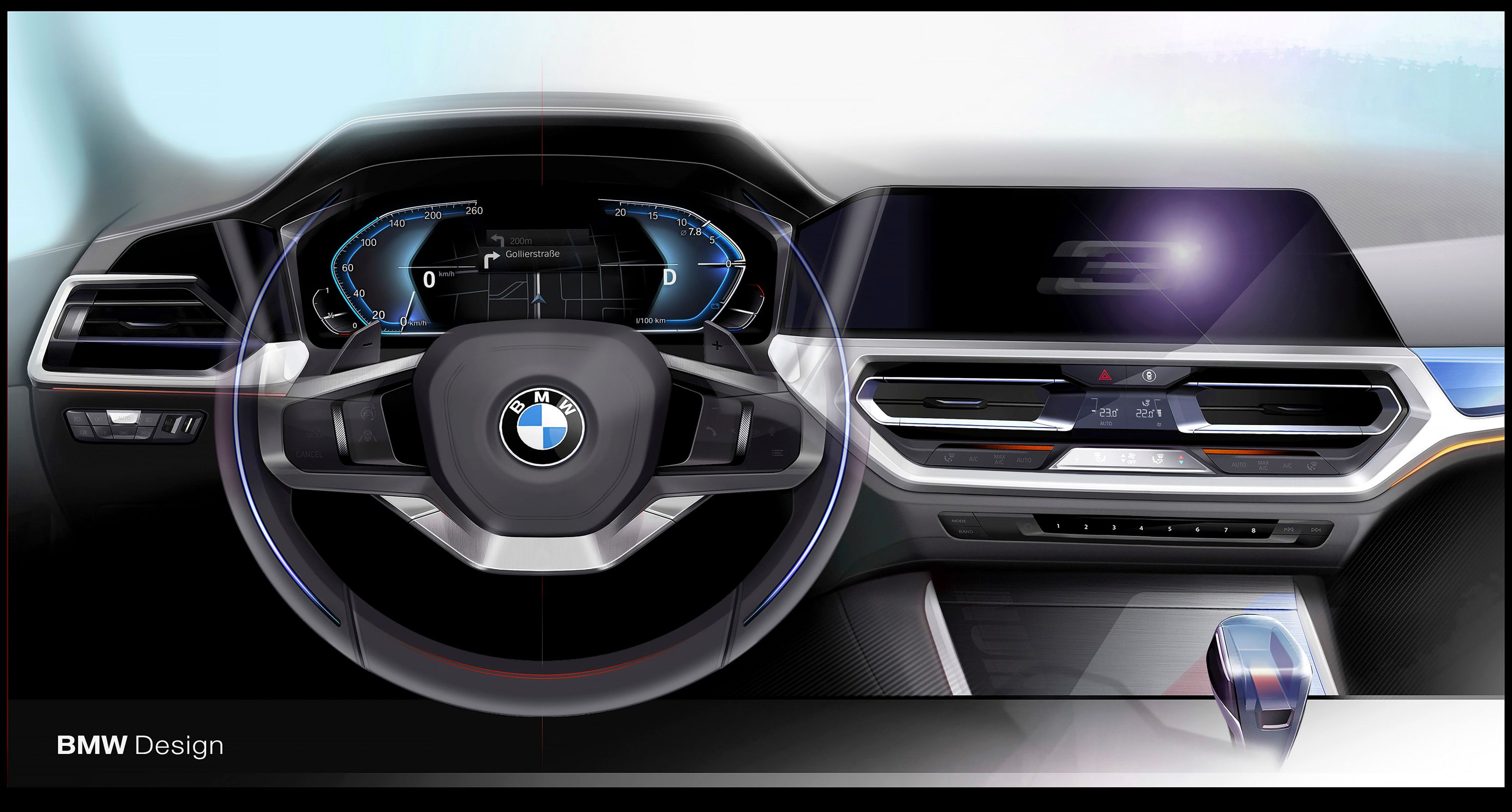
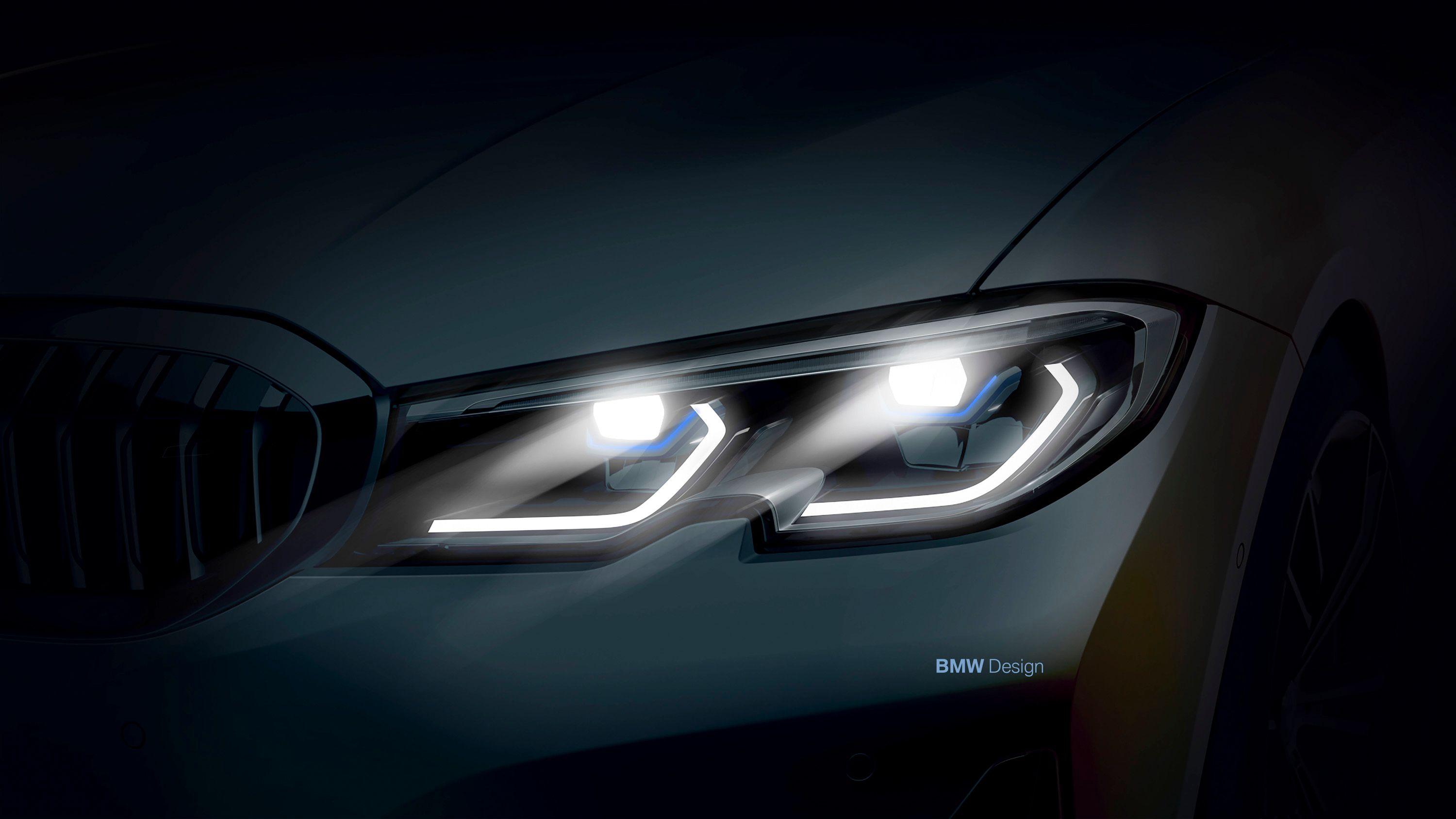
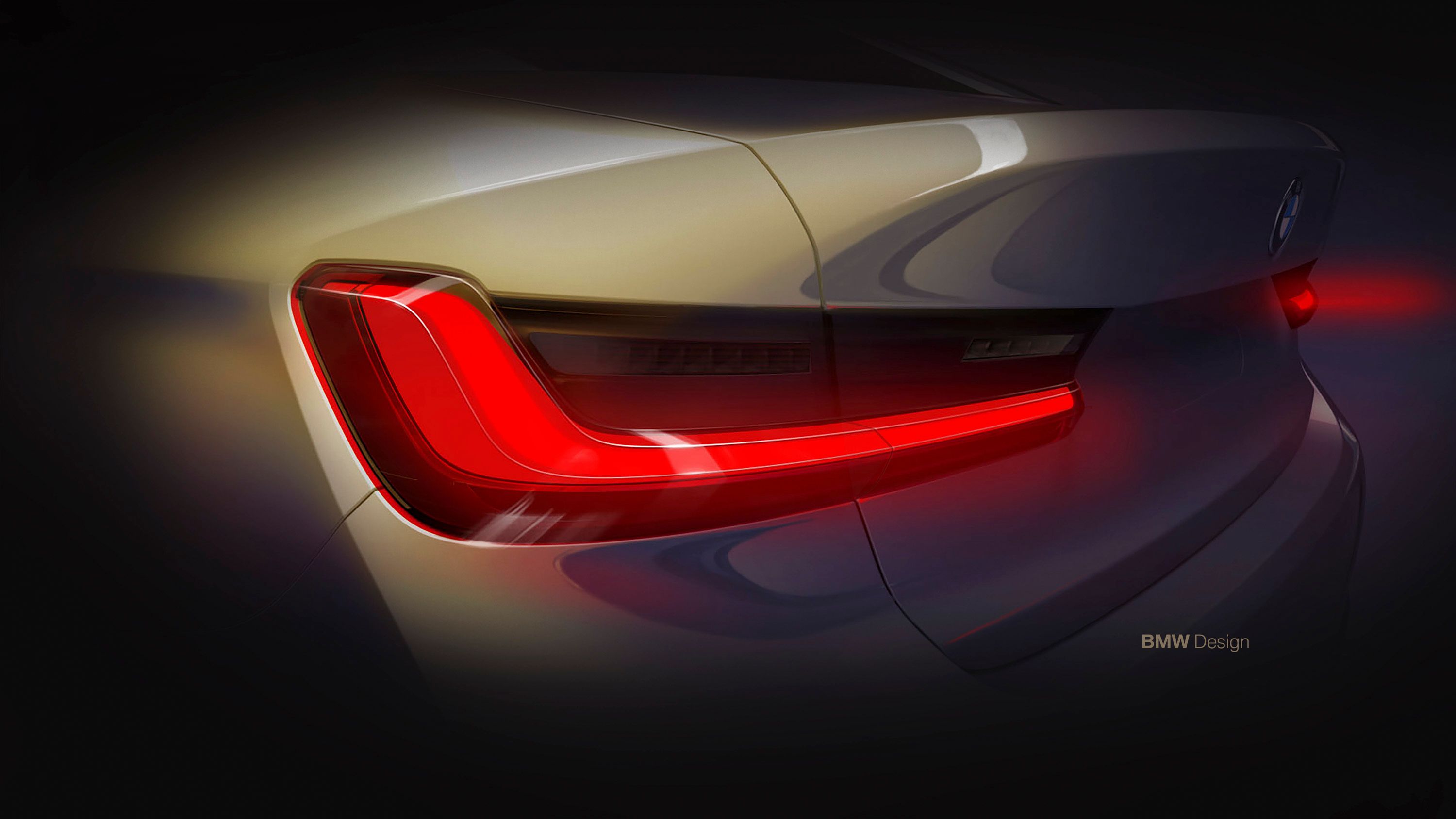
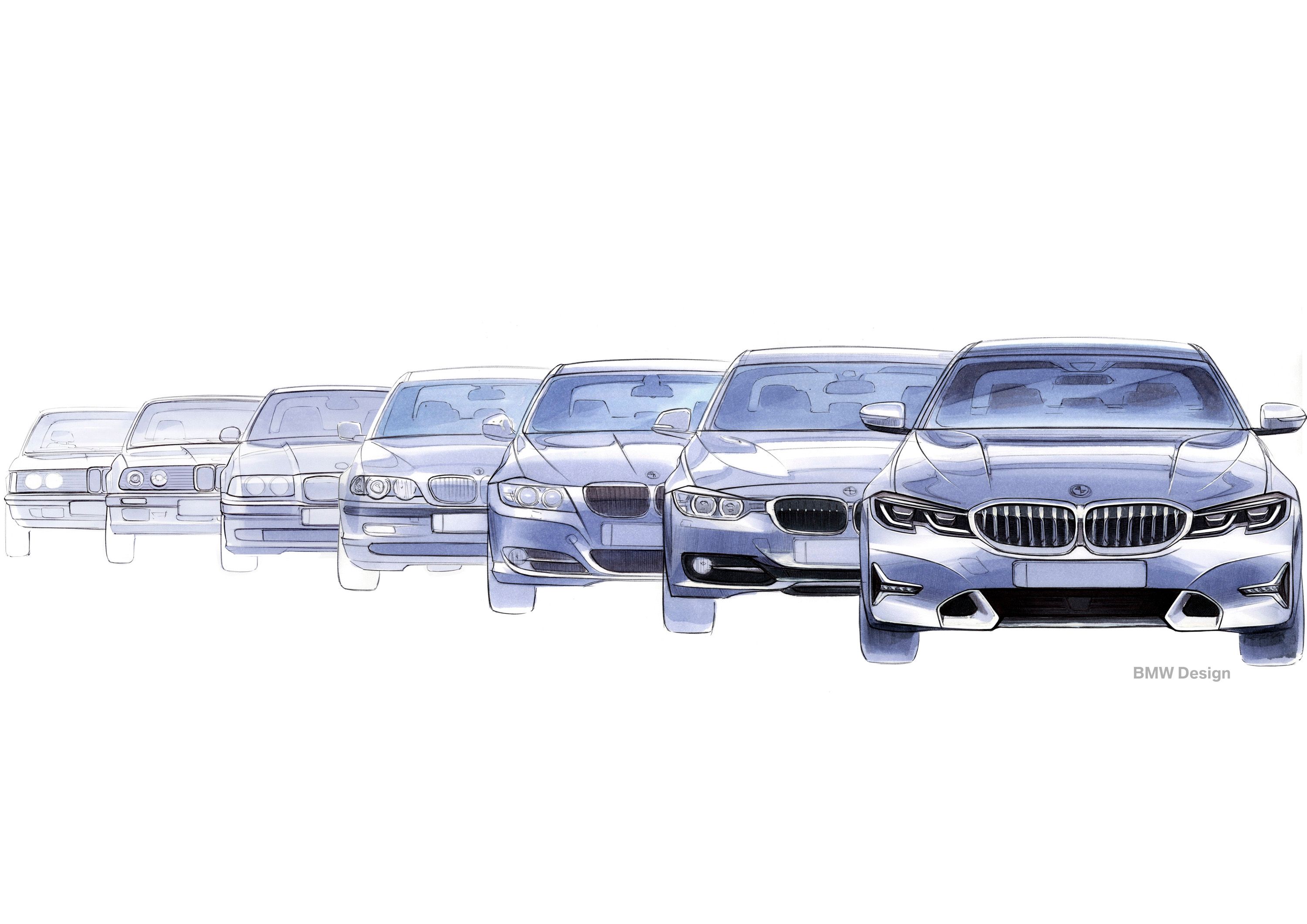
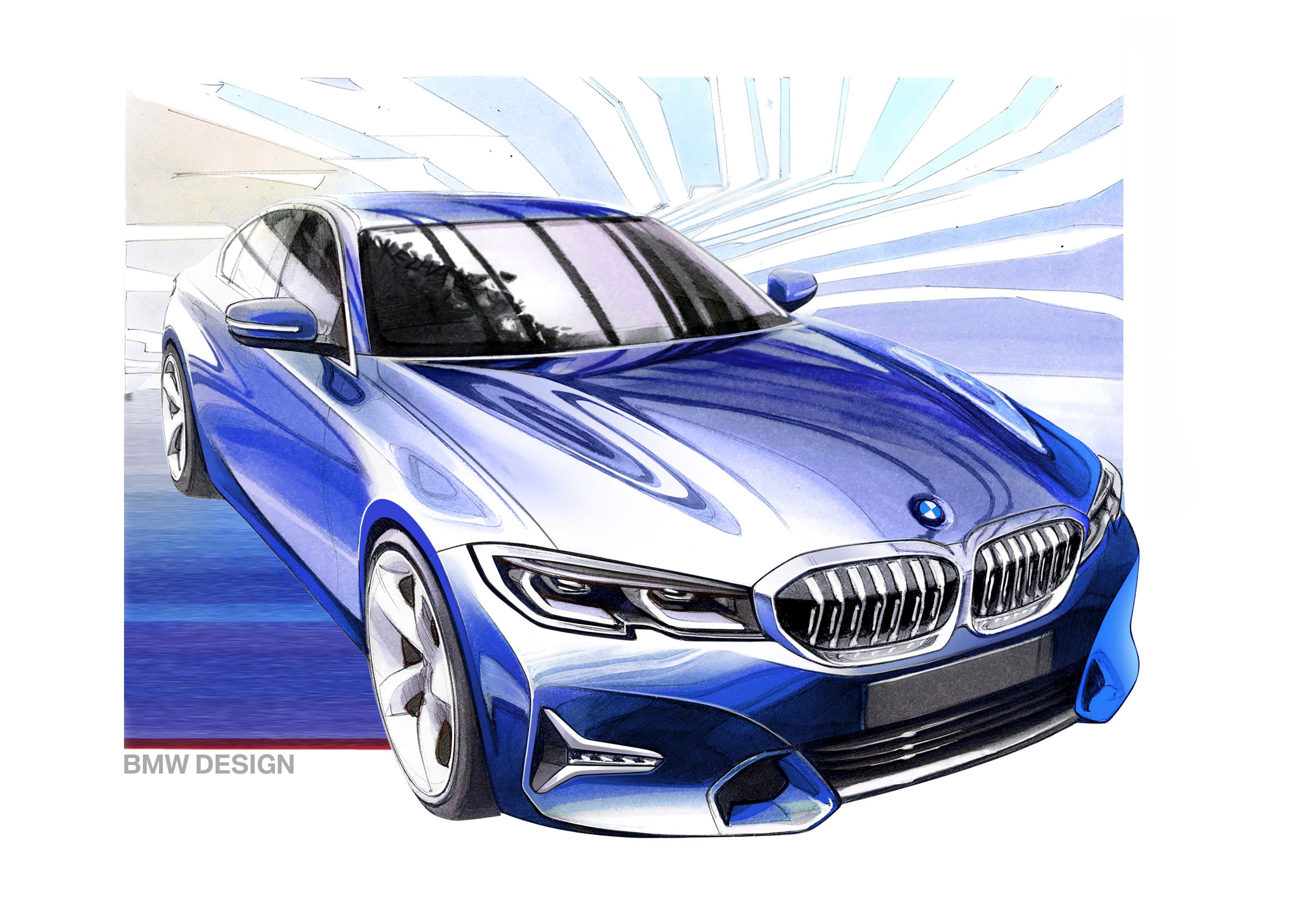
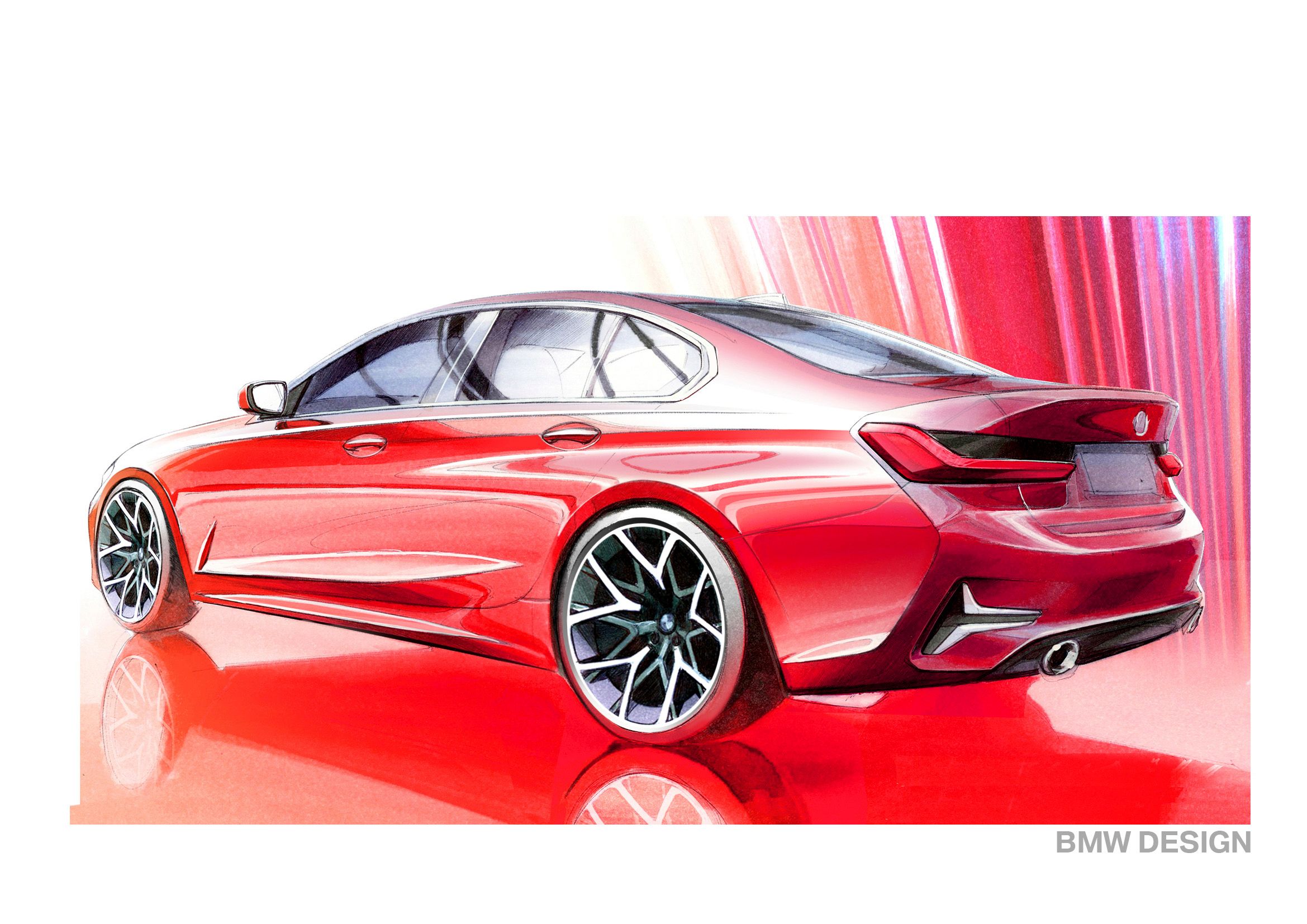
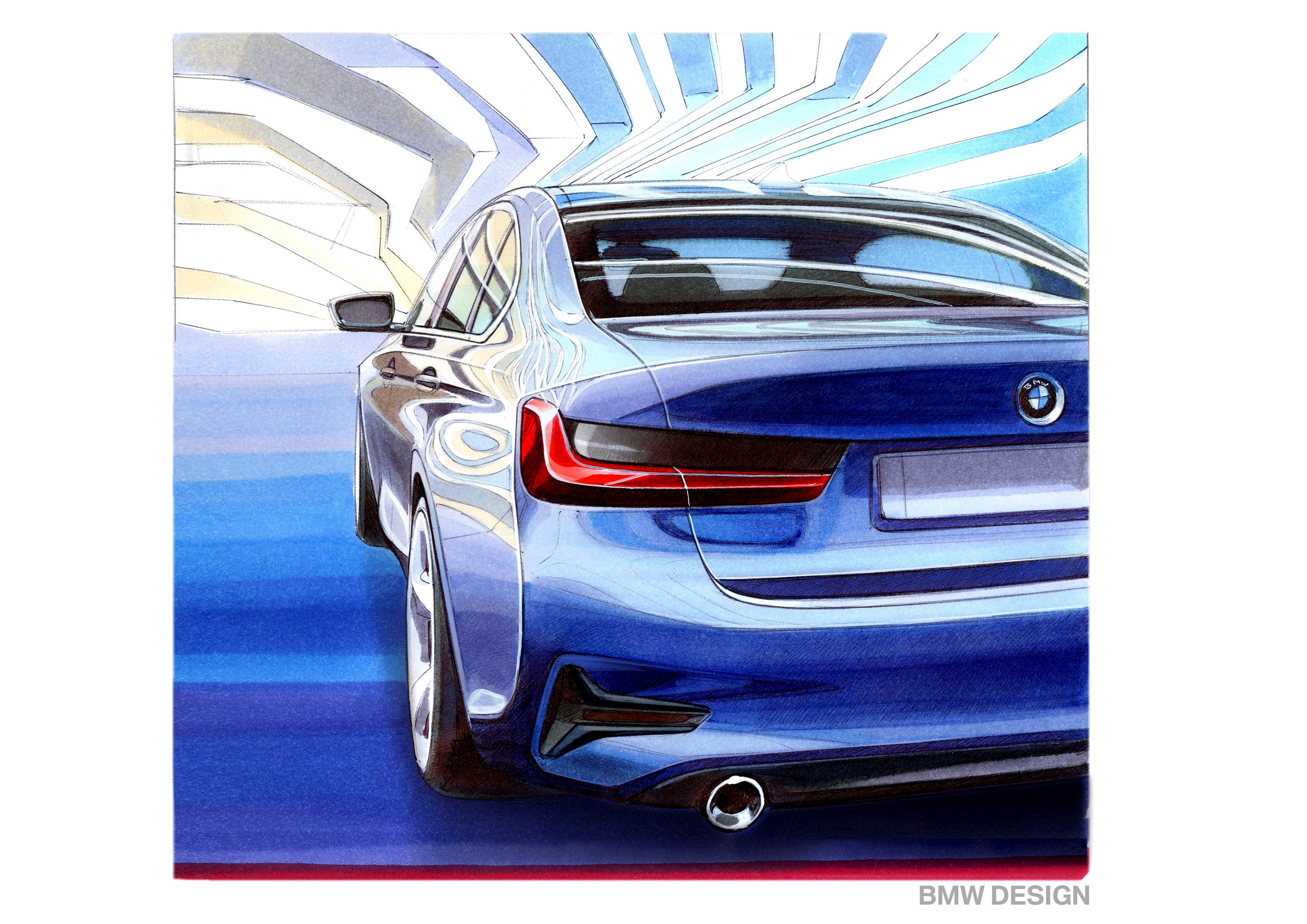
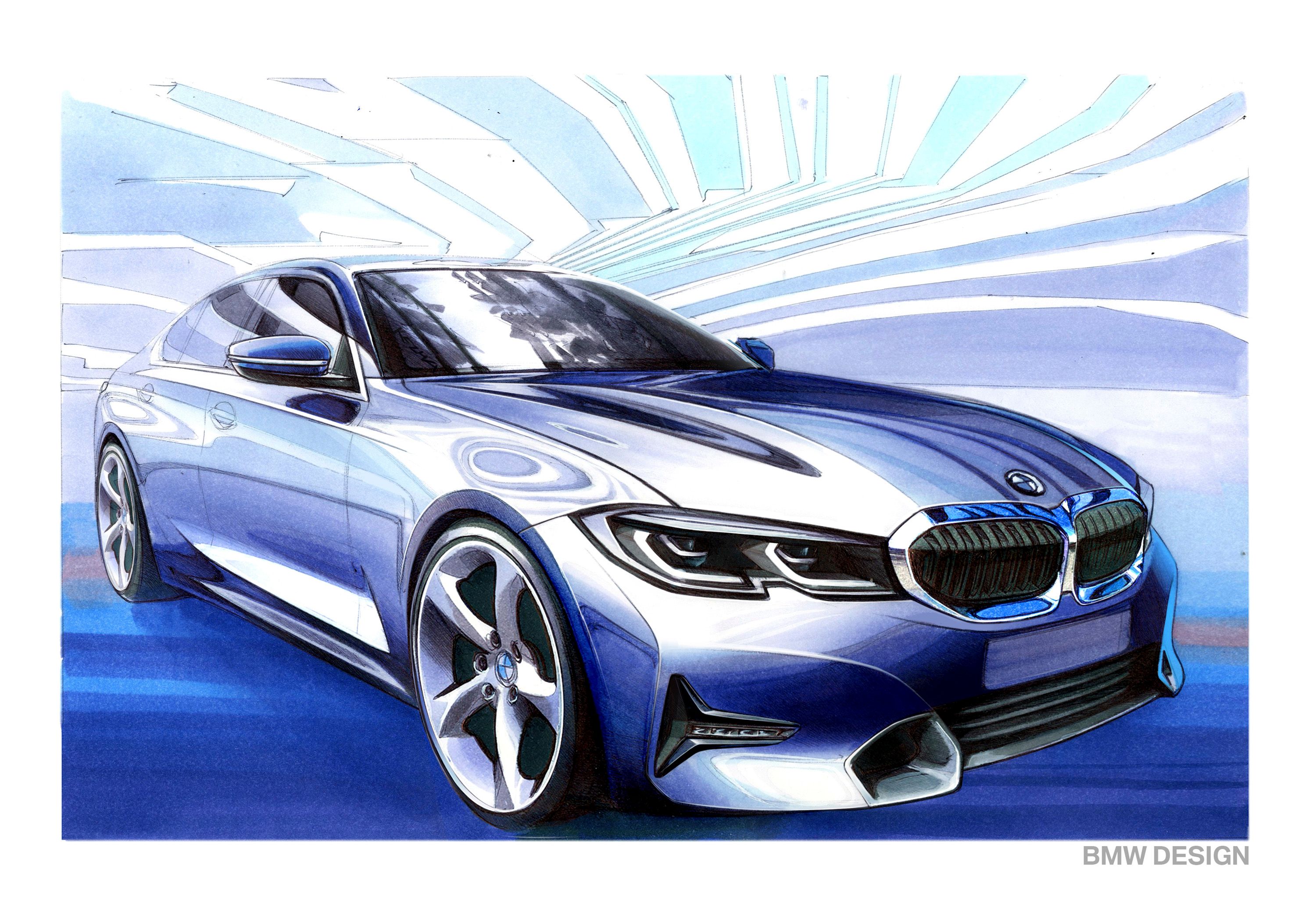
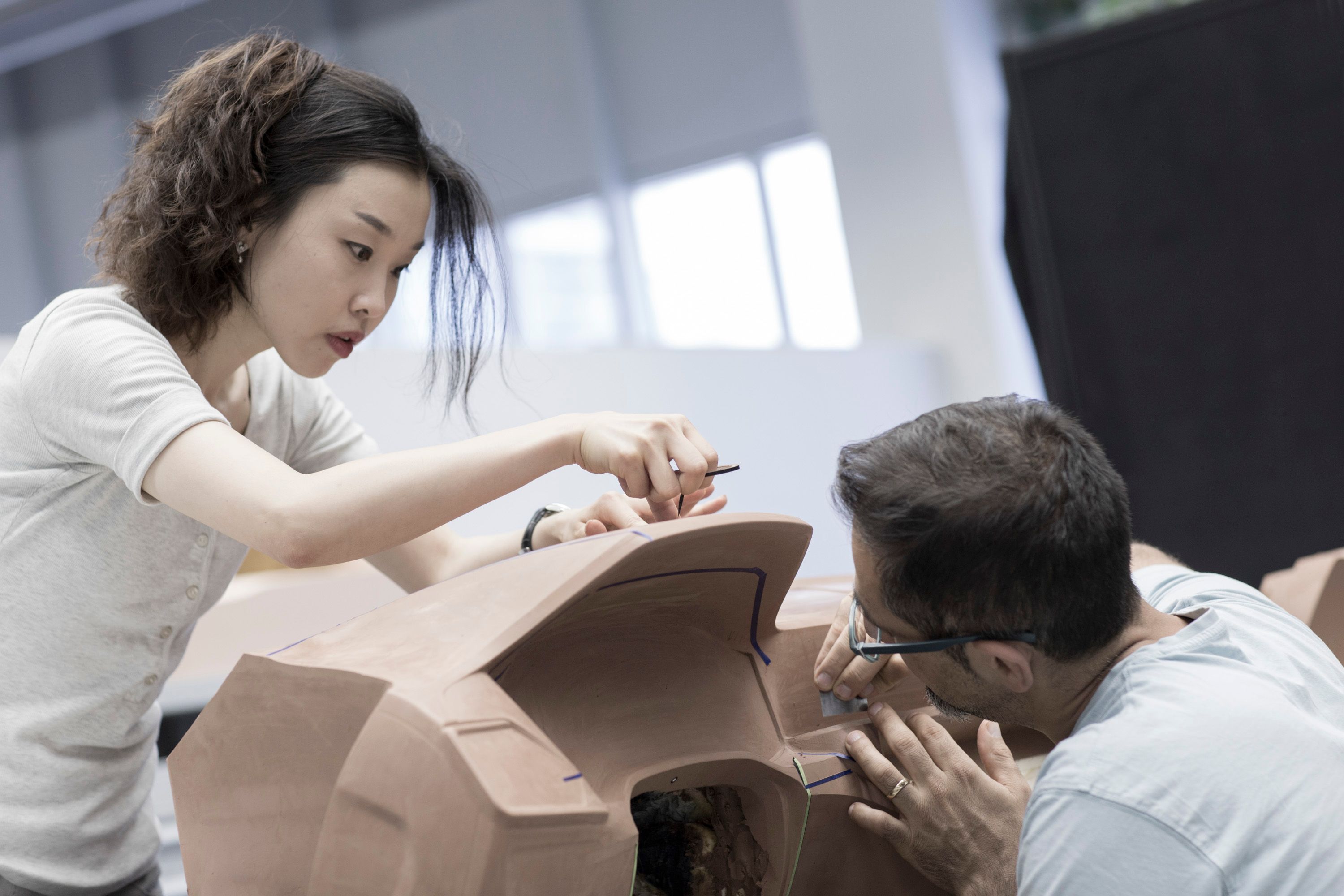
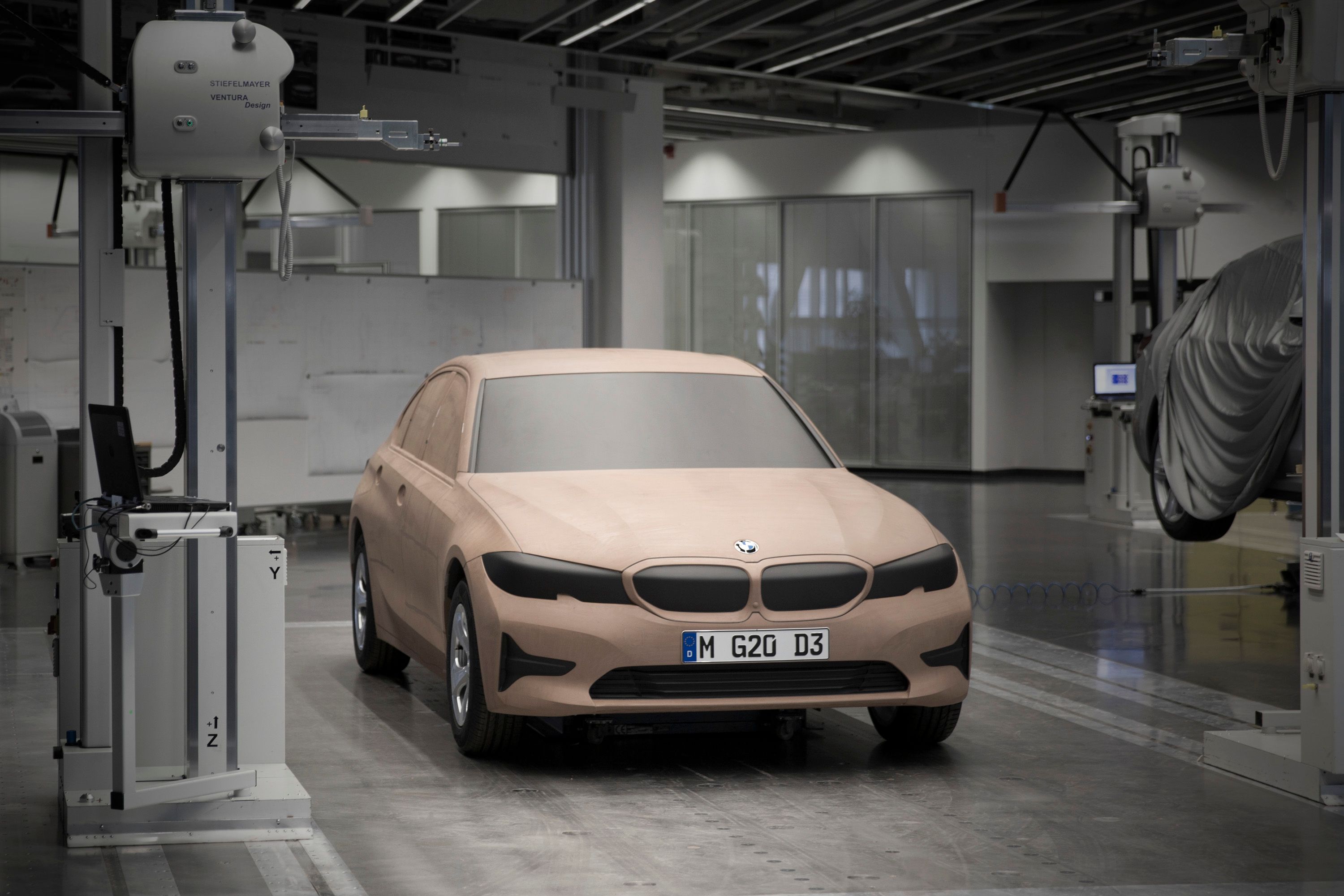
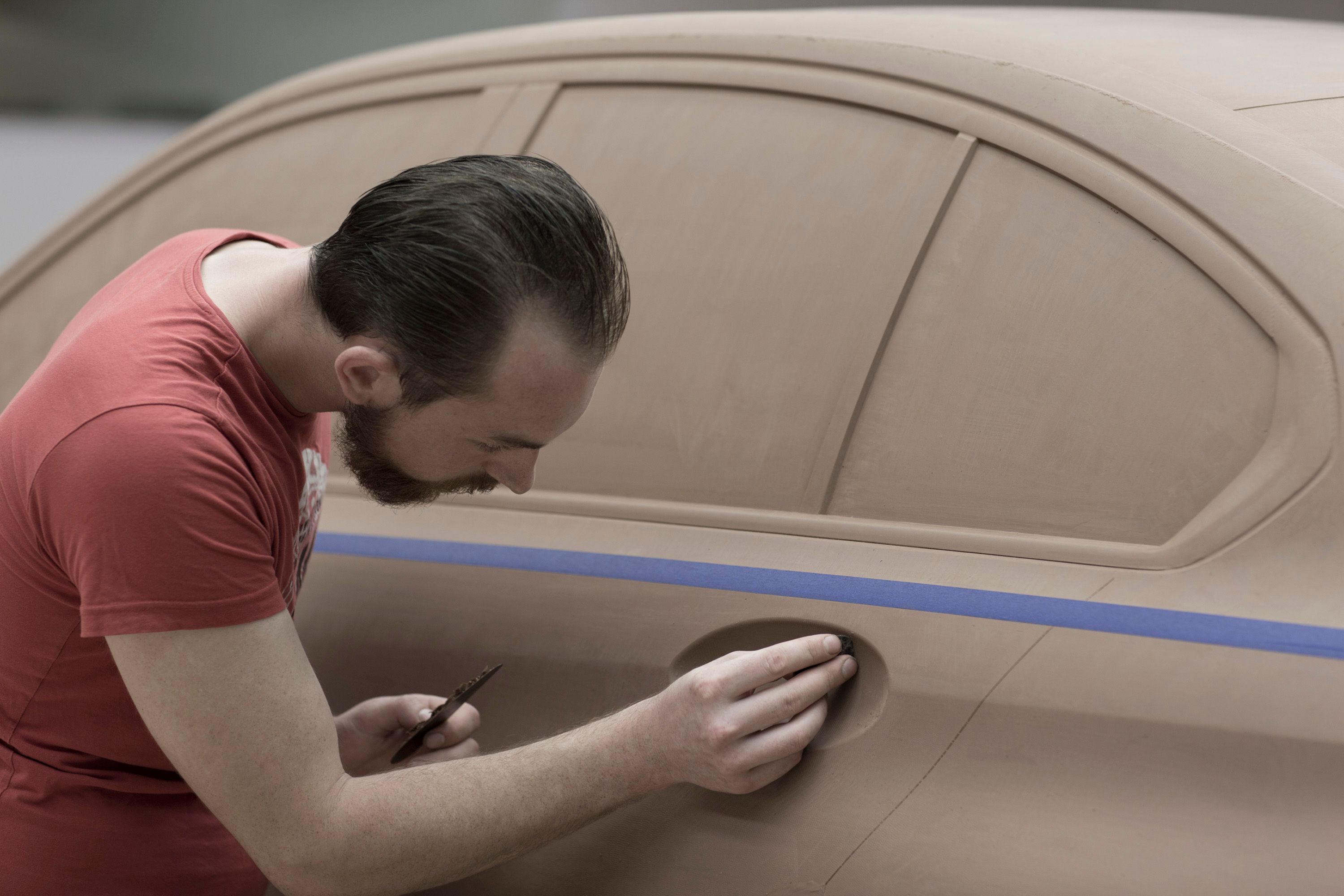

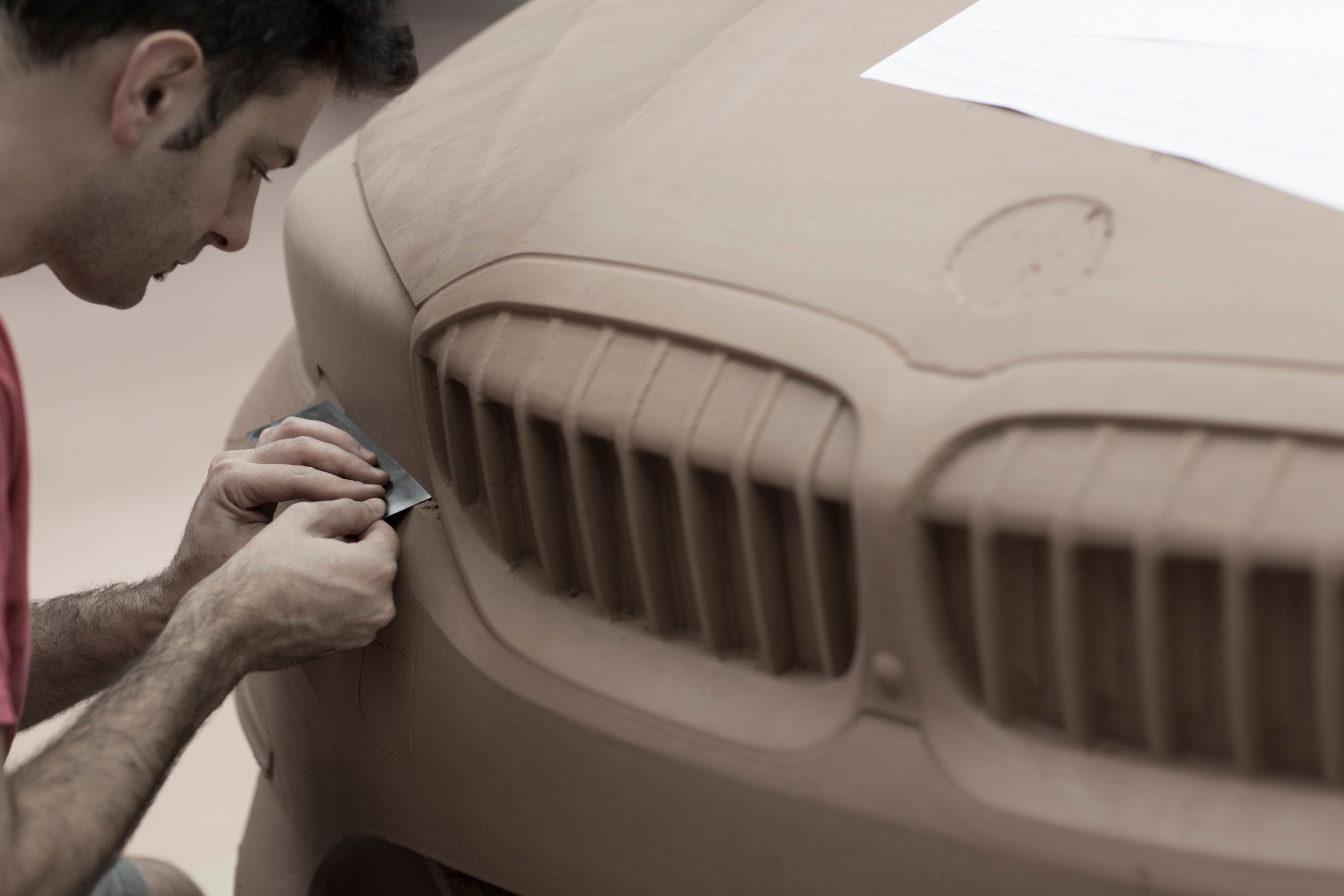
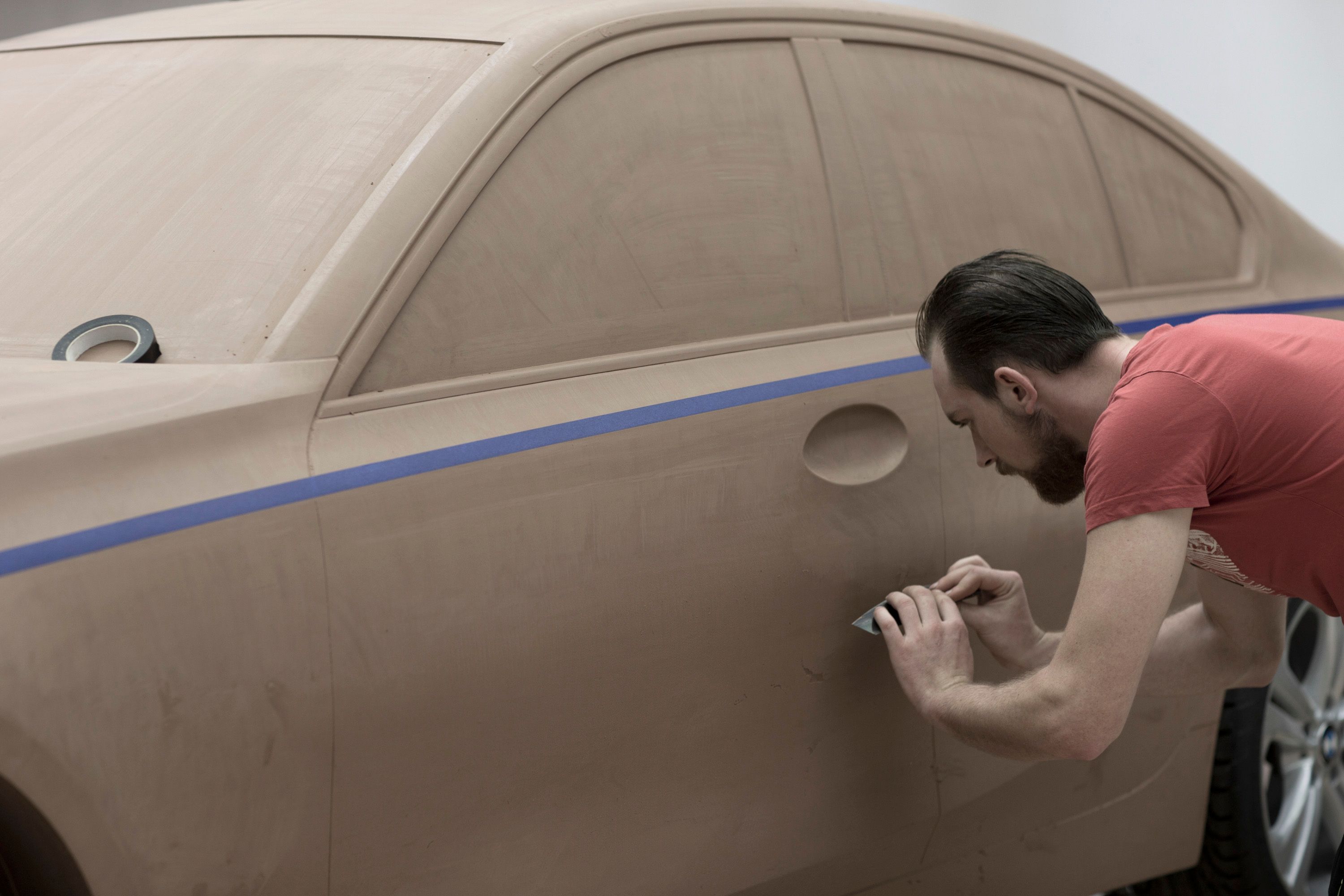
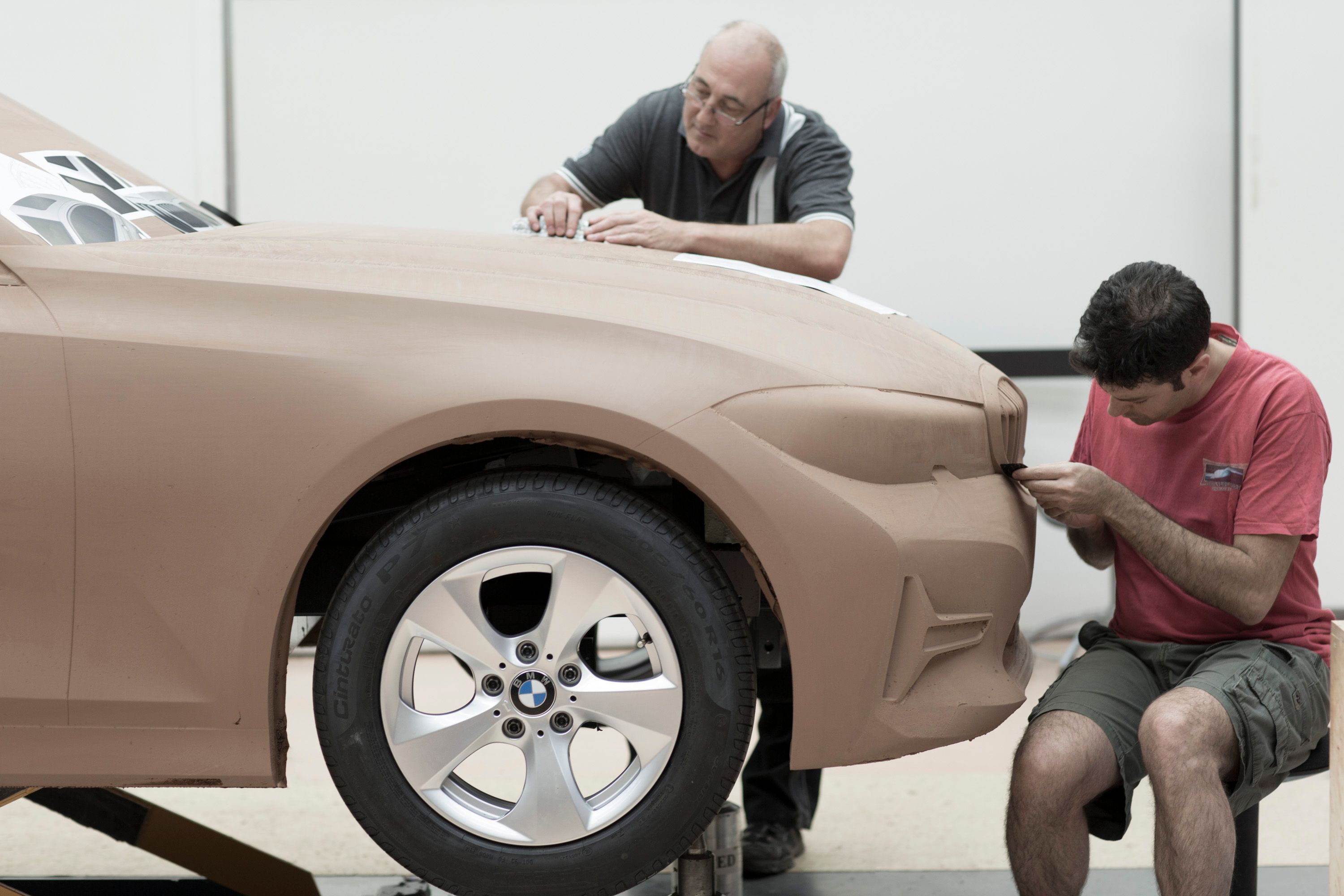
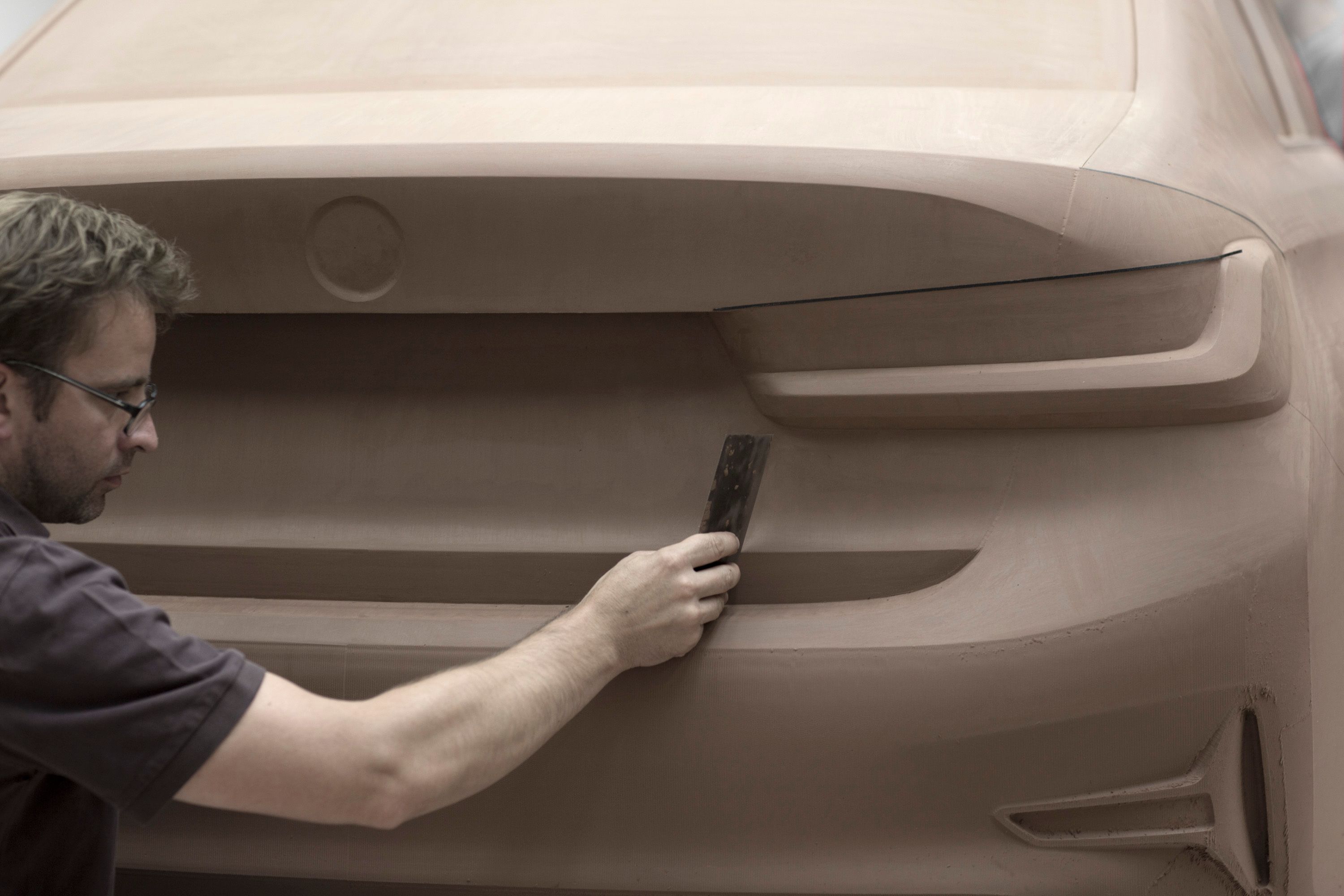
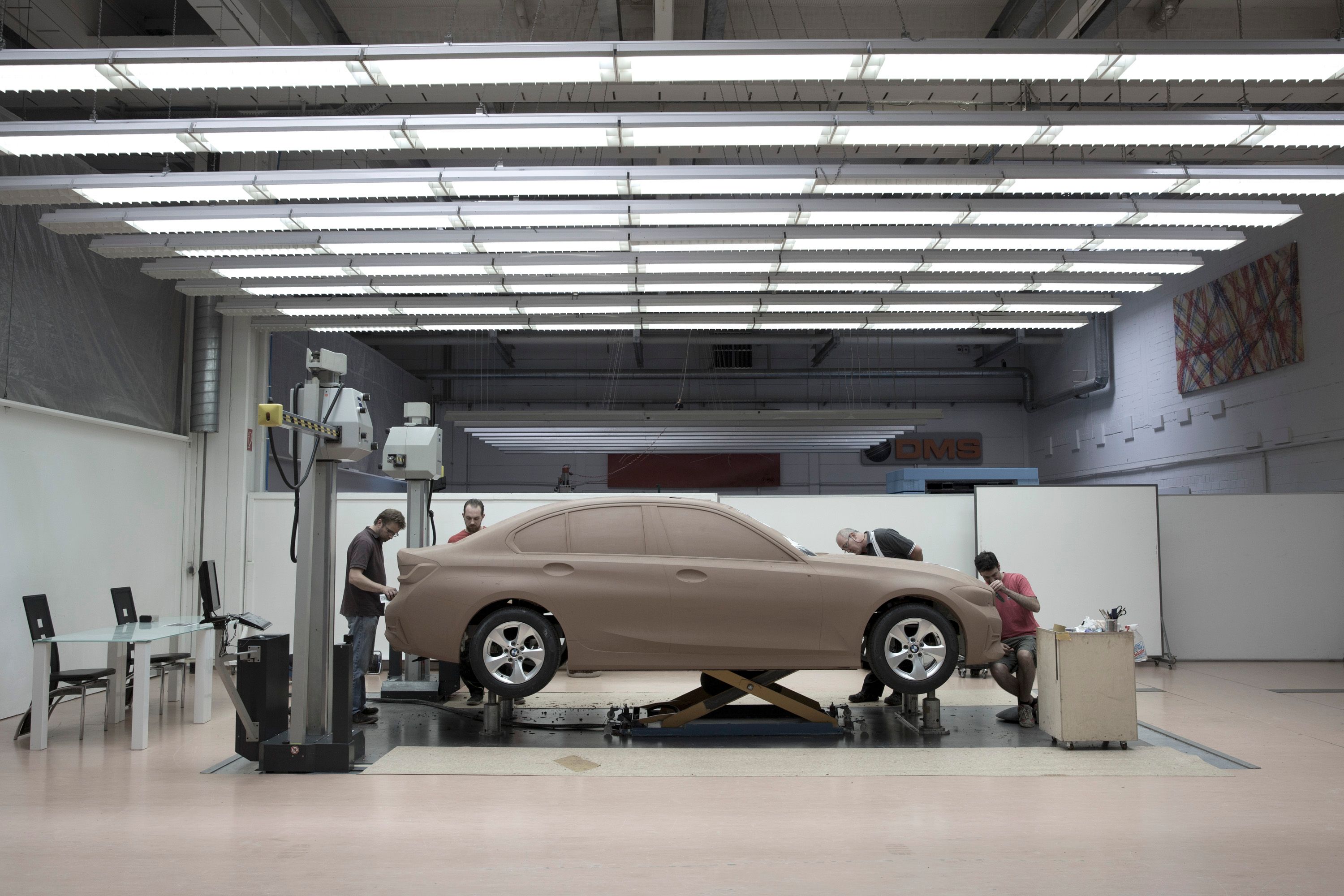
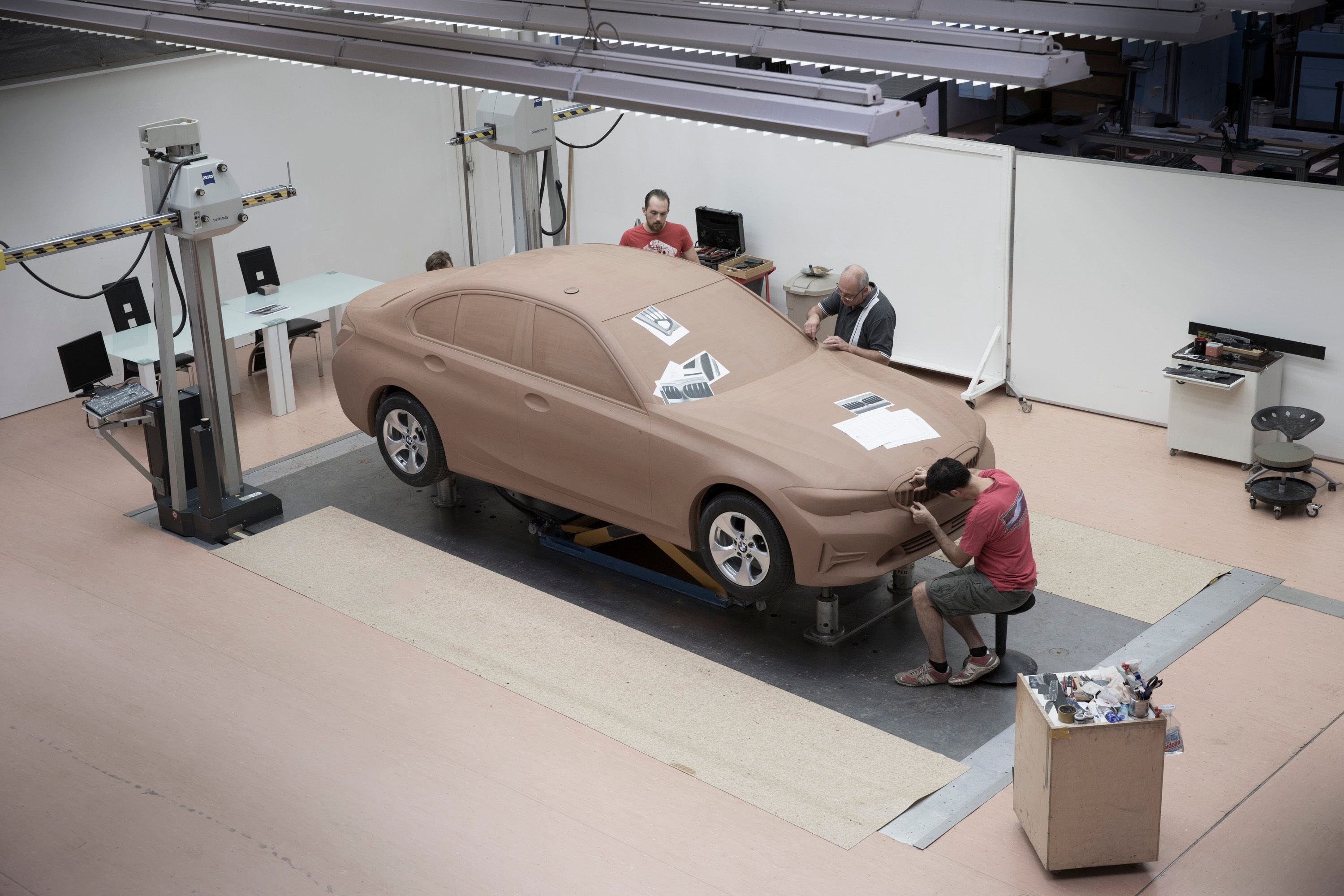
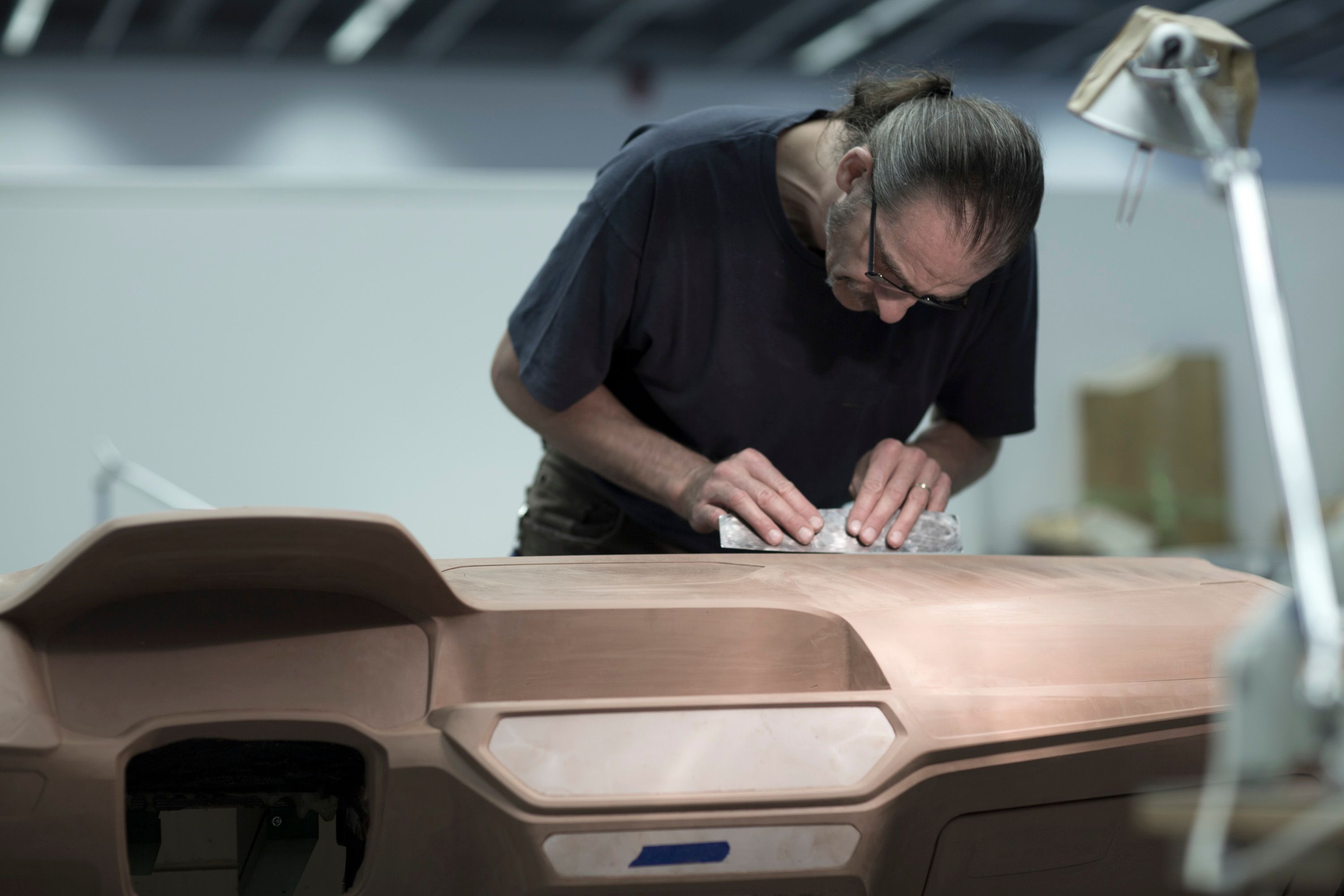
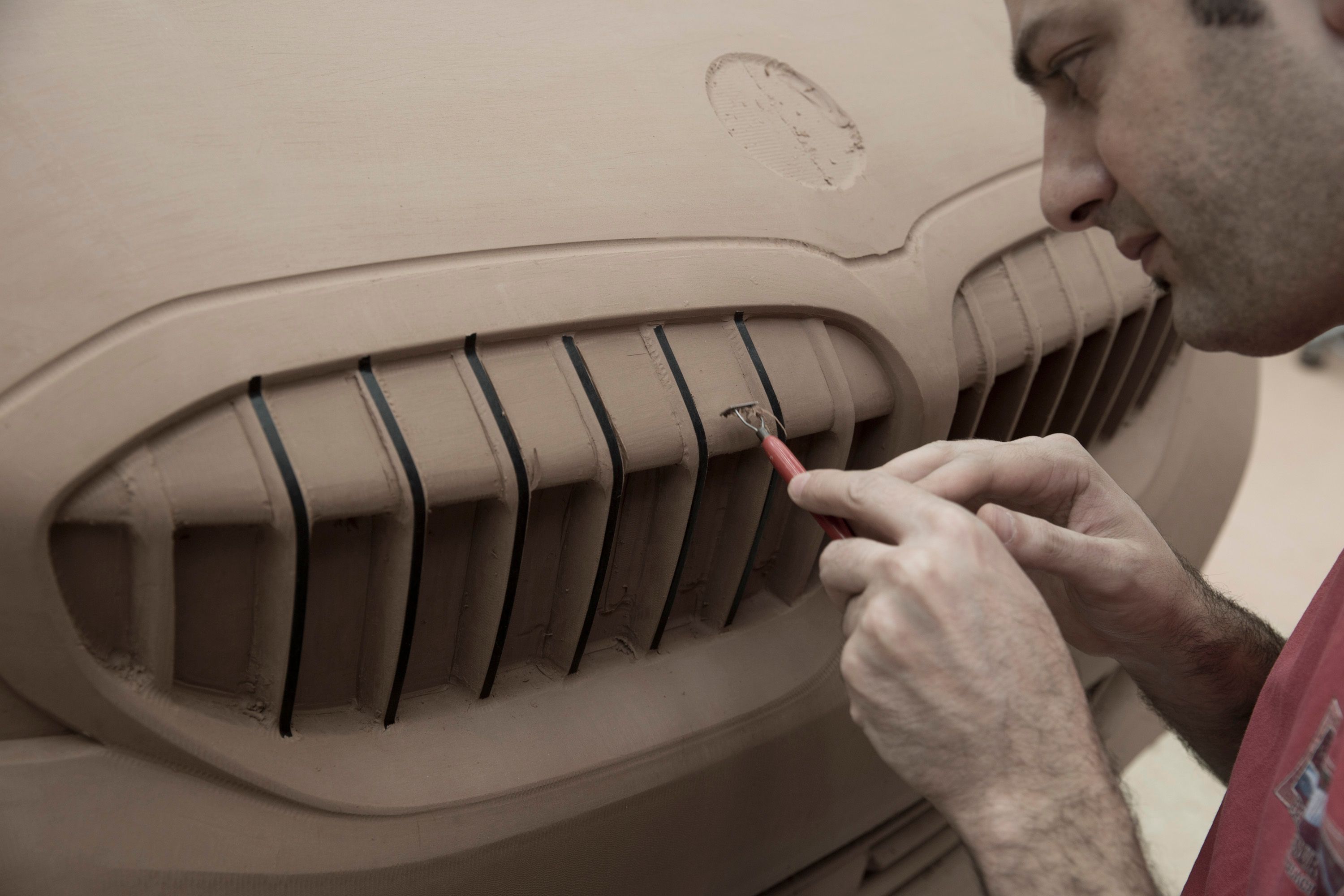
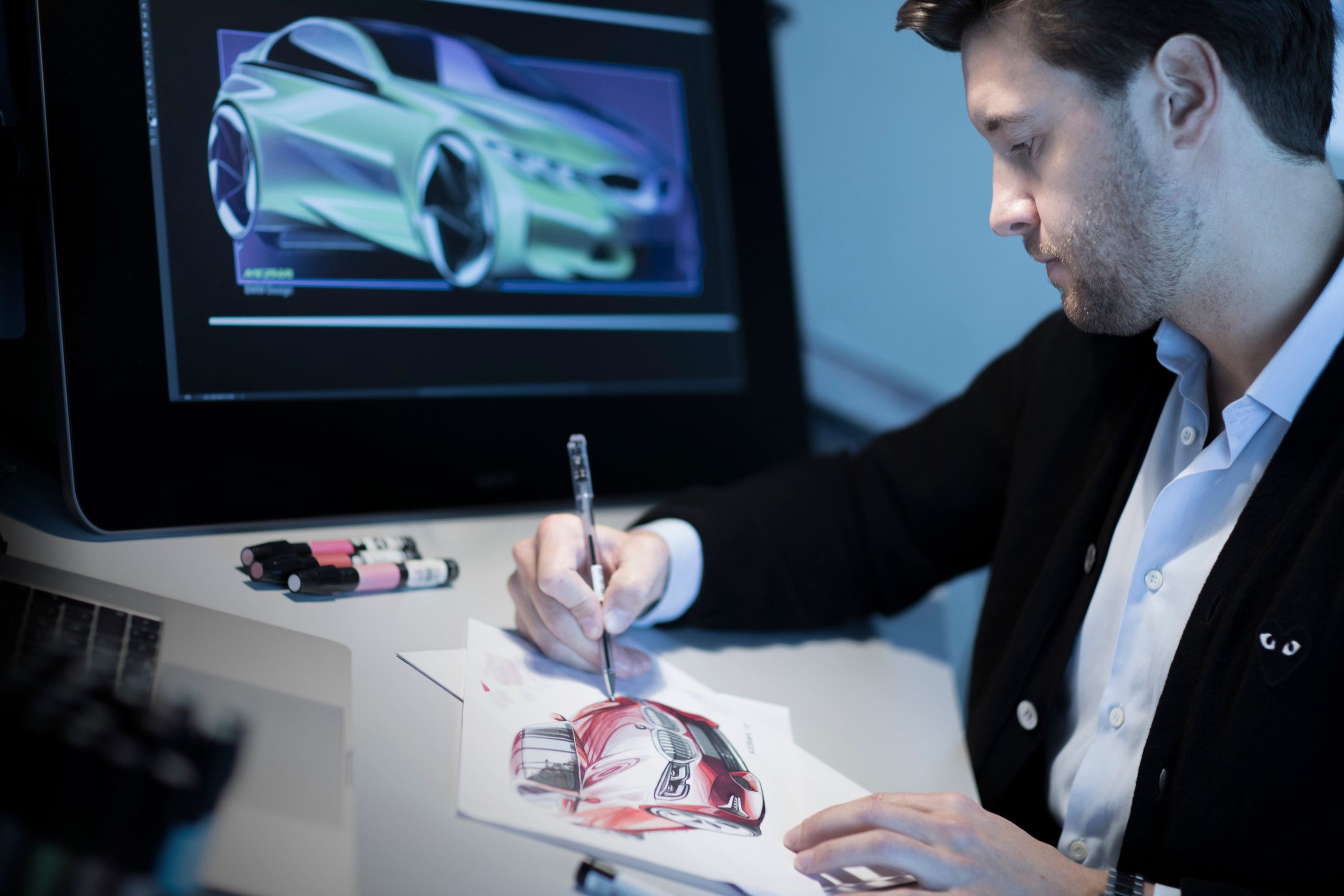
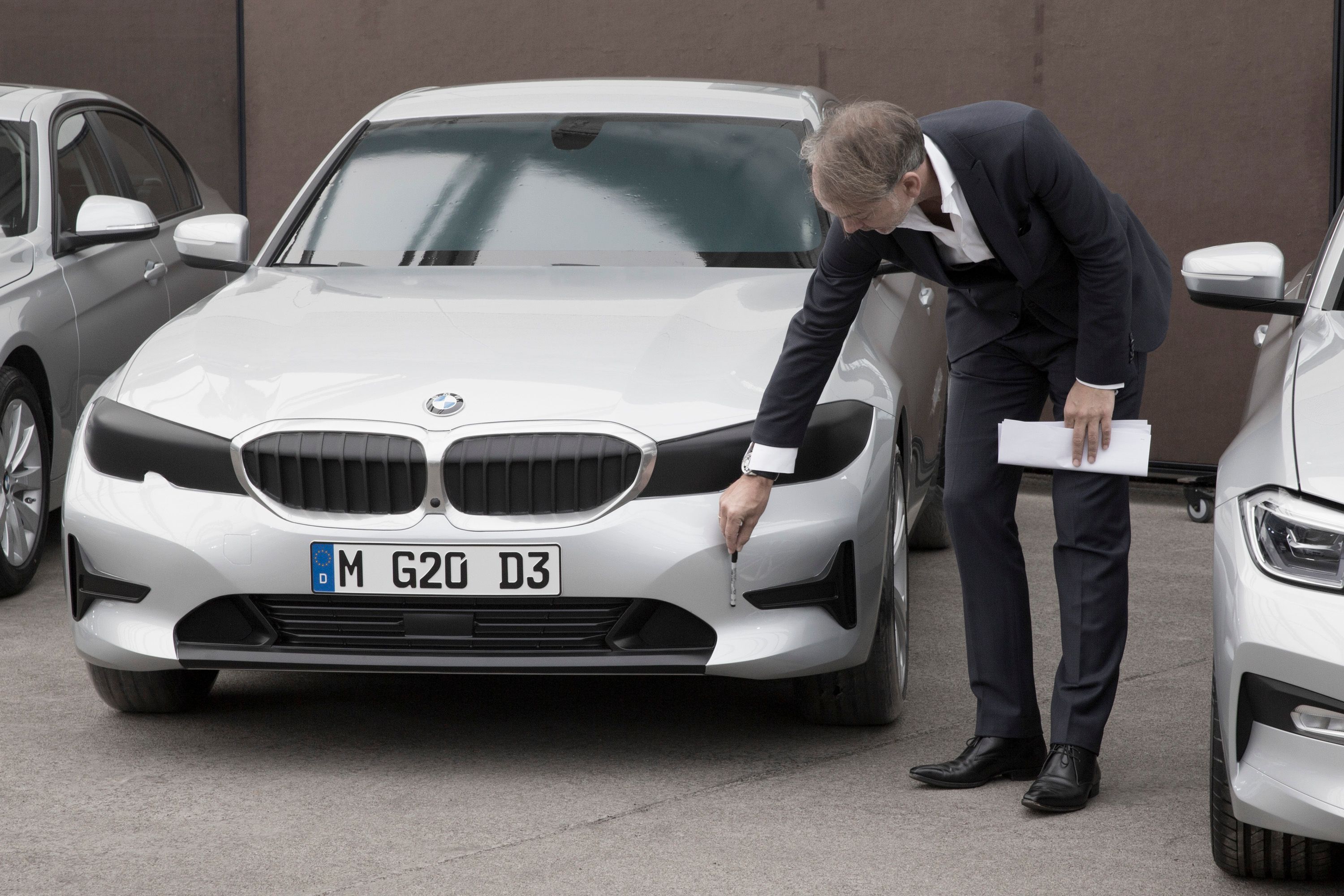
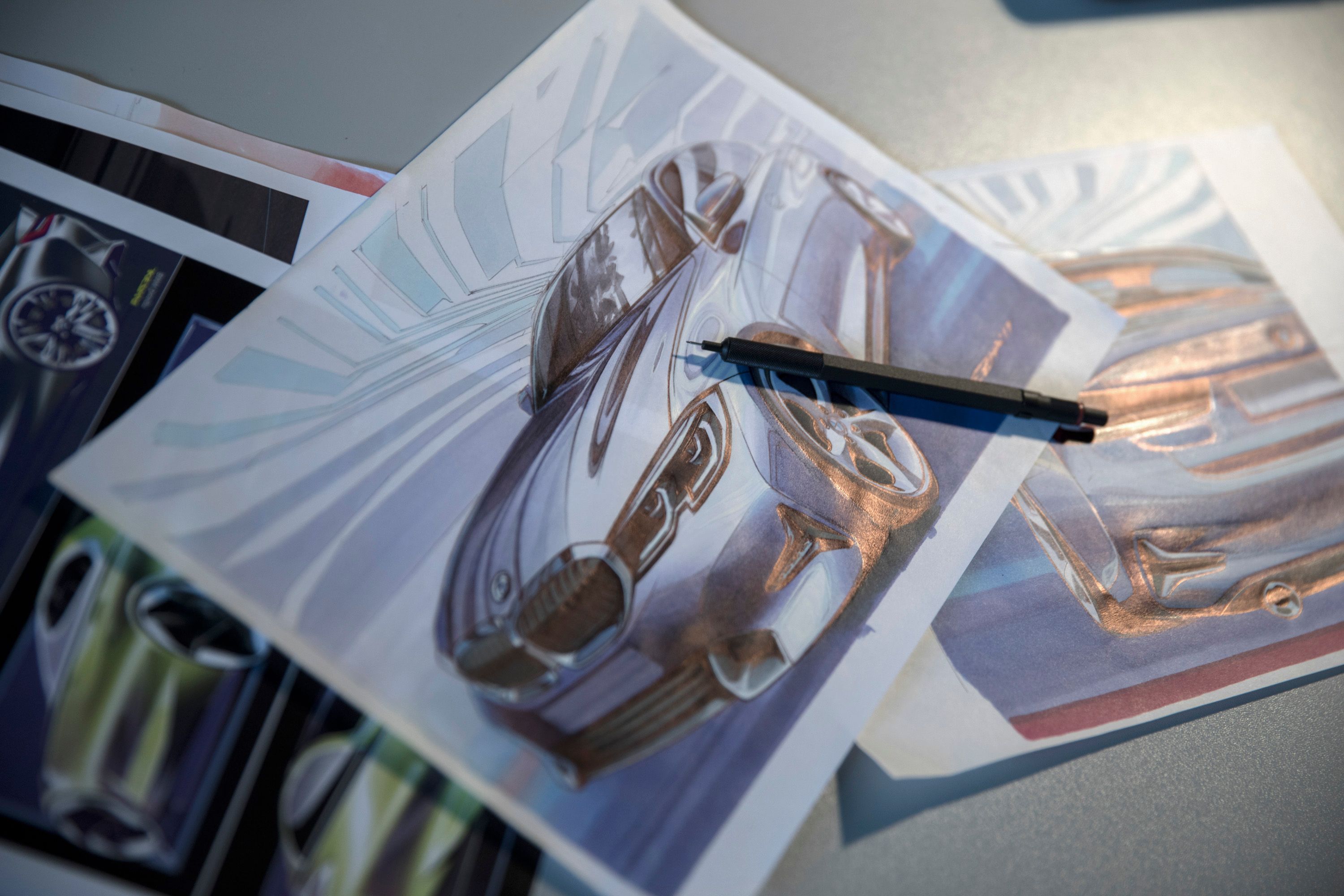
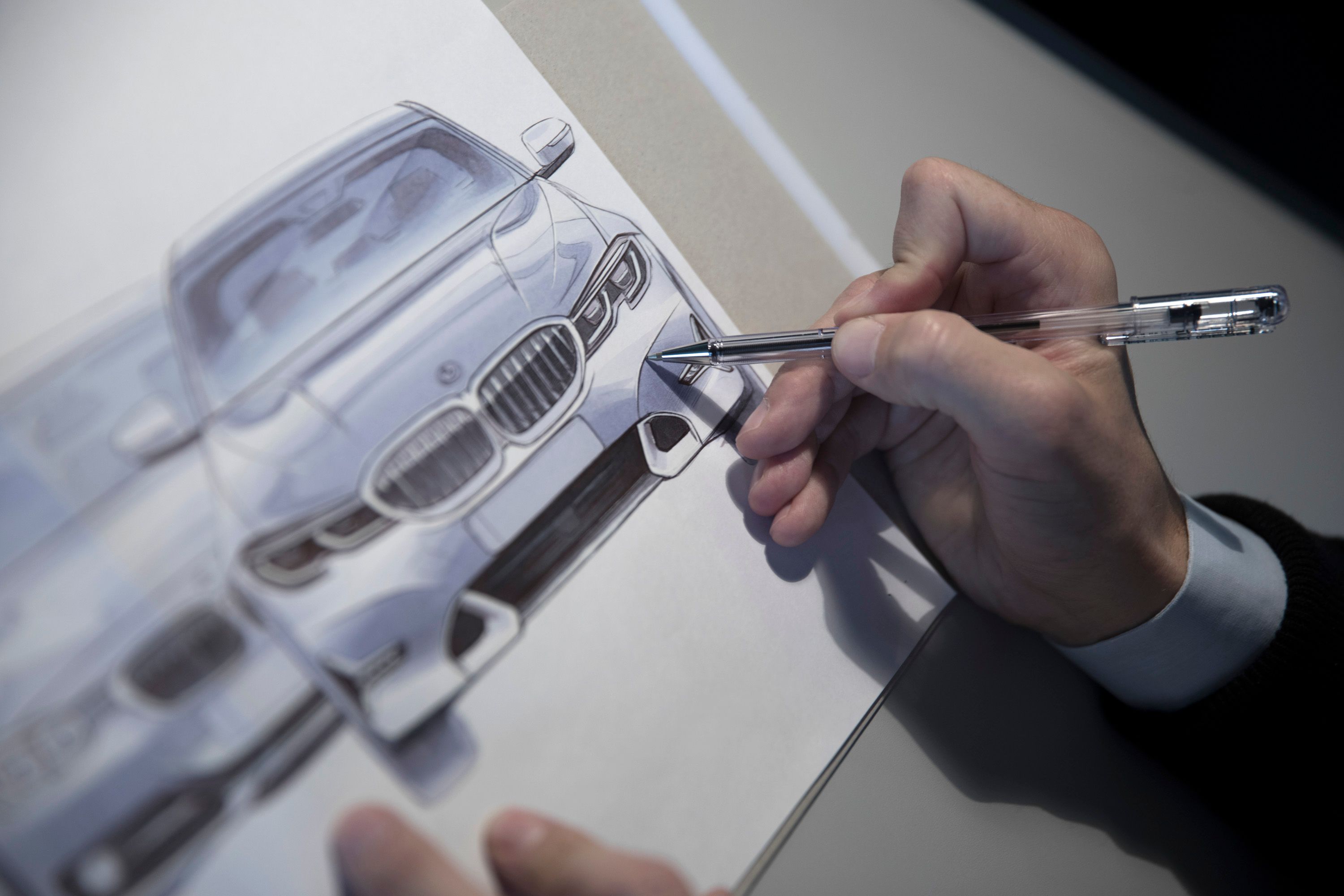
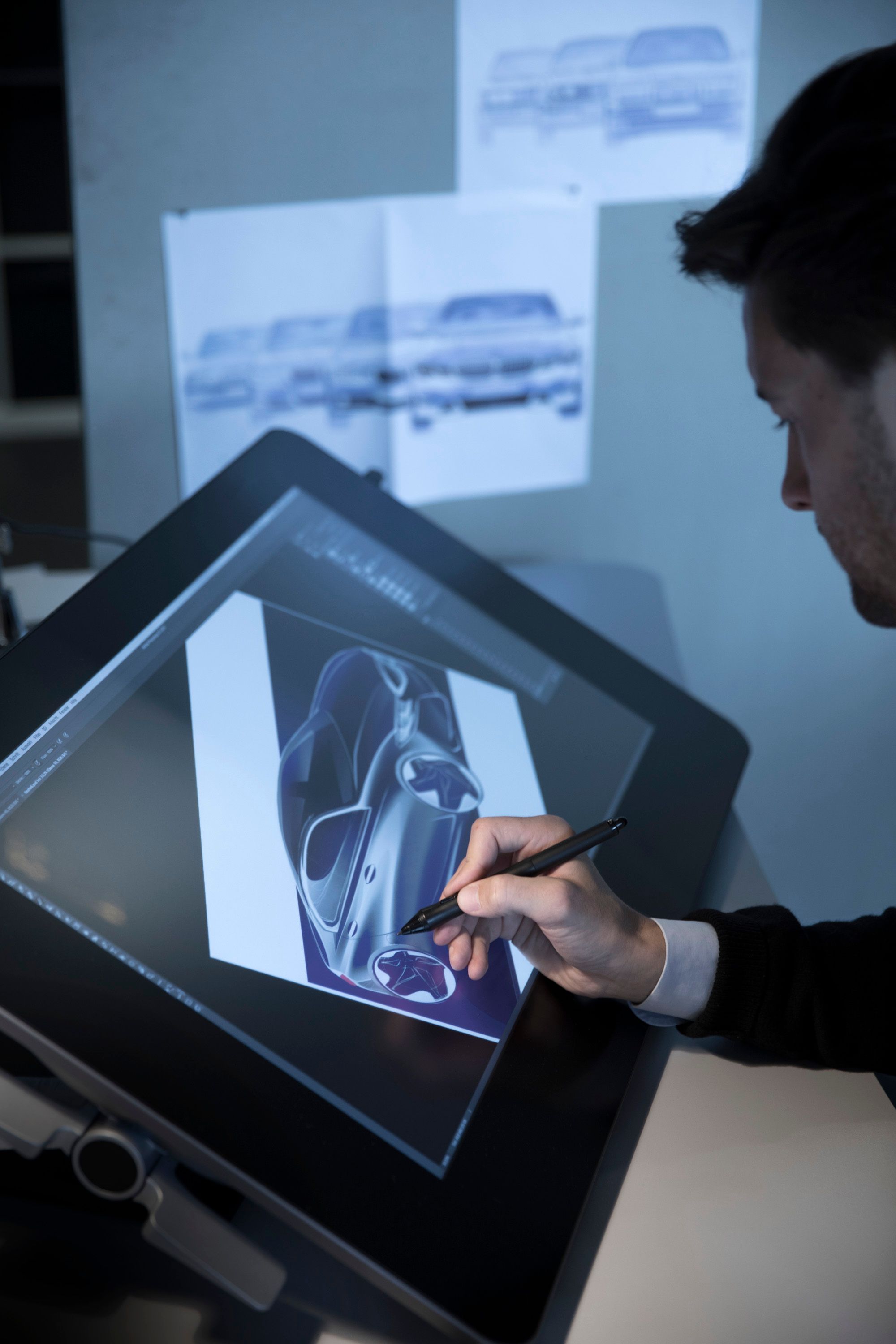
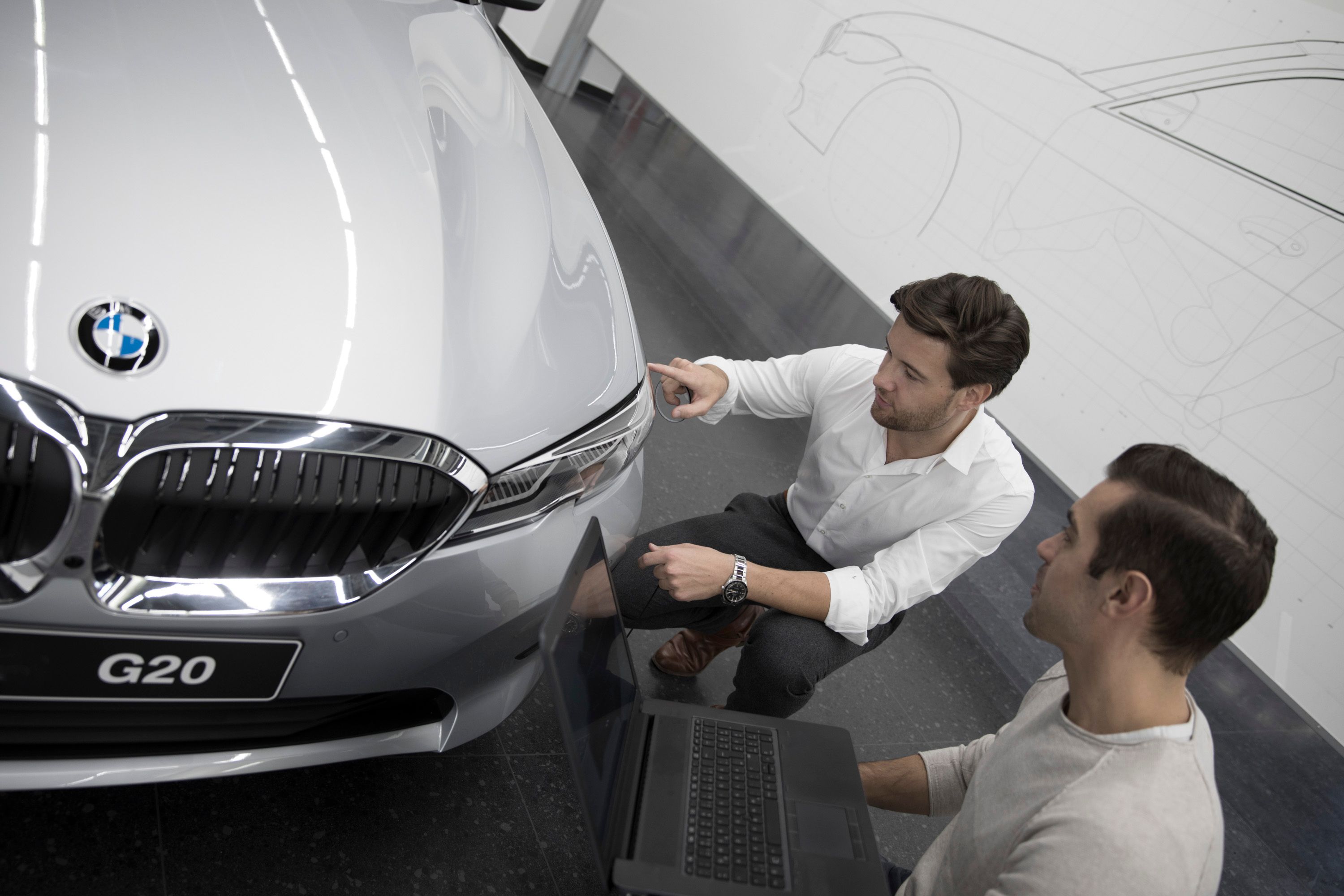
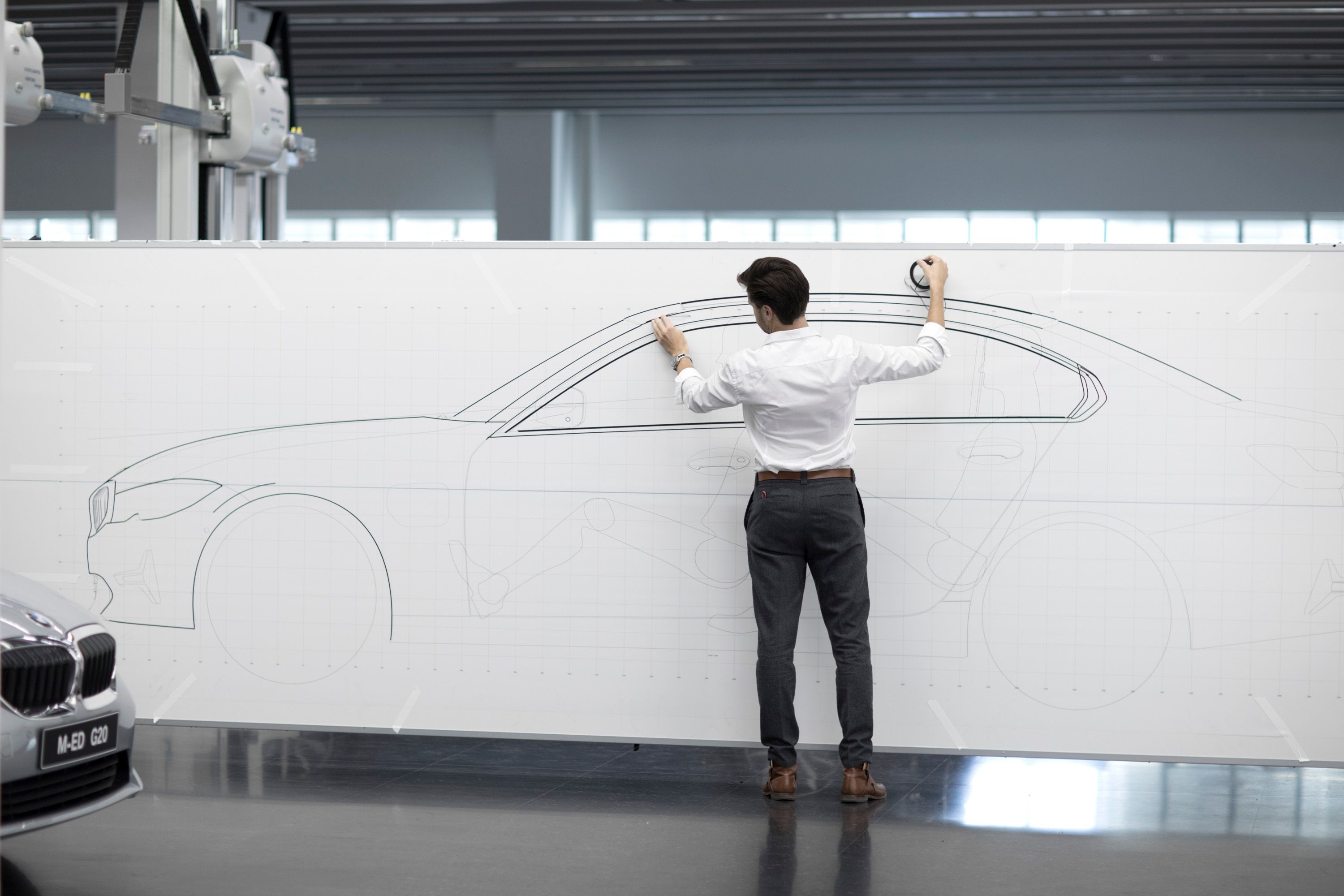
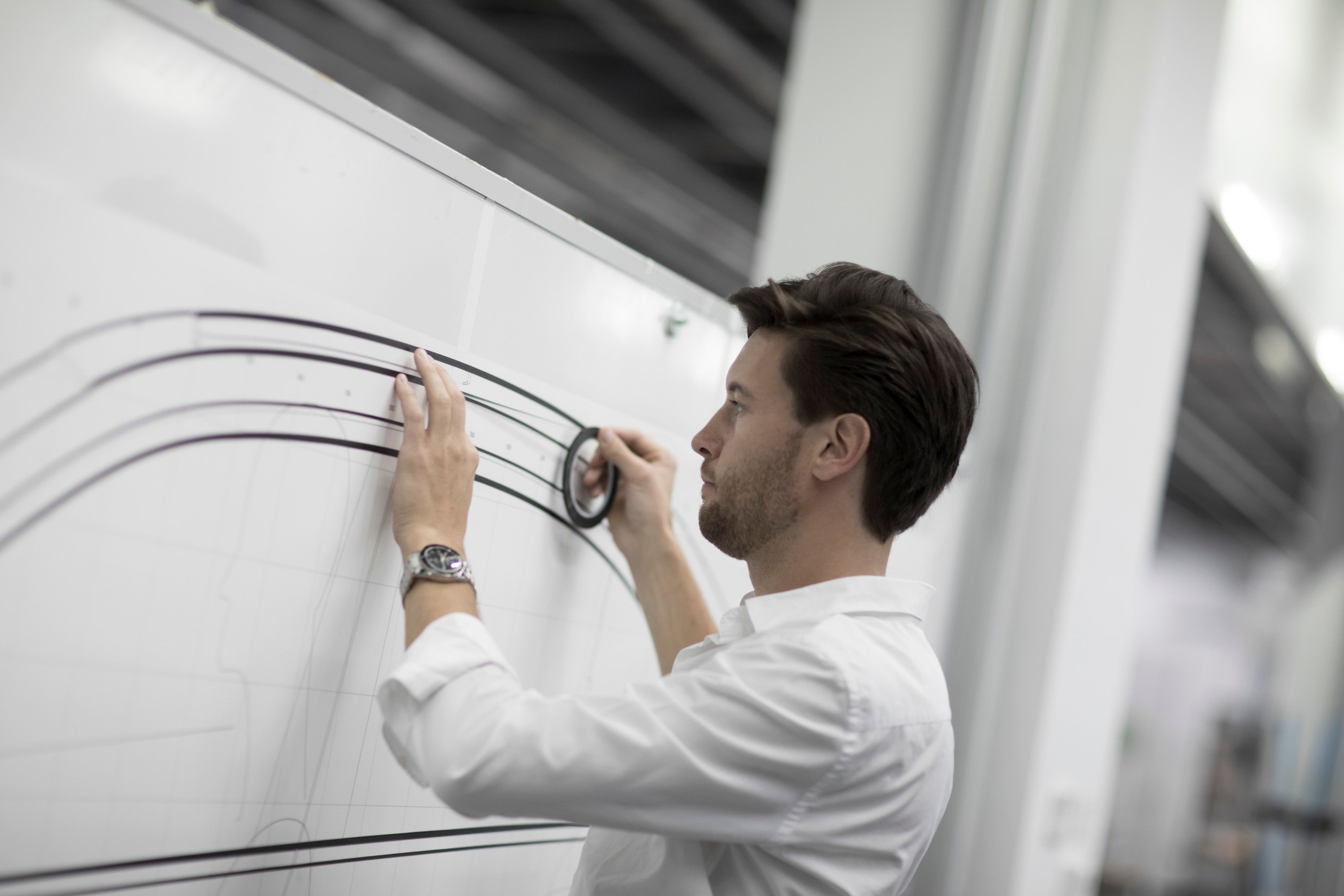

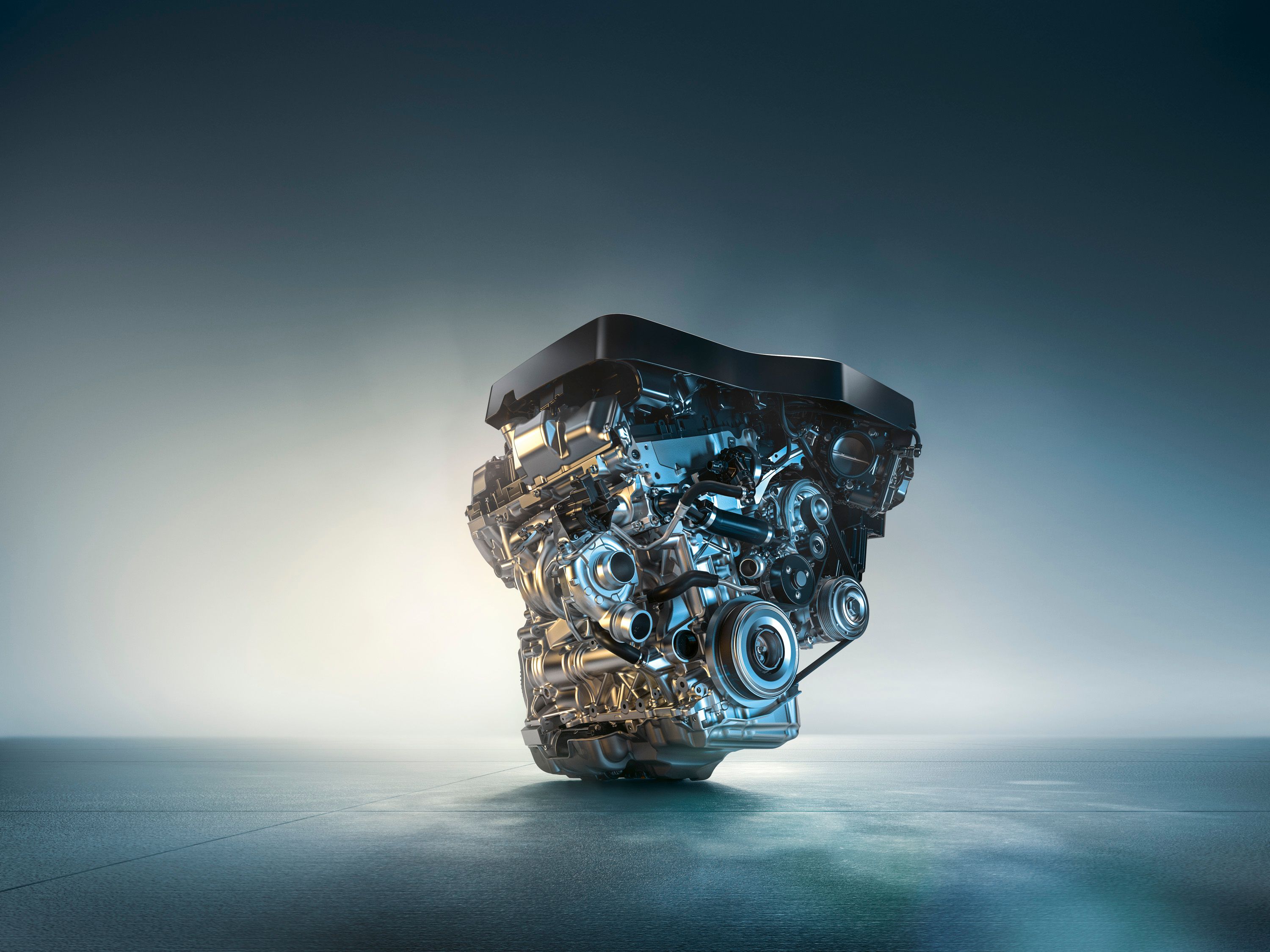
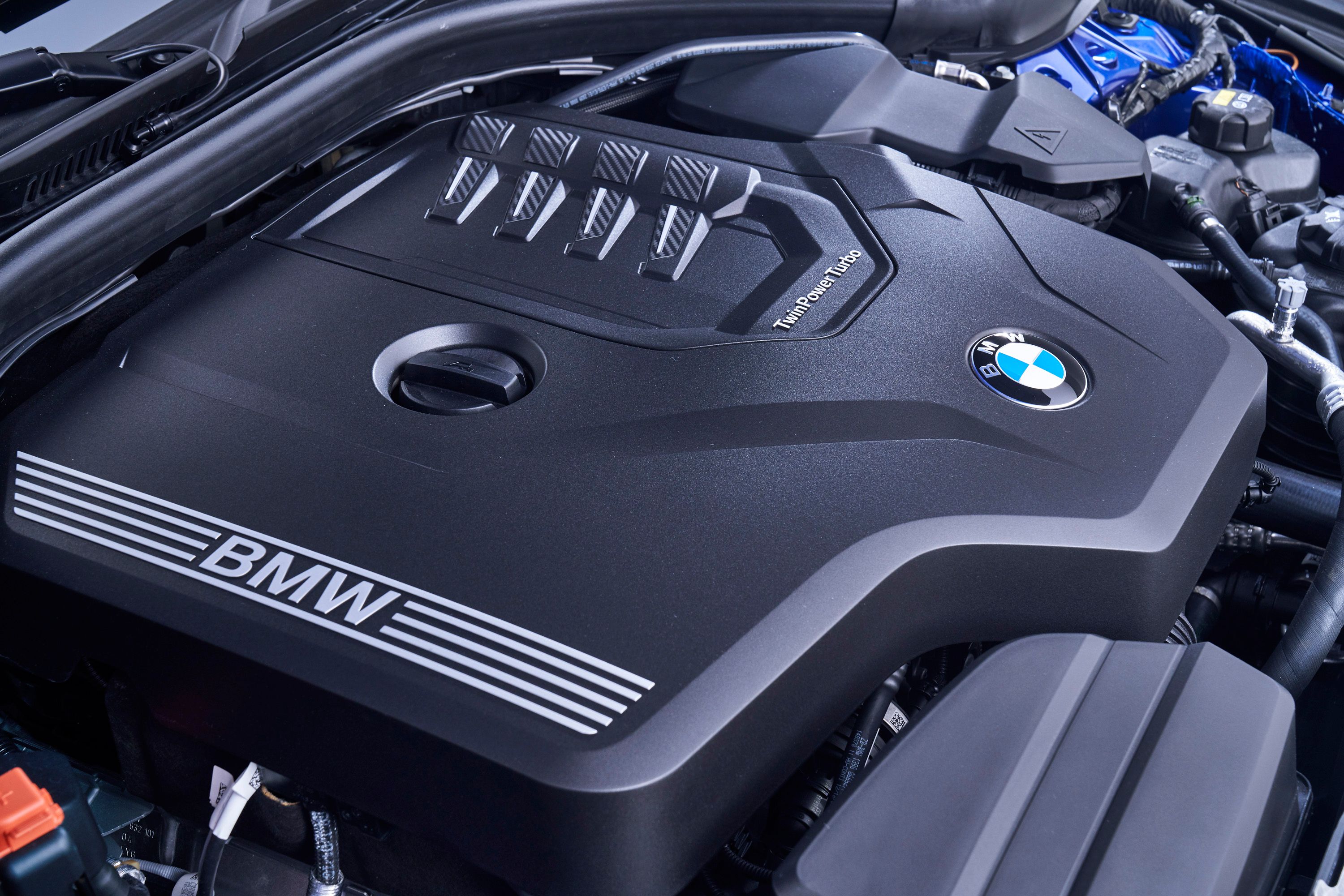
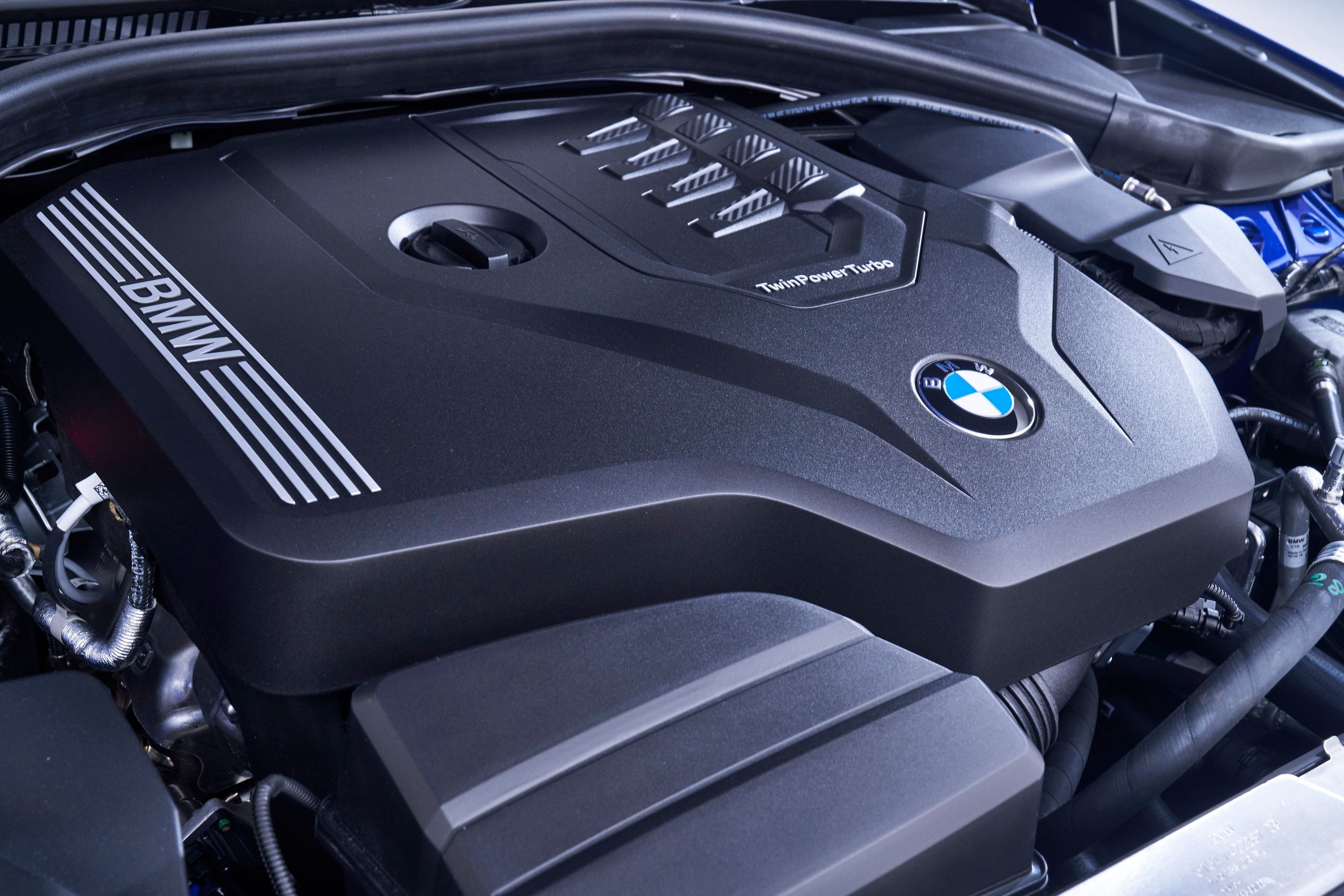
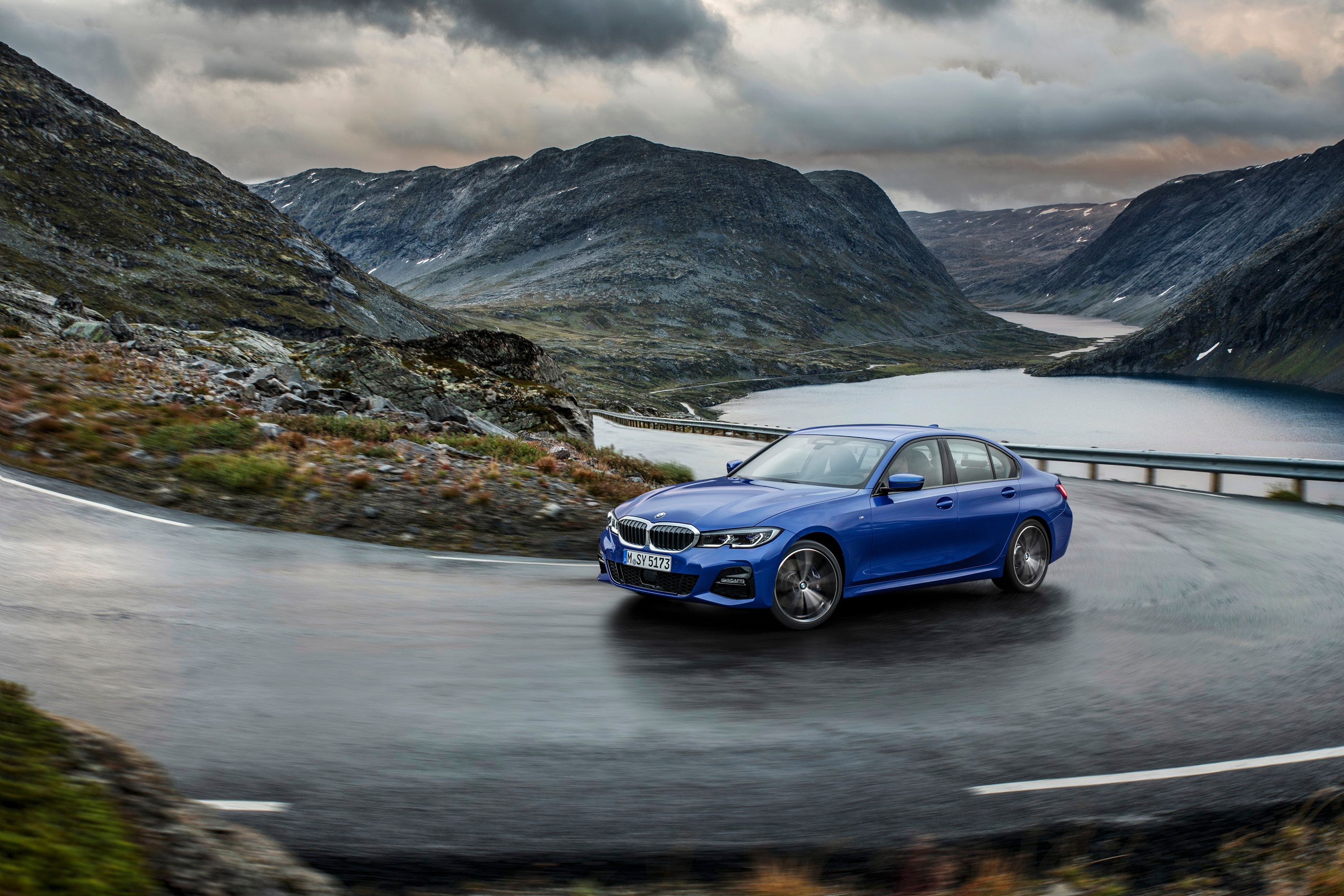
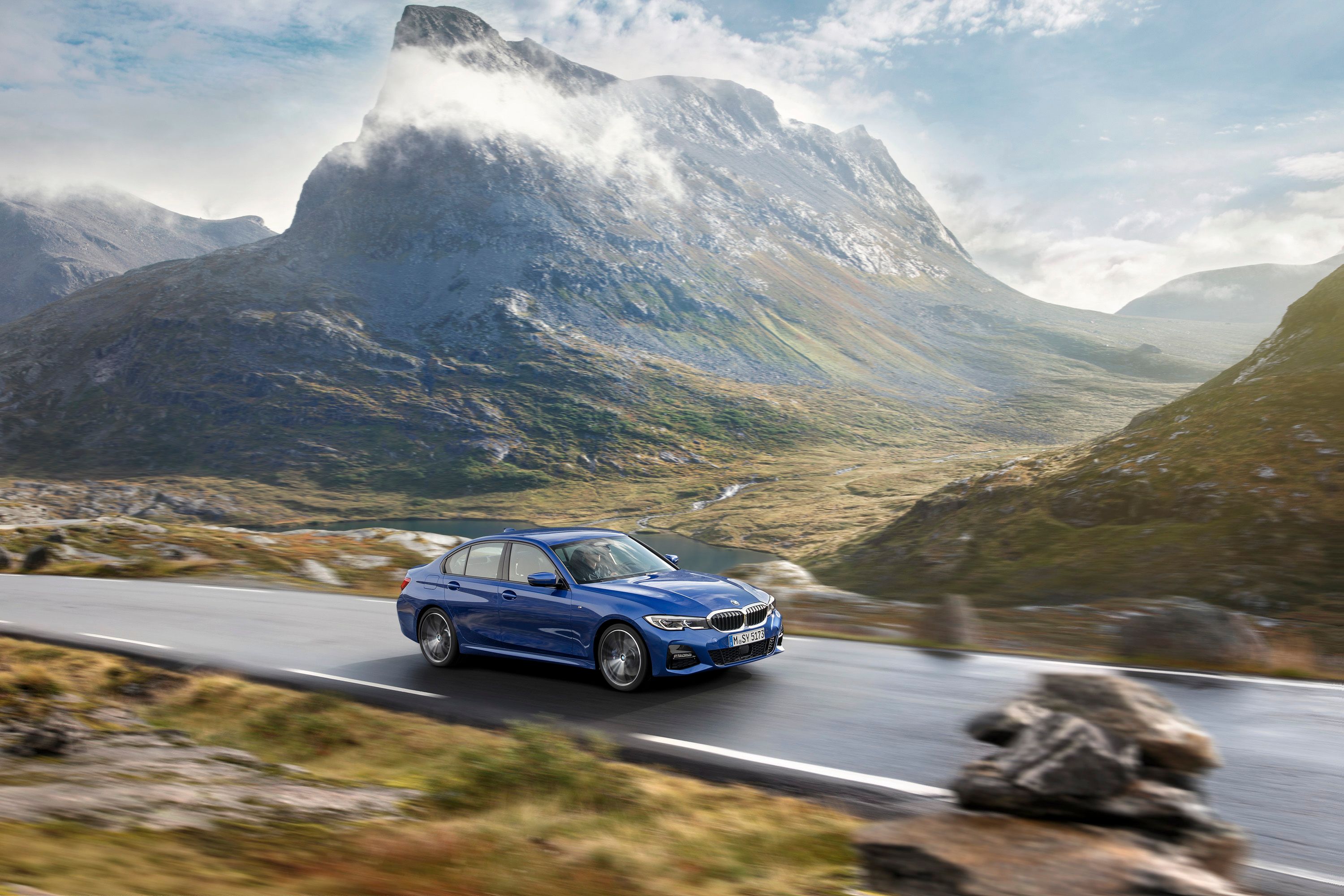

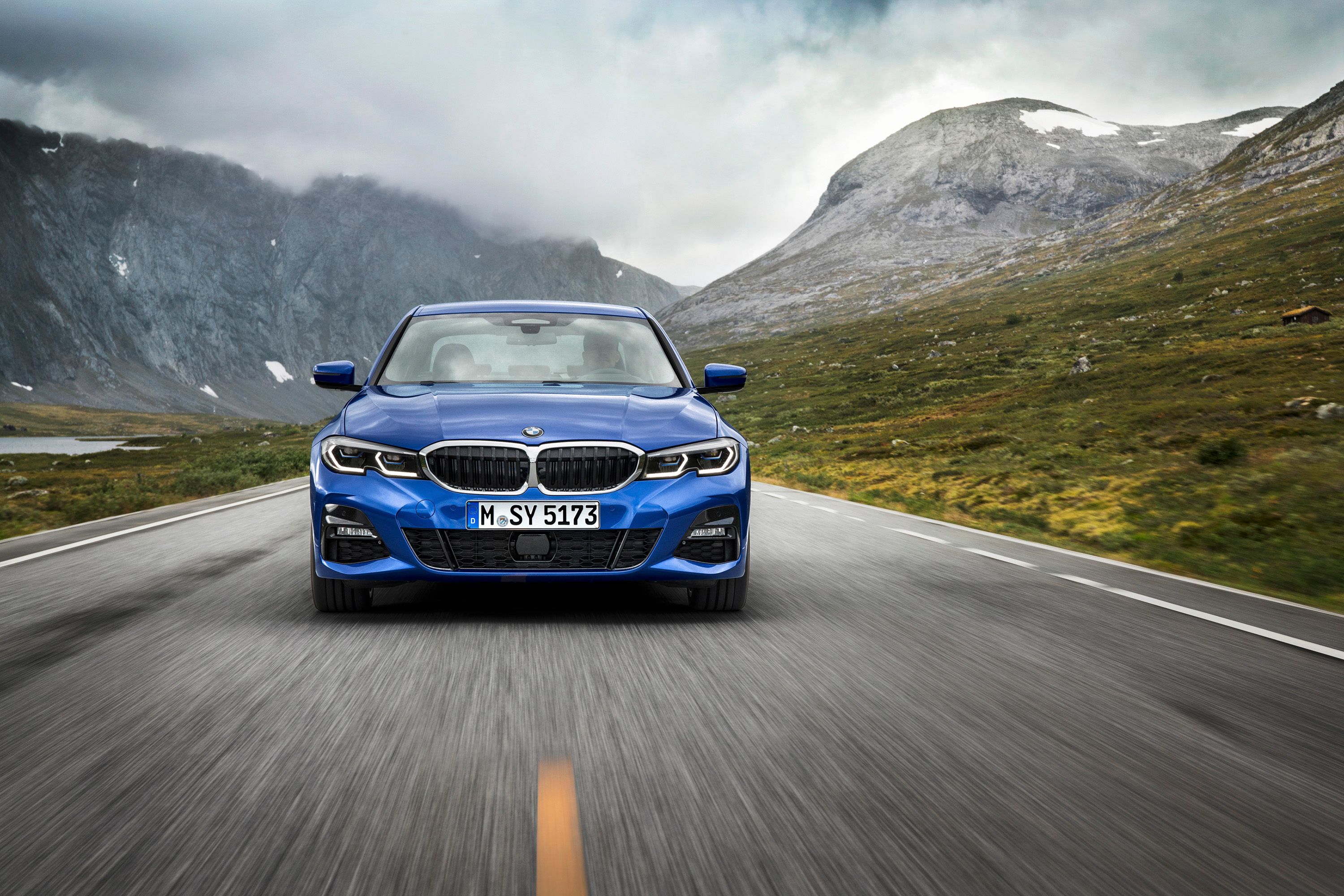
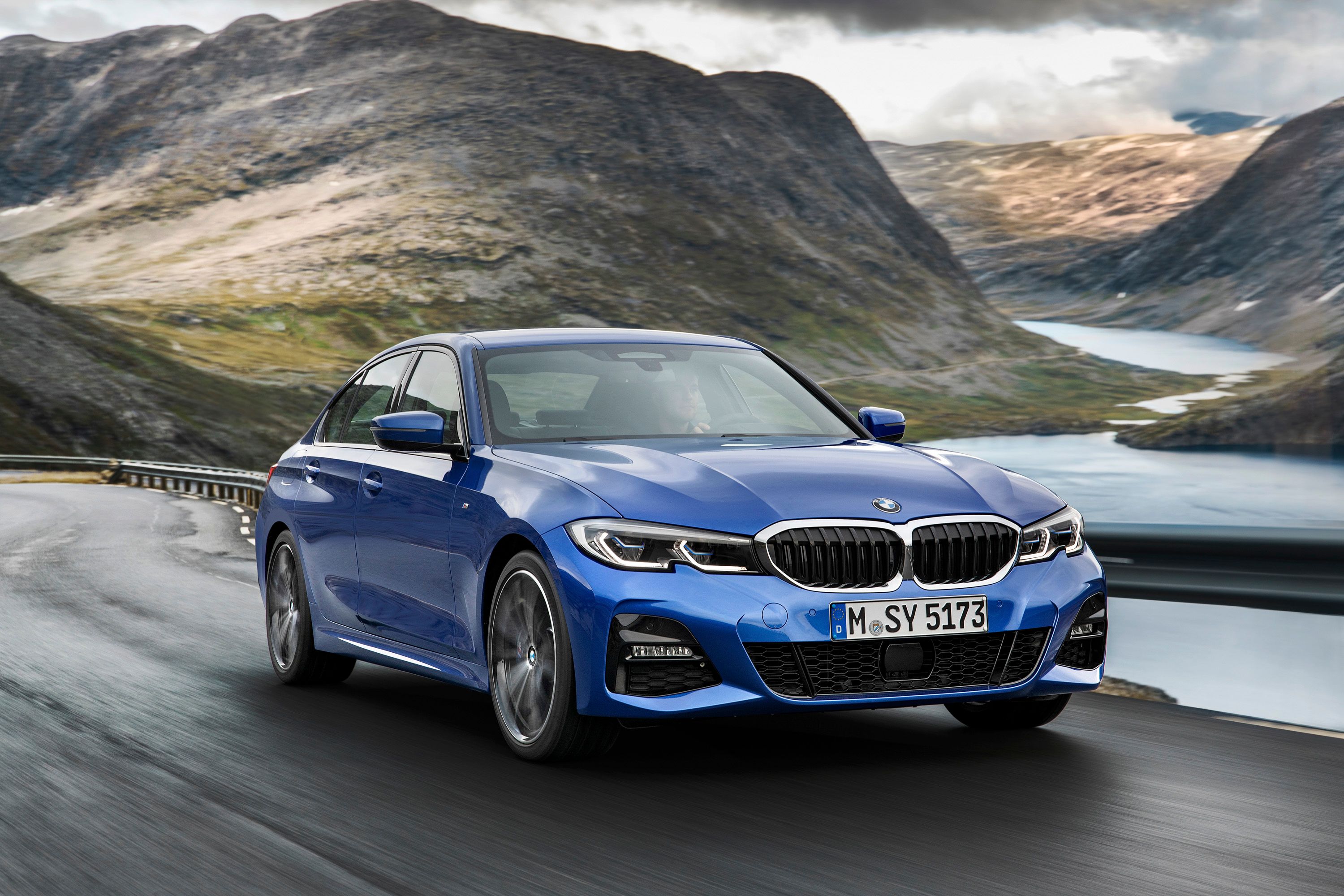
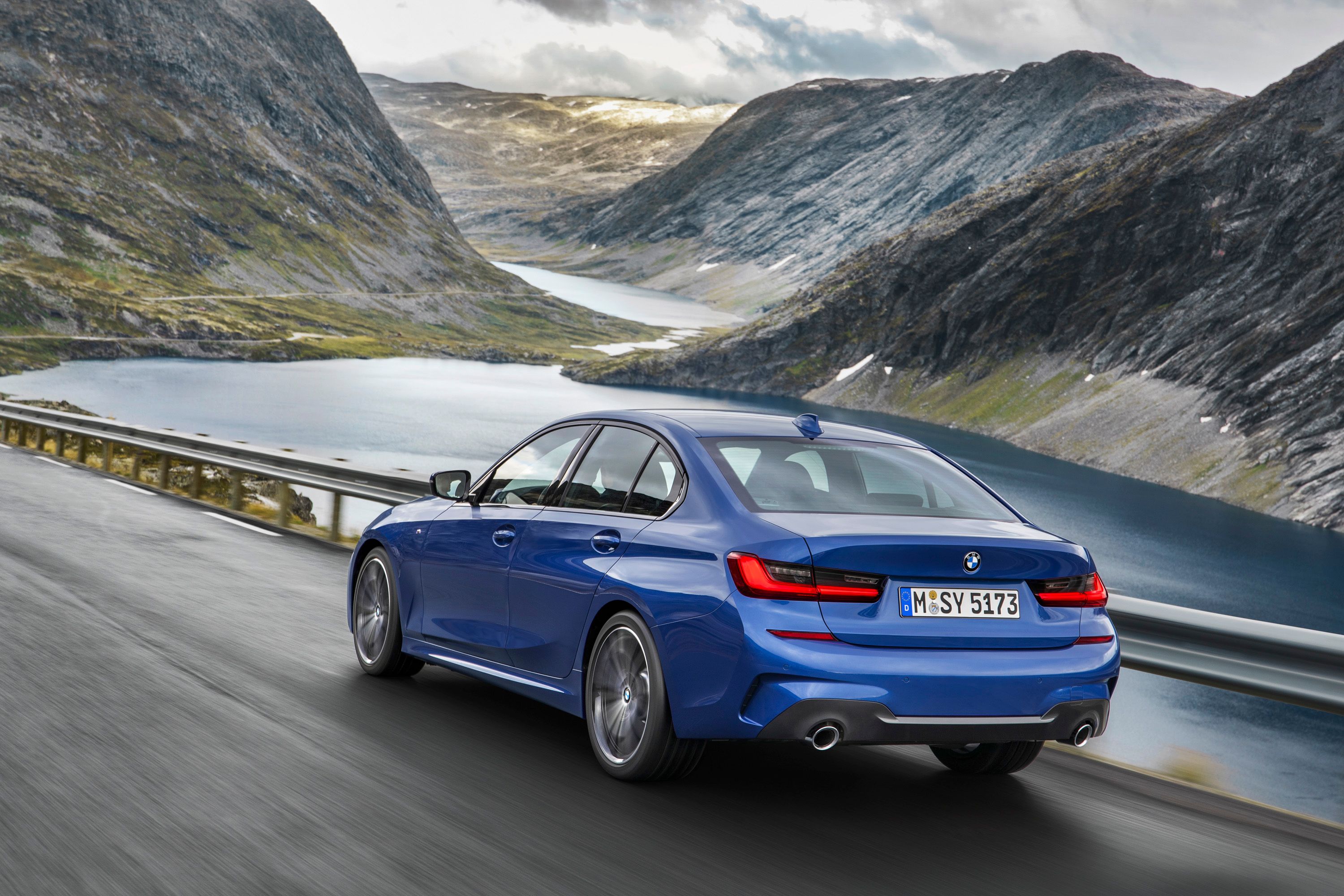
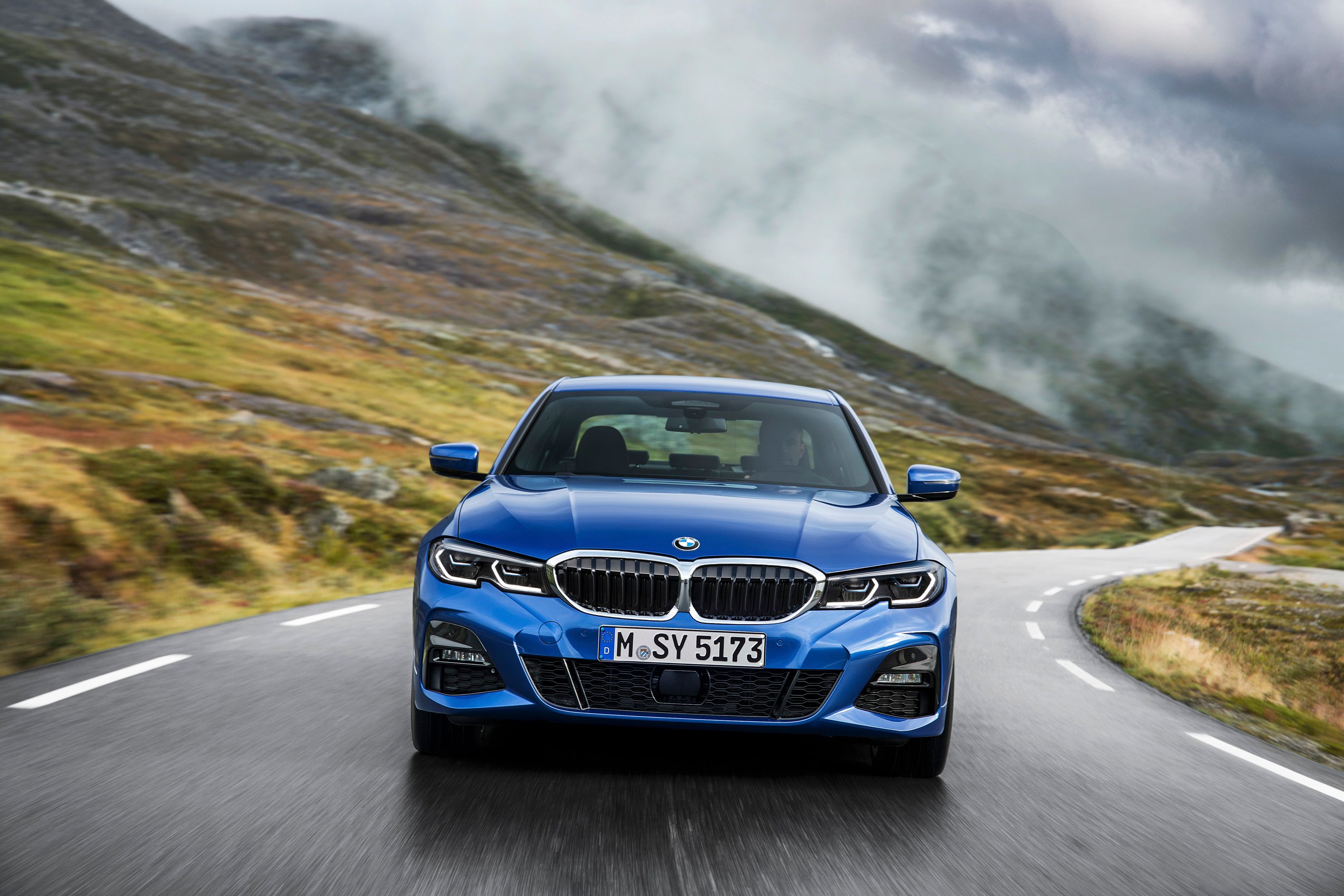
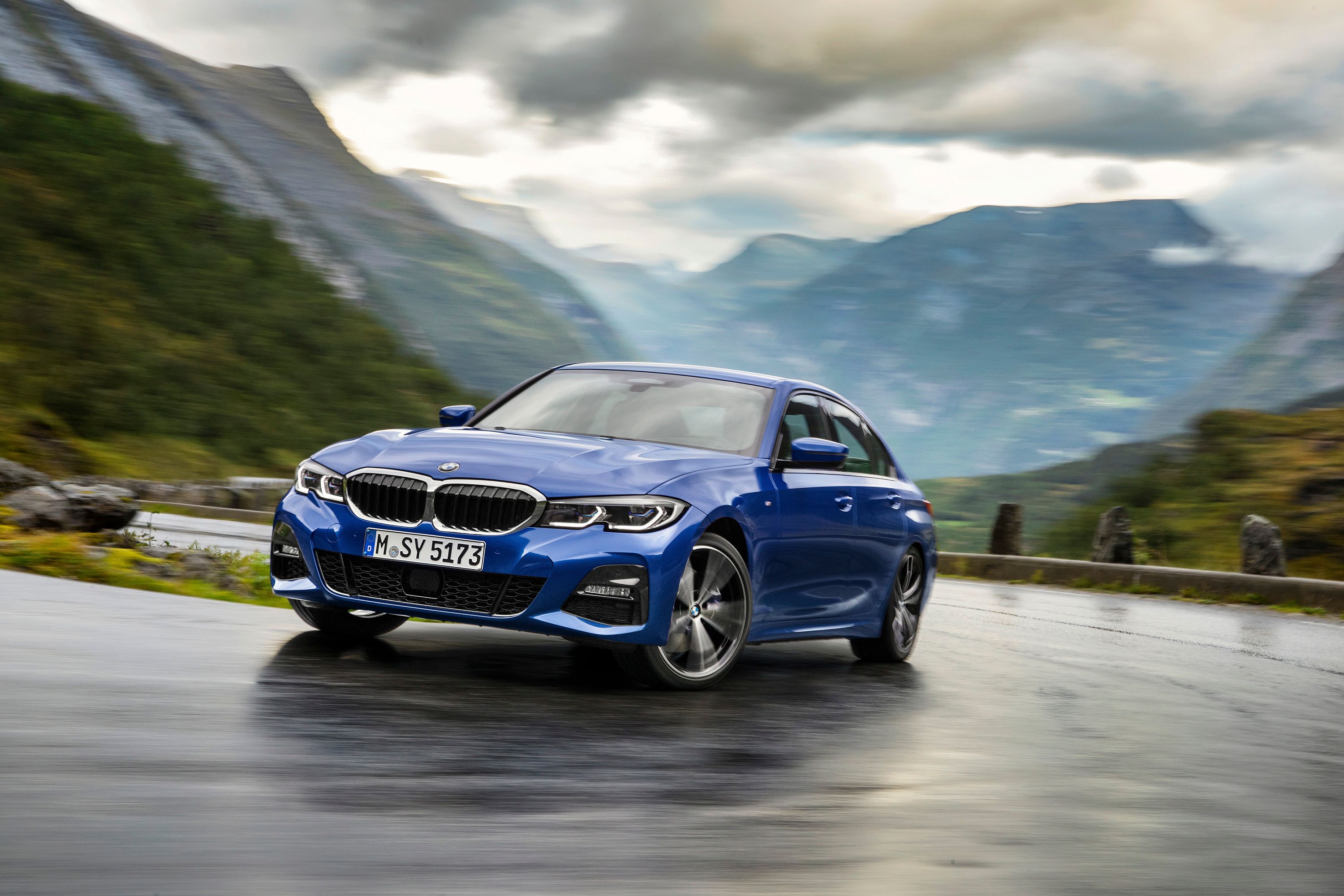
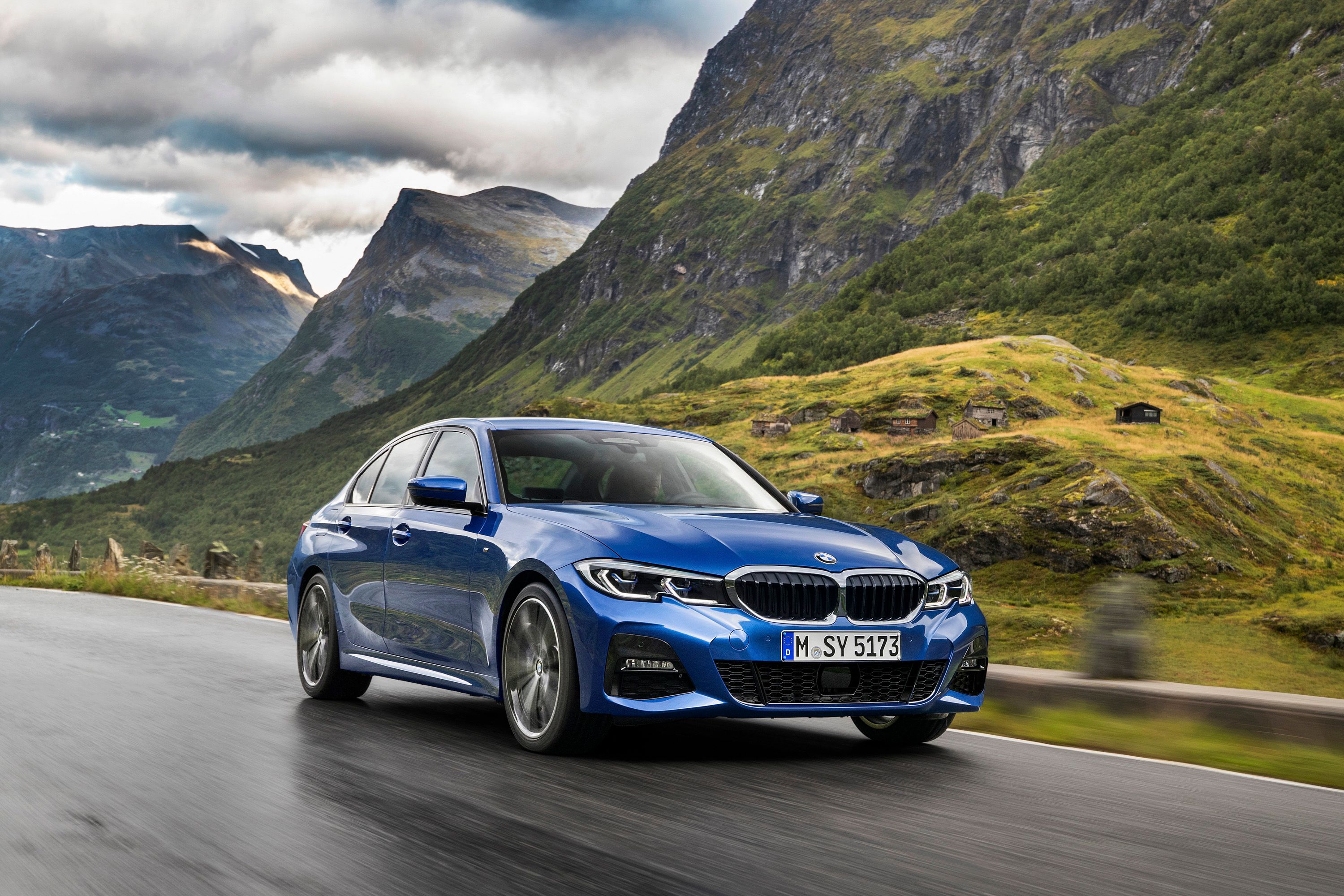
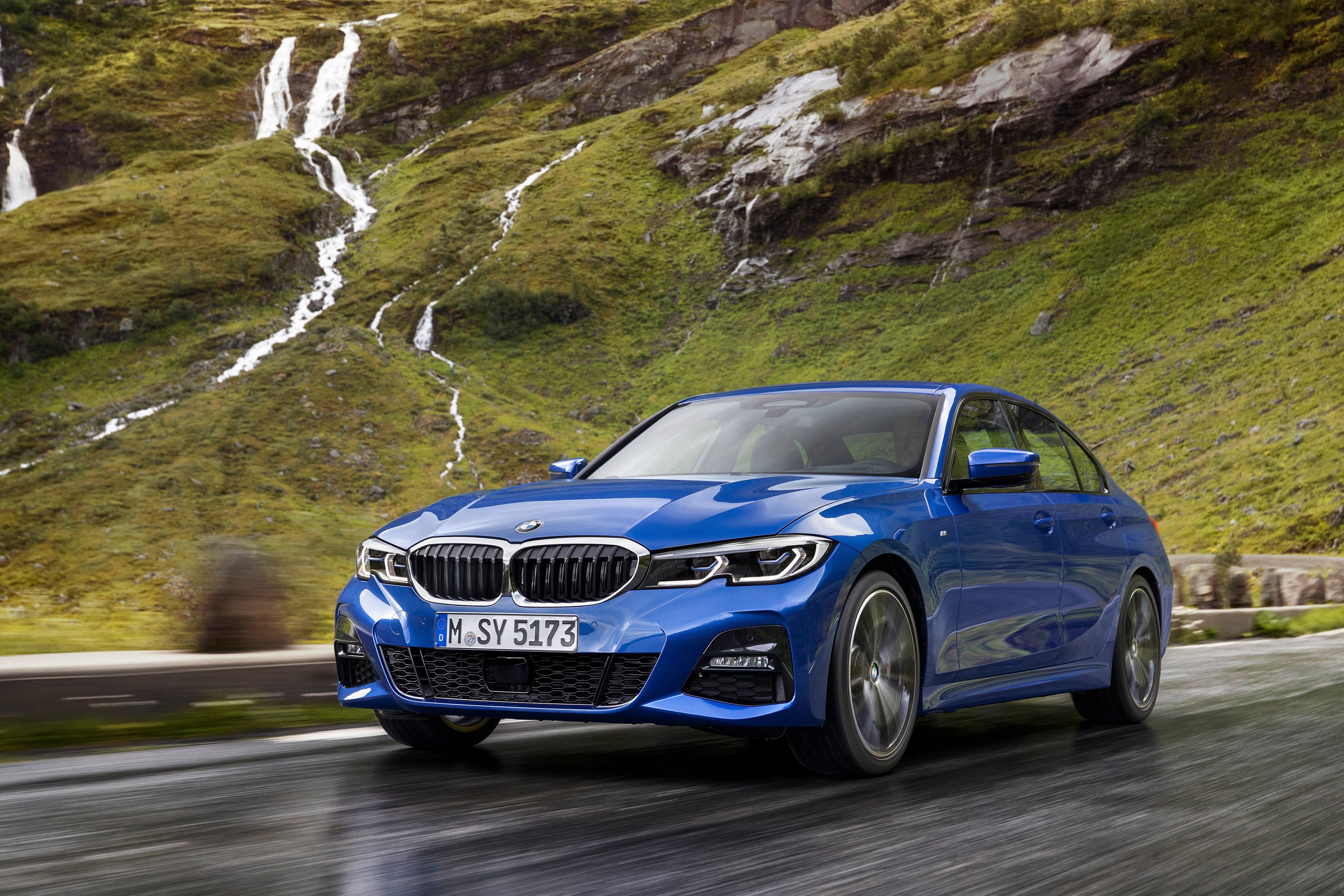
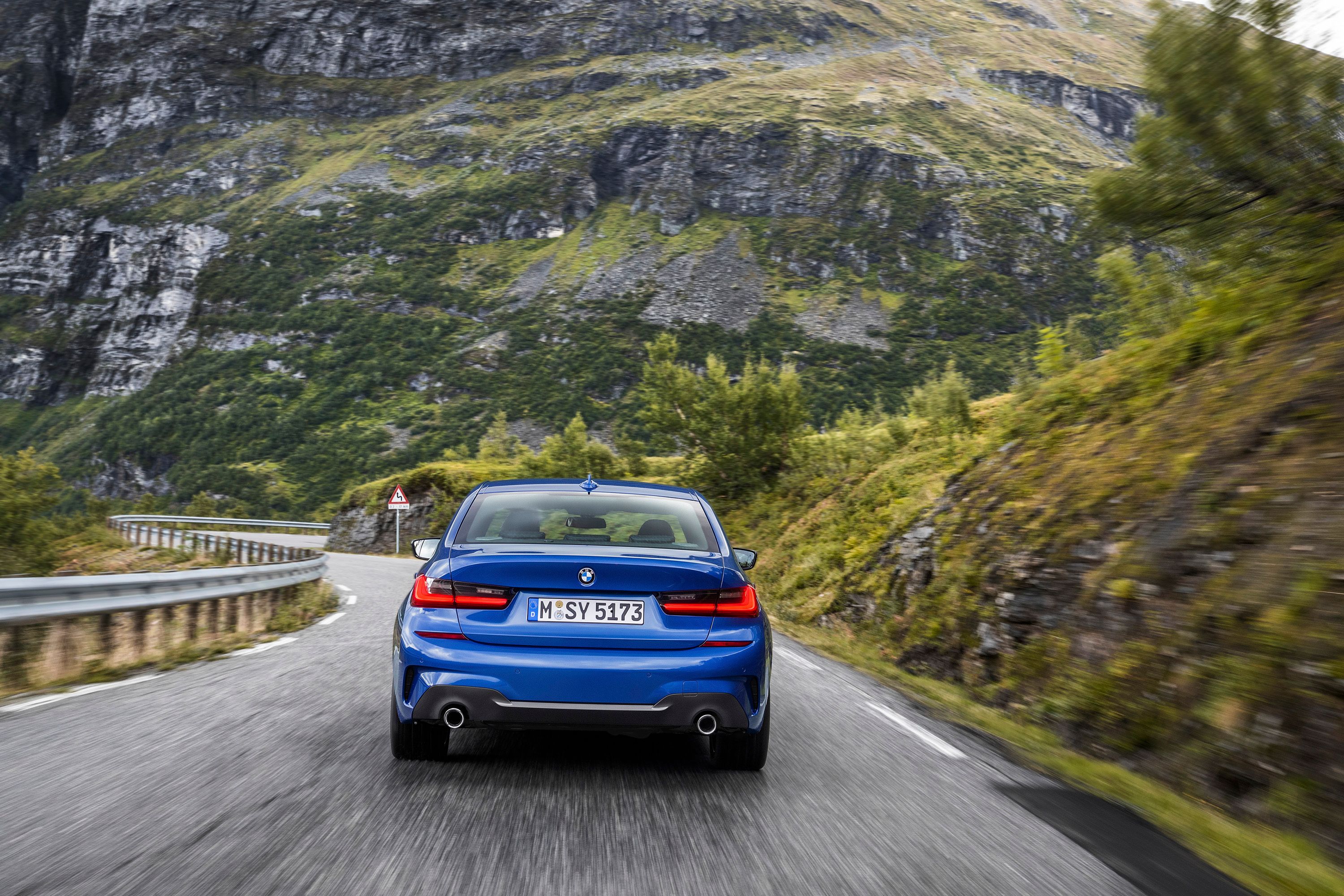
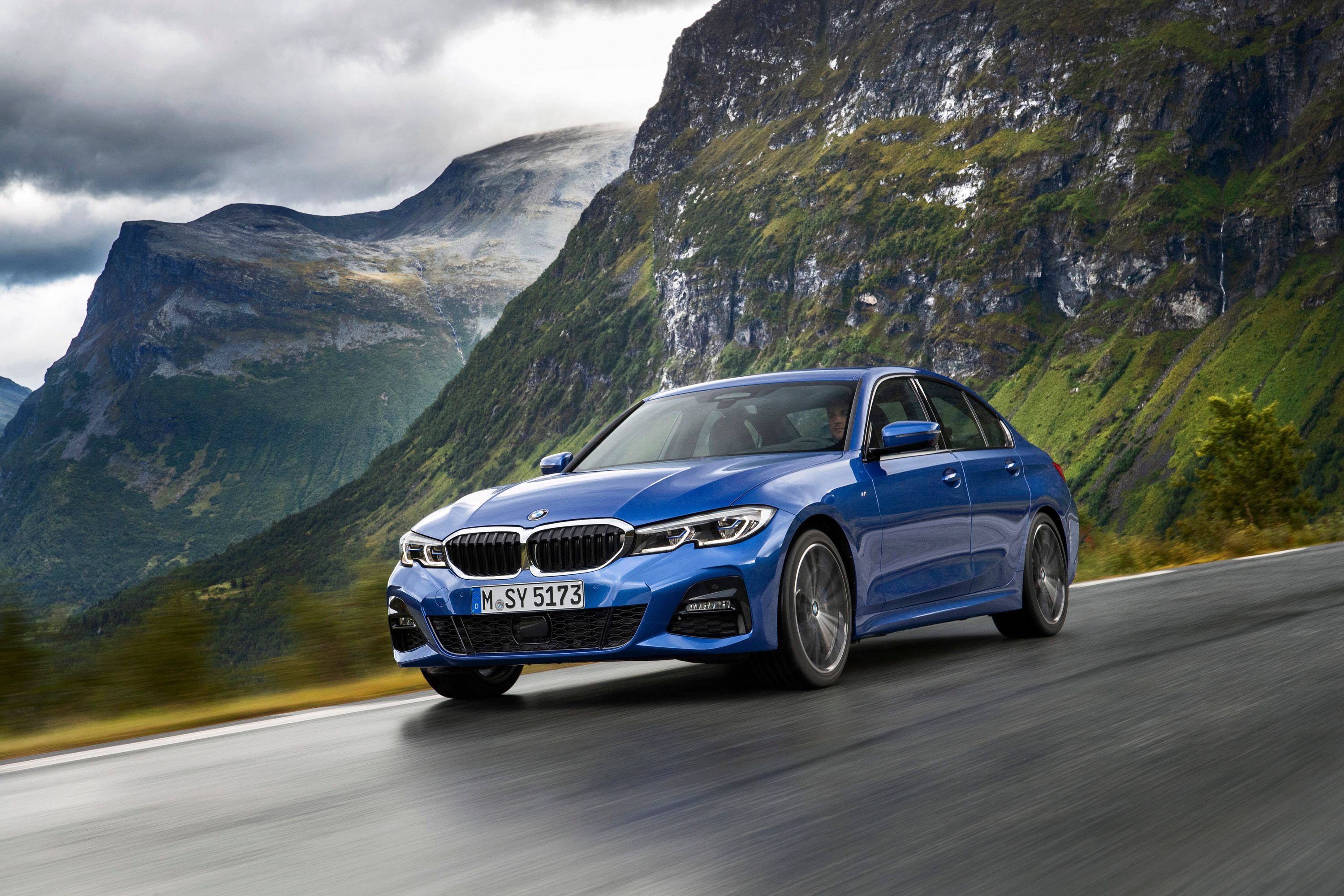
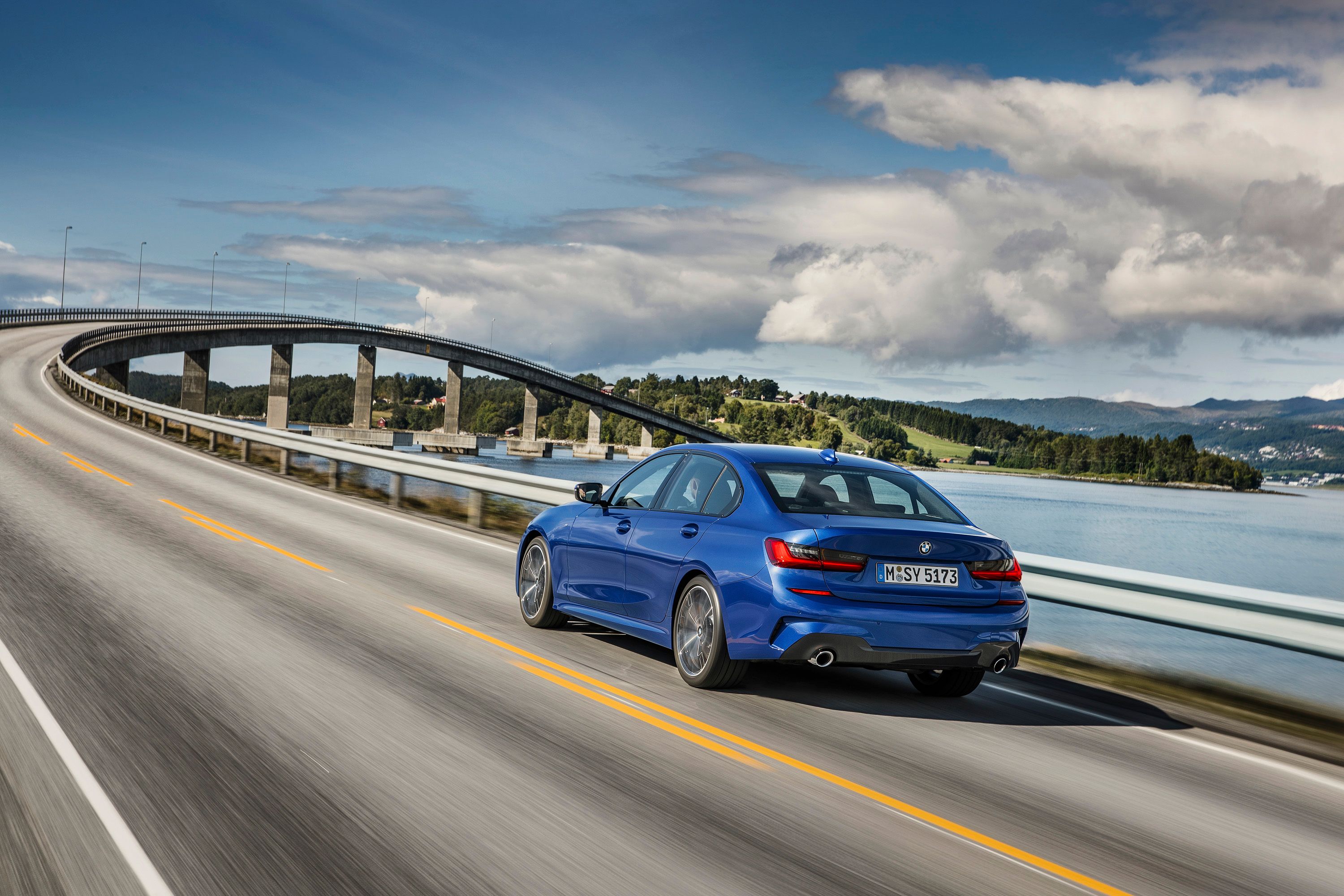
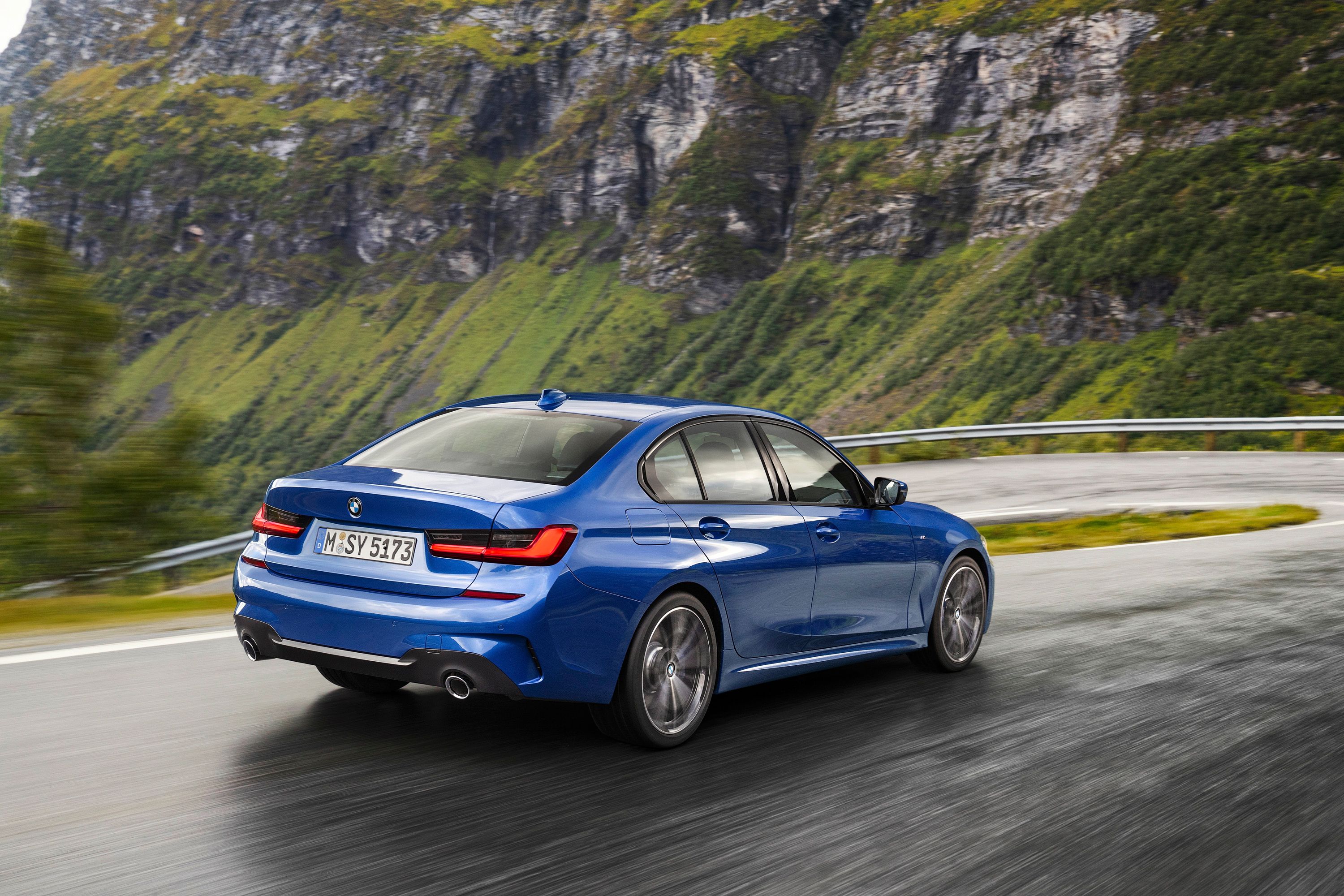
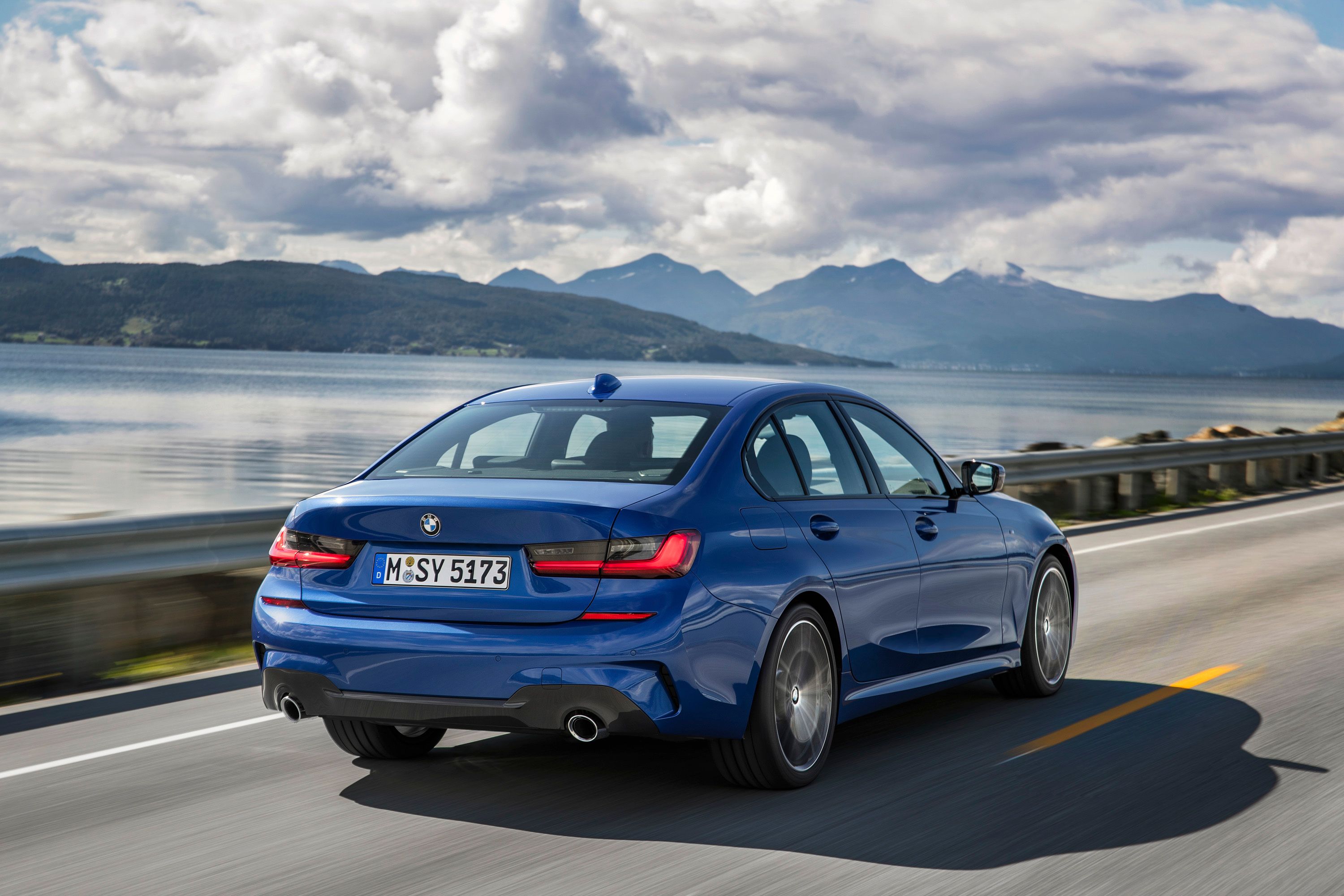
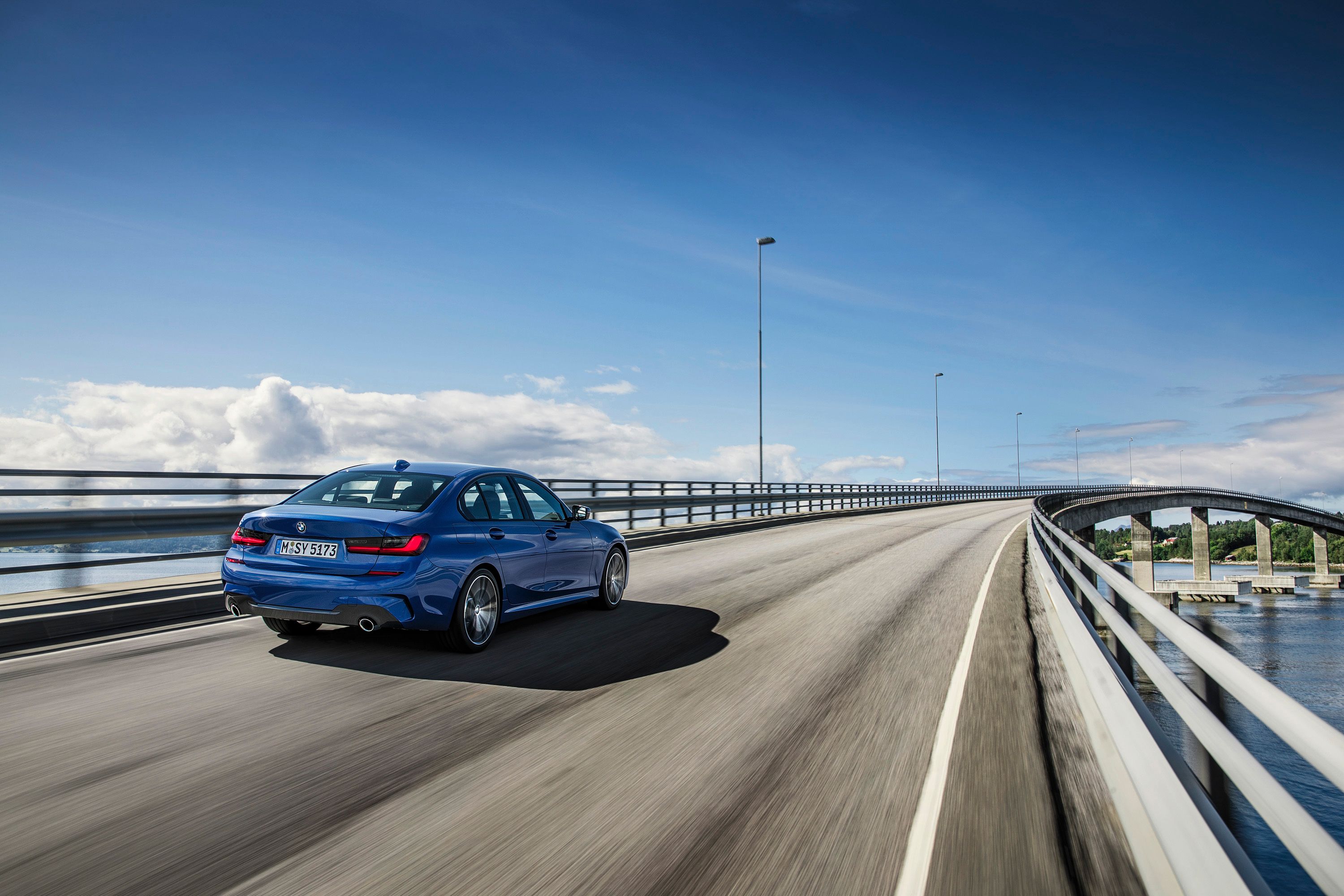
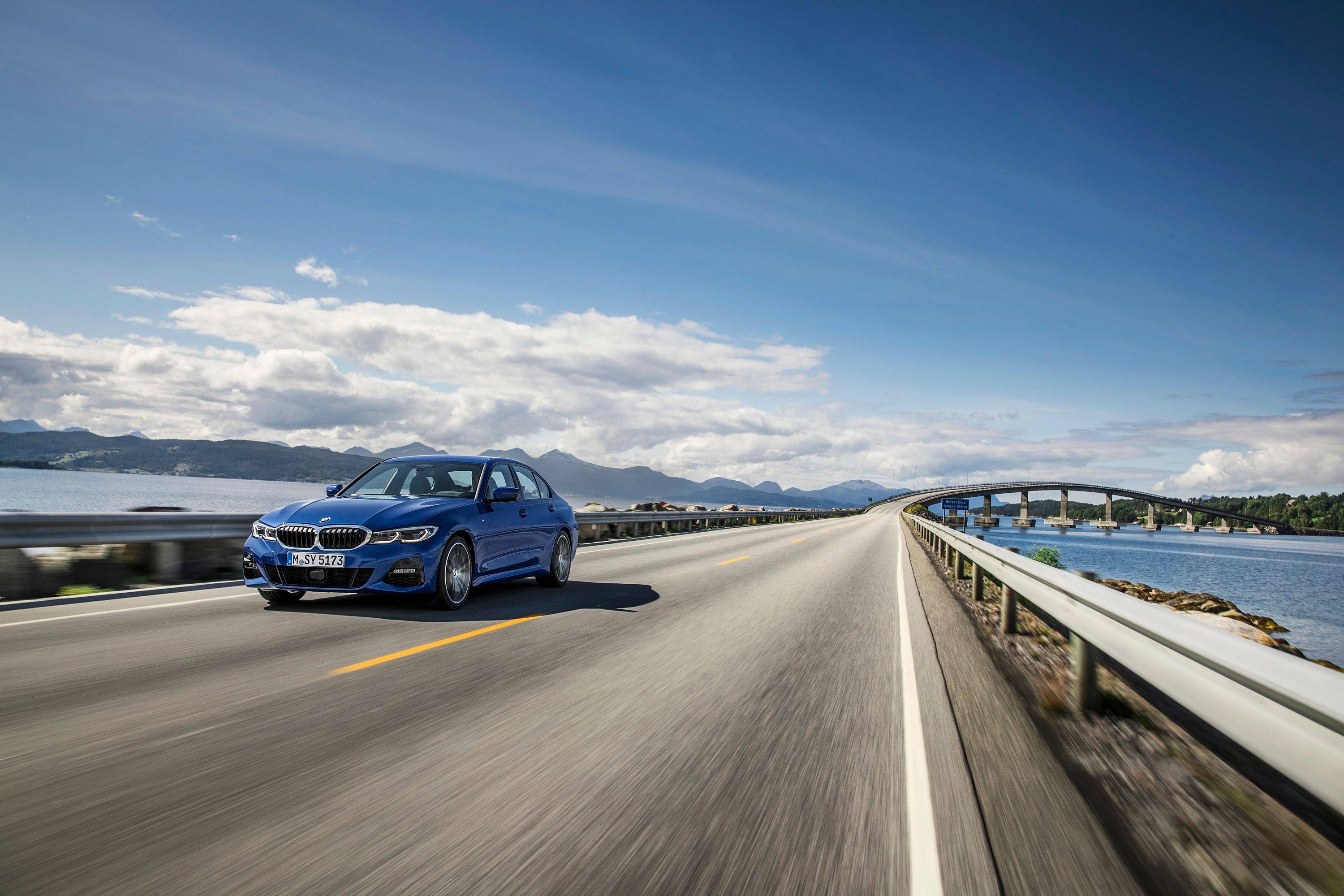
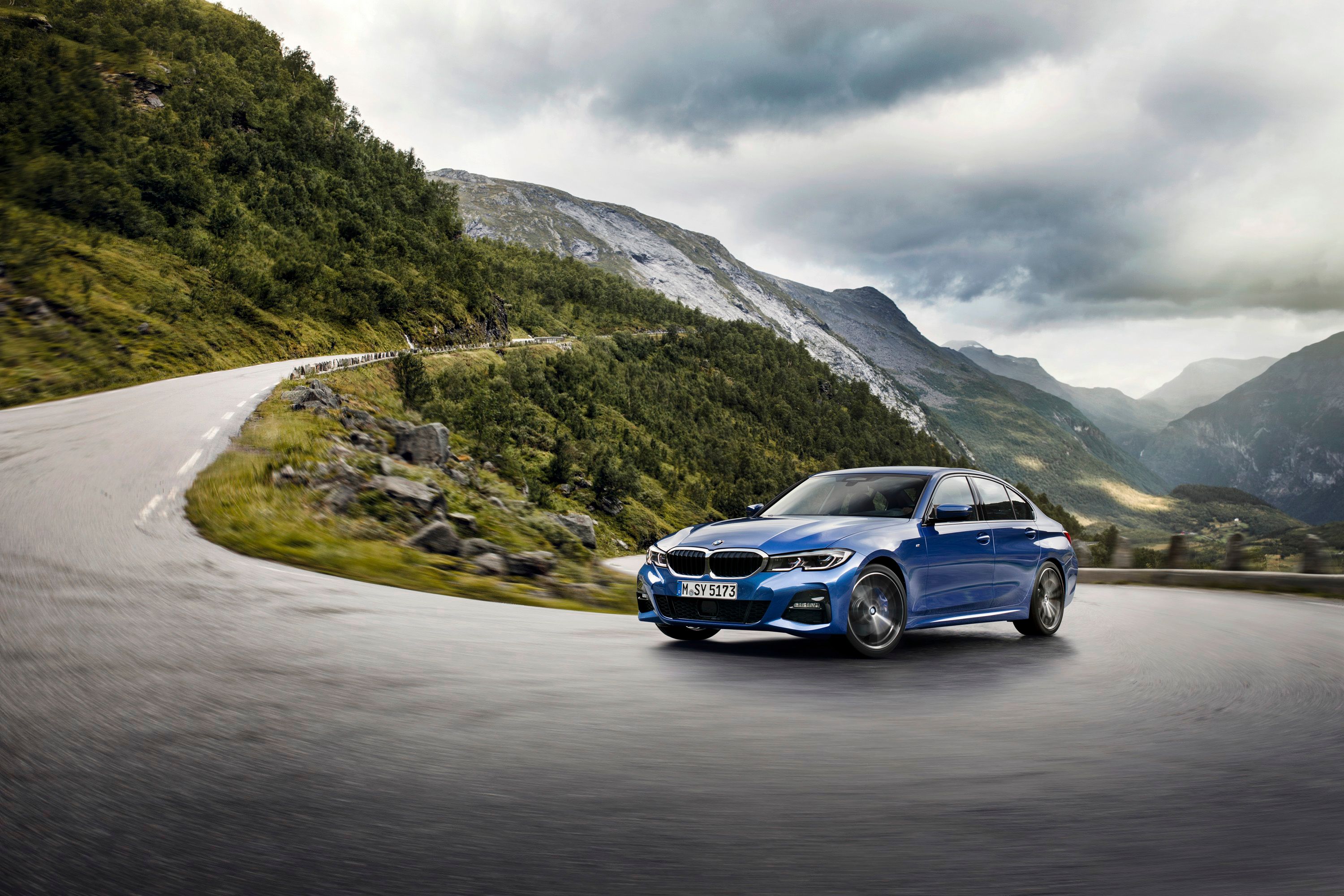
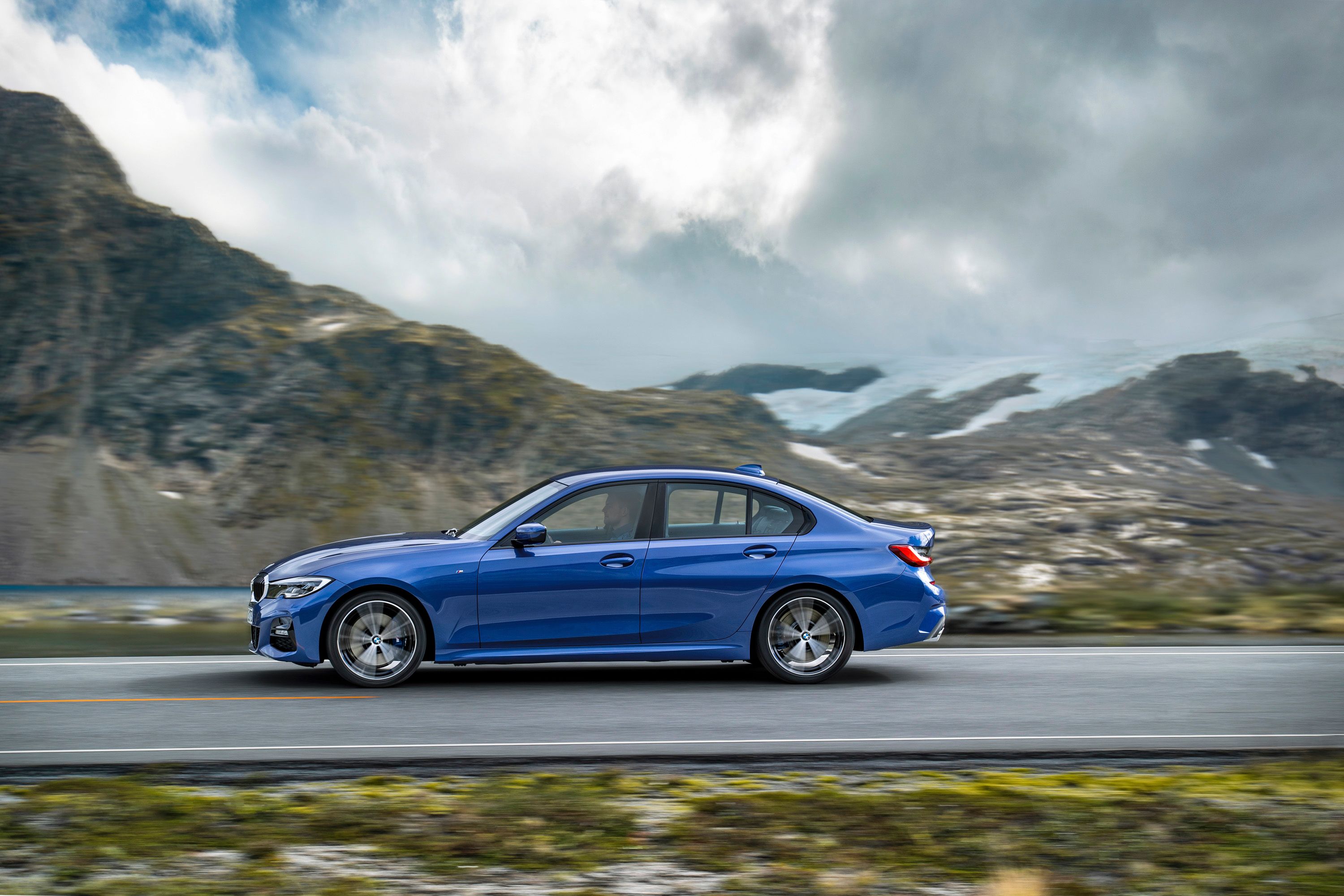
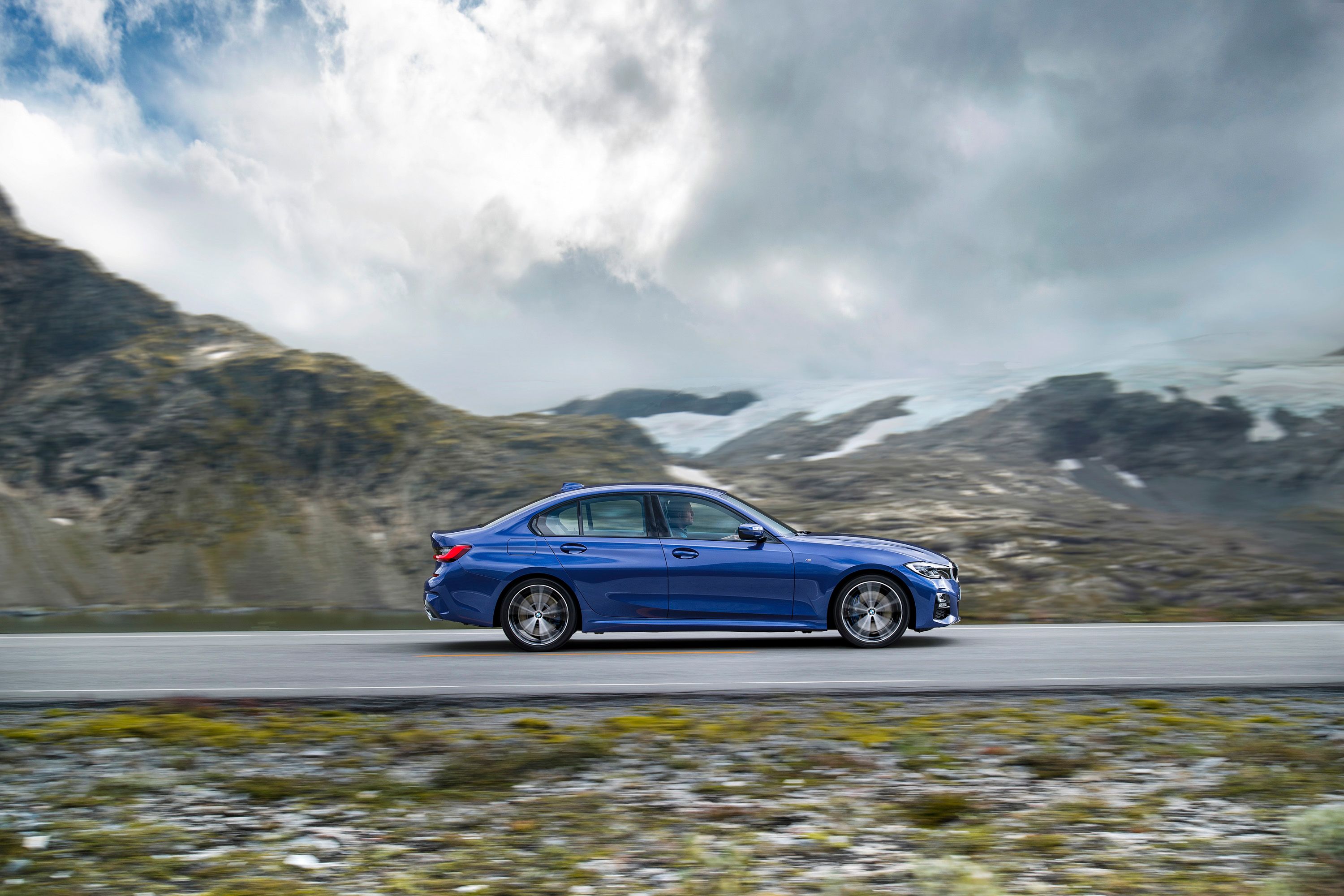
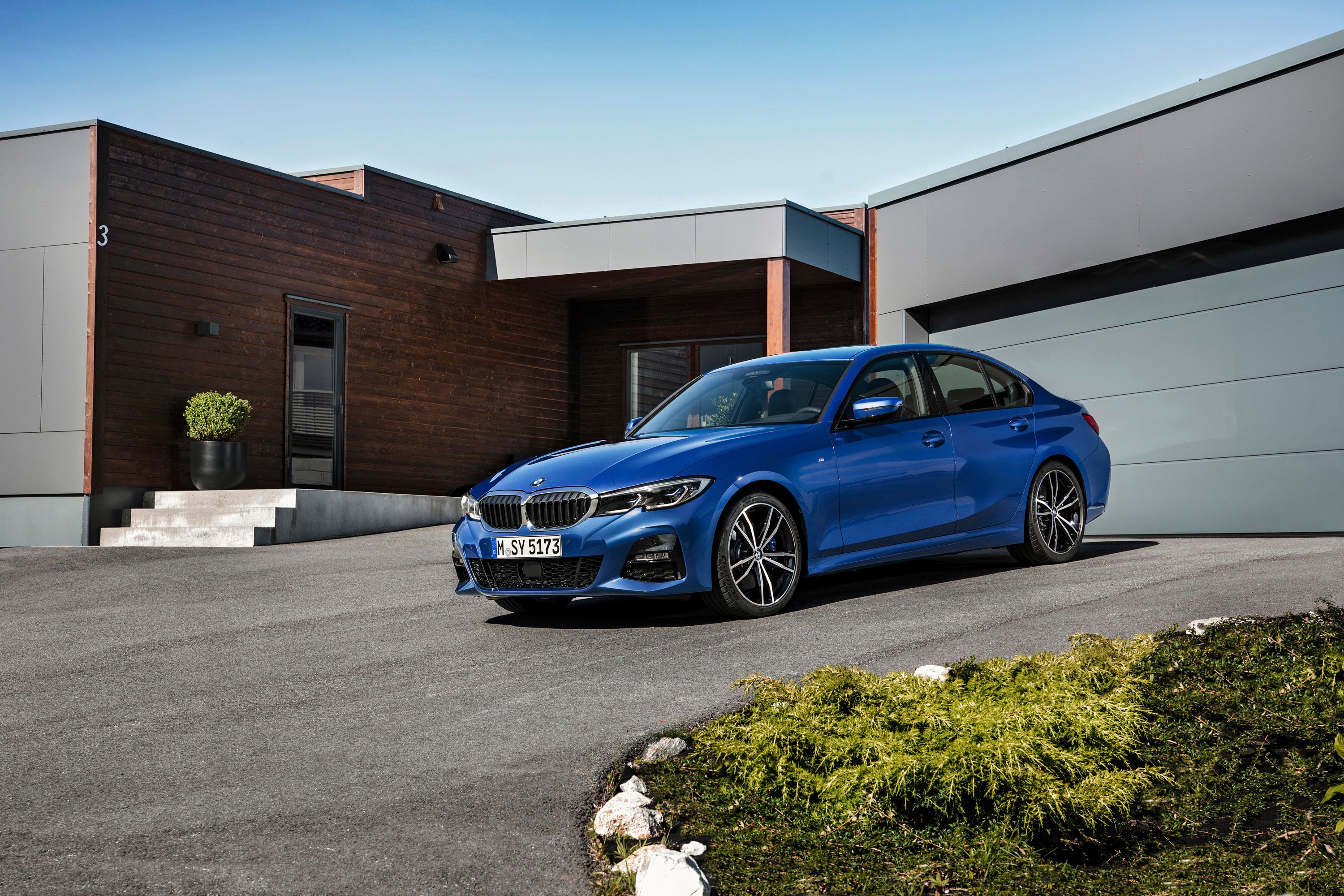
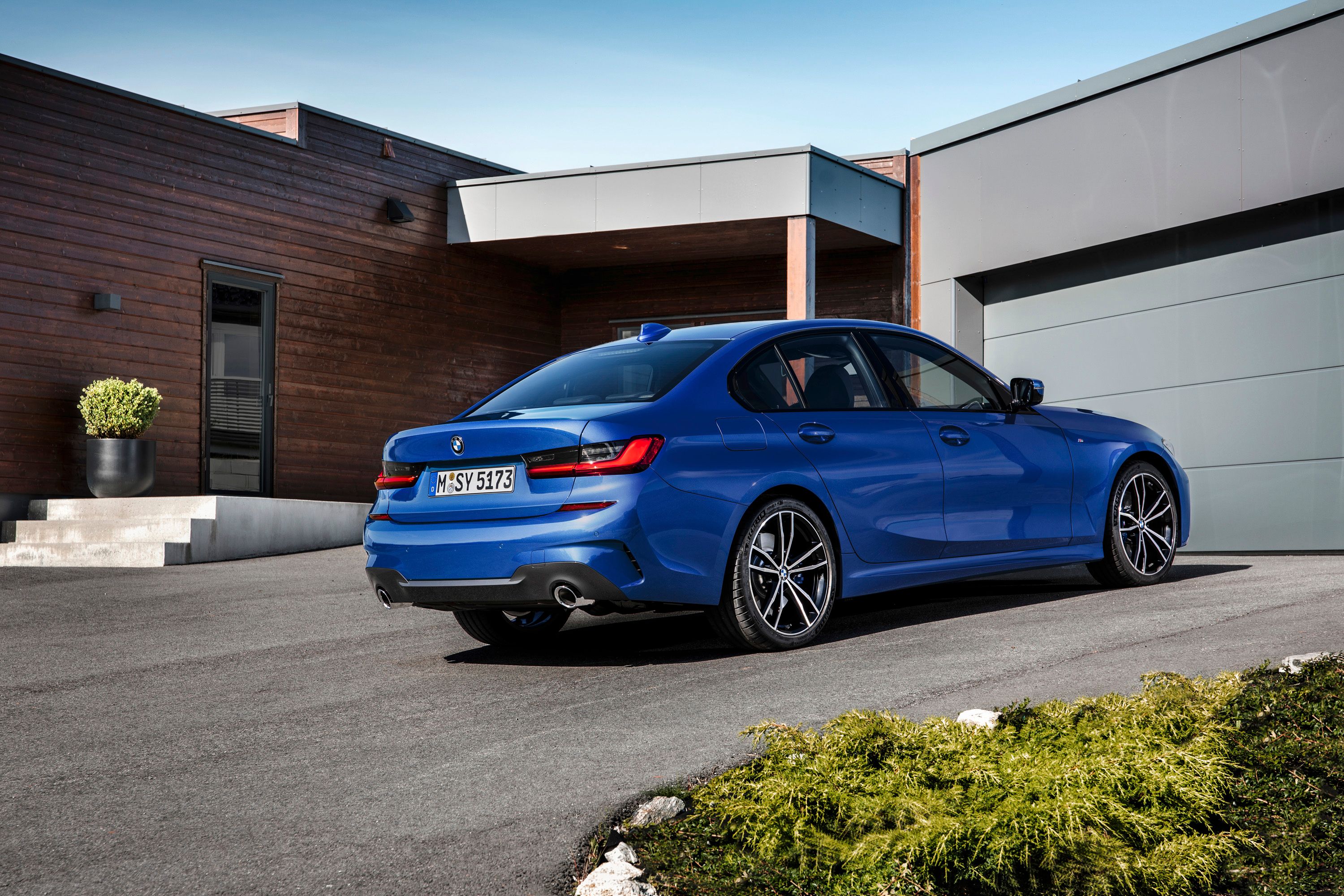
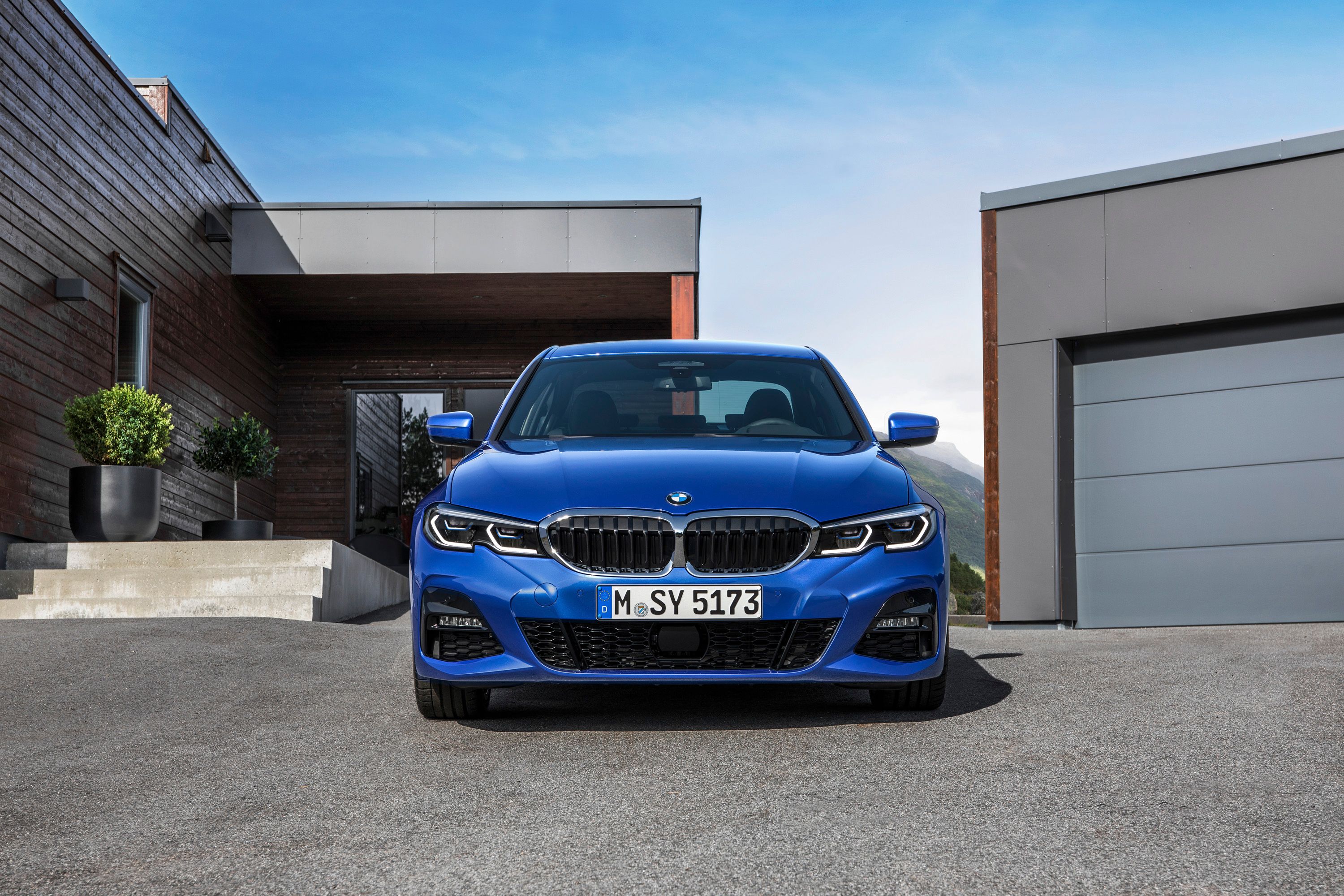
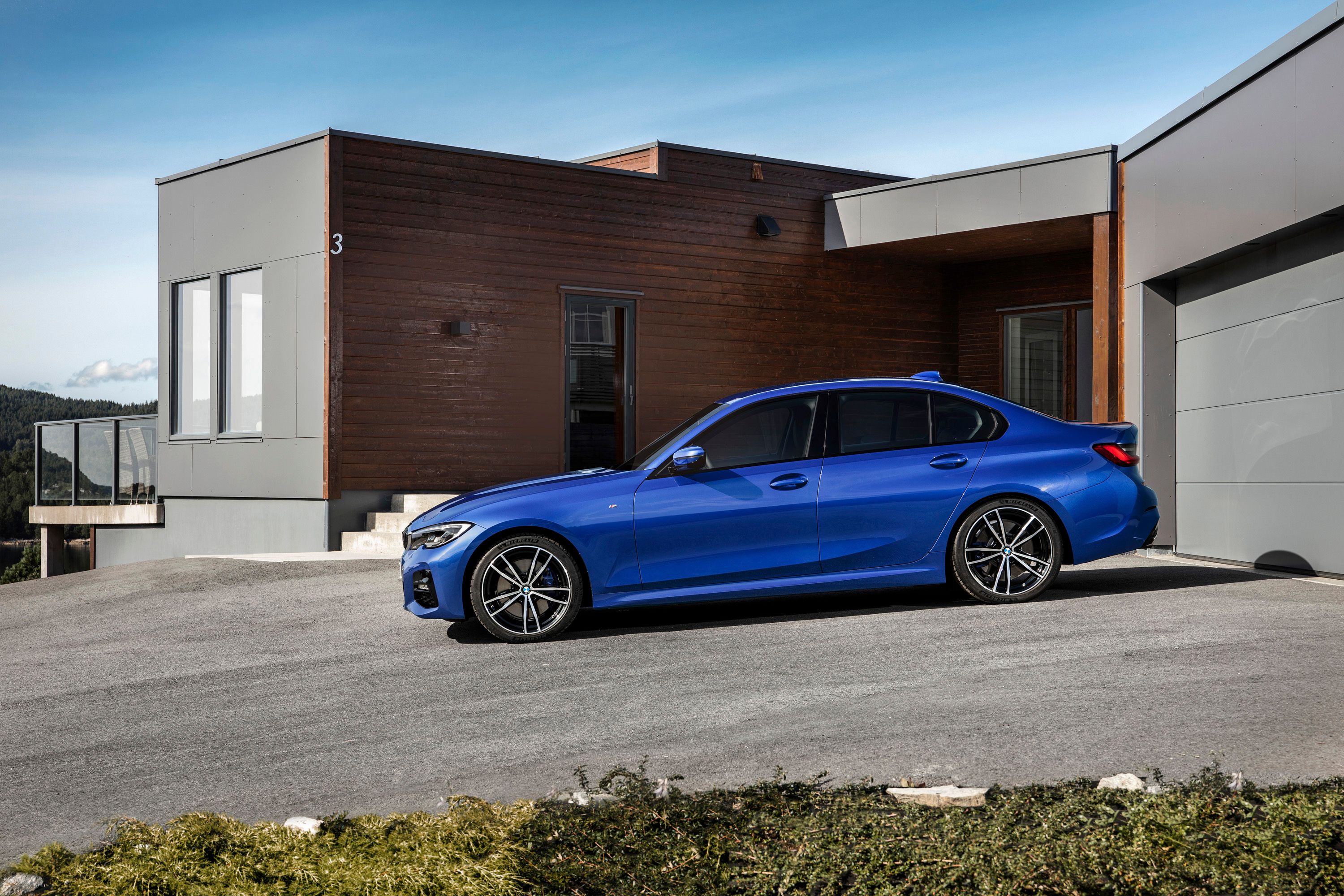
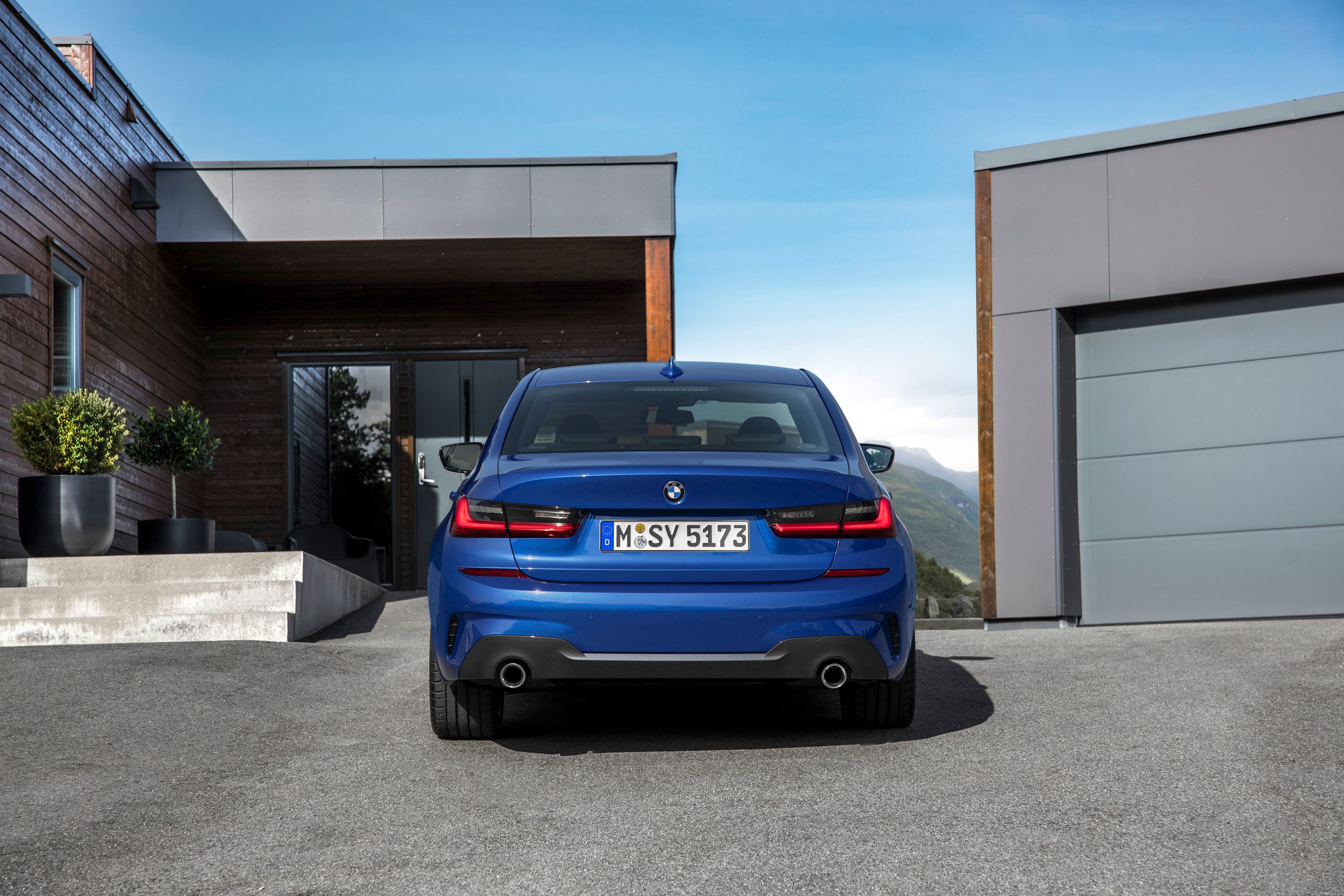
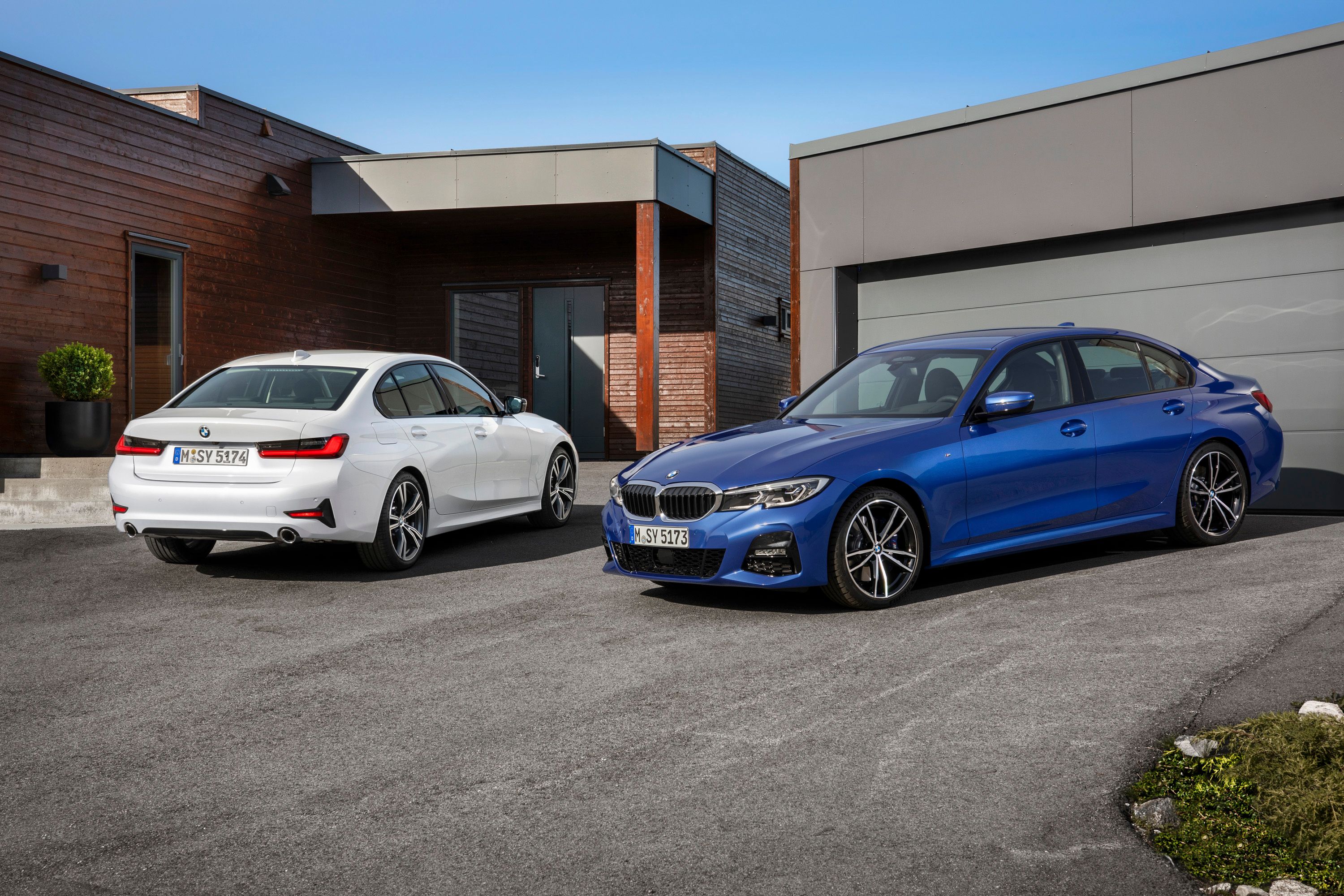
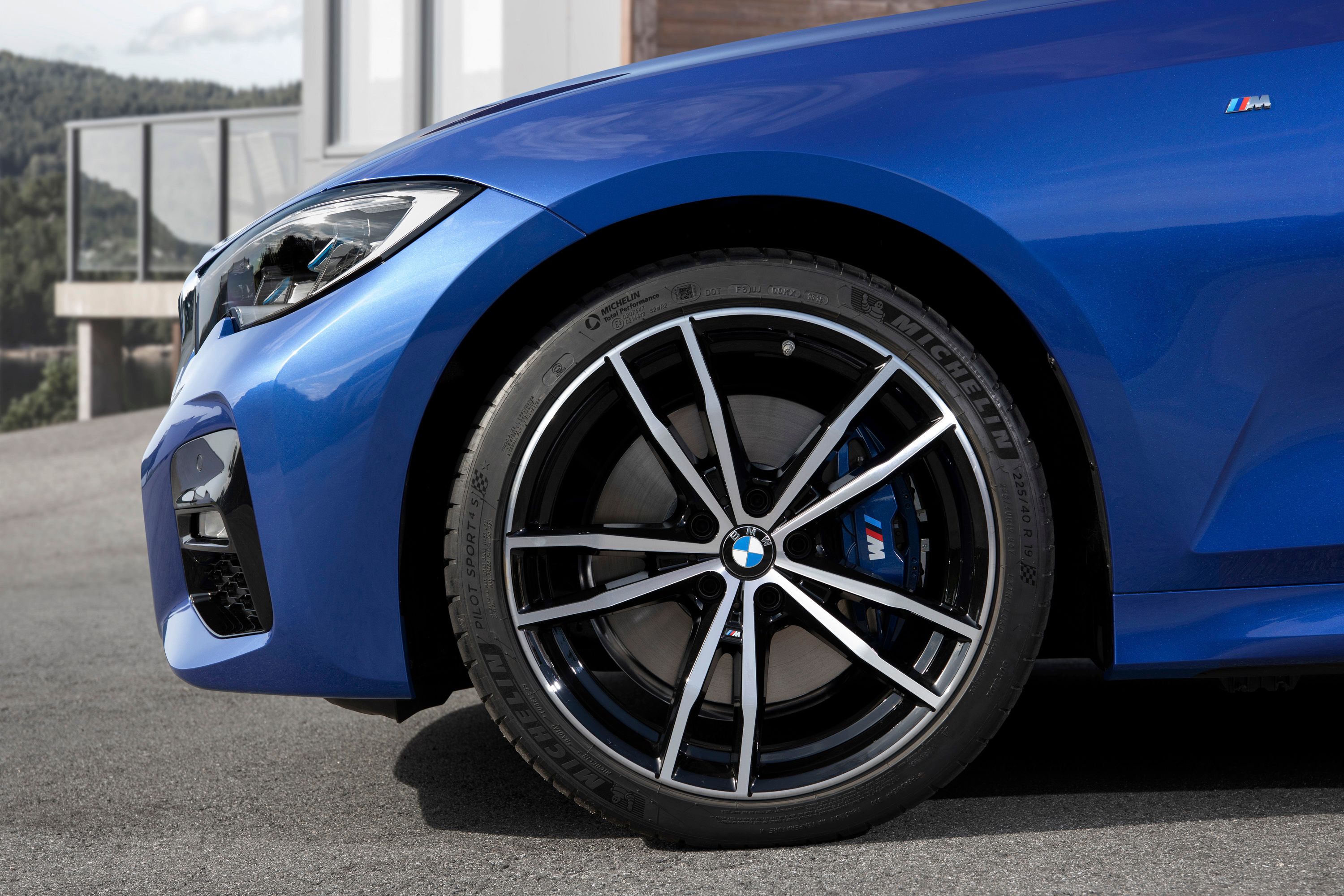
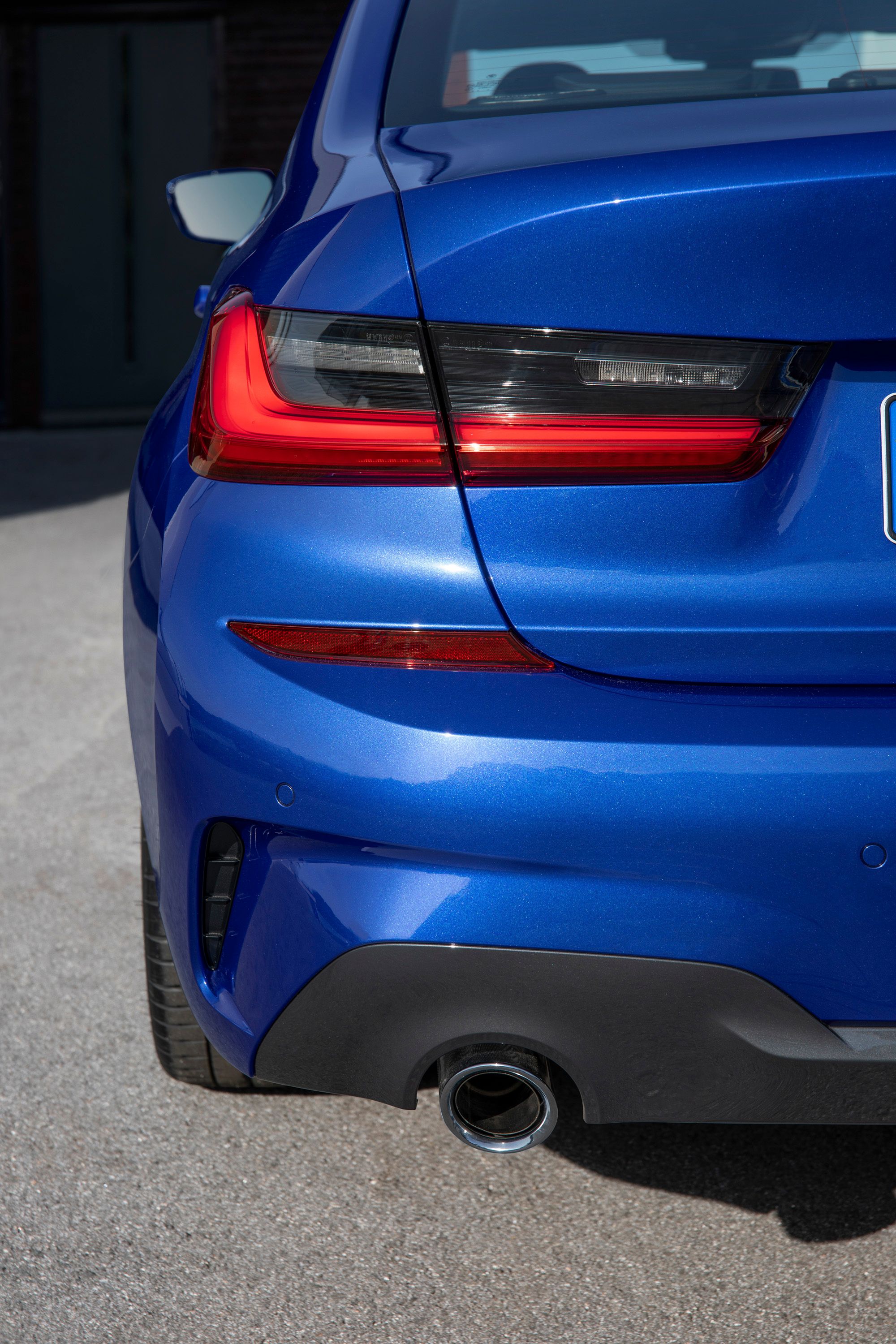
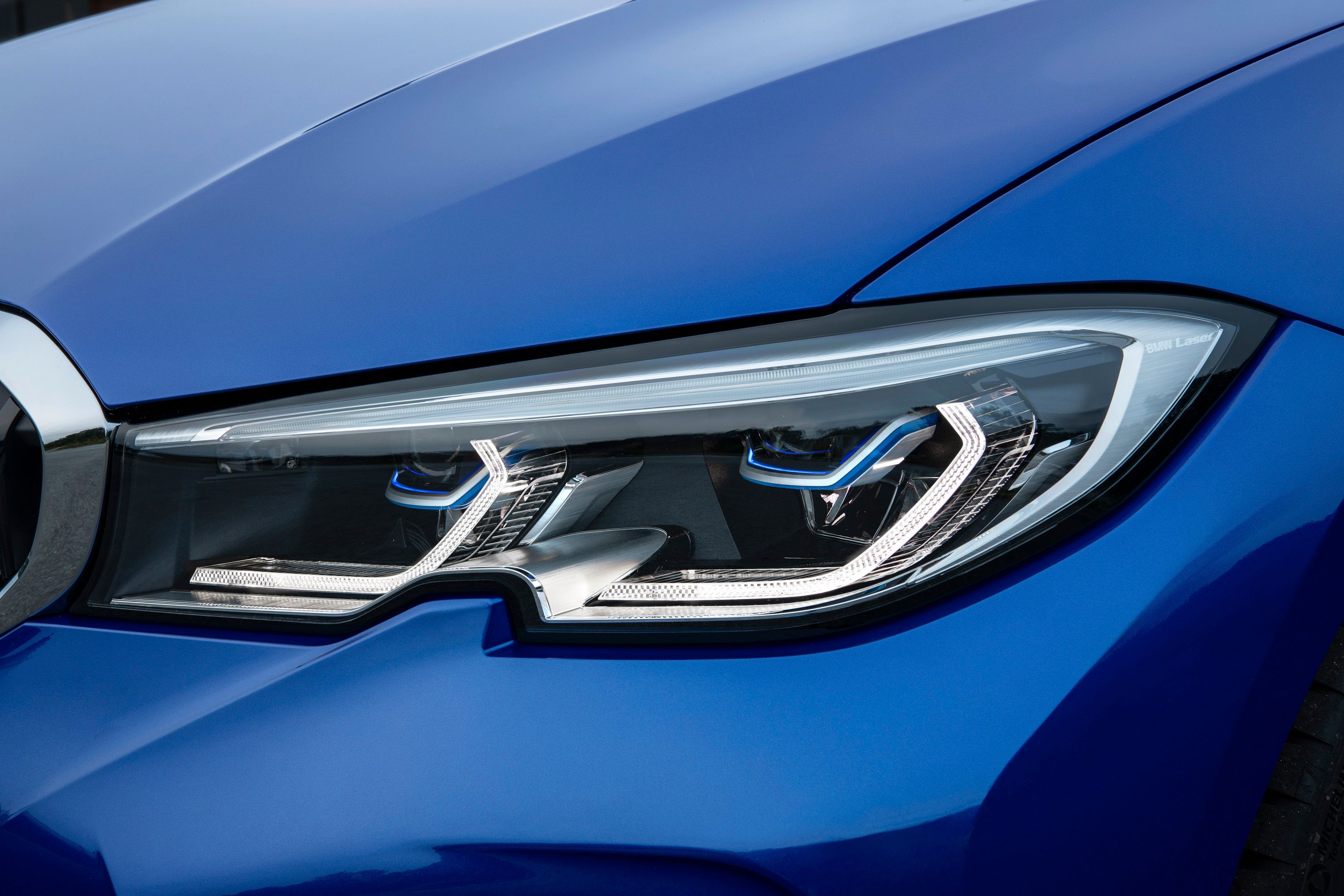
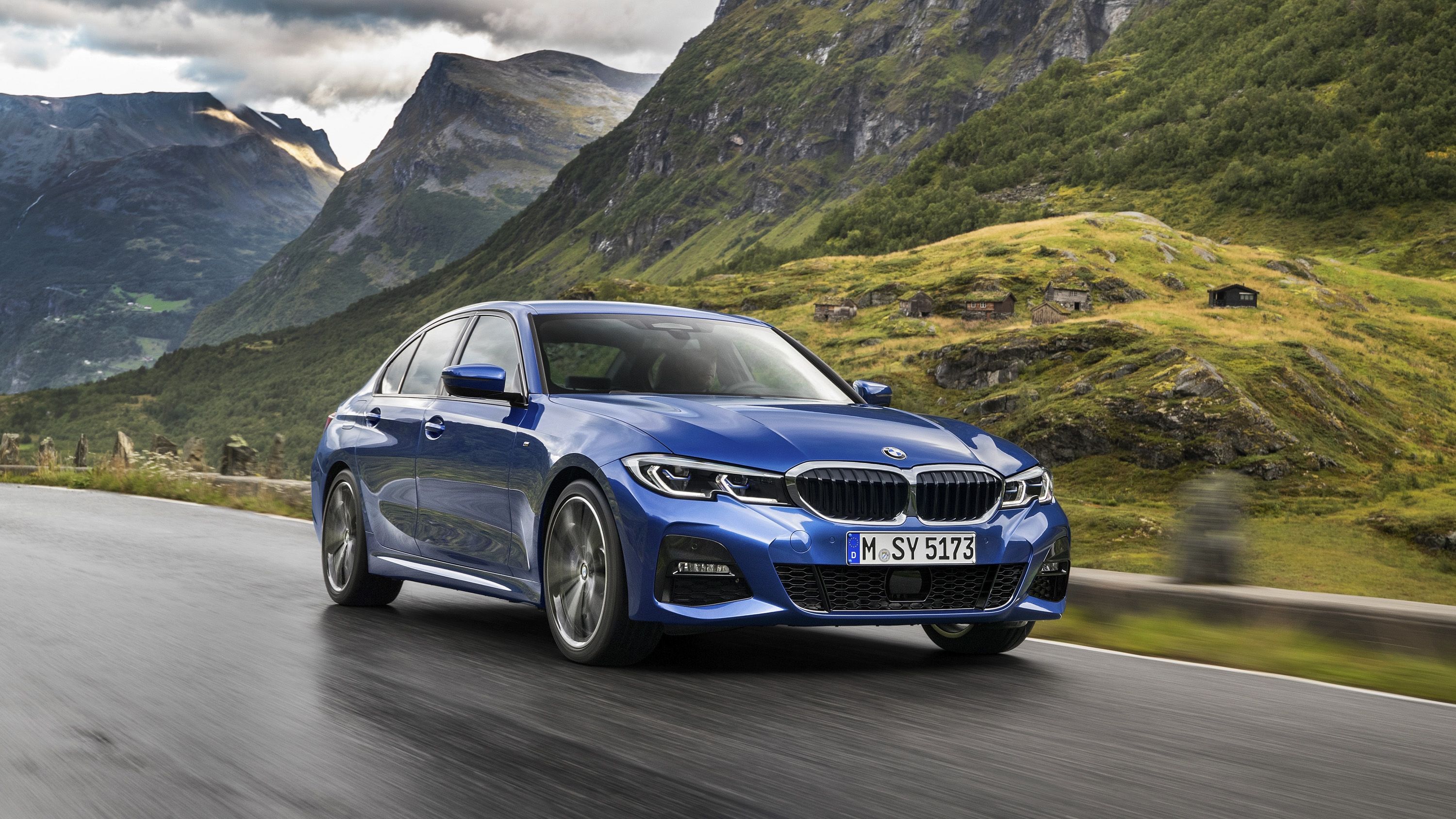
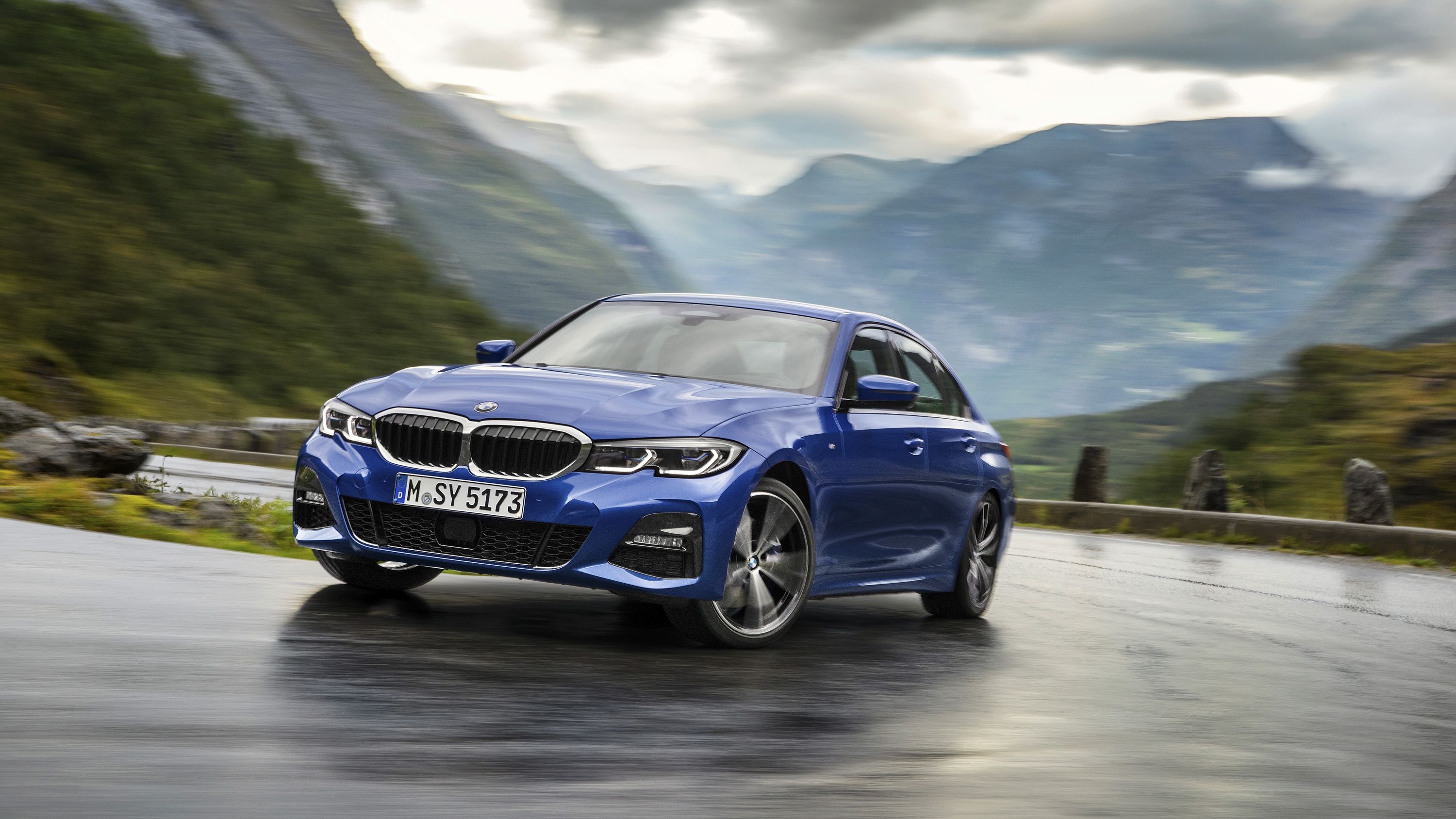
- Make: Array
- Model: 2019 BMW 3 Series
- [do not use] Vehicle Model: Array
2019 BMW 3 Series Exterior
Although it remains familiar, the new 3 Series looks significantly different than its predecessor. That's because BMW created a modern interpretation of the sedan's iconic design language. Much like any new-generation vehicle, the 3 Series is a bit bigger than its predecessor. Specifically, it's 2.9 inches longer, 0.6 inches wider, and a half-inch taller.
Styling-wise, the front end is clearly sportier.
Not surprisingly, full-LED technology comes standard, but you can opt for two upgrades at extra cost. BMW offers LED headlamps with extended features and U-shaped DRLs, as well as Adaptive LED lights with BMW Laserlight technology. The latter include the hexagonal DRLs with blue L-shaped elements like seen on the latest X5 SUV.
Down below, the new 3 Series is just as aggressive as the outgoing M3. That's because the center intake is much larger while the side vents are sculpted into more muscular looking body panels. The black surrounds around the optional foglamps, which looks like they're made from carbon-fiber, further add to the aggressive look.
BMW also reworked the traditional Hofmeister kink. Now integrated into the C-pillars, it gives the rear doors a "freestanding" glass edge. The C-pillars themselves have a narrower angle compared to the cabin, so the 3 Series looks more like a four-door coupe than a traditional sedan.
Another cool feature here, the bumper has a wraparound design at the top, with the extremities ascending toward the taillights as they meet the rear fenders. The diffuser-like element also looks cool thanks to the center piece sitting lower in the apron and the side panels growing larger to better accommodate the exhaust pipes. The side vents are obviously fake, but their C-shaped design and deep holes add sportiness. A taller upper trunk lid with an integrated spoiler rounds off the design.
BMW offers the new 3 Series in two non-metallic and ten metallic exterior colors. The palette includes two brand-new hues, Portimao Blue metallic and Vermont Bronze metallic.
2019 BMW 3 Series - exterior dimensions
|
Length |
185.7 inches |
|
Width |
71.9 inches |
|
Height |
56.8 inches |
|
Wheelbase |
112.2 inches |
2019 BMW 3 Series Interior
Somewhat surprisingly, the interior includes many design cues seen in the previous 3 Series. However, BMW made several changes to give it a modern vibe. The new cabin also enhances the increased spaciousness and the driver-focused center stack, while the horizontal lines add width and elegance.
Below, the buttons for the air conditioning unit form a sharply designed fascia, while the light functions are operated from a panel of buttons next to the steering wheel. The start/stop button for the engine is now positioned in a control panel in the center console, where the gearshift lever is joined by the iDrive Controller and the buttons for the Driving Experience Control switch unit.
The dashboard has a similar metallic trim on the passenger side, as well as trapezoidal A/C vents at the corners. However, both have been reworked to look fresh. The trim plate ditched the previous rectangular design for a more organic shape, and it's now included in the aluminum trim that extends from the center stack. The A/C vents sits lower than usual. BMW kept the wraparound design of the dash that extends into the door panels, but everything looks more cohesive now.
2019 BMW 3 Series interior dimensions
|
Shoulder width front |
56.0 inches |
|
Shoulder room rear |
54.6 inches |
|
Legroom front |
42.0 inches |
|
Legroom rear |
35.2 inches |
|
Headroom front |
38.7 inches |
|
Headroom rear |
37.6 inches |
|
Trunk volume (SAE) |
17.0 ft³ |
BMW prepared big upgrades in the luxury department too by adding completely new materials like open-pore wood options and the Aluminum Mesh Effect for the metallic trim. What's more, you can order the new Vernasca leather upholstery in five different colors. Of course, these features vary for each trim and getting the more expensive models will get you better, fancier materials.
For instance, the standard Sport Line model features trim strips in high-gloss black and sports seats for both the driver and front passenger. The Luxury Line comes with Vernasca leather trim, Sensatec dashboard and door trim, and fine wood trim strips in high-gloss Ash Grey Brown. Opt for the M Sport variant, and you get a sportier layout with sports seats in M-specific upholstery, an M leather steering wheel, anthracite-colored BMW Individual headliner, and trim strips in Aluminum Tetragon.
Each model comes with a rain sensor, automatic headlights, a hands-free phone system, and three-zone automatic climate control with independent control of the temperature and ventilation settings for the driver, front passenger and rear passengers as standard.
There are more cool things to consider in the technology department, starting with the standard hi-fi audio system with ten speakers and a 205-watt amplifier. If that's not enough for the audiophile in you, you can select the optional Harman Kardon surround sound system, which upgrades the system to 16 speakers and a digital seven-channel amplifier generating 464 watts.
BMW also added the new dynamic interior light function that emits pulsating light signals in specific situations. These appear on the inner trim of an open door when the engine is running and on the instrument panel for an incoming phone call. It also includes the Welcome Light Carpet, which illuminates the approach to the doors when they are unlocked using the central locking system or when a door is opened.
Finally, BMW claims the new 3 Series offers extra room for rear passengers. Actual figures aren't yet available, but it makes sense given that the sedan is a big bigger now. The four-door also boasts a larger trunk, now able to swallow up to 17 cubic-feet of luggage. That's an extra 1.2 cubic-feet over the outgoing model. It's also more than what you get from the competition. The Jaguar XE is the only compact sedan that comes close at 15.9 cubic-feet, as both the Mercedes-Benz C-Class and Audi A4 fall behind at 12.6 and 13 cubic-feet, respectively. A further 1.3 cubic-feet are available through separate storage compartments throughout the cabin.
|
Trunk volume |
|
|
BMW 3 Series |
17 ft³ |
|
Mercedes-Benz C-Class |
12.6 ft³ |
|
Audi A4 |
13 ft³ |
|
Jaguar XE |
15.9 ft³ |
2019 BMW 3 Series Drivetrain
Just like its predecessor, the new 3 Series will offer a selection of the company's updated four- and six-cylinder engines. If you live in Europe, you'll also be able to purchase diesel models. For now, though, BMW offers only two engines.
First up, the 330i trim comes with the familiar 2.0-liter four-cylinder under the hood.
Next up, the performance-oriented M340i variant hides a beefed-up 3.0-liter six-cylinder under the hood. Also equipped with a wide range of upgrades compared to the old engine, the turbo-six generates a whopping 382 horsepower and 369 pound-feet. That's only 43 horsepower short from the old M3. You'll need only 4.2 seconds to hit 60 mph in this sedan, which is only two tenths slower than the outgoing M3. Not bad!
The optional xDrive AWD system features BMW's latest software to split drive torque between the front and rear wheels more efficiently. The fully variable power transfer ensures maximum traction and stability in all road and weather conditions, while also promoting sportier handling. The system has the same rear-biased setup, so you still get some of BMW's traditional setup for spirited driving.
Optionally, you can add Auto Start-Stop and coasting functions for more efficient driving.
2019 BMW 3 Series - specifications
|
Engine |
1,998 cm³ four-cylinder |
|
Engine power |
255 HP @ 5,000 – 6,500 RPM |
|
Engine torque |
295 LB-FT @ 1,550 – 4,400 RPM |
|
Transmission type |
8-speed automatic |
|
0-60 mph |
5.6 seconds |
|
Top speed (optional w/perf. tires) |
130 (155) mph |
2019 BMW 3 Series Chassis, Suspension, and Brakes
Of course, a new 3 Series wouldn't be complete without proper chassis upgrades. For this model, BMW aimed to obtain the lowest center of gravity yet, as well as a perfect 50:50 weight distribution. Both settings provide agile handling and high-precision steering.
This is further enhanced by the lift-related dampers, a feature used for the first time in a BMW. Part of the car’s standard chassis setup, it makes a major contribution to the 3 Series balance of sportiness and comfort. It enables the handling and steering dynamics to be fine-tuned with a series of precisely matched chassis setting and reduces body movement, smoothing out vibrations caused by bumpy road surfaces and during dynamic cornering. The system is continuously variable and adjusts the damper firmness progressively according to the changing spring travel.
BMW offers the M Sport differential for the rear axle as an option for the BMW 330i in combination with M Sport suspension or Adaptive M suspension. The electronically controlled, fully variable locking function in the rear differential helps to enhance traction and cornering, as well as improve stability and agility.
Stopping power comes from new, bigger brakes with grey cast iron friction ring and an aluminum brake disc chamber. It offers higher performance than before, combined with reduced weight.
2019 BMW 3 Series Driver Assistance Features
While the old 3 Series has fallen behind the competition as far as driver assistance features go, the new-generation compact is packed with modern tech. But you'll have to pay extra to get the ultimate in comfort and safety, as the Driving Assistant Professional package is optional.
Underpinned by a trifocal camera co-developed with Mobileye, it works in conjunction with a front-facing radar to keep you safe in all driving situations. It includes Active Cruise Control with Stop & Go function, Steering and Lane Keeping Assistant, and Active Side Collision Avoidance.
Next up is Parking Assistant. As the name suggests, it helps you enter and exit parking spots, while the Back-Up Assistant automatically reverses the car in confined spaces. The system can back the car up at a maximum 5.5 mph. The parking Assistant Package also includes a rear view camera, as well as Panorama View and remote 3D Top View. The latter sends three-dimensional live images of the vehicle and its immediate surroundings on your smartphone.
2019 BMW 3 Series Prices
Pricing for the 330i model starts from $40,250 in the U.S. The sticker doesn't include the $995 shipping fee. Add xDrive AWD, and pricing jumps to $42,250 plus shipping. Somewhat surprisingly, the new 330i costs just as much as the outgoing model.
2019 BMW 3 Series Competition
Mercedes-Benz C-Class Sedan
The classic 3 Series rival has to be the C-Class. Not only does it offer the usual lineup of turbo four-cylinders and six-cylinders, but speed lovers can also opt up to a boosted V-8 if desired. Updated for the 2018 model year, the C-Class comes in C300 guise in the U.S., sporting a 2.0-liter four-cylinder rated at 255 horsepower and 273 pound-feet under the hood. The sprint to 60 mph takes 5.7 seconds. If you want more oomph, you need to go with the AMG C43 model. Powered by a 3.0-liter V-6 that delivers 362 horsepower, it charges to 60 mph in 4.6 clicks. Pricing for the C300 starts from $41,400, while the AMG C43 version comes in at $53,400 before options.
Read our full review on the 2019 Mercedes-Benz C-Class.
Audi A4
The A4 is yet another classic competitor for the 3 Series. The latest-generation A4 dates back to 2015, when Audi gave the sedan a makeover using its most recent styling language. Sportier thanks to more angular design cues but also more elegant overall, the A4 benefits from a range of gasoline and diesel engines globally. However, the U.S. version features only the 2.0-liter TFSI unit, available in two flavors. The base model cranks out 190 horsepower, while the more powerful version delivers 252 horses. You can order the German sedan with either a manual or an automatic transmission. Opt for the S4 and the 3.0-liter V-6 engine pumps out 354 horsepower and 369 pound-feet of torque, pushing the sedan from 0 to 60 mph in 4.4 seconds. The A4 retails from $36,000, while the S4 version starts from $51,400.
Read our full review of the 2018 Audi A4.
Jaguar XE
The XE is a direct response to the 3 Series, offering all the looks, elegance, and performance as the Bimmer, but with a decidedly British style. The options are there too, with a nice variety of drivetrains and equipment levels to choose from. Aluminum is used prodigiously to cut weight, and an eight-speed automatic gearbox routes the power. Speaking of power, the sedan comes with a 2.0-liter four-pot rated at 240 horsepower 251 pound-feet, a diesel 2.0-liter with 180 ponies and 318 pound-feet, and a supercharged, 3.0-liter V-6 good for 340 horses and 332 pound-feet. Both RWD and AWD are on the table. Pricing starts at $36,995.
Read our full review on the Jaguar XE.
Conclusion
All in all, there’s nothing here that you could consider as totally revolutionary or groundbreaking. The 2019 3 Series looks to epitomize the next steps of the segment, but in some ways, that’s a good thing. Competition here is at an all-time high, and that pressure to perform is great for consumers. It could be argued that BMW grew slightly complacent in its dominance, and now, that sort of thing just won’t fly. Time to bring in the big guns.
As a performance enthusiast, the larger exterior dimensions for the 3 Series certainly raises an eyebrow. The volume seller here is a luxury sedan with sporting elements, not a sports sedan with luxury elements. Fortunately, BMW managed to keep the car's curb weight down, and this should become more evident in the M3 model. Arguably the biggest step forward here is the technological upgrade, as the 3 Series finally has the tools to tackle both the Mercedes-Benz C-Class and the Audi A4.
It’s still too early to make any definitive conclusions, but so far, things are looking up.
Further reading
Read our full review on the previous generation BMW 3 Series F30.
Read our full review on the BMW 3 Series E90.
Read our full review on the BMW 3 Series E46.

